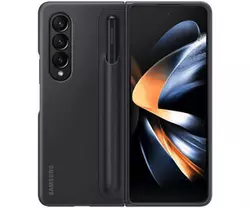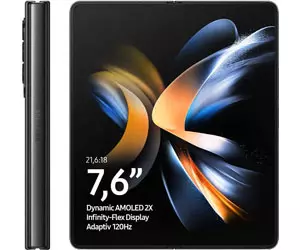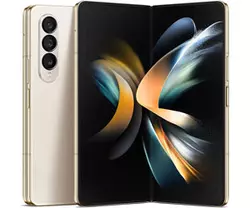Samsung is not in a hurry to radically change its flagship smartphones from year to year, but does it very gradually and carefully. It is not surprising that the new Galaxy Fold4, although it has received many improvements in various aspects, in general remained recognizable. But this does not prevent Samsung from increasing sales of folding smartphones every year. Due to its form factor, Galaxy Fold4 is convenient to use on the go in a folded state as a fairly convenient smartphone for use with one hand. And for working with documents, watching video content or using several applications simultaneously, the expanded tablet mode is suitable, which is supported by appropriate software improvements.
The smartphone is equipped with two screens of excellent quality. At the same time, the outer one has become wider compared to last year's model. And the inner one, on the contrary, has become slightly wider and received smaller bezels around the perimeter. Inside the smartphone is installed the most powerful processor at the moment and sufficient amounts of RAM and permanent memory.
The set of cameras has also been slightly updated, they shoot really more interesting than the previous model. The body is made of reinforced aluminum, the outer and inner screen have more durable coatings, and the hinge has been completely redesigned, it has become thinner and more durable. IPX8 water protection is also available, just like in Fold3. It remains only to add that Samsung Galaxy Fold4 has high-quality and loud stereo sound, supports work with S Pen and also demonstrates a very good battery life, which was achieved thanks to a more energy-efficient processor.
In general, some complaints about the smartphone remained from last year: the crease on the display has become a little smaller, but it is still noticeable, as well as the gap between the halves when folded. The price is still very high, although it is worth noting that the smartphone itself is not for everyone. This is still a more niche model for the most demanding users.
6 Reasons to Buy Samsung Galaxy Fold4:
- high-quality and very bright AMOLED displays with a refresh rate of 120 Hz and support for HDR10+;
- foldable design and relevant software features allow you to use the smartphone in many different ways and scenarios;
- maximum performance components;
- reinforced construction and IPX8 water protection;
- improved cameras;
- loud and high-quality stereo speakers.
3 Reasons Not to Buy Samsung Galaxy Fold4:
- the fold on the screen and the gap in the folded state remained;
- high cost;
- you do not need such a multifunctional smartphone.
Quick transition:
- What's in the package?
- How does Samsung Galaxy Fold4 differ from Fold3?
- What does Samsung Galaxy Z Fold4 look like?
- How convenient is it to use and what are the usage scenarios?
- How good are the screens?
- What are the unlocking methods?
- What about performance, memory, sound and battery life?
- How user-friendly is the interface?
- How good are the cameras?
- In the dry balance
What's in the Package?
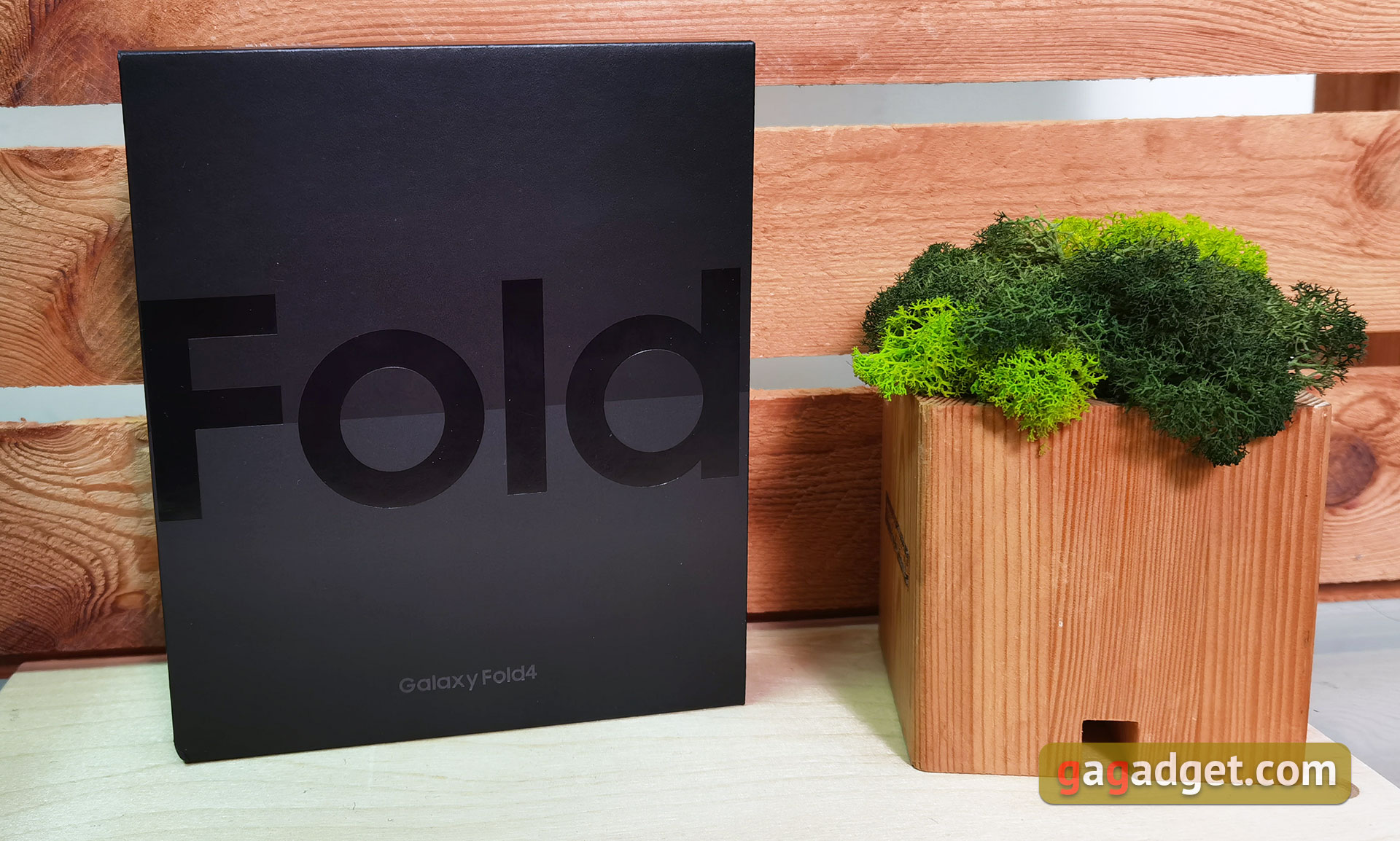
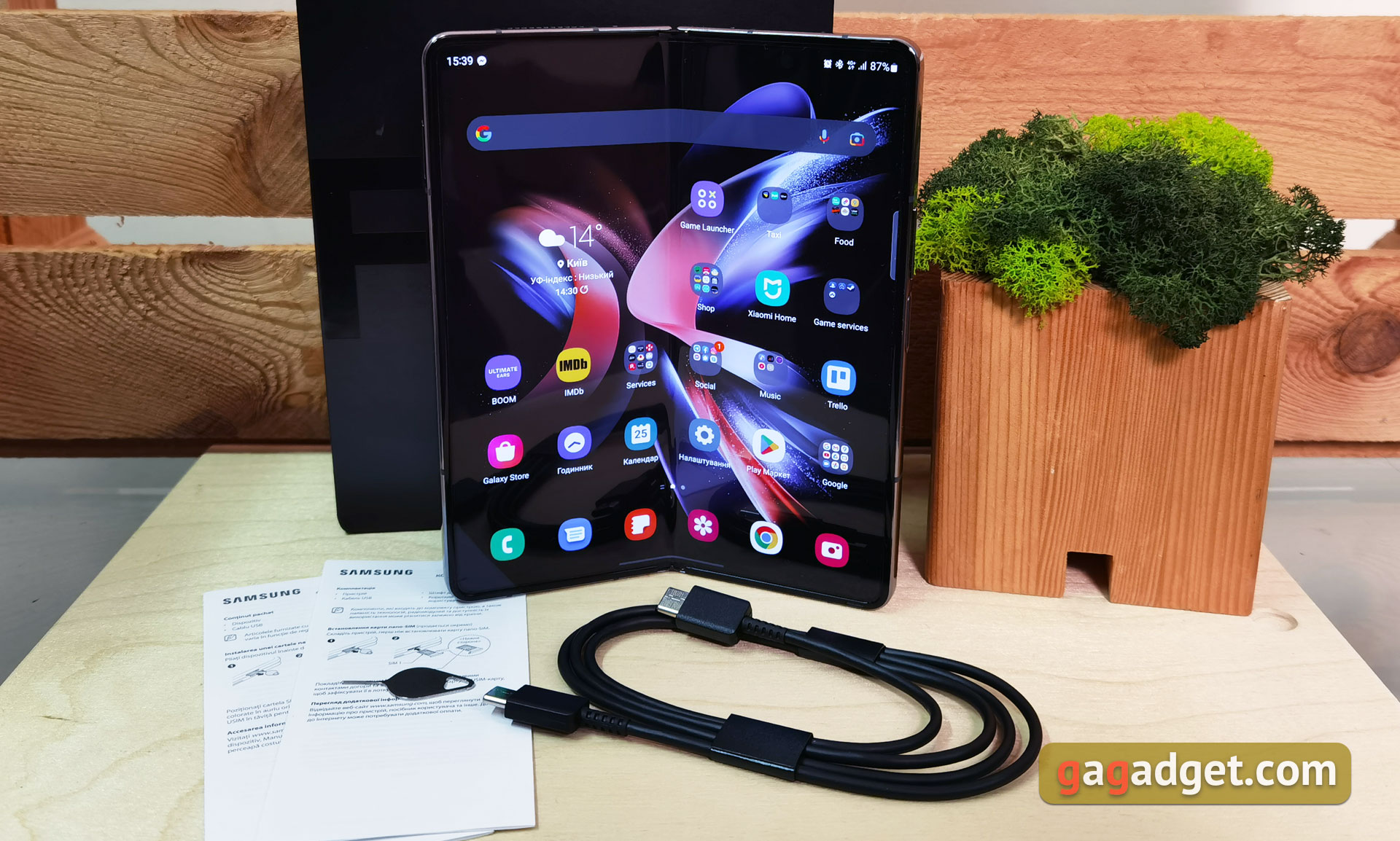
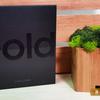

Samsung Galaxy Fold4 is packed in a flat square black box with the name of the model. Inside is a minimal set, as in all the latest Samsung flagships. The smartphone itself, documentation, a paper clip for the tray and a cable with Type-C connectors on both sides. So there may be difficulties if you have an old power supply with USB Type-A.
How does Samsung Galaxy Fold4 Differ from Fold3?
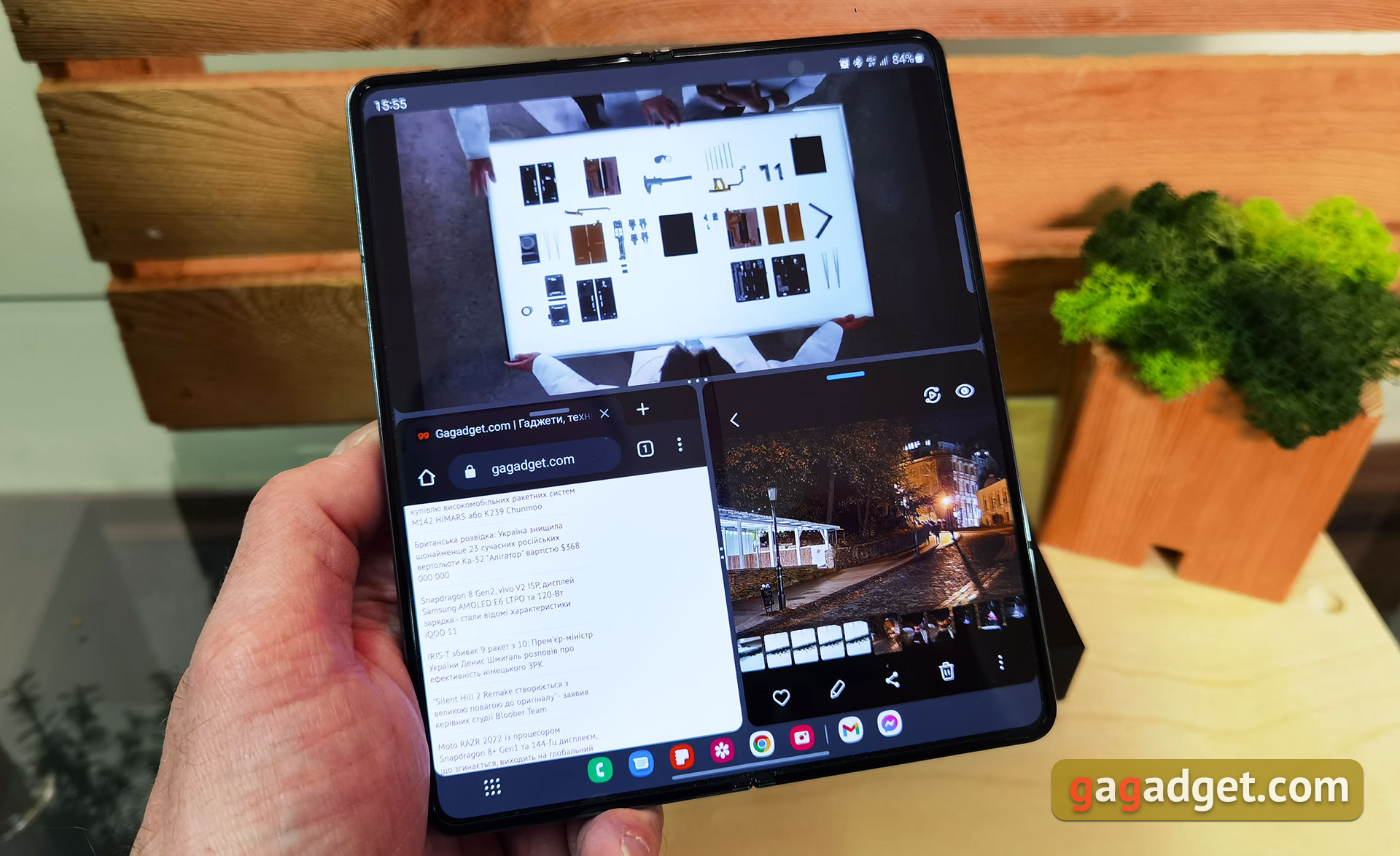
If briefly about the main differences between Samsung Galaxy Fold4 and the previous Samsung Galaxy Z Fold3, it is worth highlighting the following. In general, the smartphone has become more reliable. The outer panels now use instead of Corning Gorilla Victus its improved version Corning Gorilla Victus+. They promise that the internal flexible screen has also become more durable. As before, body is made of the so-called Armor Aluminium, the smartphone has protection against moisture according to the IPX8 standard and can theoretically withstand up to 30 minutes in fresh water at a depth of up to 1.5 m. The company has completely redesigned the hinge mechanism of the smartphone.
It no longer uses gears, which made it thinner and lighter without compromising reliability. The smartphone has become slightly lighter and shorter by 3.1 mm. The width in the folded state remained unchanged: 67.1 mm, but thanks to the new hinge, it was possible to reduce the bezels around the outer screen and make it 2.7 mm wider. The diagonals of the screens remained unchanged, but the aspect ratio has changed slightly. The external one still supports 48-120 Hz refresh rate and has a peak brightness of 1000 nits. The internal one now has an adaptive frequency of 1-120 Hz and a peak brightness of 1000 nits (Fold3 has 900 nits).
The front-facing camera of the internal screen also has a resolution of 4 MP, but the pixel density above it has increased, so it is not so striking. The rear camera has become a bit more interesting: the main module is now 50 MP, and the telephoto module is now 10 MP (instead of 12), but the zoom ratio has increased from 2x to 3x. Traditionally, the Fold lineup uses top Qualcomm processors, in this case it is the 4-nanometer Snapdragon 8+ Gen 1. There is 12 GB of RAM, as before, 256/512 GB of internal storage and a 1 TB version. The battery is unchanged: 4400 mAh.
| Technical specifications | ||
|---|---|---|
| Samsung Galaxy Fold4 | Samsung Galaxy Z Fold3 | |
| Main display | Foldable Dynamic AMOLED 2X, 7.6 inches, Infinity Flex Display, 2176x1812, 373 ppi, HDR10+, 1-120 Hz, peak brightness 1000 nits | Foldable Dynamic AMOLED 2X, 7.6 inches, Infinity Flex Display, 2208x1768, 373 ppi, HDR10+, 10-120 Hz, 900 nits peak brightness |
| External display | Dynamic AMOLED 2X, 6.2 inches, 23.1:9, 2316x904, 48-120 Hz | Dynamic AMOLED 2X, 6.2 inches, 24.5:9, 2268x832, 48-120 Hz |
| Case | When opened: 155.1x130.1x6.3 mm; closed: 155.1x67.1x14.2-15.8 mm, weight: 263 g | Opened: 159.2x128.2x6.9 mm; closed: 159.2x68x13.8-16.8 mm, weight: 282 g |
| Processor | 64-bit octa-core 4nm Qualcomm Snapdragon 8+ Gen 1: 1x3.19GHz Cortex-X2 + 3x2.75GHz Cortex-A710 + 4x1.80GHz Cortex-A510, Adreno 730 graphics | 64-bit octa-core 5nm Qualcomm Snapdragon 888: 1x2.84GHz Kryo 680+ 3x2.42GHz Kryo 680+ 4x1.80GHz Kryo 680, Adreno 660 graphics |
| RAM | 12GB | 12GB |
| Flash memory | 256/512GB/1TB UFS 3.1 | 256/512GB UFS 3.1 |
| Camera |
Main camera: 50 MP, f/1.8, 23 EFR, 1.0μm, Dual Pixel PDAF, OIS; ultra-wide-angle: 12 MP, f/2.2, 123°; telephoto: 10 MP, f/2.4, 66 mm EVF, 1.0μm, PDAF, OIS, 3x optical zoom; front (indoor): sub-screen, 4 MP, f/.1.8, 2.0μm; front (outdoor): 10 MP f/2.2 with autofocus |
Main camera: 12 MP, f/1.8, 26 EFR, 1/1.76", 1.8μm, Dual Pixel PDAF, OIS; ultra-wide: 12 MP, f/2.2, 123°; telephoto: 12 MP, f/2.4, 52 mm EVF, 1/3.6", 1.0μm, PDAF, OIS, 2x optical zoom; front (internal): 10 MP f/2.2 with autofocus; front (exterior): 10 MP f/2.2 autofocus |
| Wireless | Wi-Fi 802.11 b/g/n/ac/ax/6e (dual-band, 2.4 and 5 GHz), Bluetooth 5.2 LE, NFC, ANT+, UWB | Wi-Fi 802.11 b/g/n/ac/ax/6e (dual-band, 2.4 and 5 GHz), Bluetooth 5.2 LE, NFC, ANT+, UWB |
| GPS | GPS, A-GPS, GLONASS, BDS, GALILEO | GPS, A-GPS, GLONASS, BDS, GALILEO |
| Battery | 4400 mAh, non-removable, 25W fast charging, wireless charging 15W, reverse wireless charging | 4400 mAh, non-removable, fast charging 25 W, wireless charging 11 W, reverse wireless charging |
| Operating system | Android 12L + One UI 4.1.1 | Android 11 + One UI 3.1 |
| Sim-card | 2xNanoSIM, eSIM | 2xNanoSIM, eSIM |
| Additionally | water protection IPX8, fingerprint scanner in the power button, S Pen support | fingerprint scanner in the power button, S Pen support |
Samsung Galaxy Z Fold4 Design
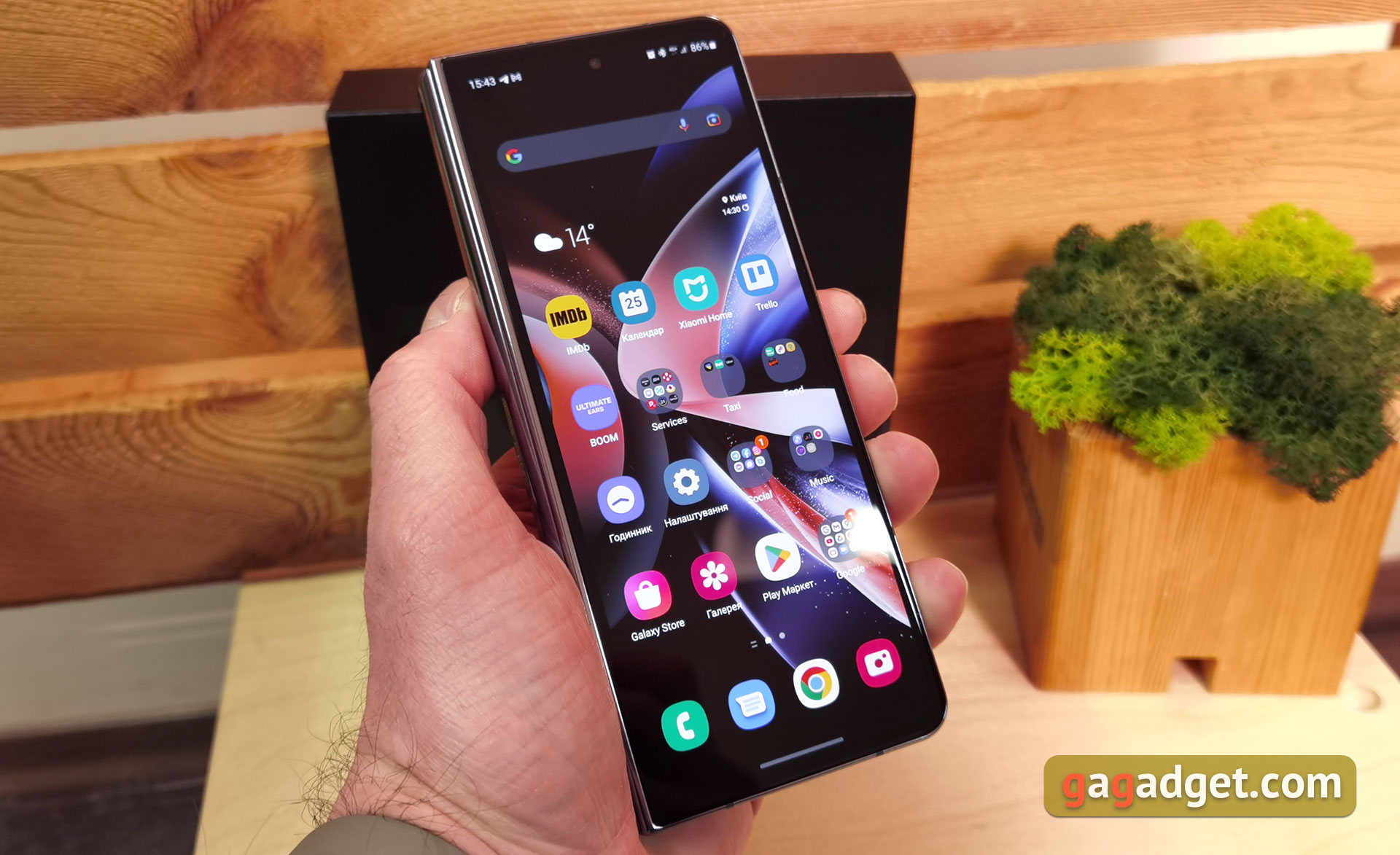
Not having next to Samsung Galaxy Fold4 predecessor Fold3 smartphones can be confused. Smartphones are almost identical in both design and construction. Yes, Galaxy Fold4 is thinner, lower and lighter, but the difference is minimal. Therefore, the overall impression of use is similar. When folded, the smartphone is convenient to use with one hand due to its small width: the thumb can easily reach all the necessary controls. Yes, folded Fold4 is thicker than standard smartphones, but thanks to this it is more comfortable in the hand. The bezels around the outer screen have become smaller, but they are still there. Although when the screen is turned off, or Always on Display, they are not visible and the whole panel looks like a single piece of glass with slightly rounded edges. The front camera is made traditionally, in the form of a small round hole.

The internal display has a tablet diagonal of 7.6 inches and almost square proportions, which is really convenient when using a browser, working with documents and several applications at the same time. The bezel has become thinner and the side is smaller, so the screen is a little more convenient to use. Unfortunately, there is still a crease on the screen, although a little smaller. But you quickly get used to it and when viewing content it is almost invisible.
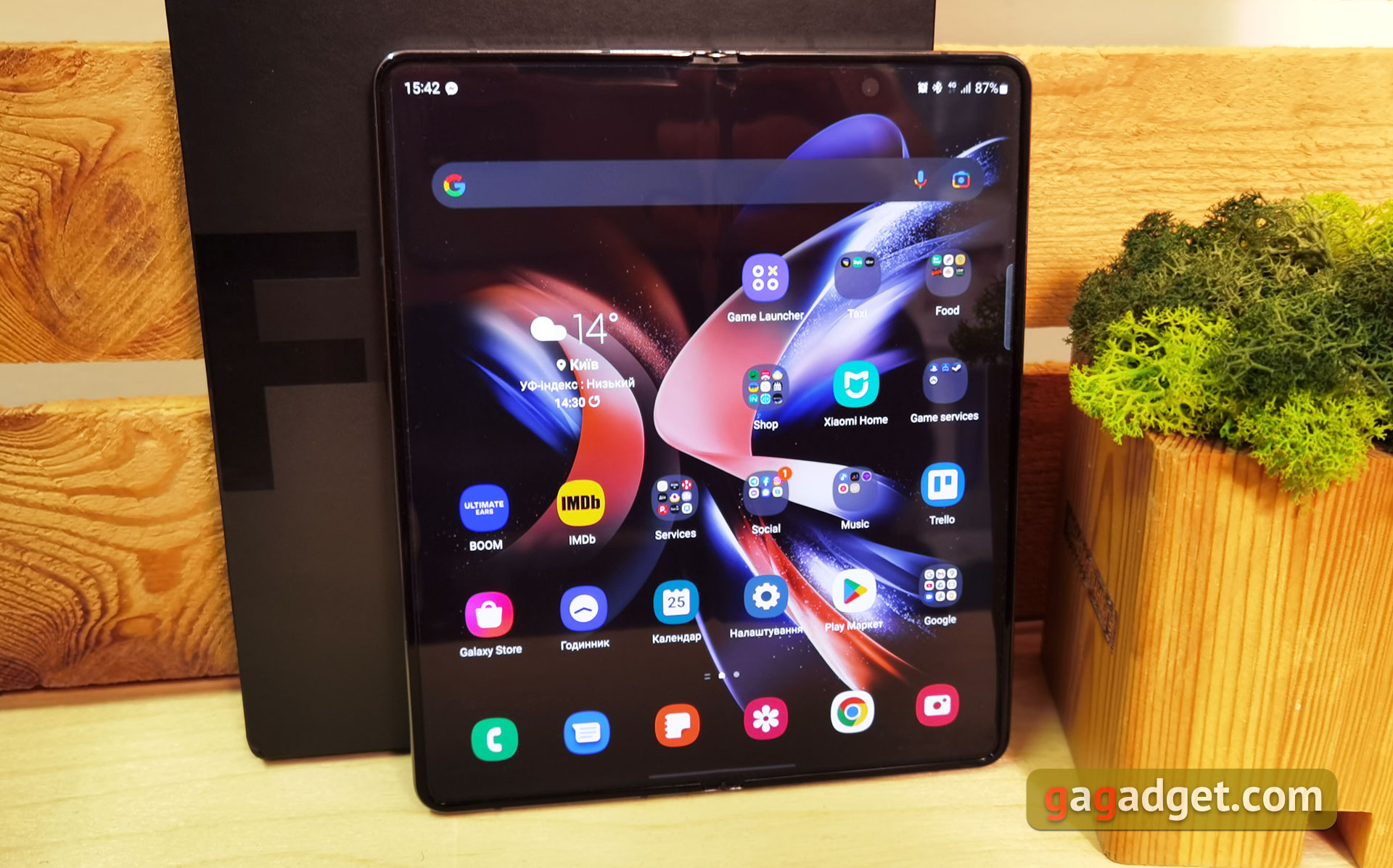
The sub-screen front camera is slightly improved. The area above it received a higher pixel density, so it is less noticeable. But at certain angles it is still visible.
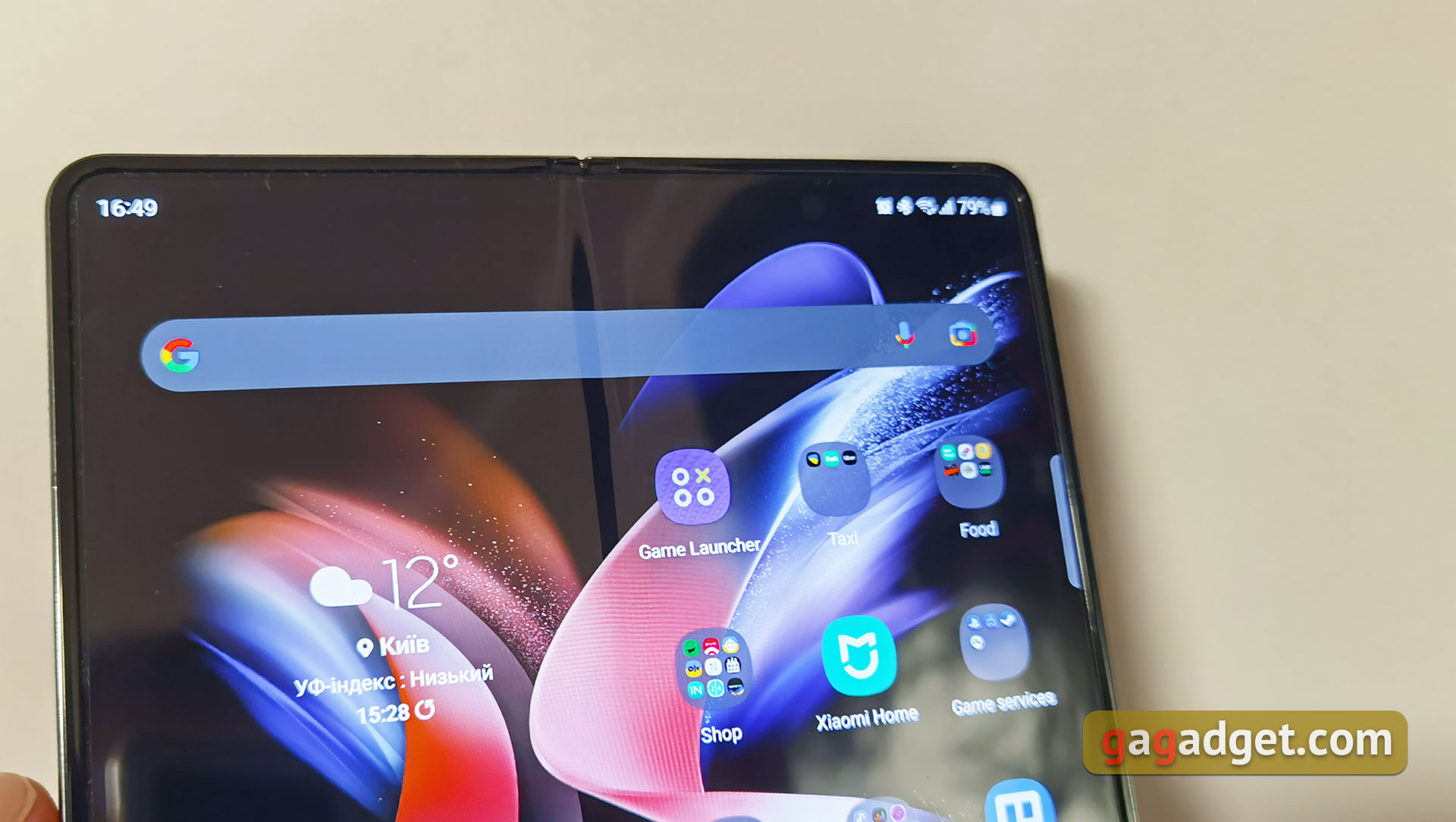
The frame and bezel of the smartphone are made of reinforced glossy aluminum. There is still a gap near the hinge when folded. It is hard to say whether it has become smaller. All functional elements remained in the same places as in Fold3. At the bottom there is a speaker, Type-C connector, microphone and plastic inserts for stable operation of antennas.
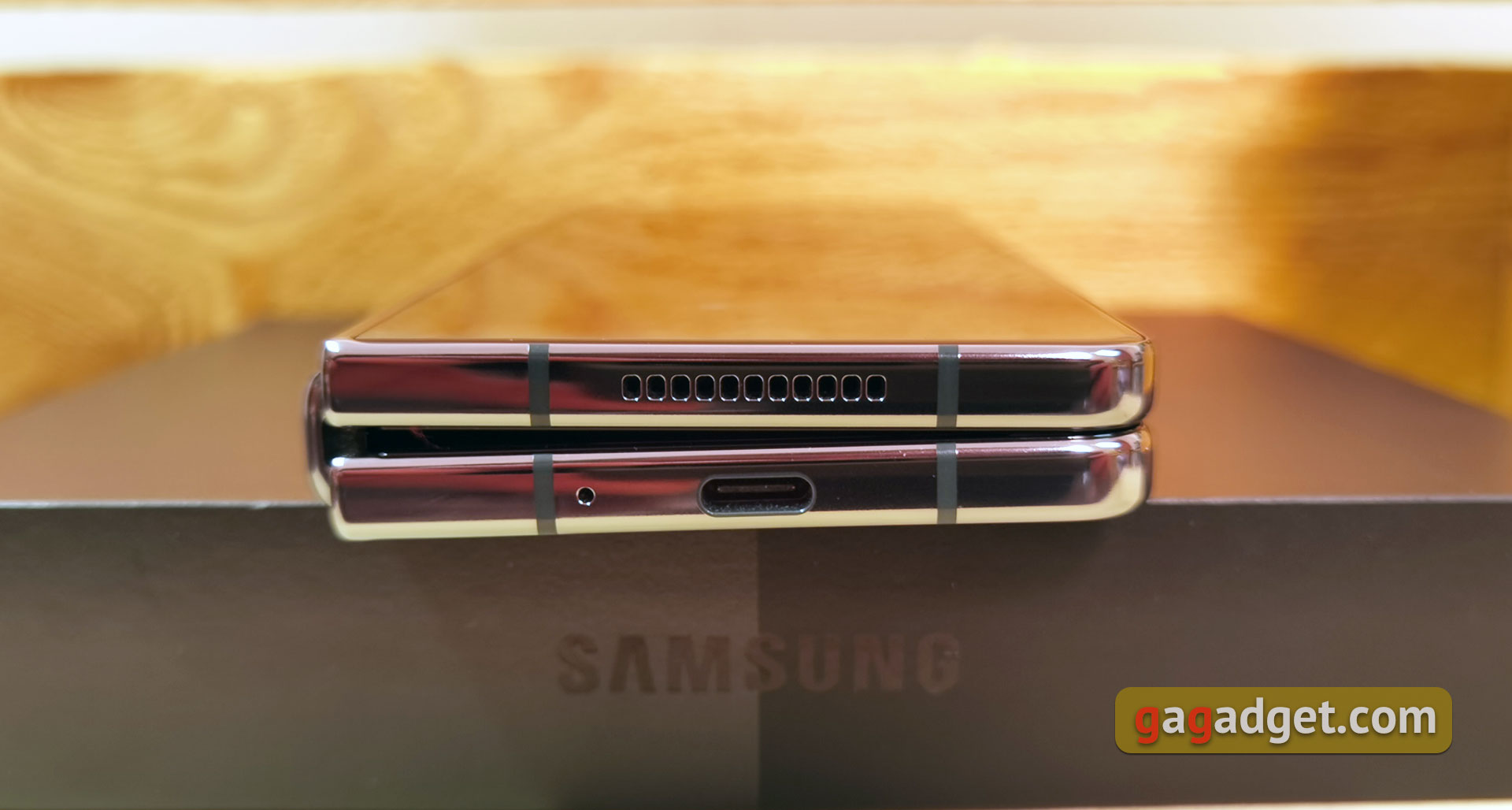
On the opposite side there is a second external speaker, plastic inserts and three more microphones. This should have a positive impact on both audio recording and video call quality.
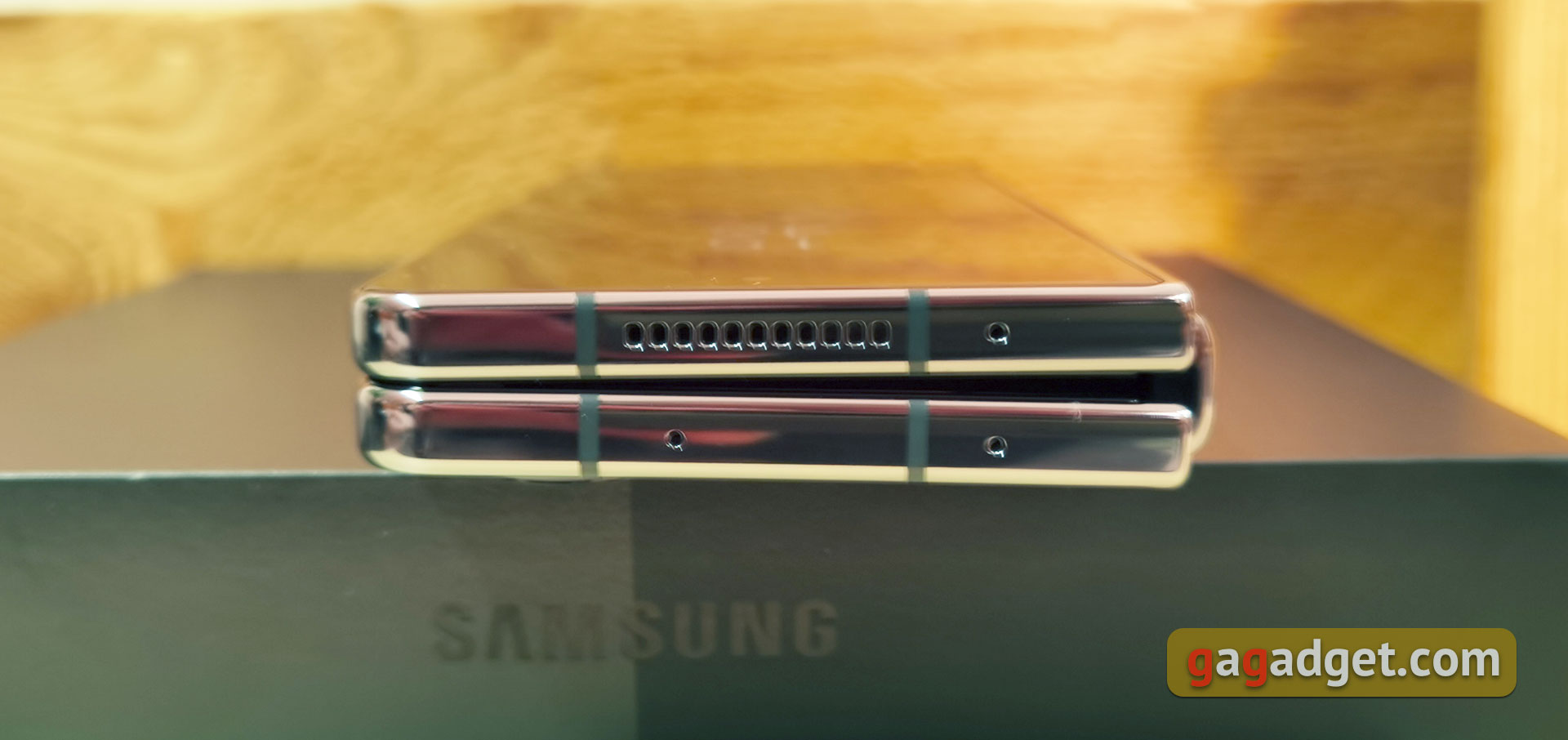
The layout of buttons remained unchanged. They are located on the left side of the smartphone. The power button is almost in the middle, the dual volume buttons are a little higher. In general, their position is convenient both when using the smartphone with the right and left hand. On the left side there is a tray for SIM-cards.
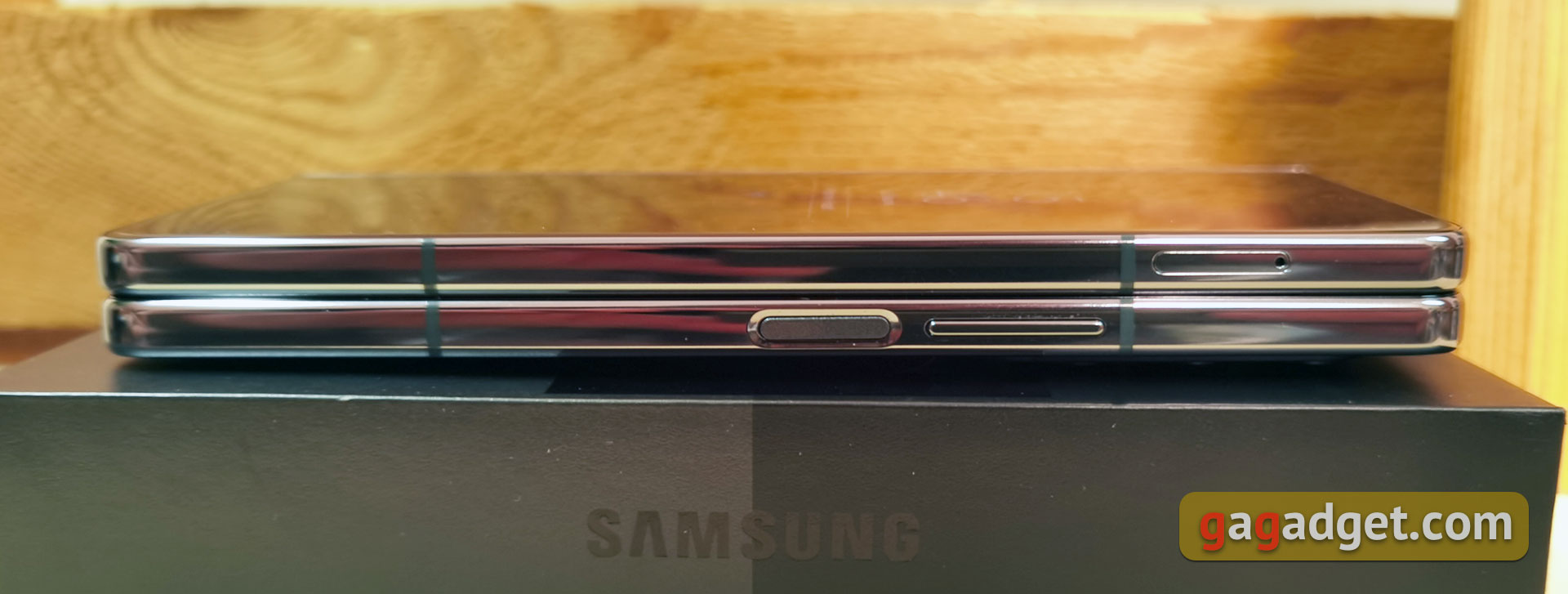
For our country there is a version that supports the installation of two SIM-cards, as well as eSIM. It seems that we should forget about MicroSD in flagships. Although this is not critical when the minimum configuration has 256 GB of storage.
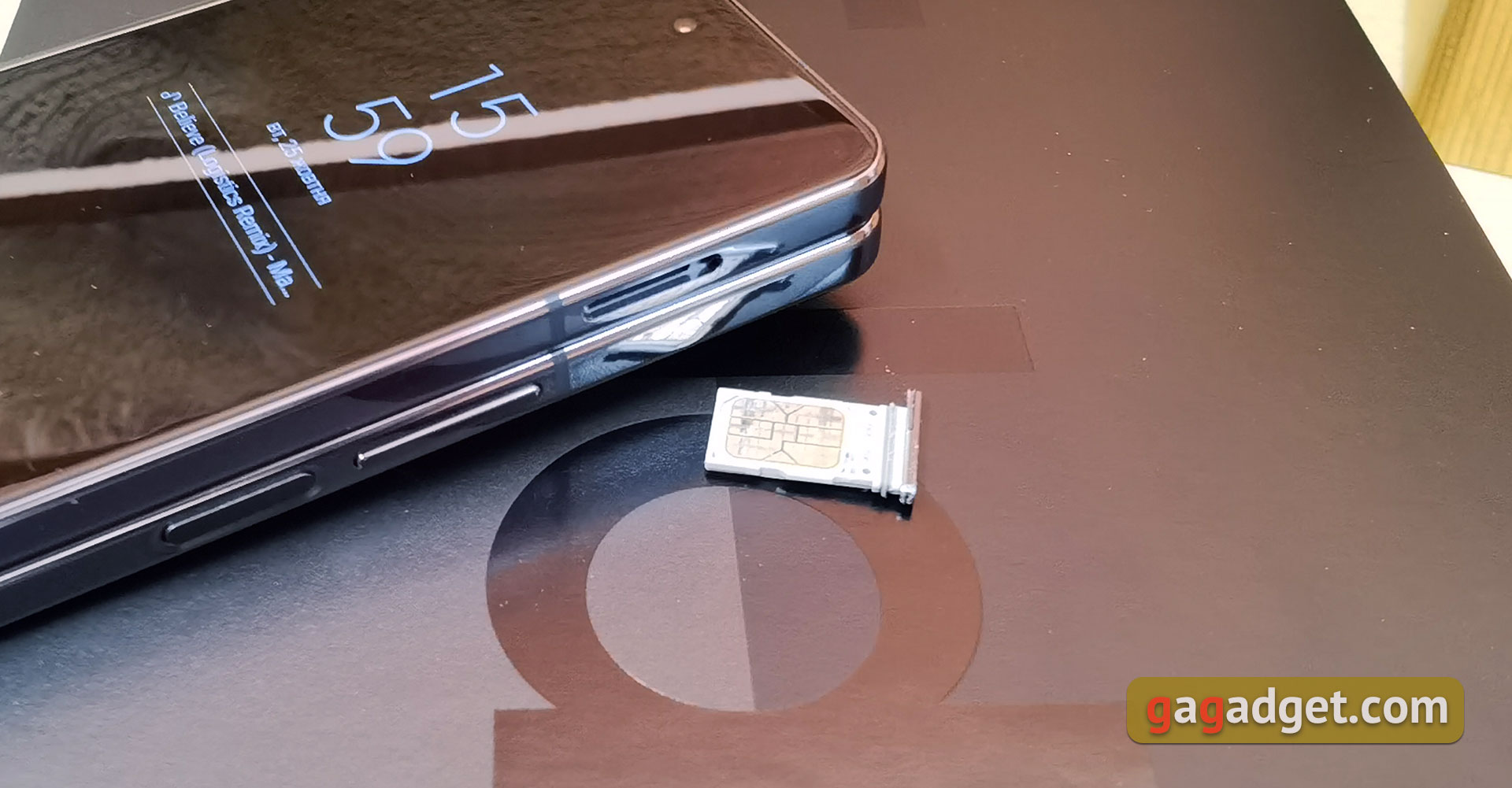
The metal cover covering the hinge is glossy with Samsung engraving, like the previous model.
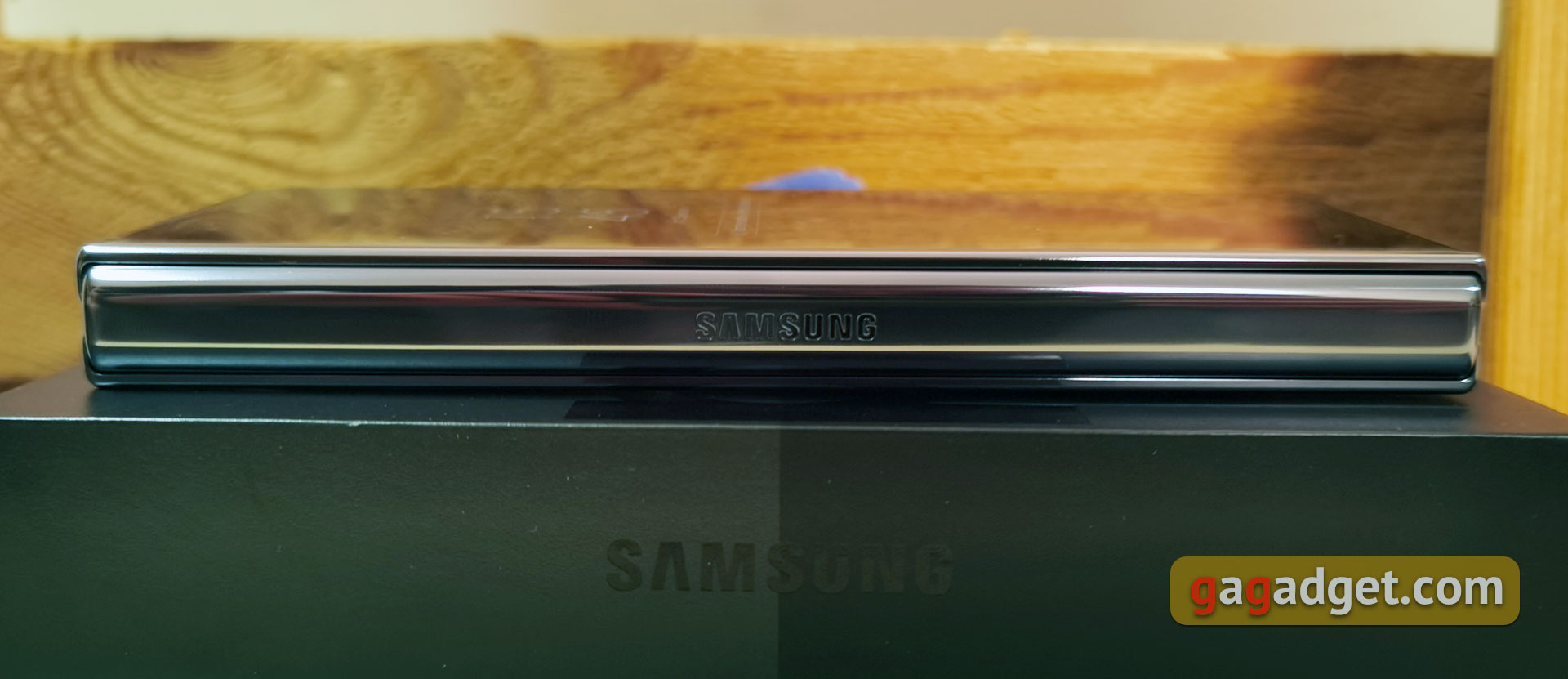
The back cover is made of frosted Corning Gorilla Victus+ glass. There is a classic black variant, and a more unusual gray-green one, which we have reviewed. The color turned out to be very pleasant, especially under natural light. The triple rear camera protrudes quite noticeably above the body of the smartphone. Therefore, it wobbles a little on the table, and the paint on sharp corners can wear off over time. Therefore, a protective case will be appropriate.
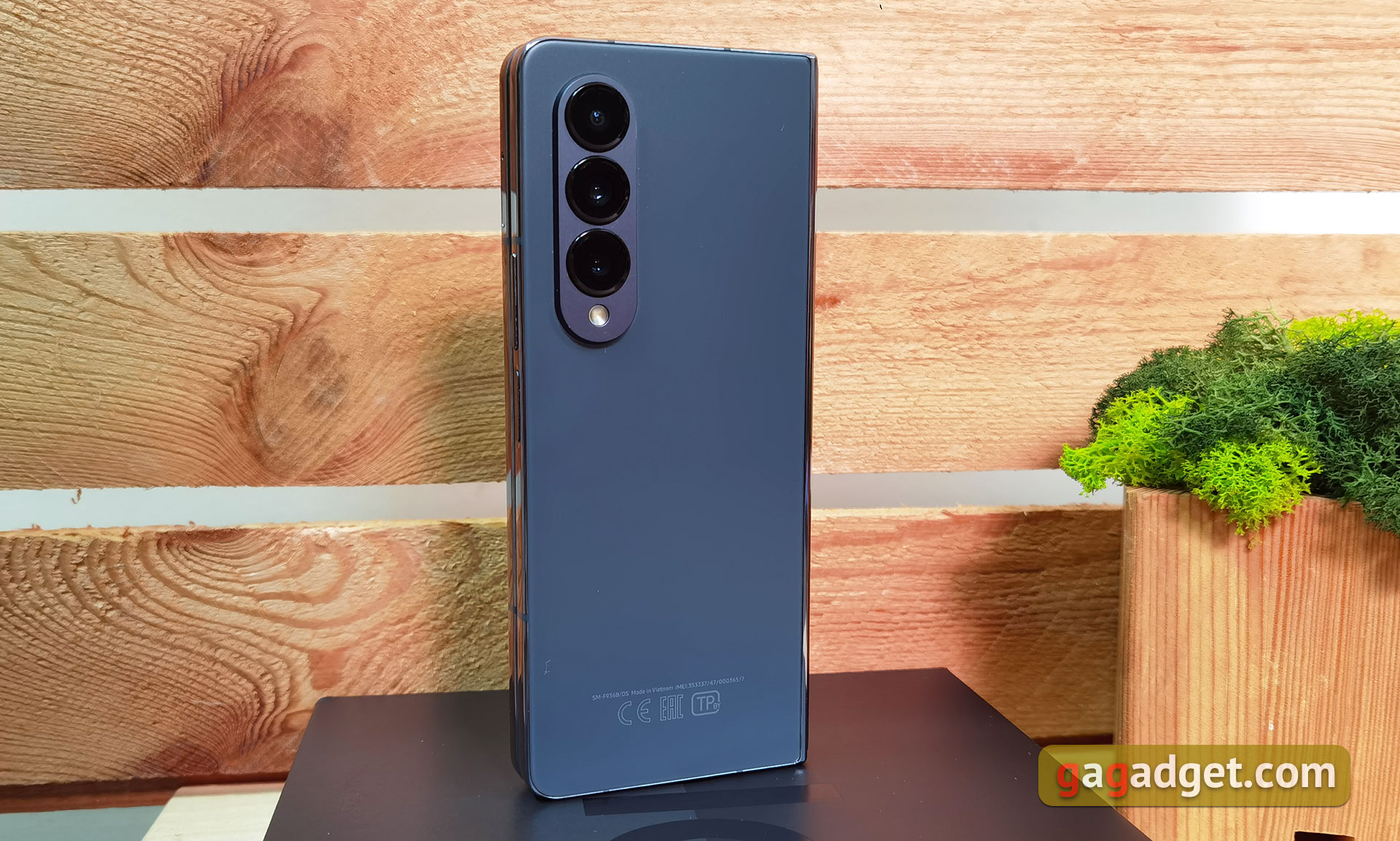
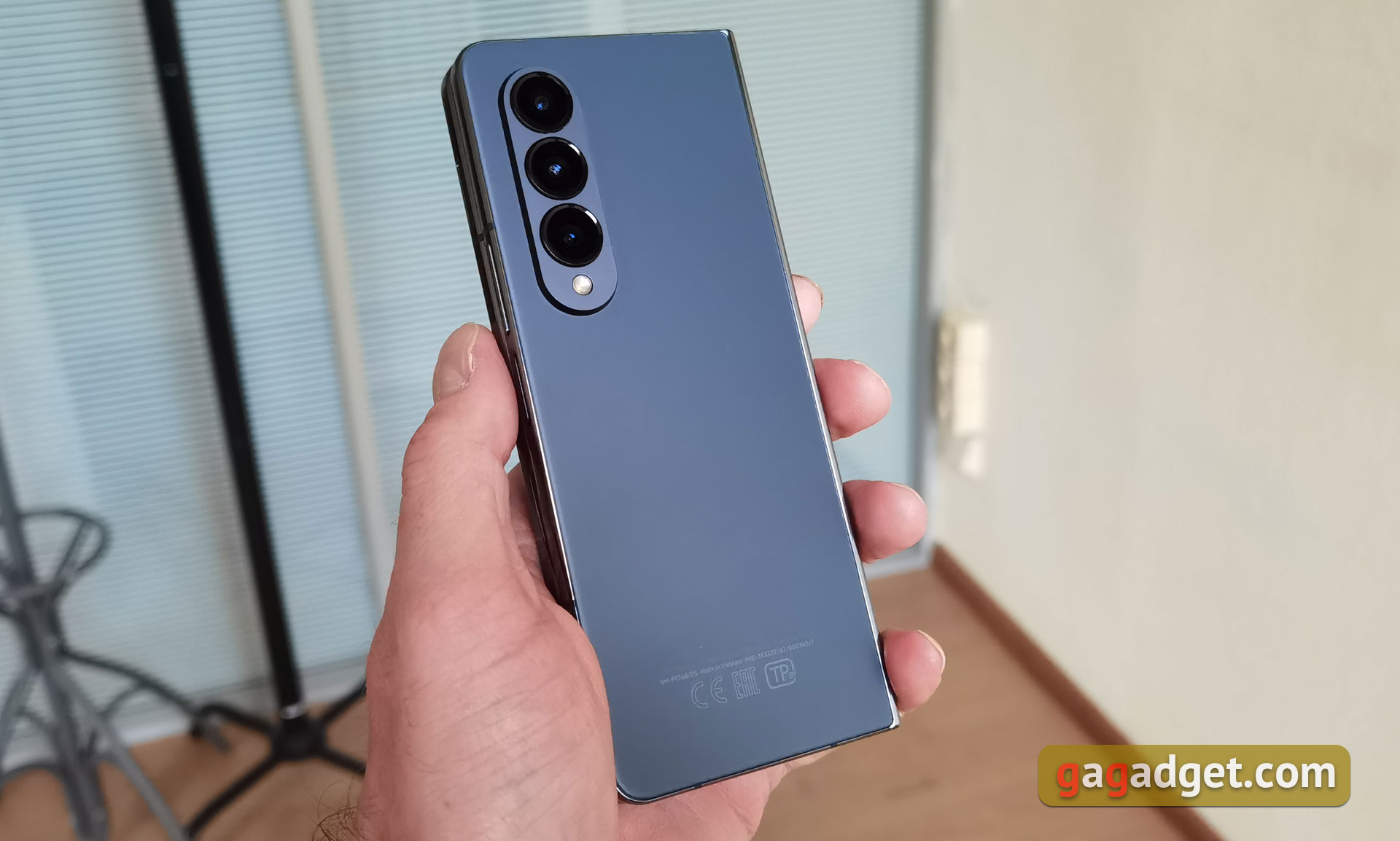
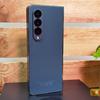

There were no radical changes in the design, so when using Samsung Galaxy Fold4 is very close to its predecessor. Among useful innovations it is worth highlighting a wider external display with thinner bezels: it really makes the smartphone more convenient when using it on the go with one hand. The design itself feels quite reliable, IPX8 water protection is present. As for the design, the smartphone looks expensive and in the style of the latest flagships of the company.
Convenience and Usage Scenarios
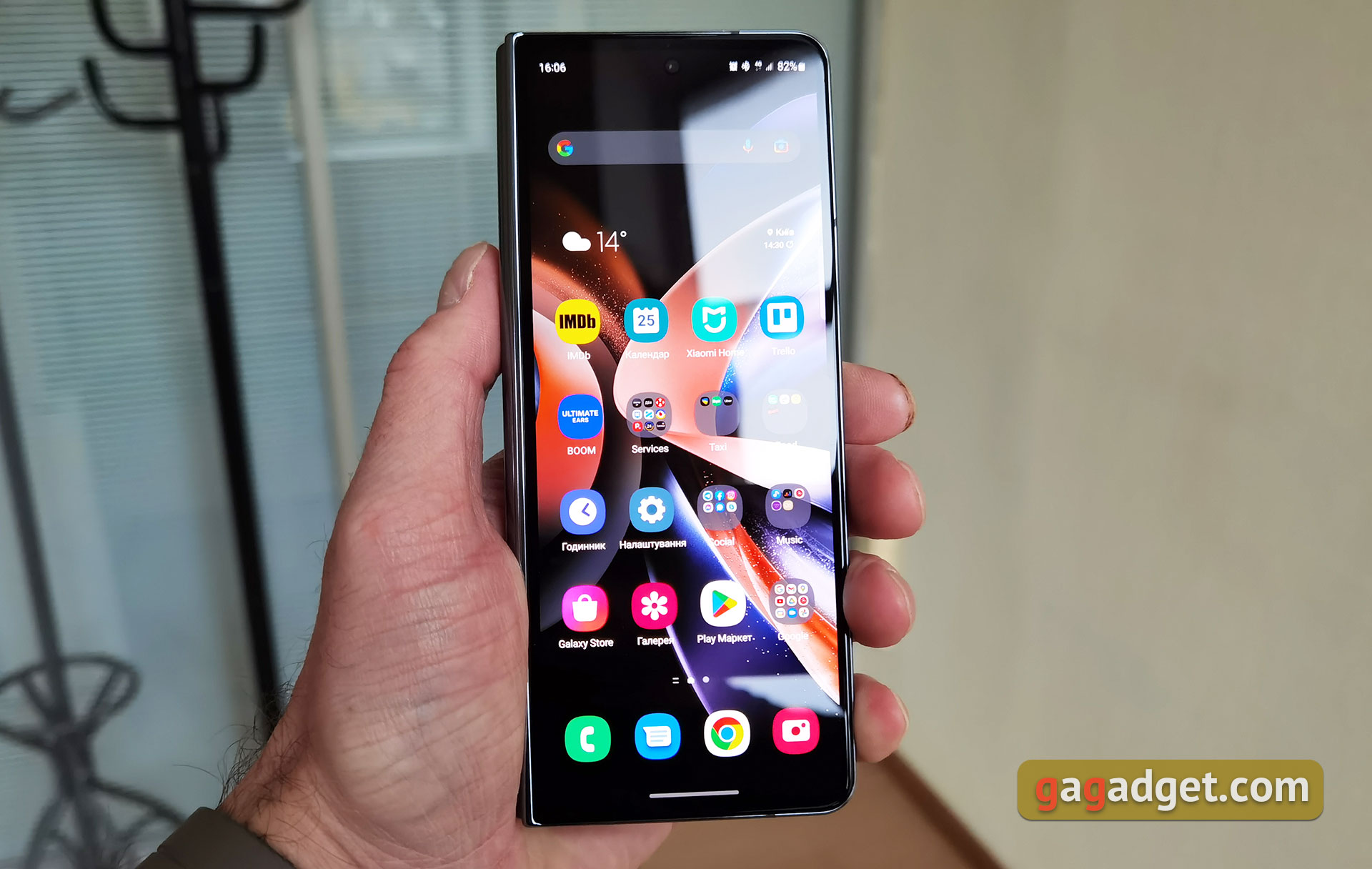
The Fold line was developed with the idea to make it as diverse as possible in terms of usage scenarios. An external screen is enough for all basic functions (calls, messages, messengers, camera). Samsung Galaxy Fold4 in the folded state is easy and convenient to manipulate with one hand even on the go. In the unfolded state, it actually turns out a 7.6-inch tablet. Indeed, 7-inch tablets used to be the norm. In this format it is convenient to surf the web, work with documents, mail. Separately, it is worth adding about convenient multitasking.
You can simultaneously use three applications that can be dragged, sorted and resized at will. Such presets can be saved to the sidebar for quick launch. In this mode, a panel appears at the bottom like Windows 11 or Mac OS with the most frequently used applications for quick launch. It can be hidden or returned to the screen with a long touch.
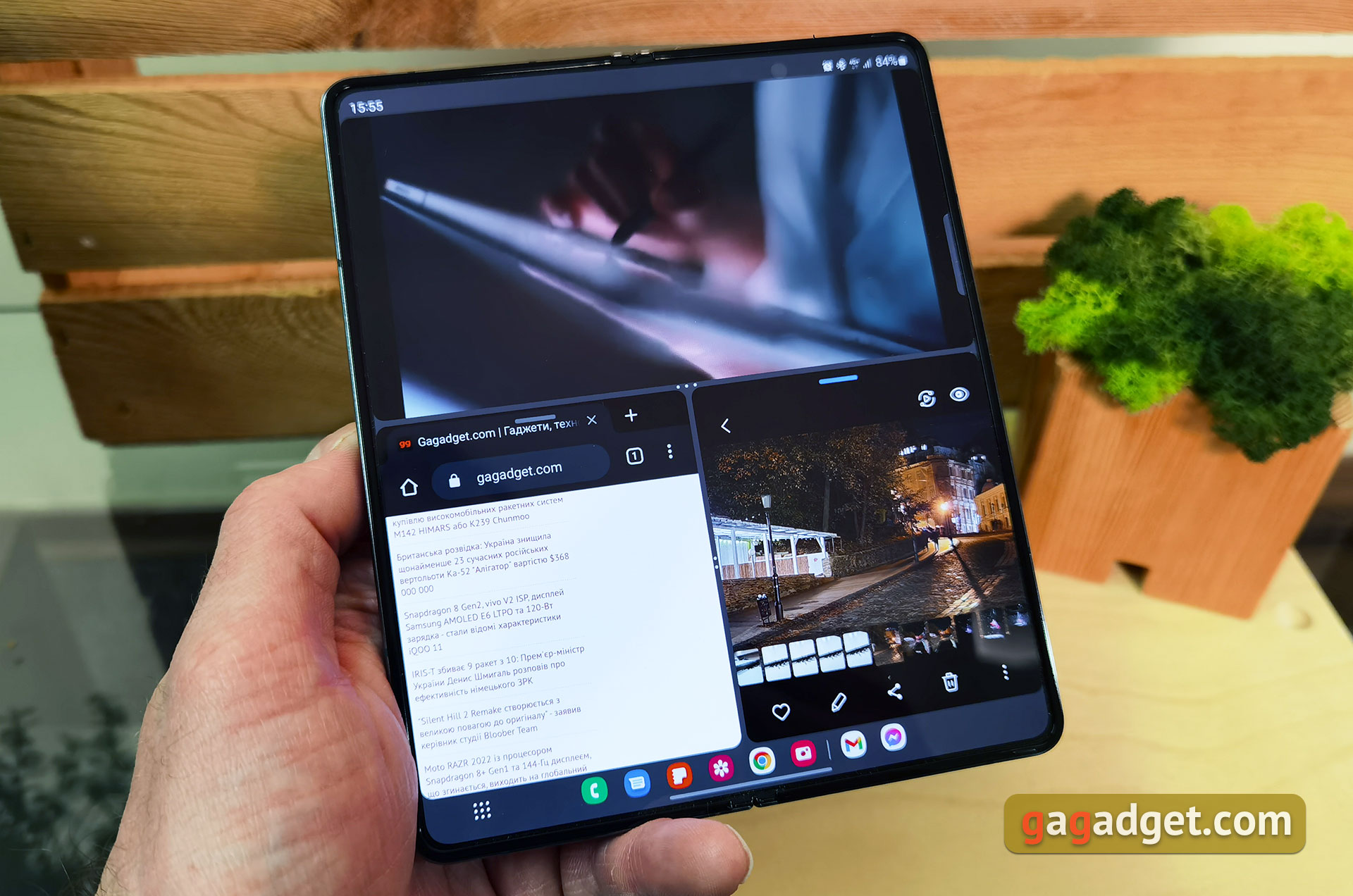
The design and presence of an external screen allows you to use the rear camera for self-portraits. It is appropriate if the quality of the front camera is not satisfactory, or you need to use an ultra-wide-angle camera to fit more people in the frame.

In the half-zing position Samsung Galaxy Fold4 is convenient to use for video calls and work with two applications simultaneously. Separately, it is worth mentioning the bending mode panel. It can be enabled for each application. The point is that in this mode the application is displayed at the top of the screen, and at the bottom - a panel with controls.
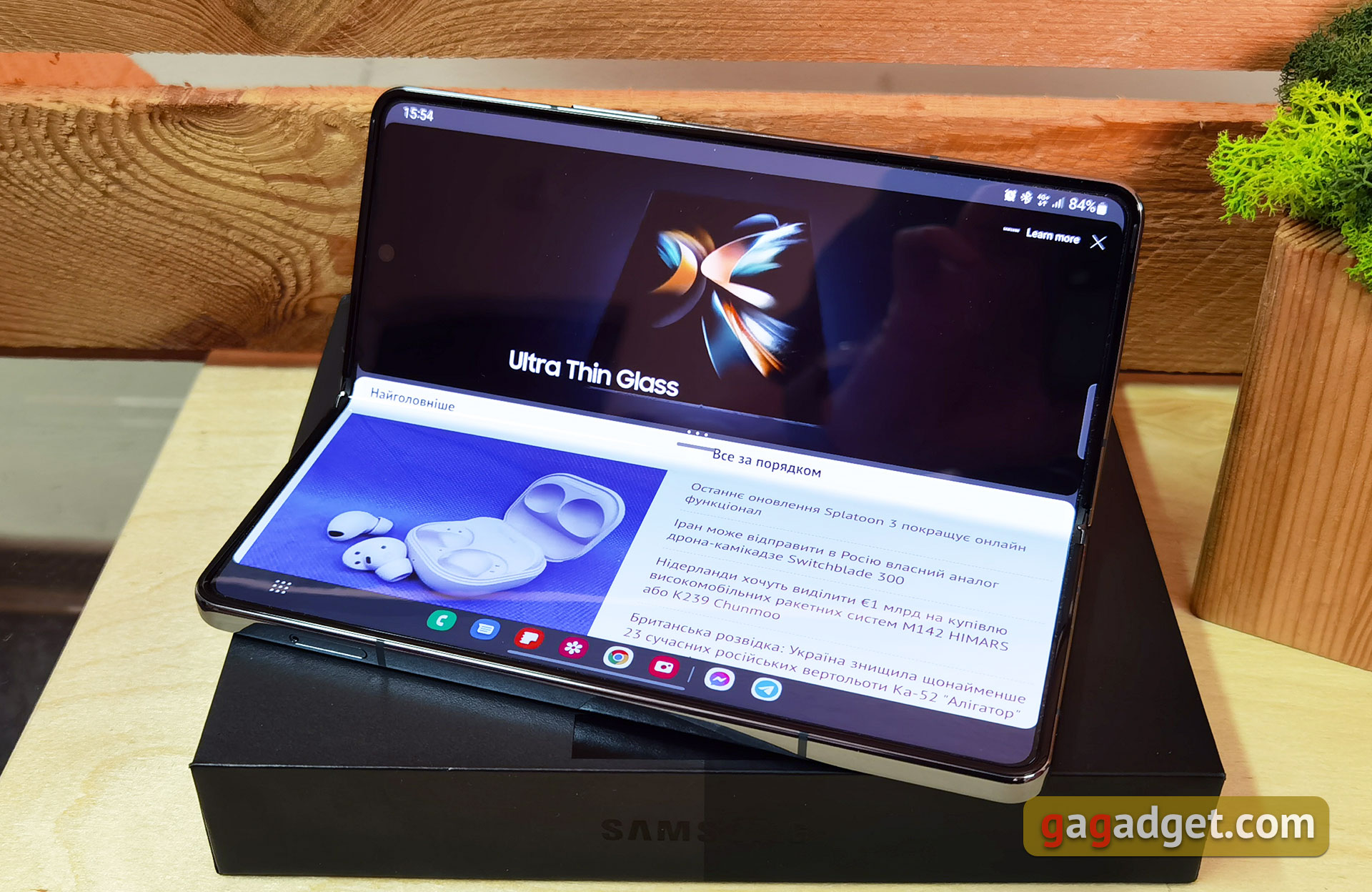
Now a few words about entertainment scenarios for using Samsung Galaxy Z Fold3. Playing on the internal screen is also quite comfortable. First of all, this concerns games, which are adequately stretched to the full screen despite the very non-standard aspect ratio. The situation is obviously a little bit worse with movies: the profit from the large diagonal disappears because of standard formats of TV series and movies 16:9 and 21:9. Black bars remain.
On the other hand, in the semi-folded form, video is played in the upper half of the screen, and controls and related videos are located in the lower half. Which is also quite convenient. Reading books on a large screen is very pleasant: much more information fits on the screen with a comfortable font size.
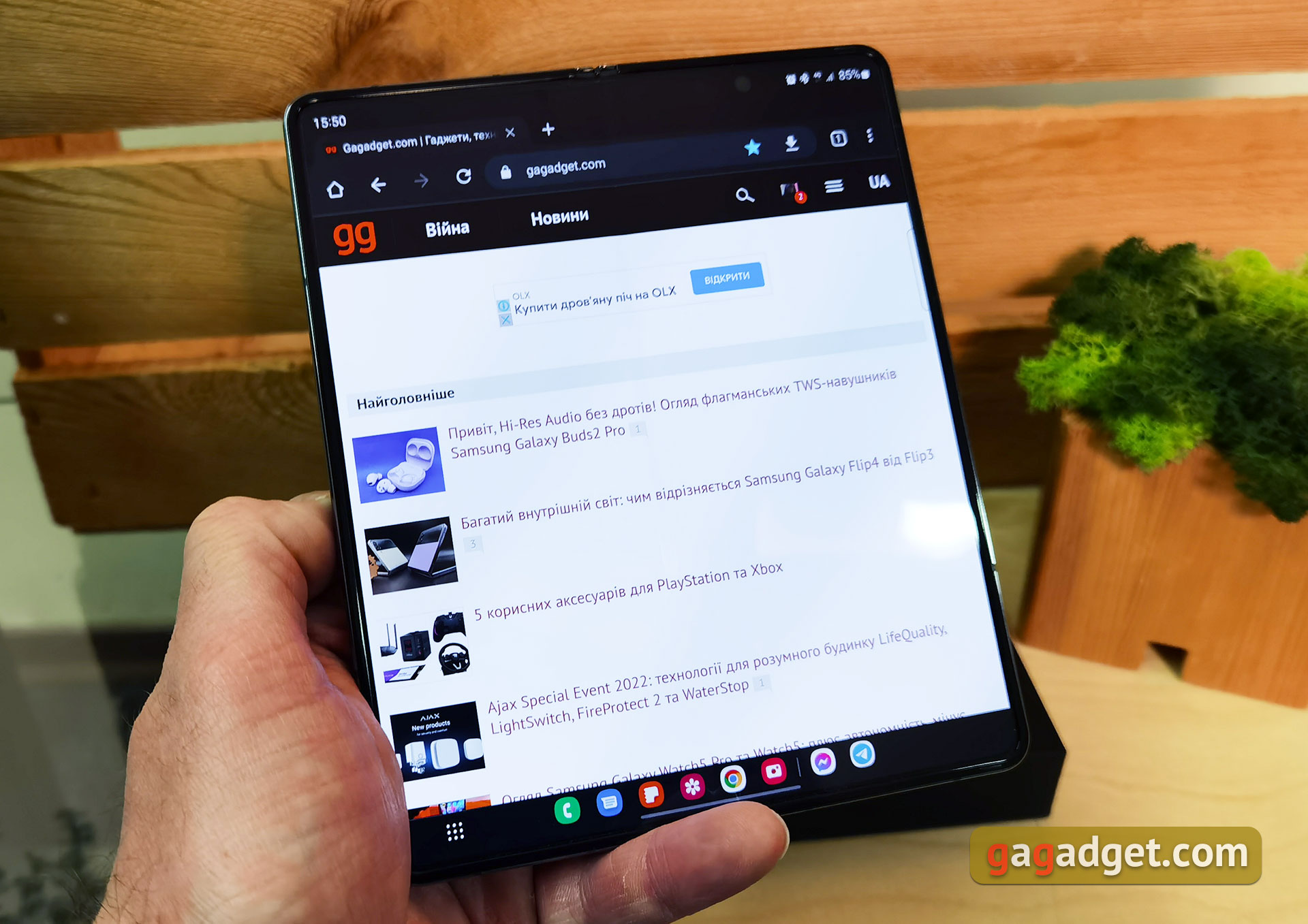
Samsung Galaxy Fold4 supports work with S Pen, which seems quite logical, given the diagonal of the internal display. In general, the functionality is already familiar from the days of Samsung Galaxy S22 Ultra and Note. You can draw, take notes, there is support for handwriting, sketching and much more. Pressing force and tilt are recognized. And from additional functions - the ability to use S Pen as a remote control with support for gestures in the air.
There is a small S Pen Fold Edition that can be carried along with a smartphone in a special case. And we had S Pen Pro, which is universal for top Samsung tablets and smartphones. The stylus is larger (like a usual pen), has interchangeable tips and two modes: standard and for Fold, taking into account the softer screen coating.
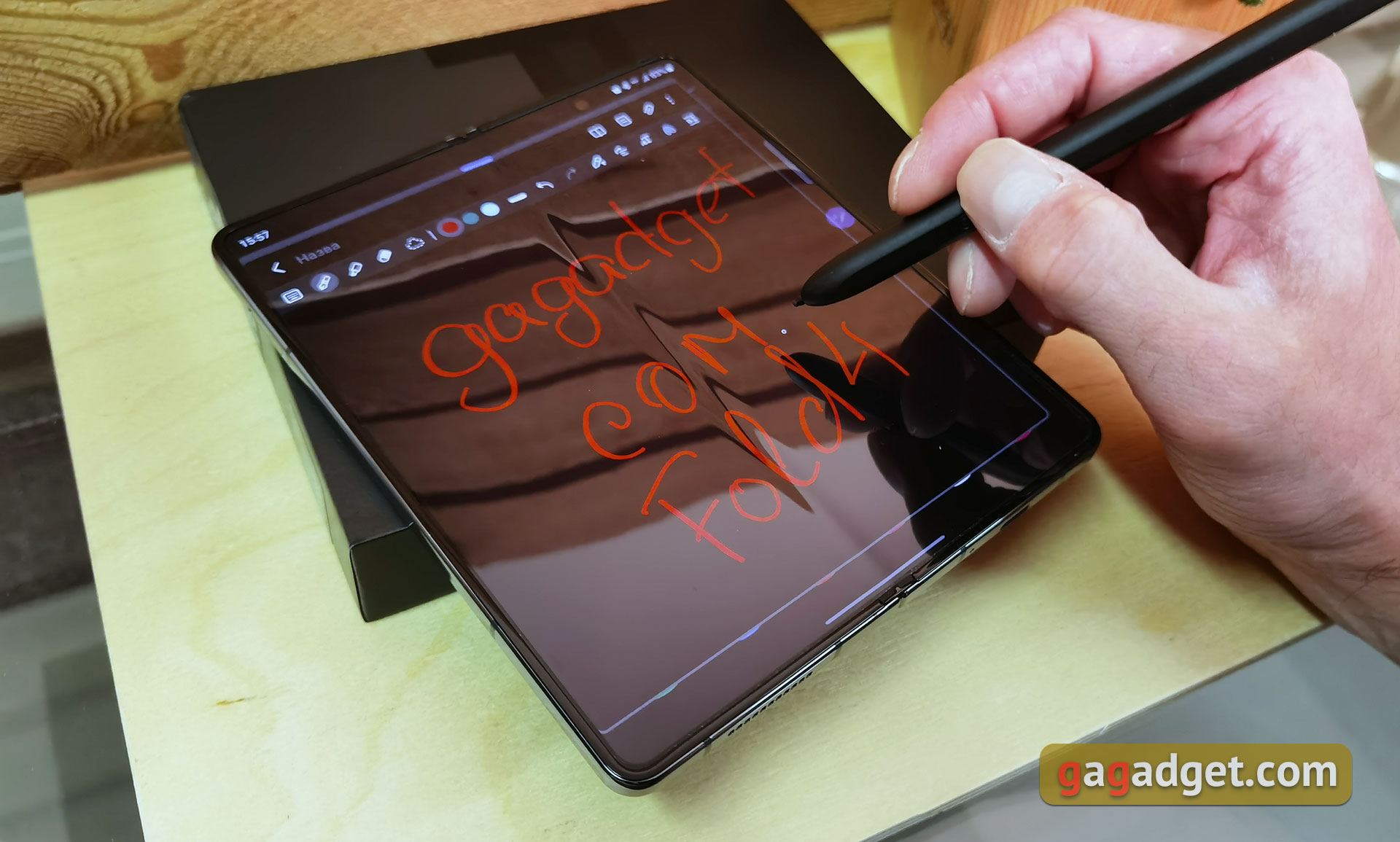
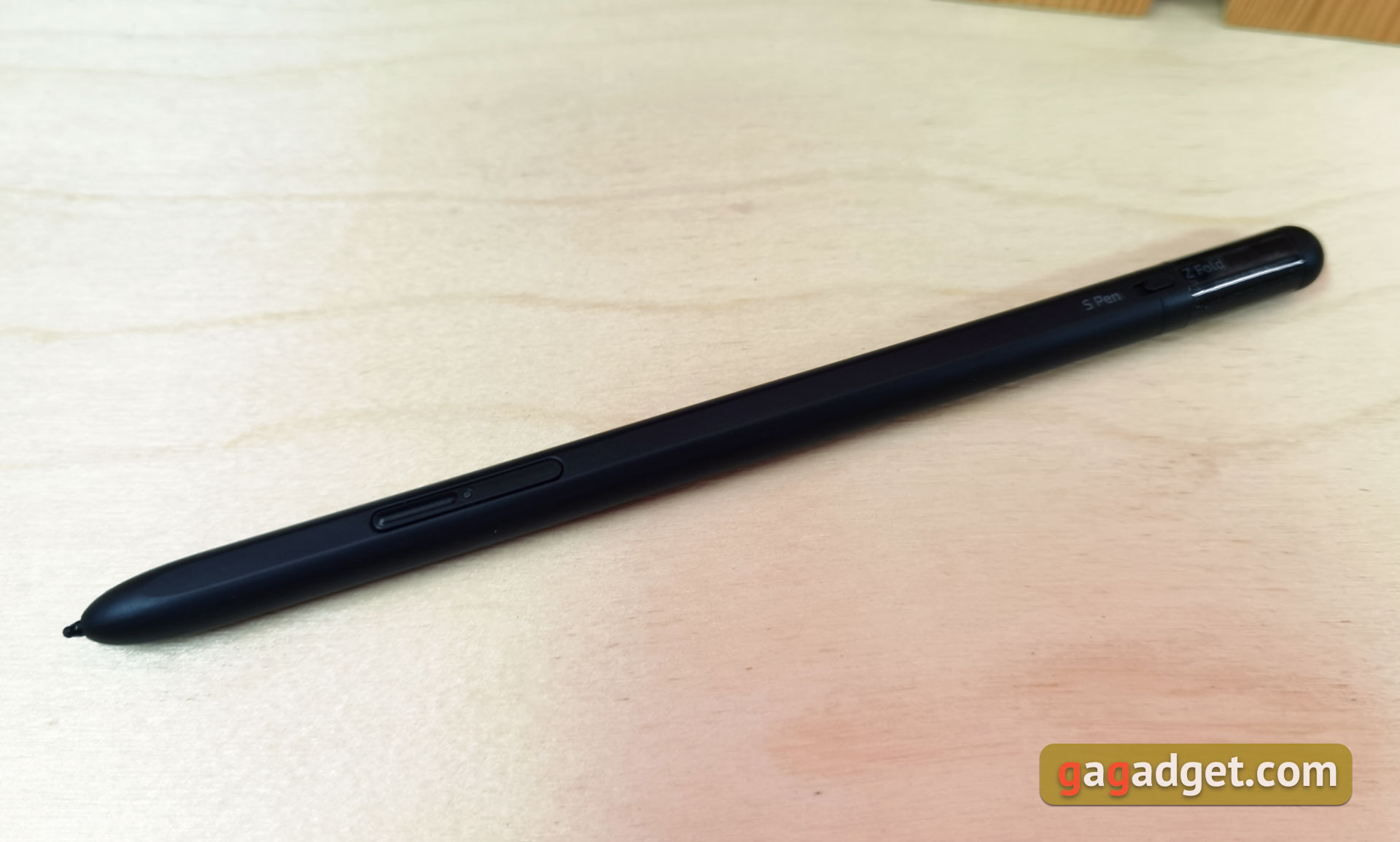
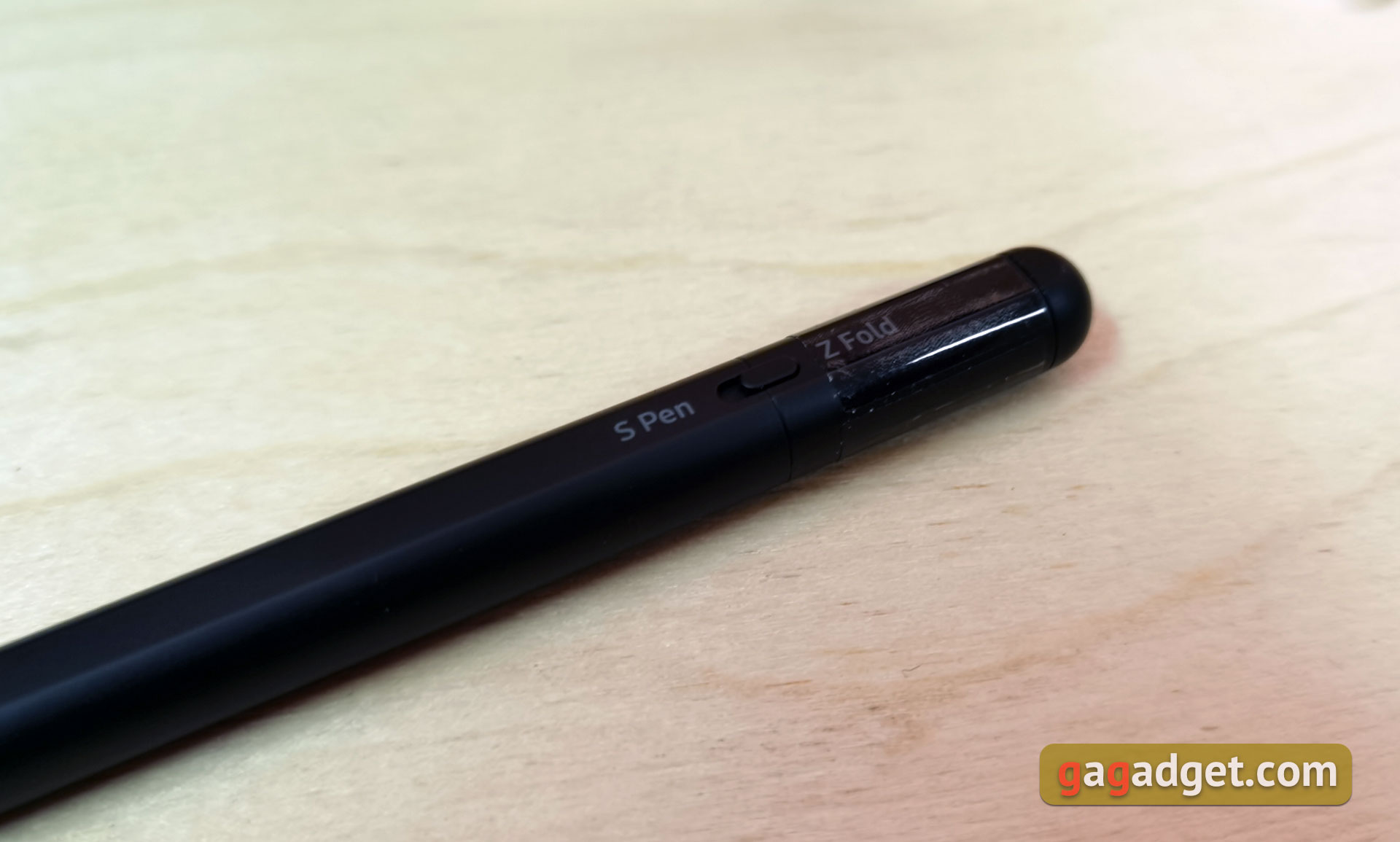
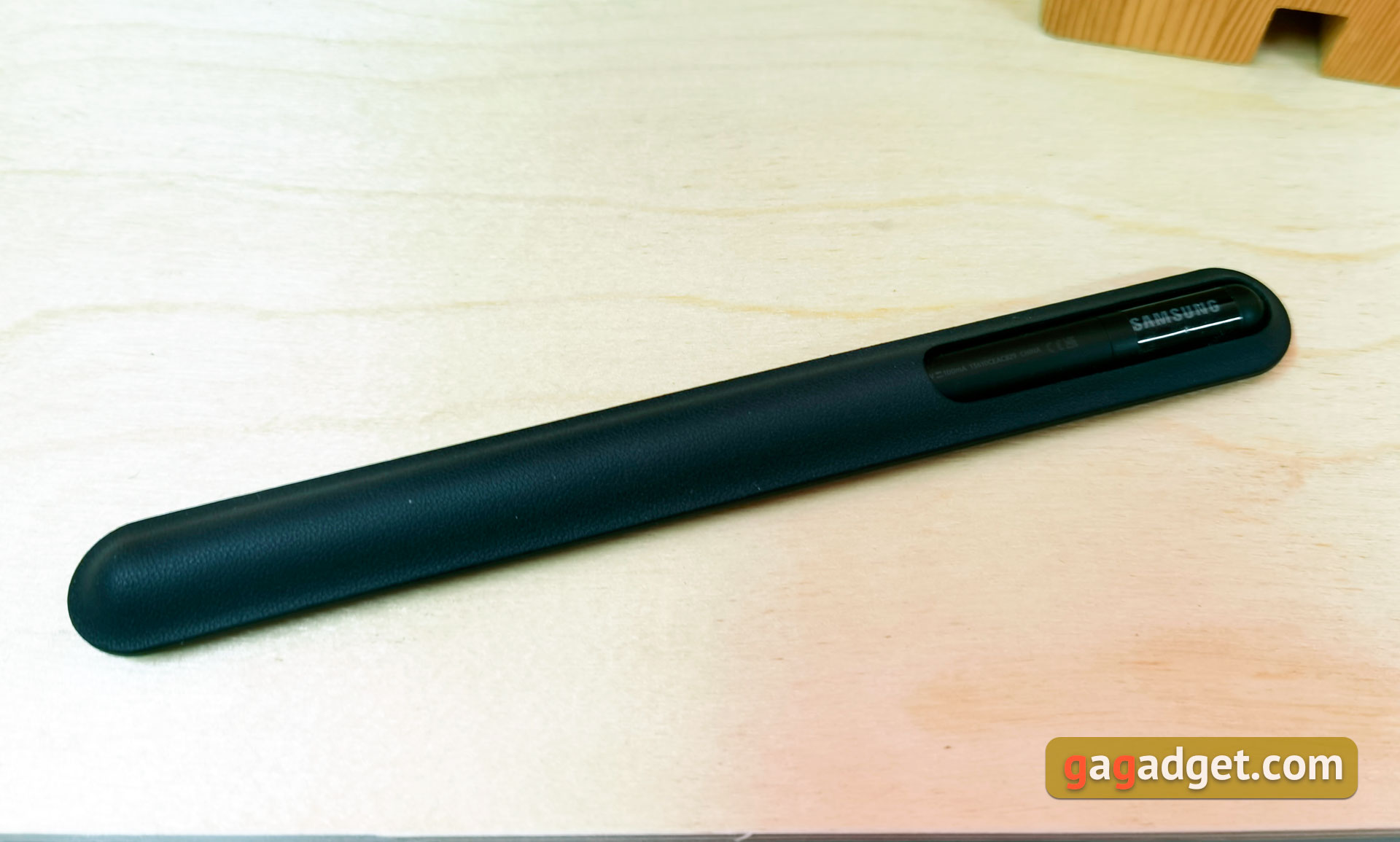

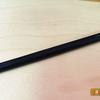
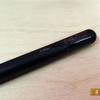

How Good are the Screens?
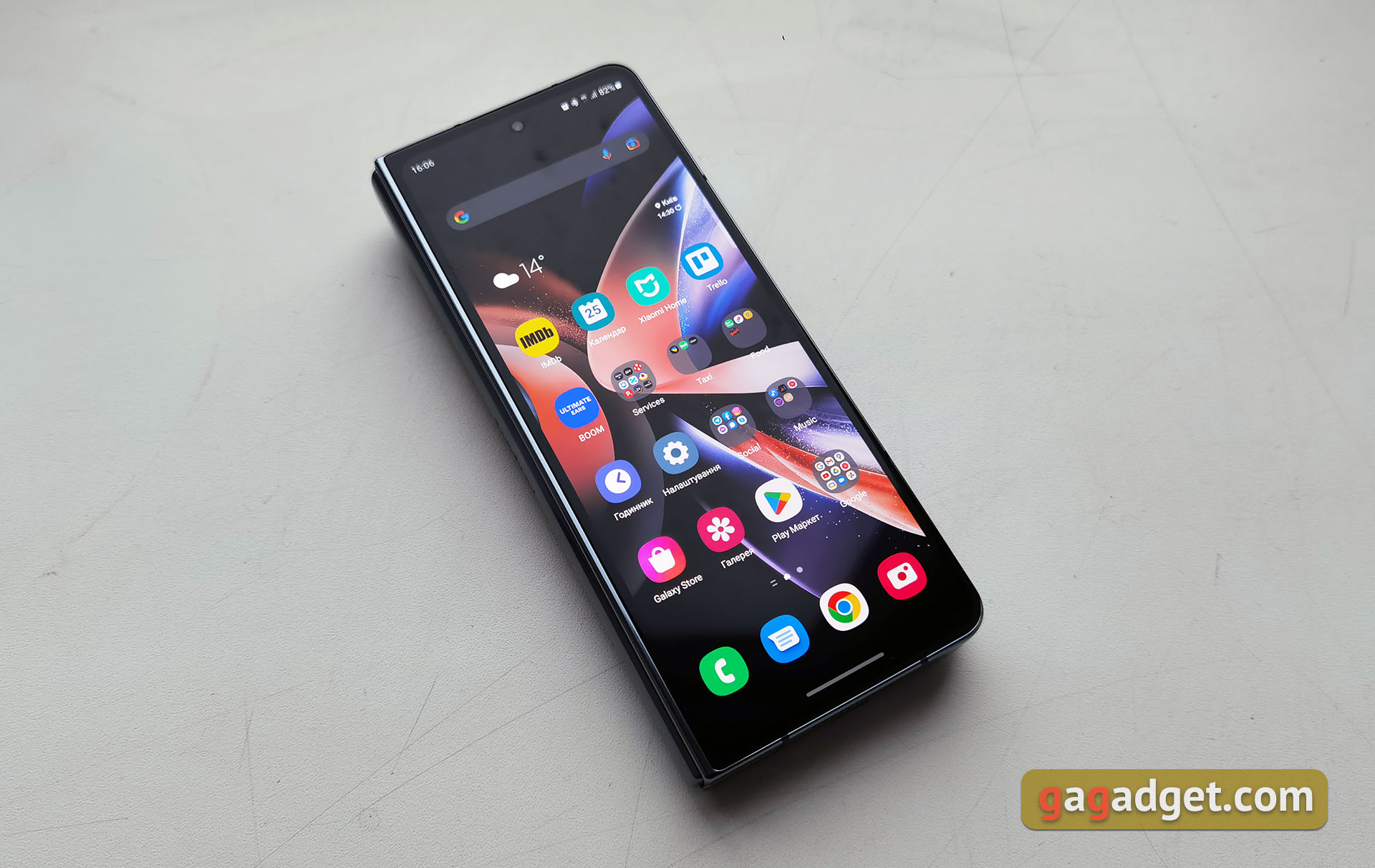
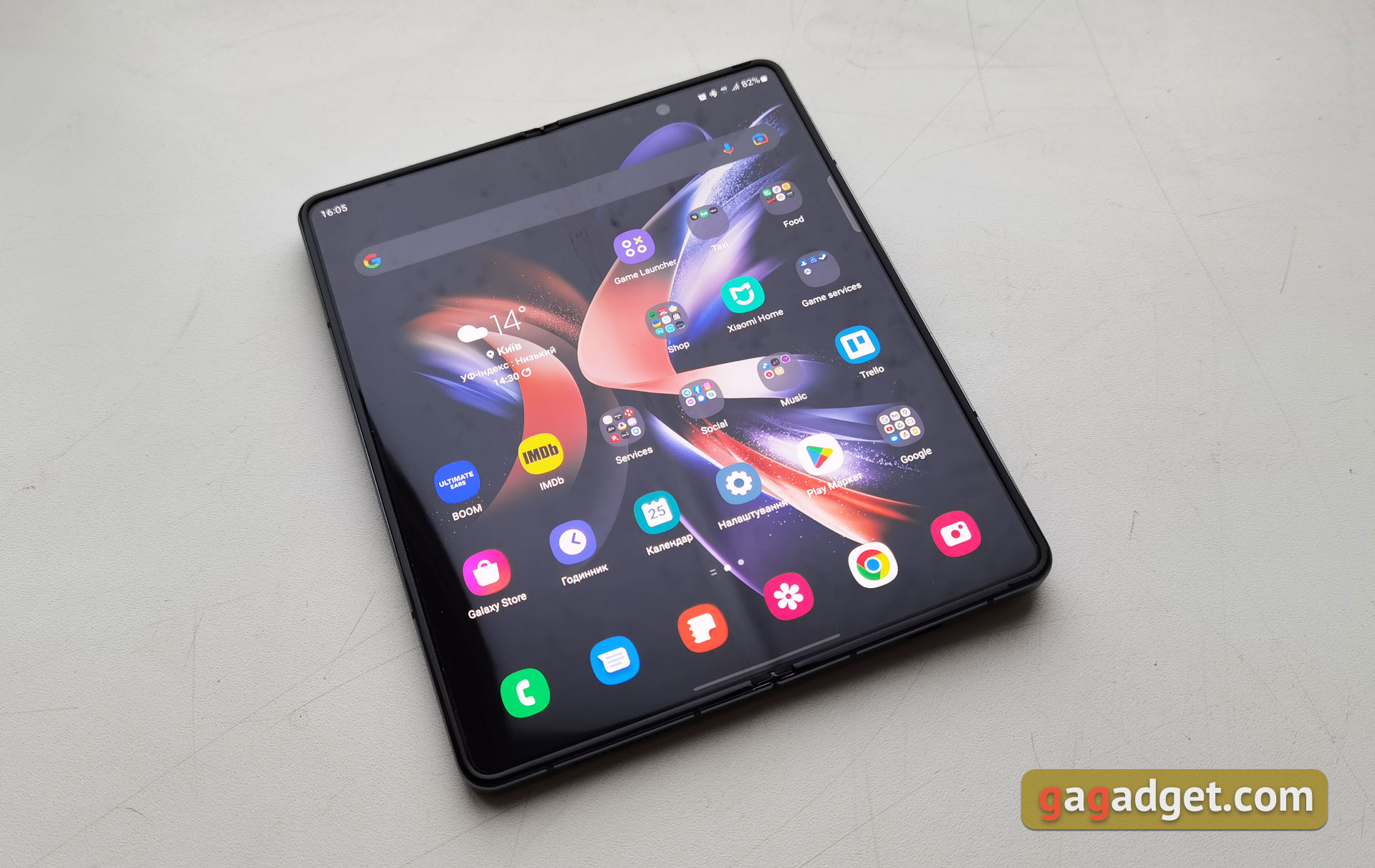
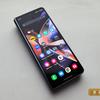
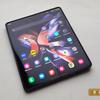
Samsung Galaxy Fold4 has slightly updated the screens. The diagonals remained the same, but the proportions have changed slightly. The internal 7.6-inch Foldable Dynamic AMOLED 2X display has become closer to a square shape and has a resolution of 2176x1812, pixel density remains 373 ppi. They promise a peak brightness of 1000 cd/m2 (it was 900), there is support for HDR10+, there is support for adaptive refresh rate 1-120 Hz. The coating has become stronger and tactilely more reminiscent of glass. Although in fact it is not, so it is easier to make a scratch than on the usual screen. The external 6.2-inch screen Dynamic AMOLED 2X has become slightly wider: 23.1:9, resolution - 2316x904.
There is also support for HDR10+ and adaptive frequency, but 48-120 Hz. The screen is protected by Gorilla Glass Victus+. Both screens of Samsung Galaxy Fold3 were of excellent quality and I'm not sure that the updated ones in Samsung Galaxy Fold4 would be easy to distinguish visually. The brightness margin is very large, the colors are saturated, which is usual for AMOLED.
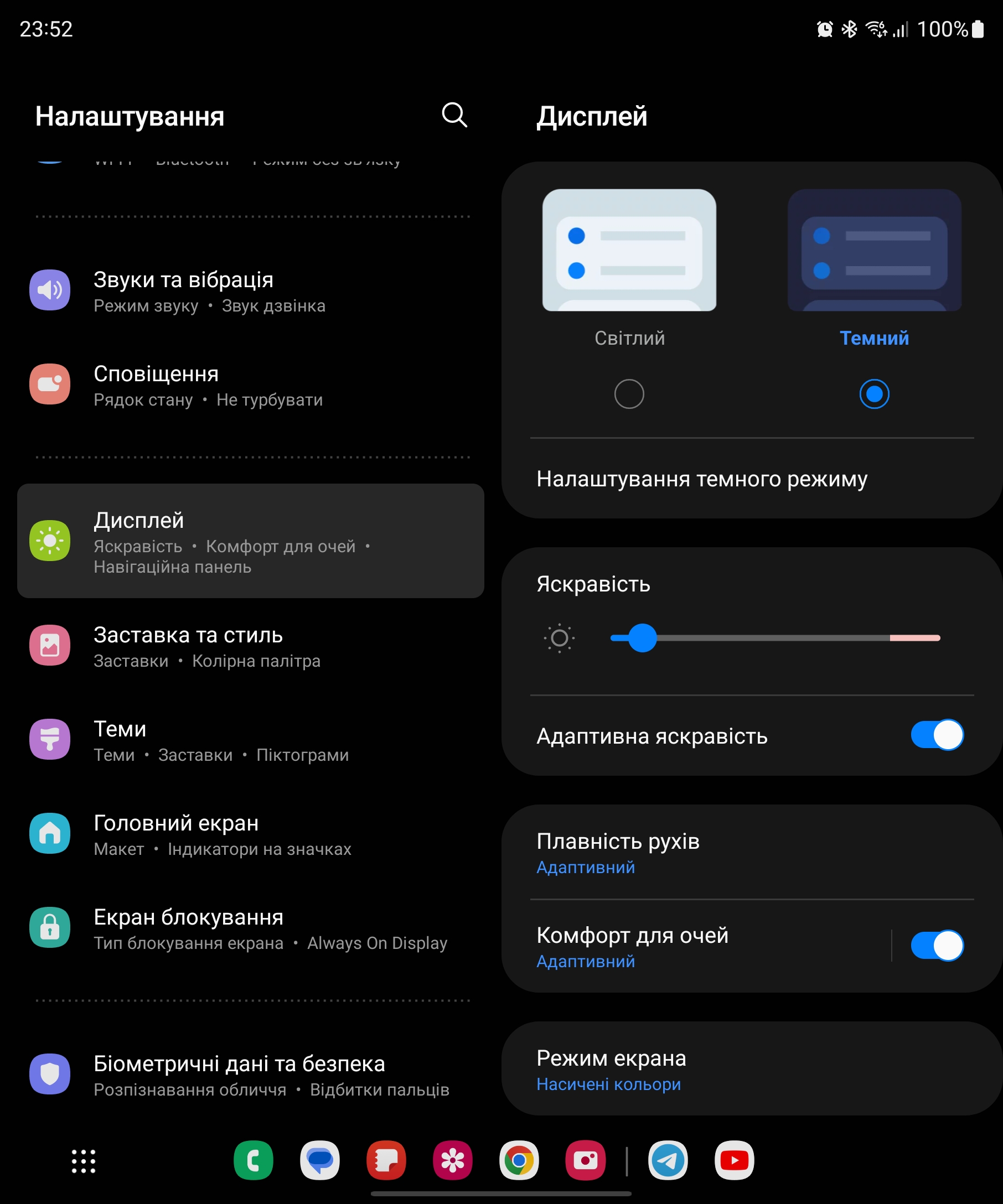
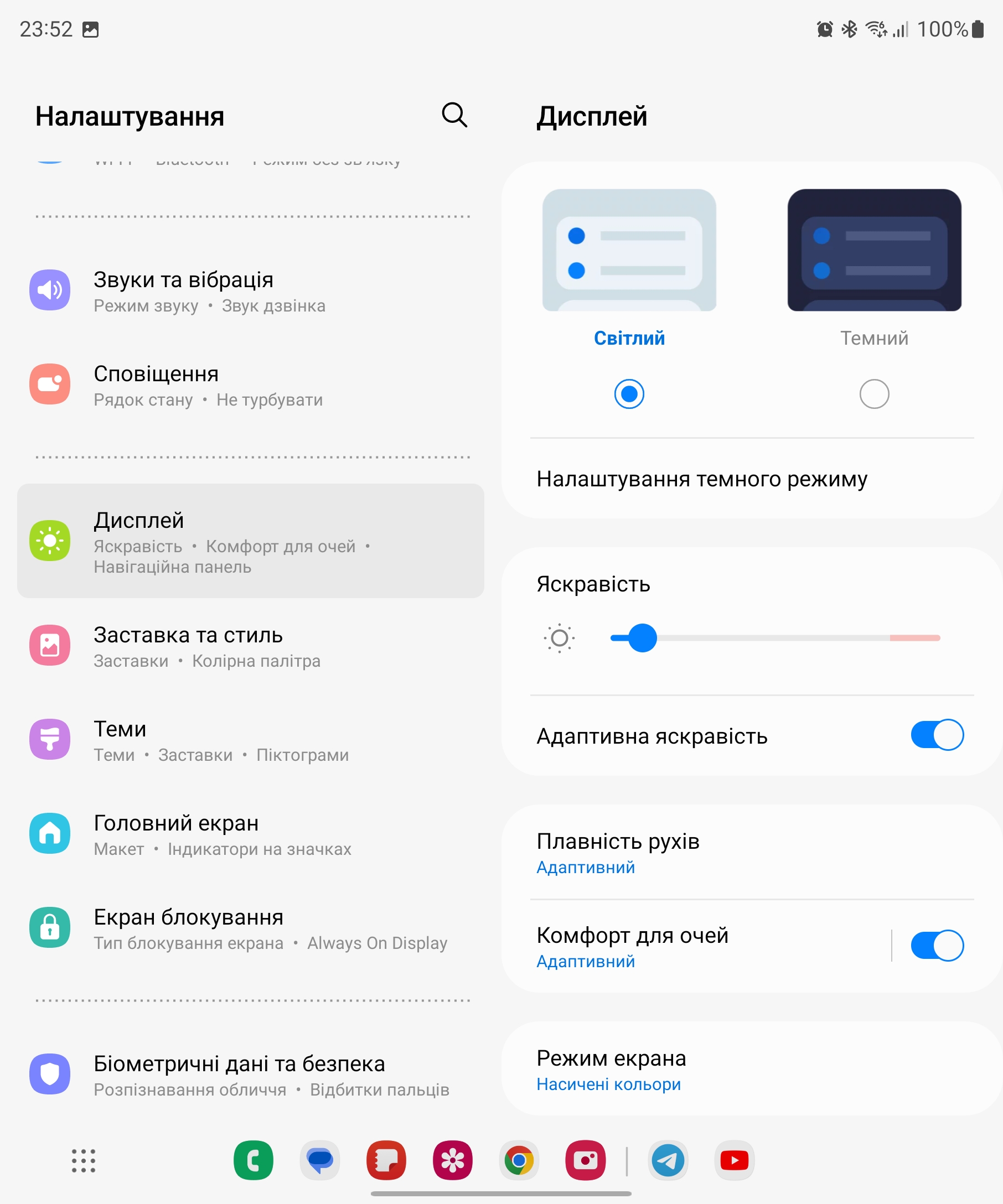
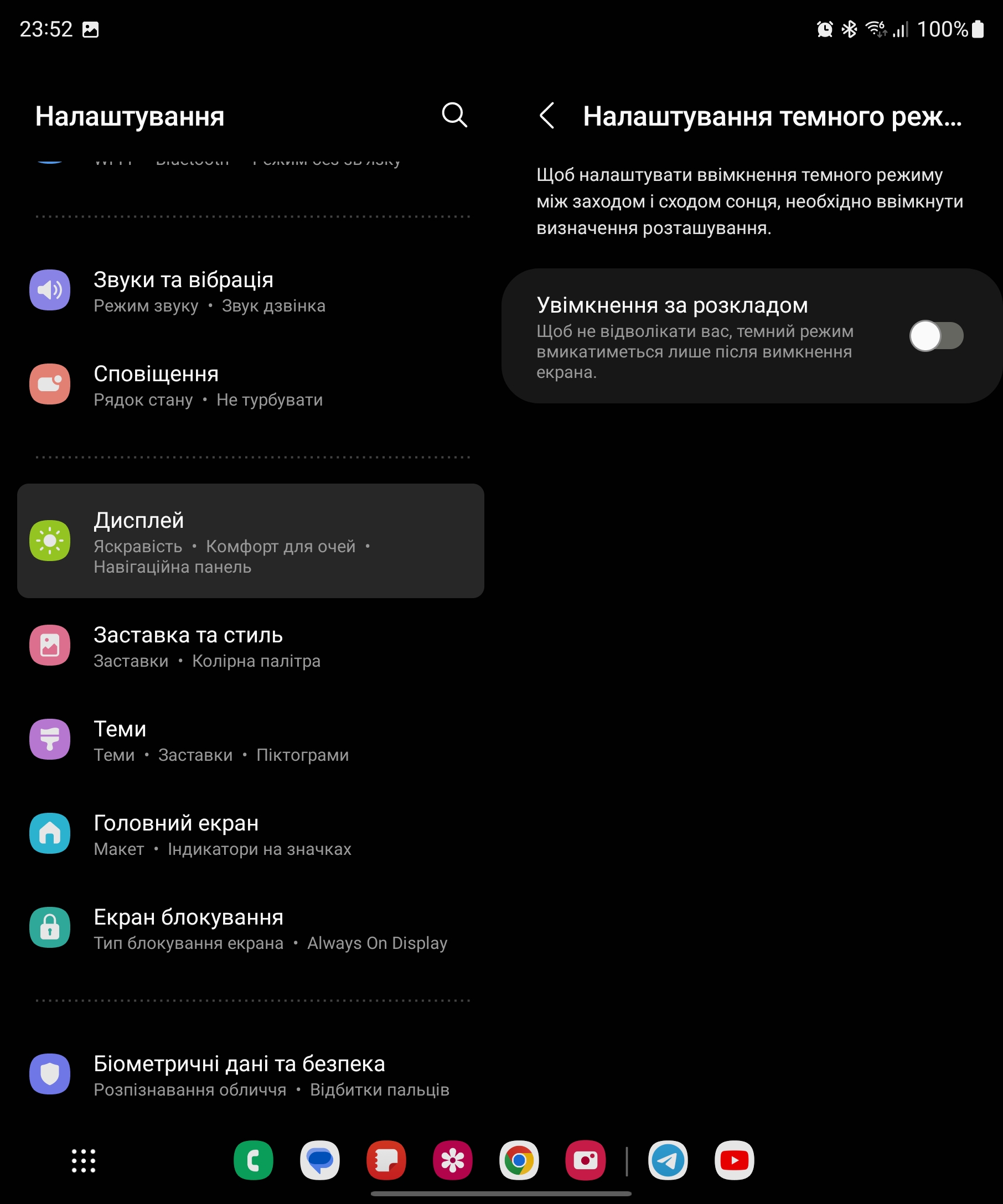

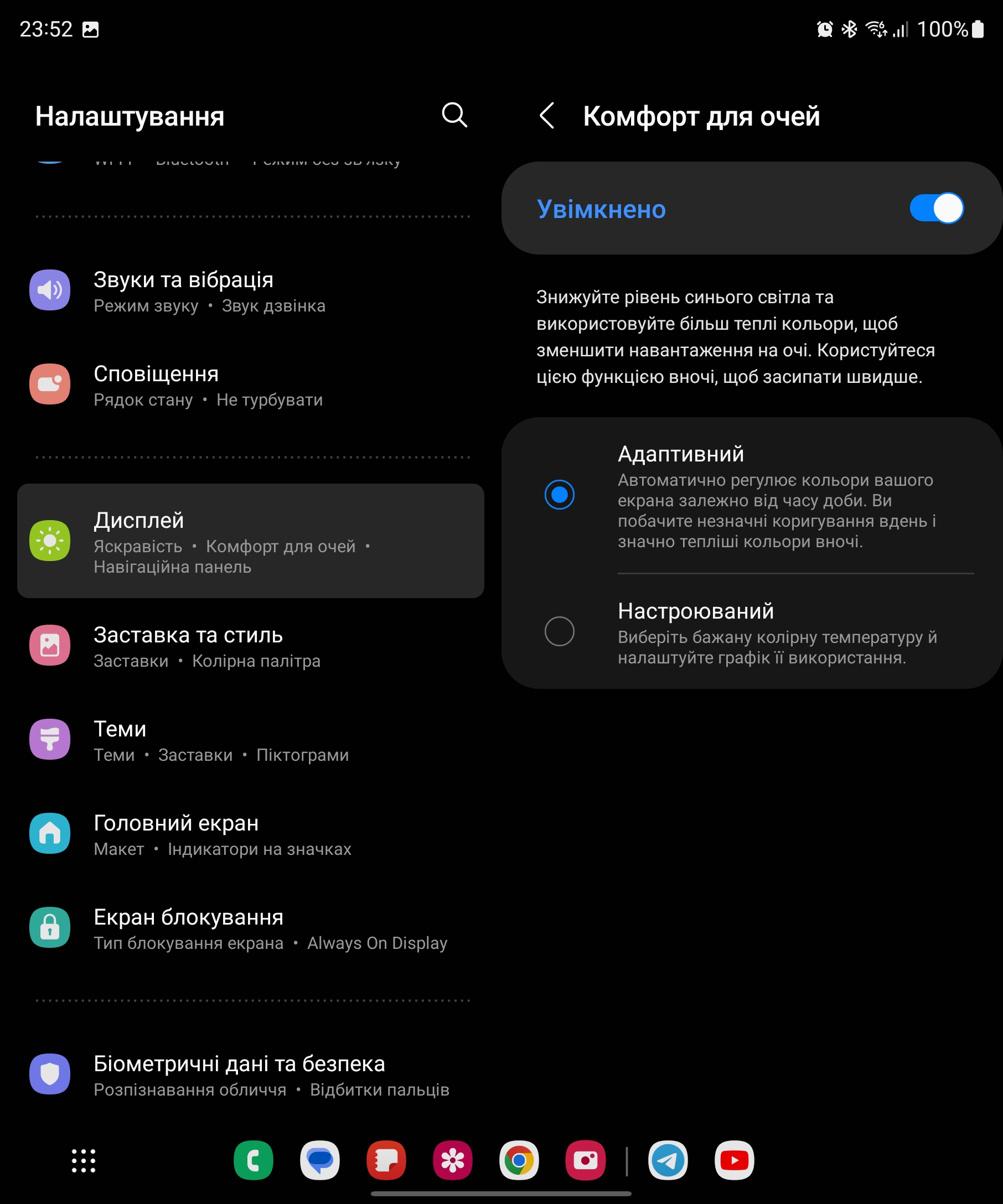
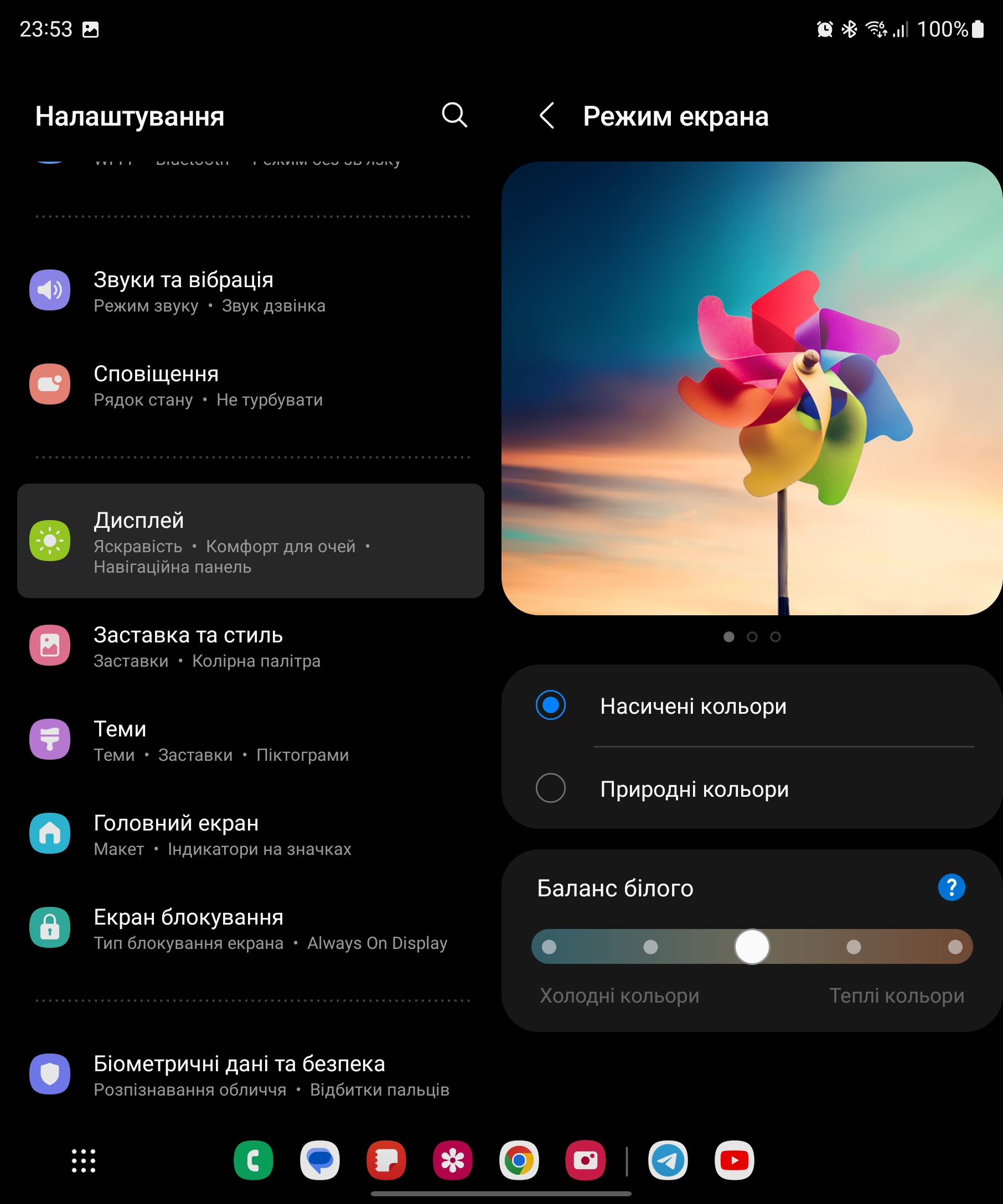
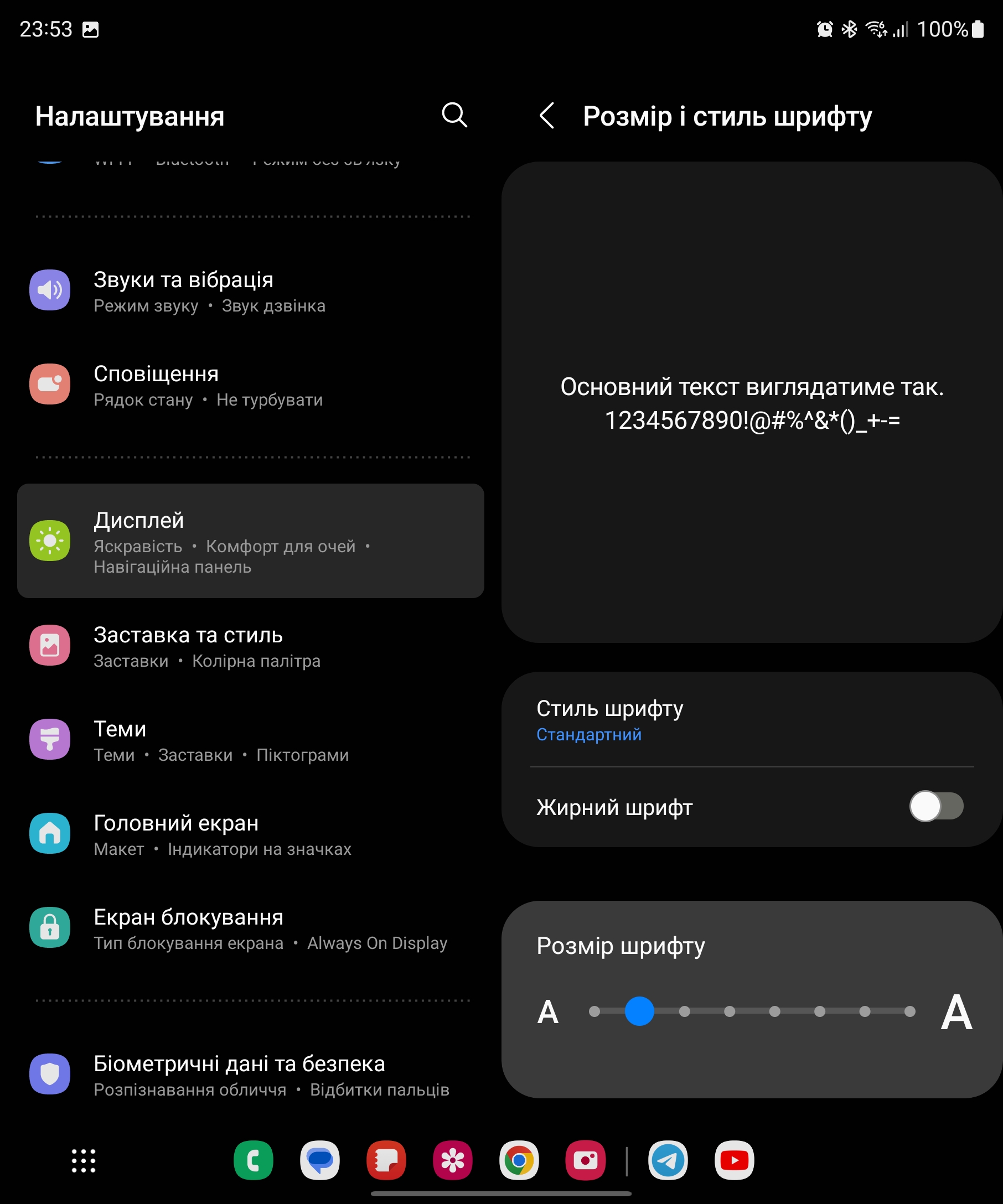

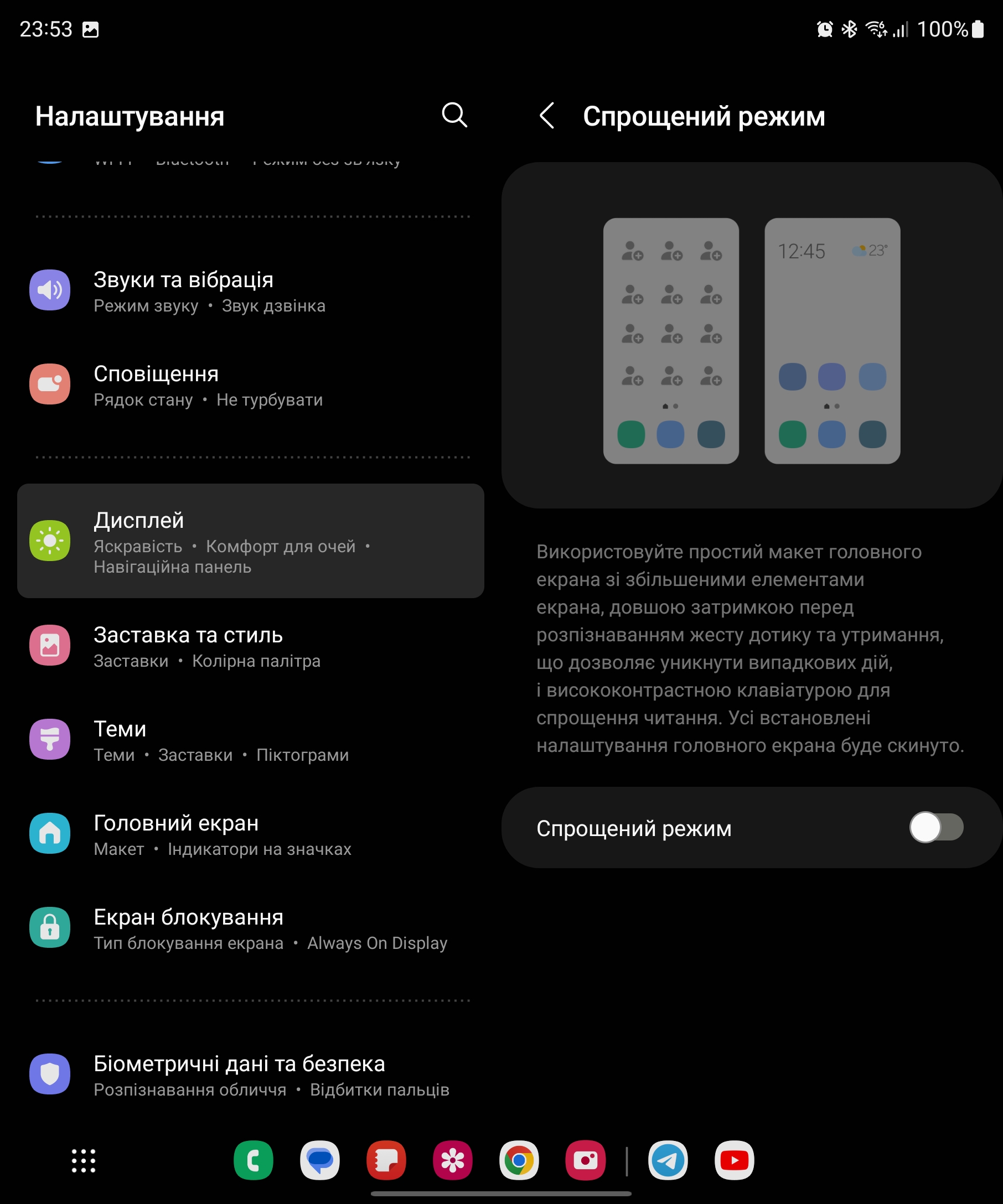

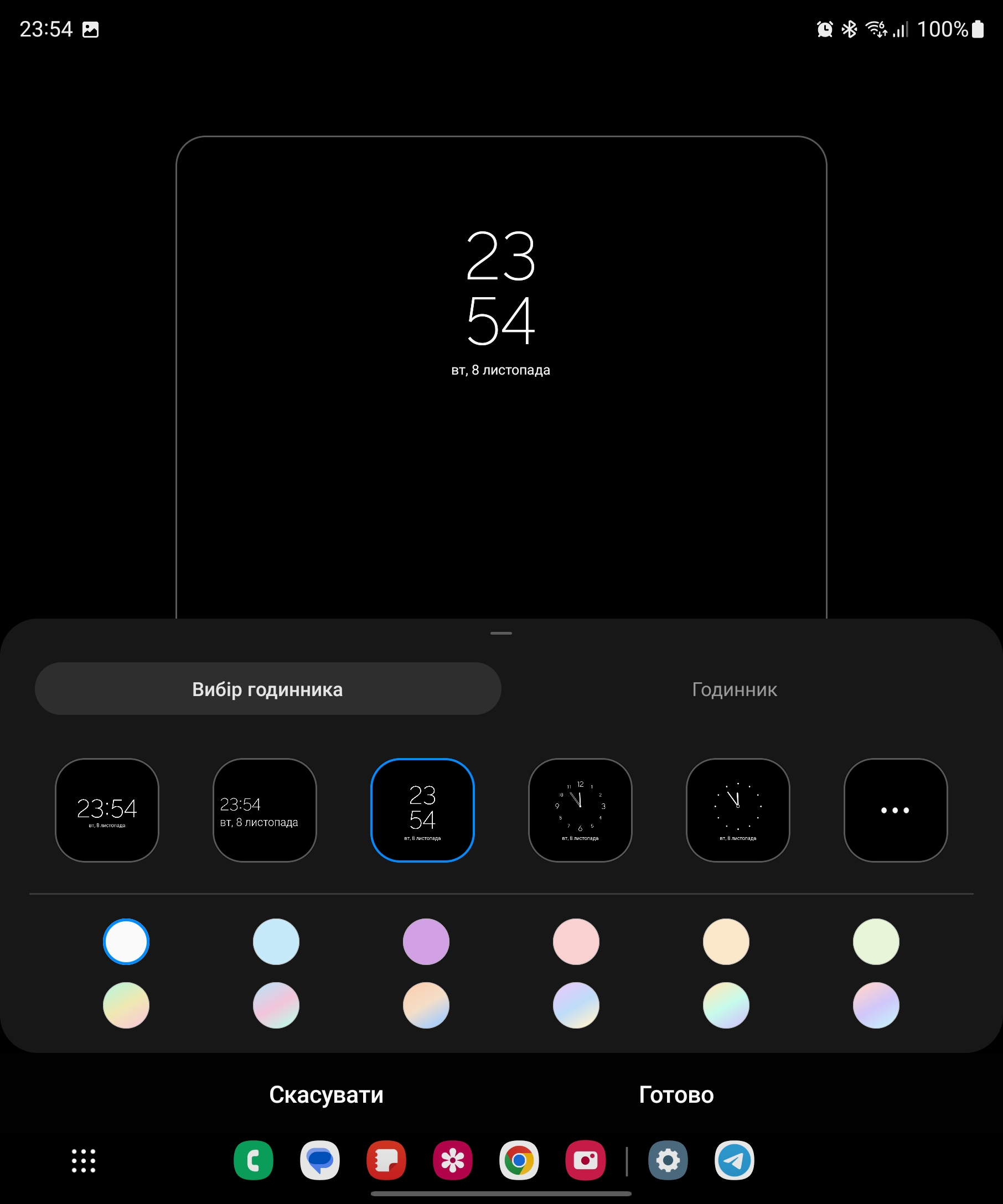

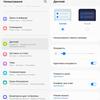
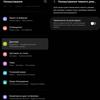

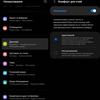
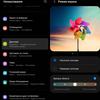
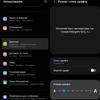
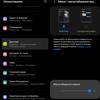
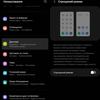
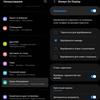
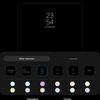
Among the settings there is a dark mode (it is possible to turn on by schedule), brightness, refresh rate, comfort for the eyes (automatic adaptation of color temperature depending on the ambient light), color display modes (saturated or natural colors), font and its size, scale of interface elements and division into two columns for the internal display, as well as Always on Display.
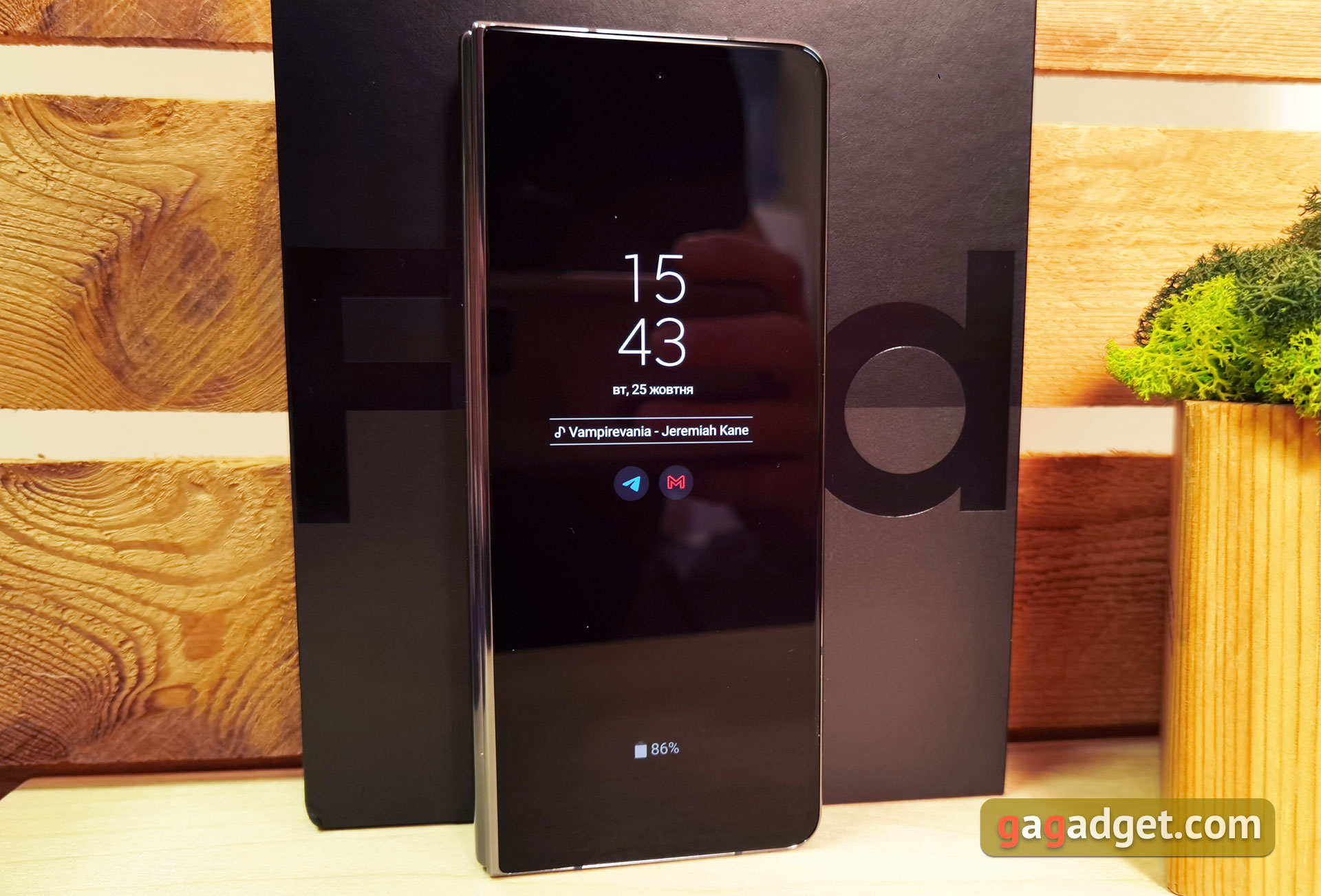
The internal display in the "saturated" mode showed an impressive maximum brightness of 747.744 cd/m2, The color gamut is much wider than sRGB, and the color accuracy is very close to the reference values.
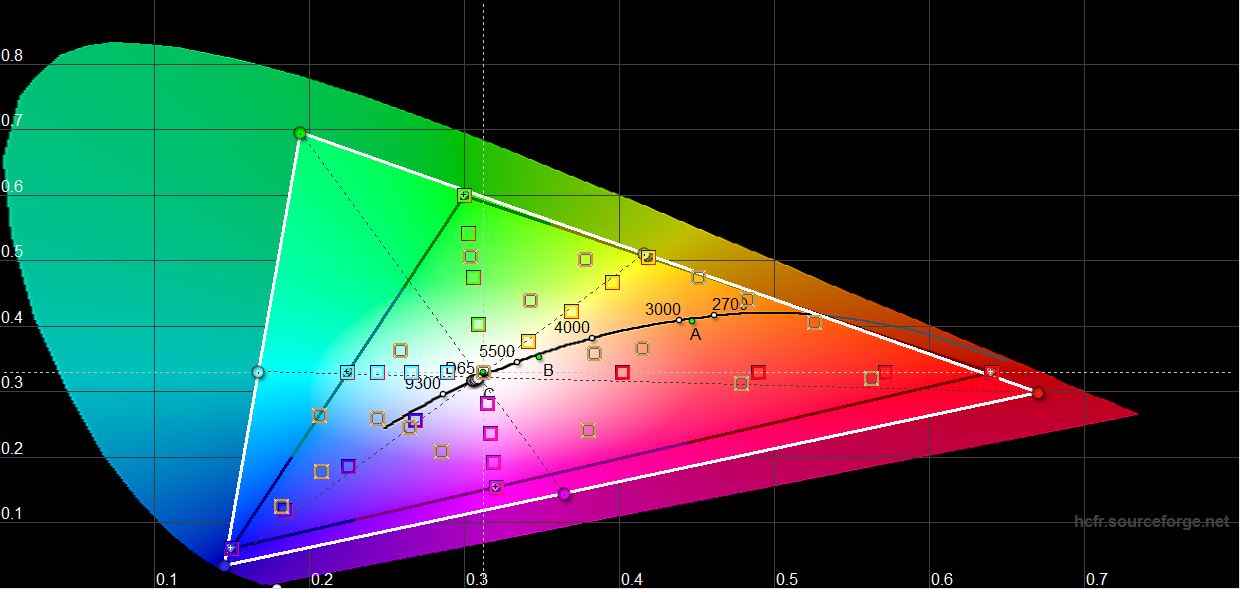

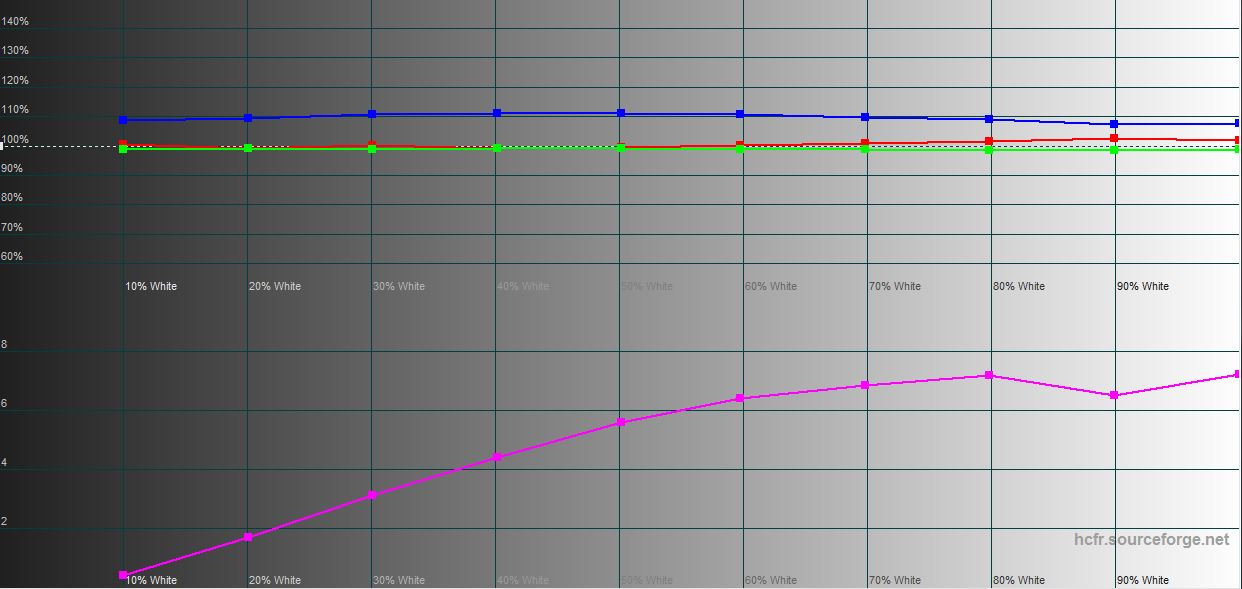
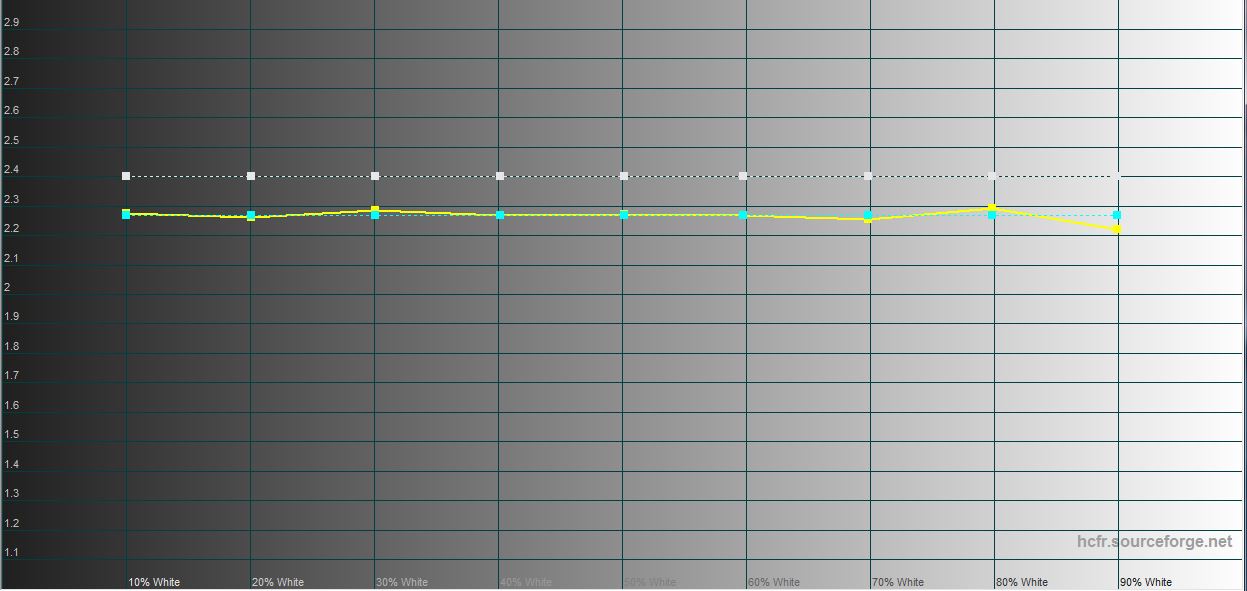
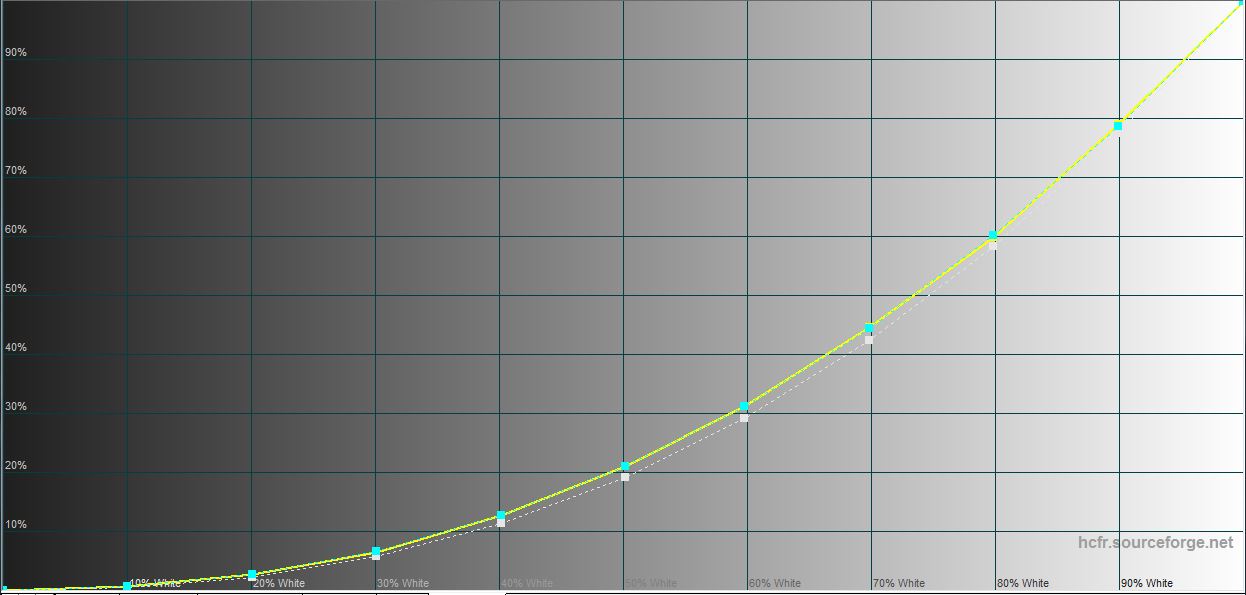
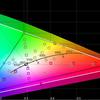
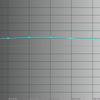



In the "natural" mode, the color gamut is close to sRGB, and the deviation from the reference color display is small towards cool shades. The maximum brightness is slightly lower: 712.753 cd/m2.
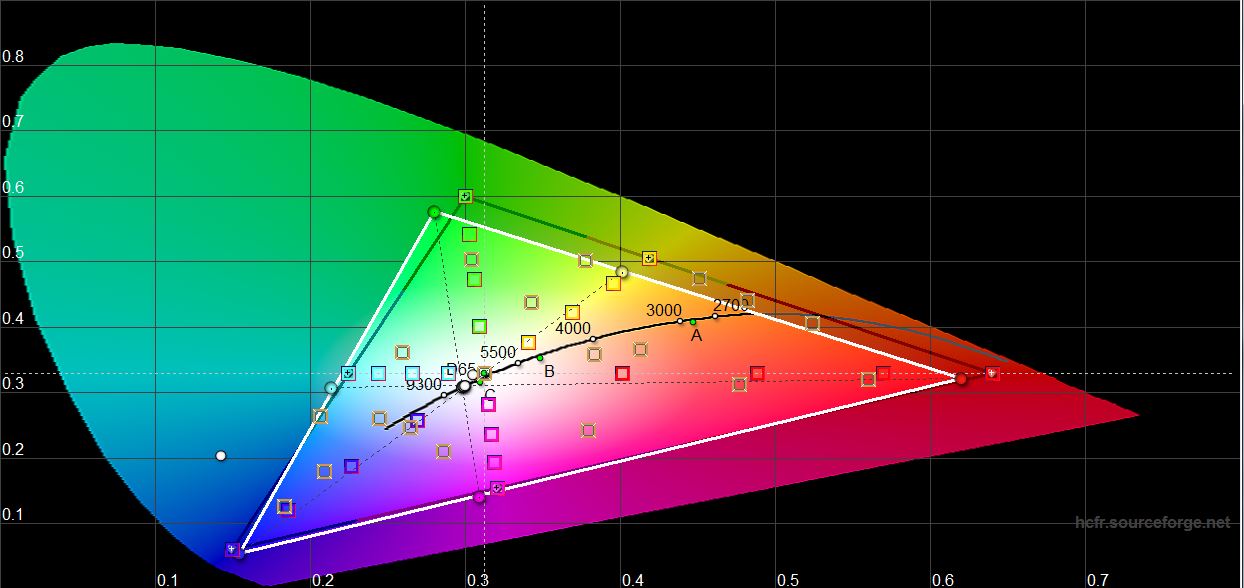
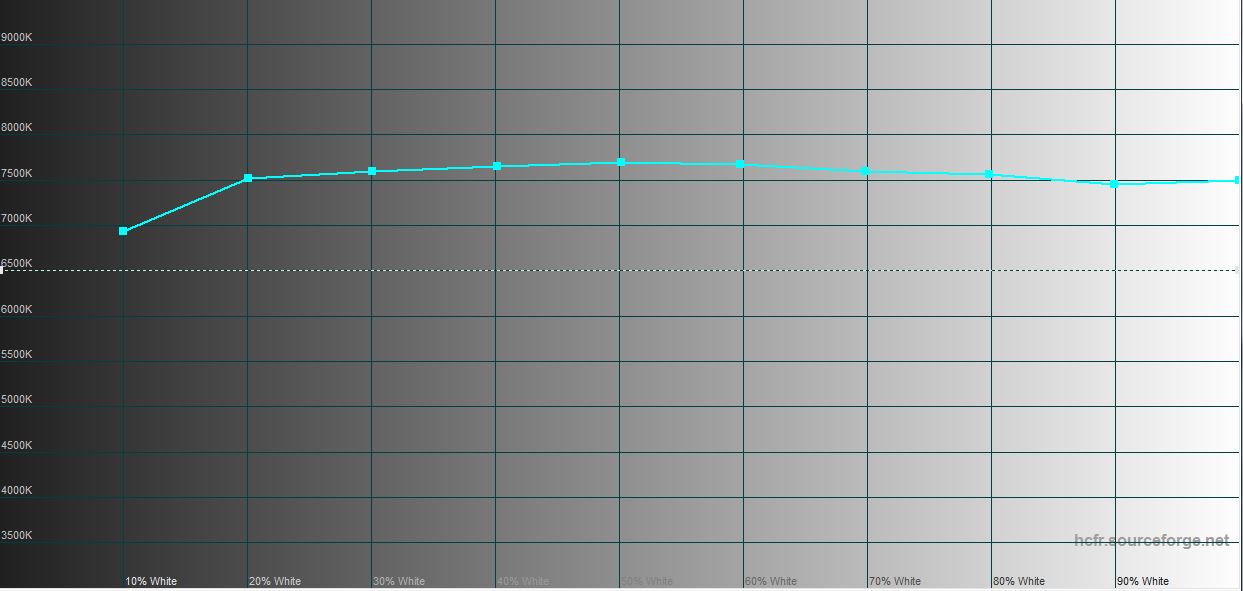
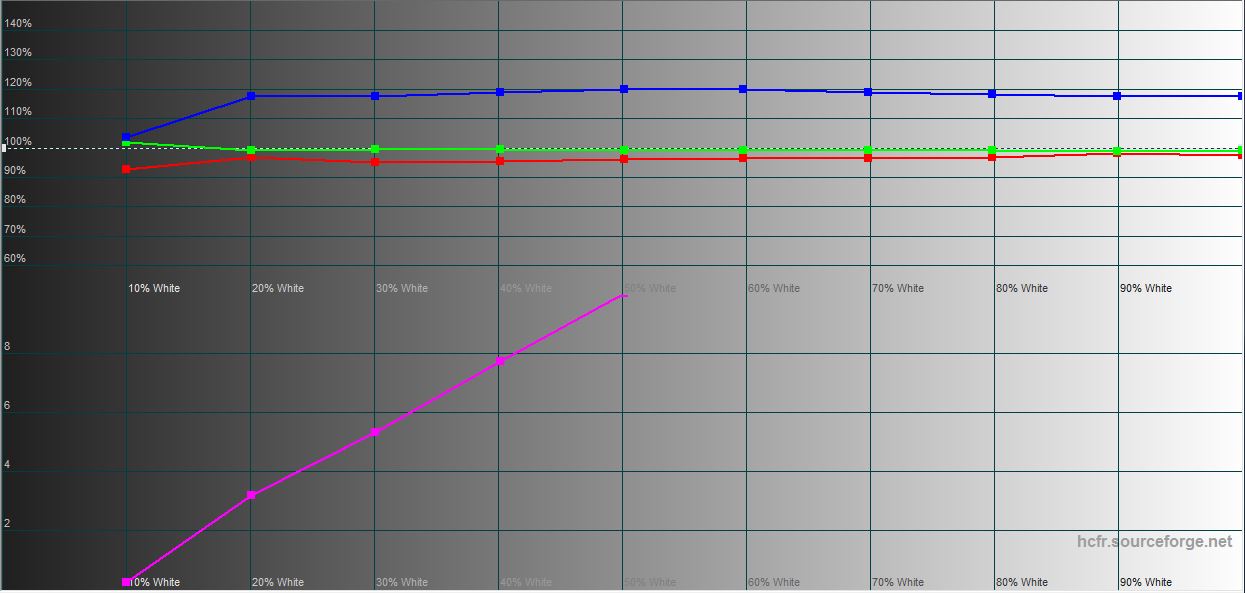
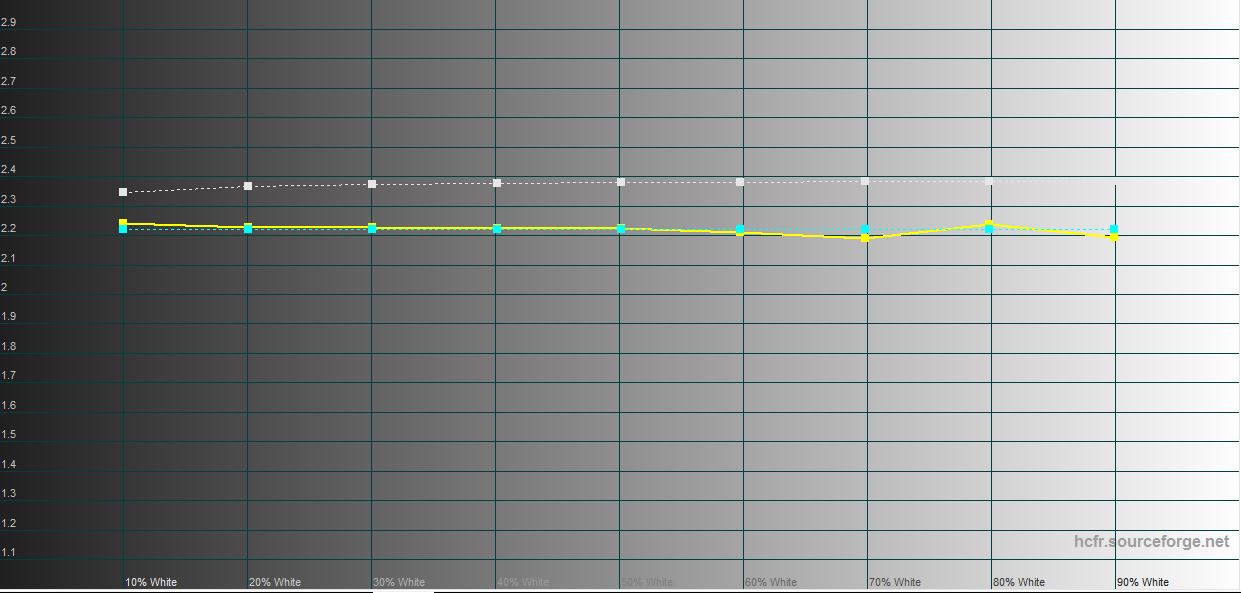
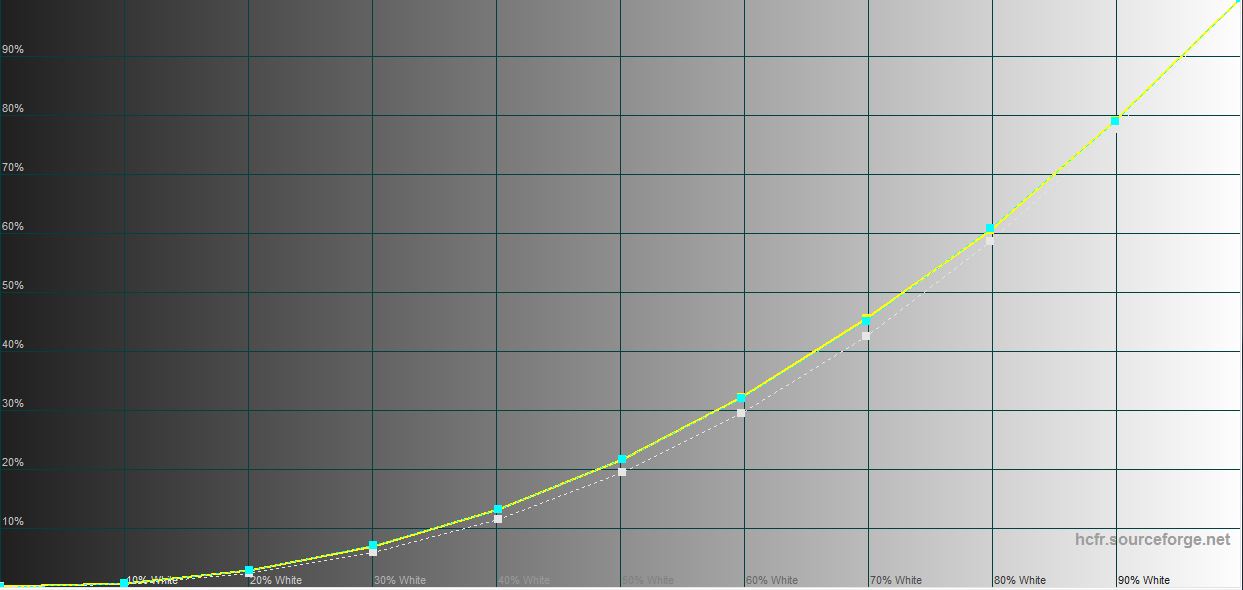
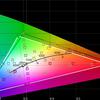
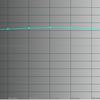
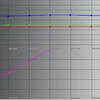
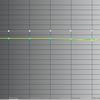

The external display in "saturated" mode demonstrates a very close to the internal color rendering maximum brightness of 729.371 cd/m2.
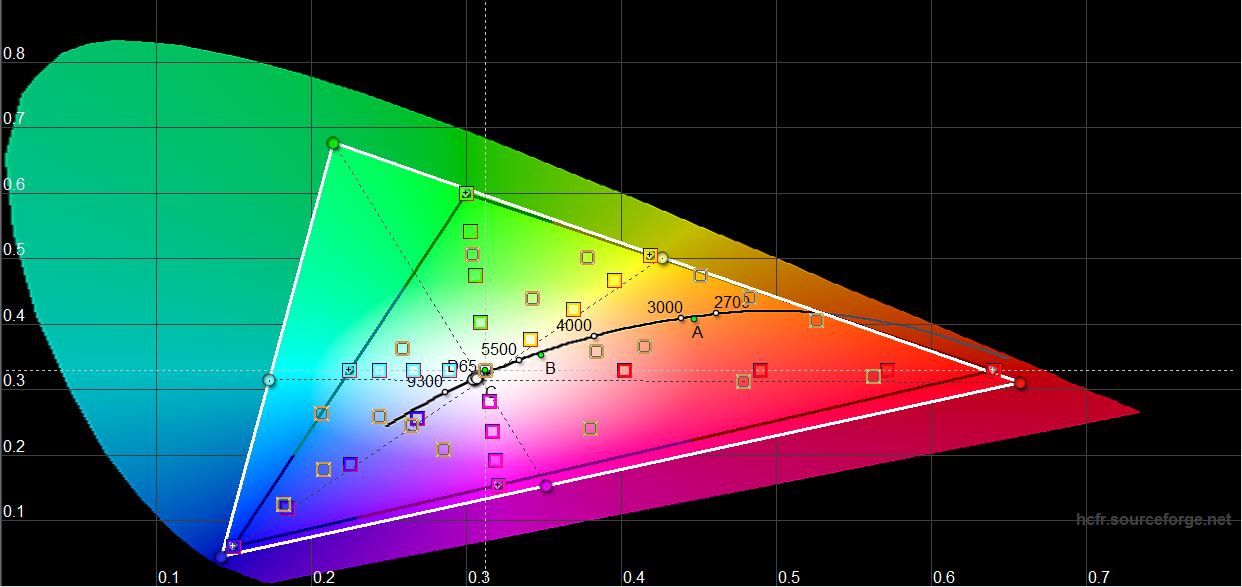
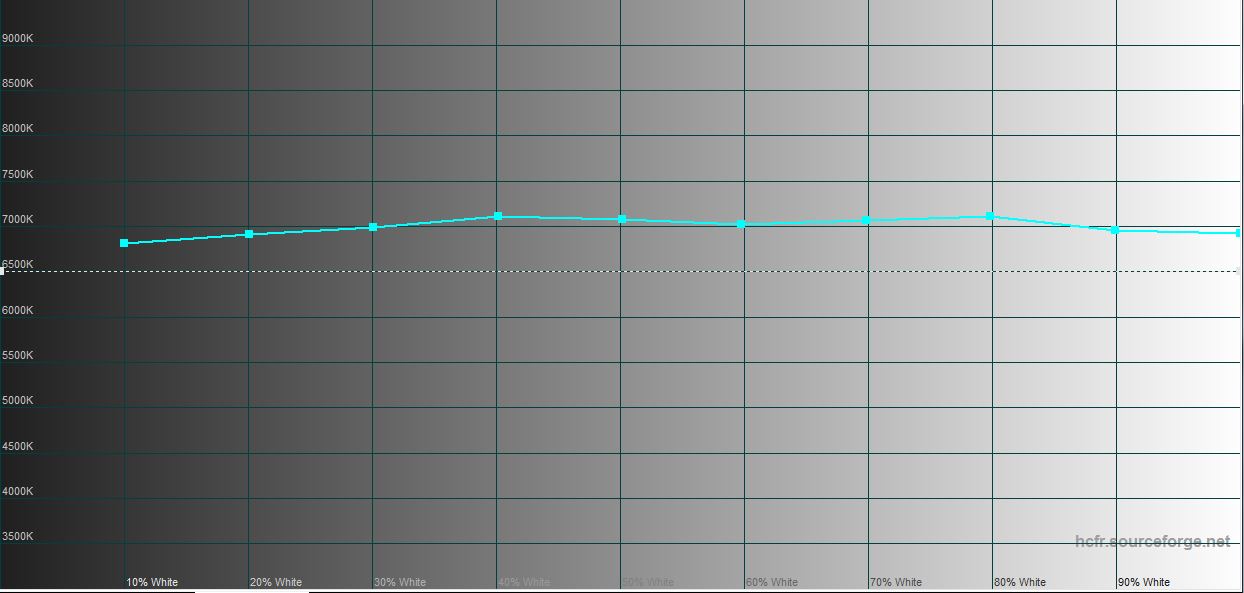
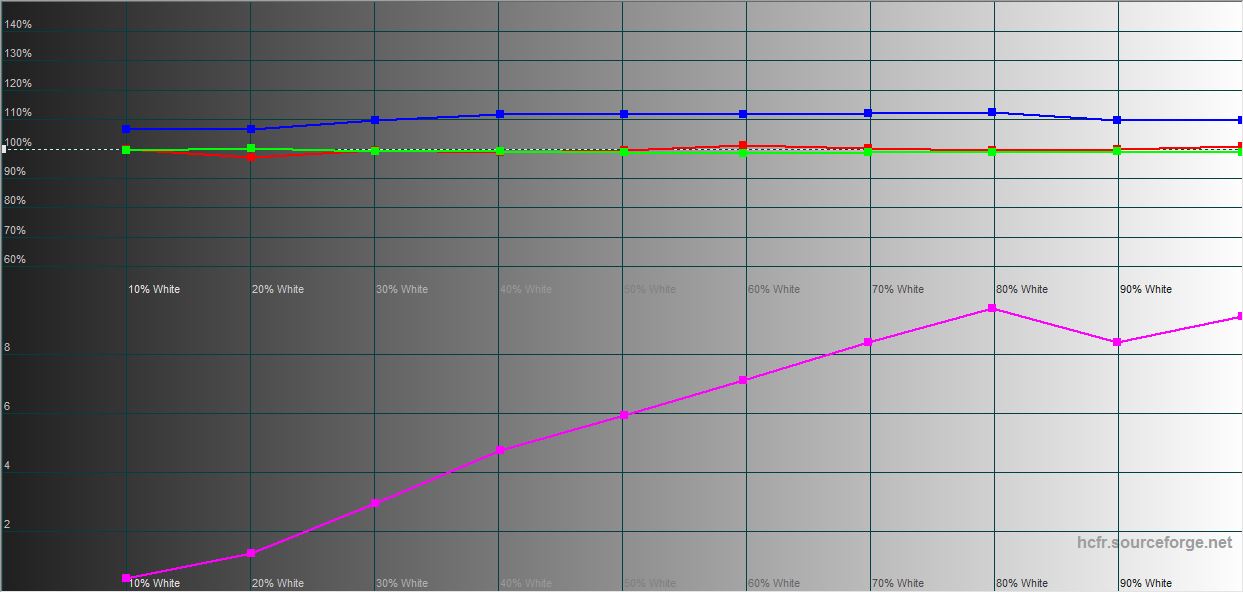
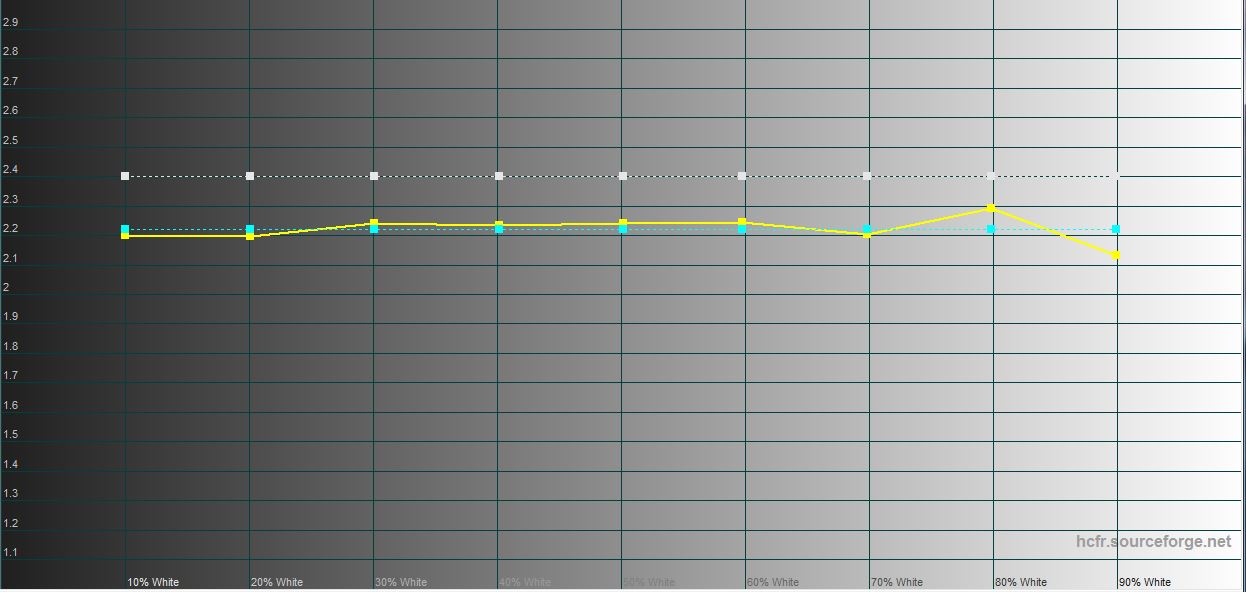

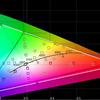
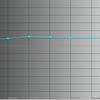
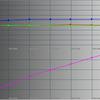
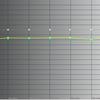

In "natural" mode, the color rendering is close to the corresponding mode of the internal display. But the maximum brightness is significantly lower 664.607 cd/m2. Although in absolute values the indicator is very high.
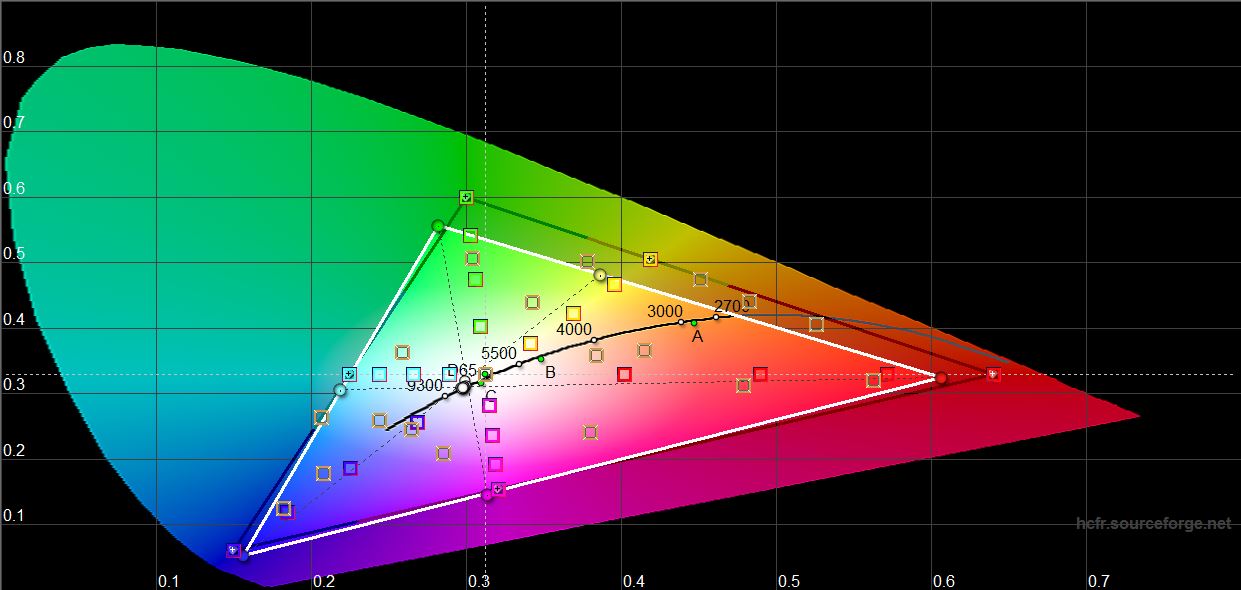
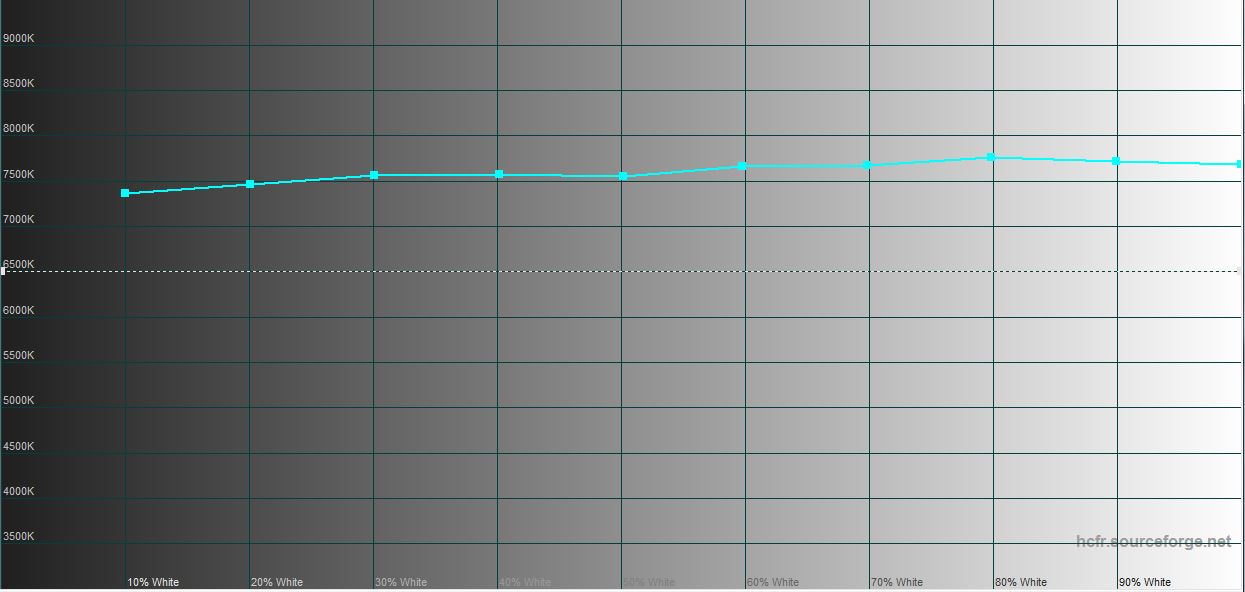
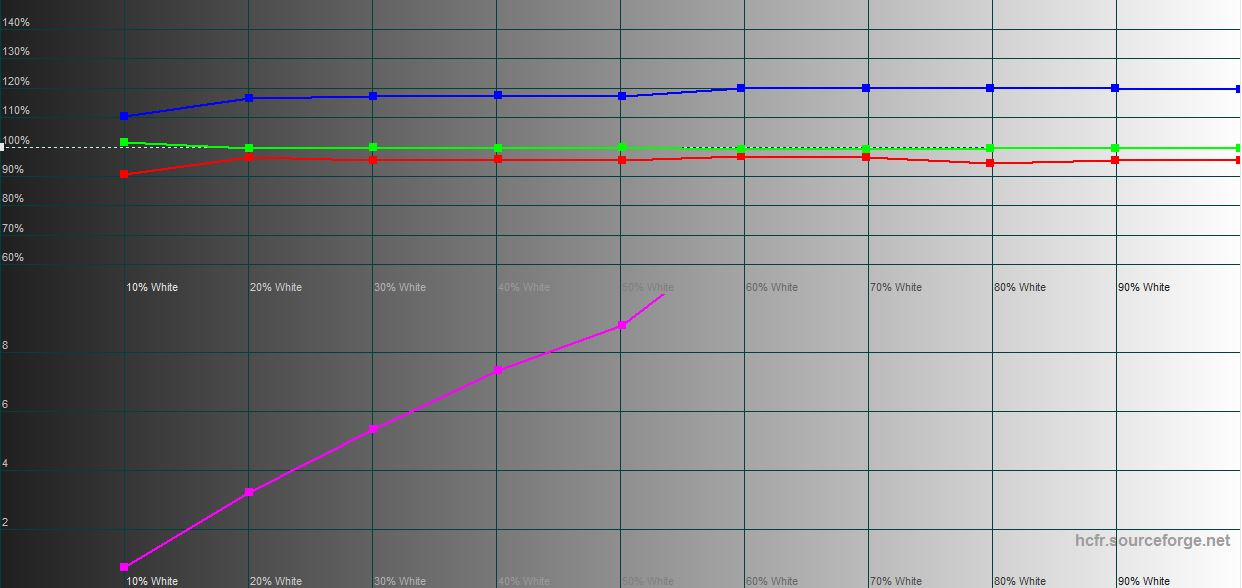
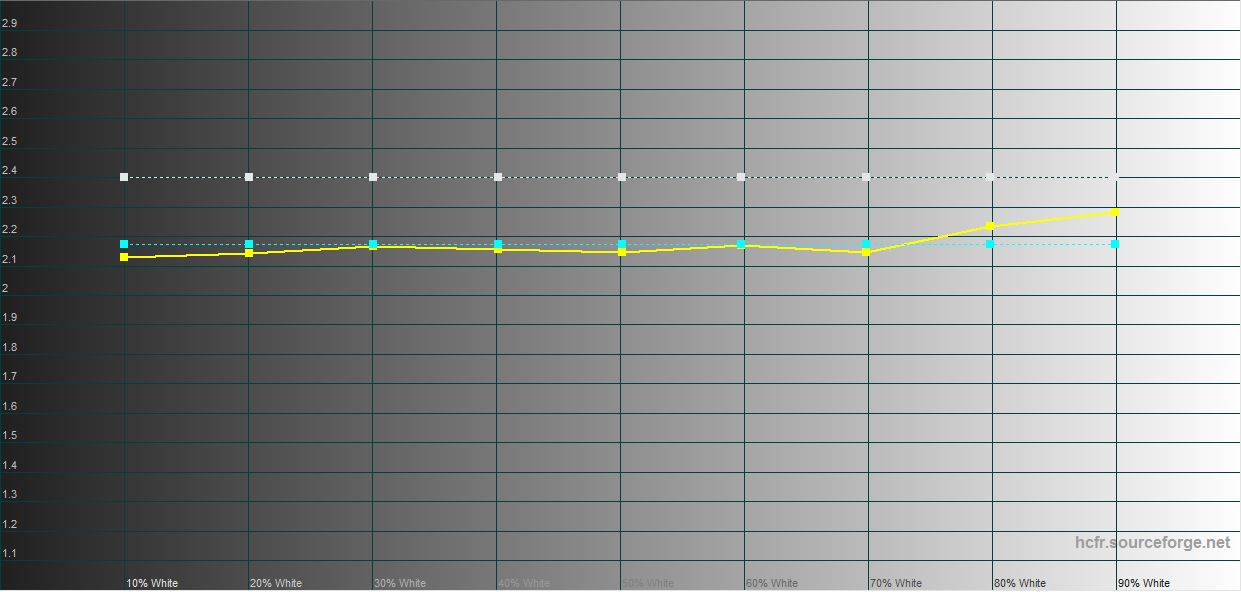
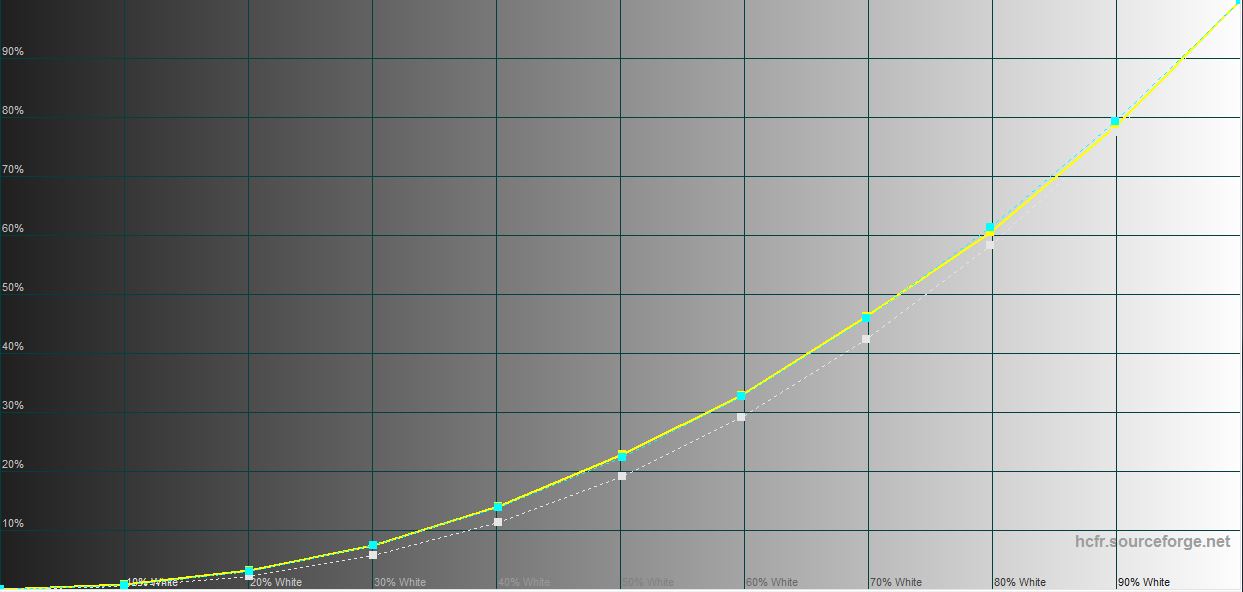
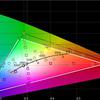
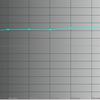

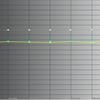

Comparison with other models:
| Device name | White field brightness, cd/m2 |
Black field brightness, cd/m2 |
Contrast |
|---|---|---|---|
| Samsung Galaxy Fold4 external screen | 729.371 | 0 | ∞ |
| Samsung Galaxy Fold4 inner screen | 747.744 | 0 | ∞ |
| Samsung Galaxy Z Fold3 | 479.32 | 0 | ∞ |
| Xiaomi 11T Pro | 493.872 | 0 | ∞ |
| ASUS ROG Phone 5 | 482.347 | 0 | ∞ |
| Samsung Galaxy S21+ | 437.906 | 0 | ∞ |
| Sony Xperia 1 | 394.97 | 0 | ∞ |
| Huawei P30 Pro | 447.247 | 0 | ∞ |
What are the Unlock Methods?
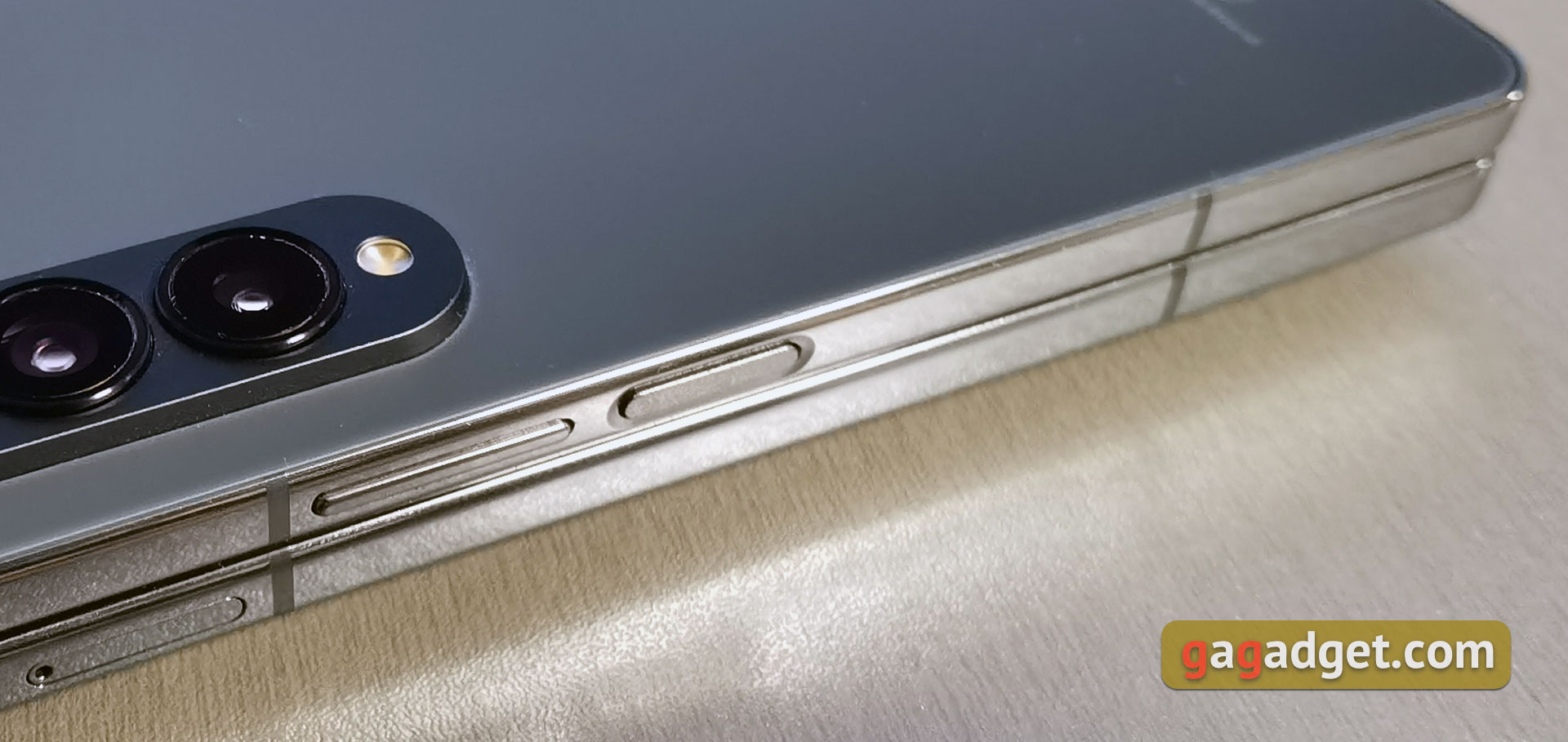
There are no changes to the biometric security features of the smartphone. A set of fingerprint sensor and face recognition by the front camera. The fingerprint scanner is combined with the power button and is located on the side. It works instantly and accurately, the height of its position is quite comfortable for both right and left hands. Additionally, it can be used to call the curtain. Face recognition is also standard. The front camera is used. Of the additional features, it is possible to enable auto-increase display brightness for better performance in low light. And also a function in which the face will not be recognized with closed eyes.
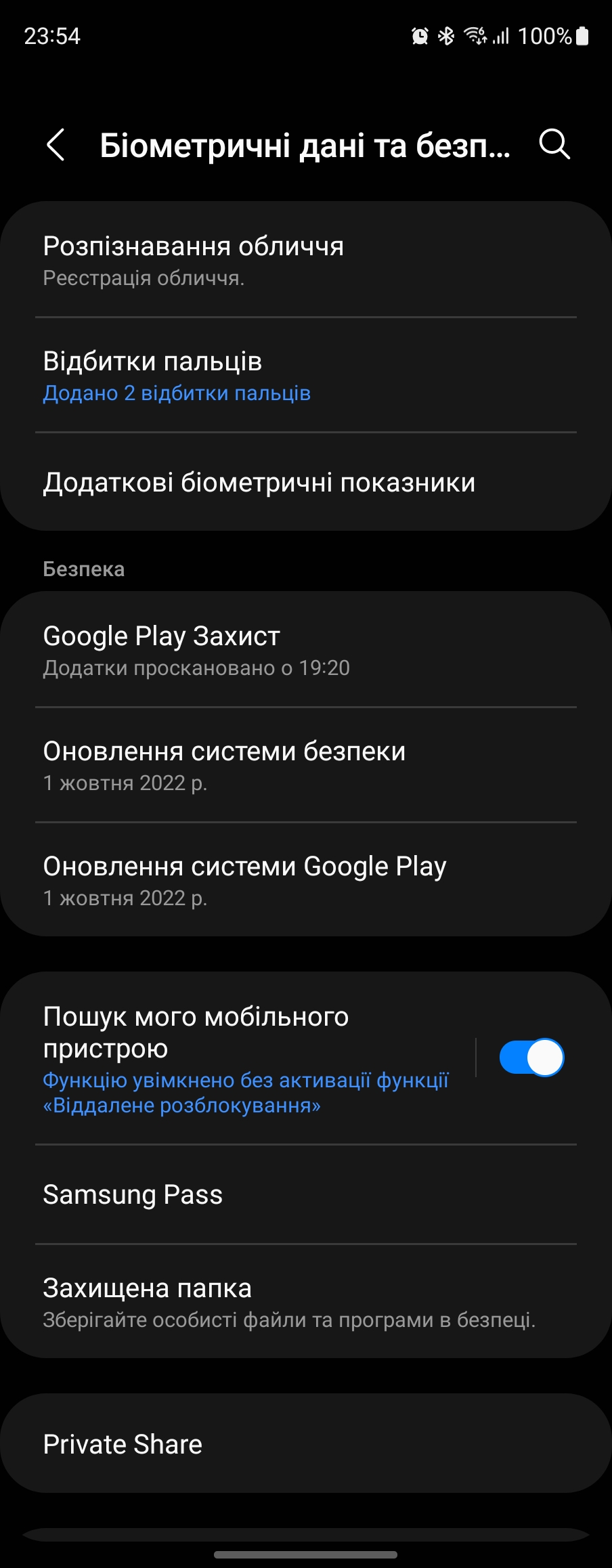
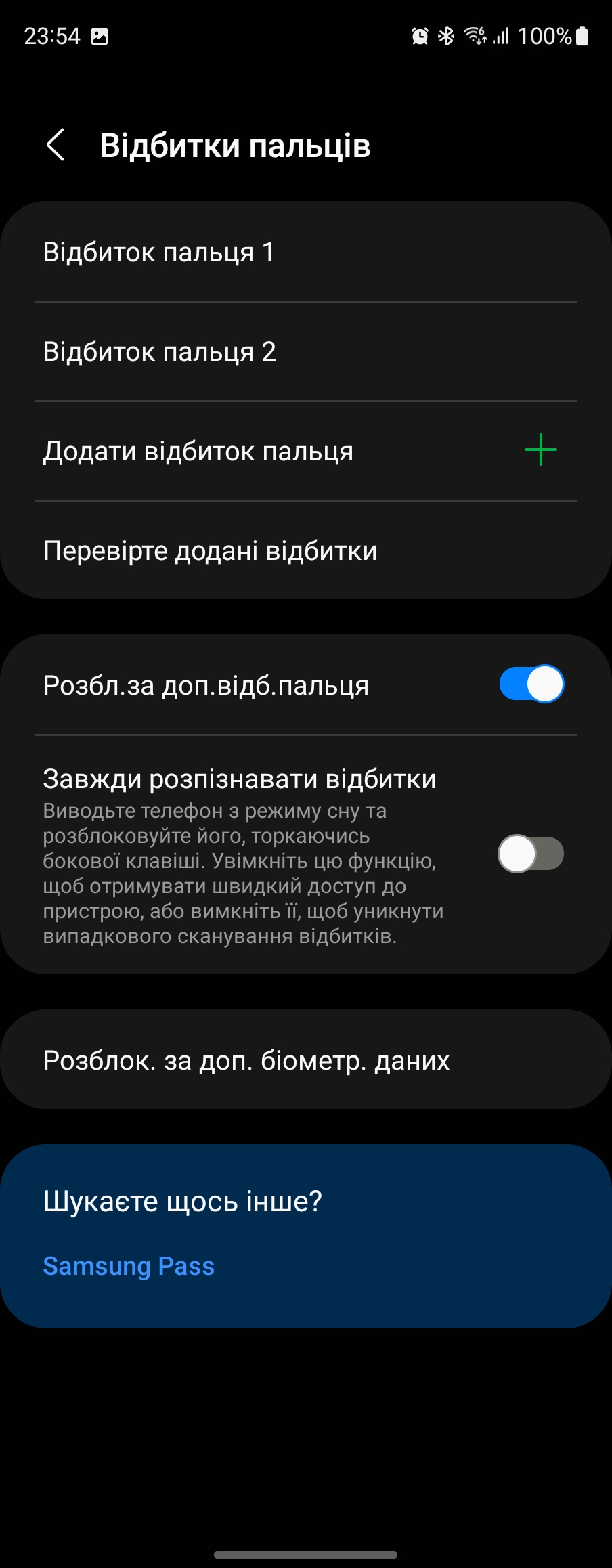
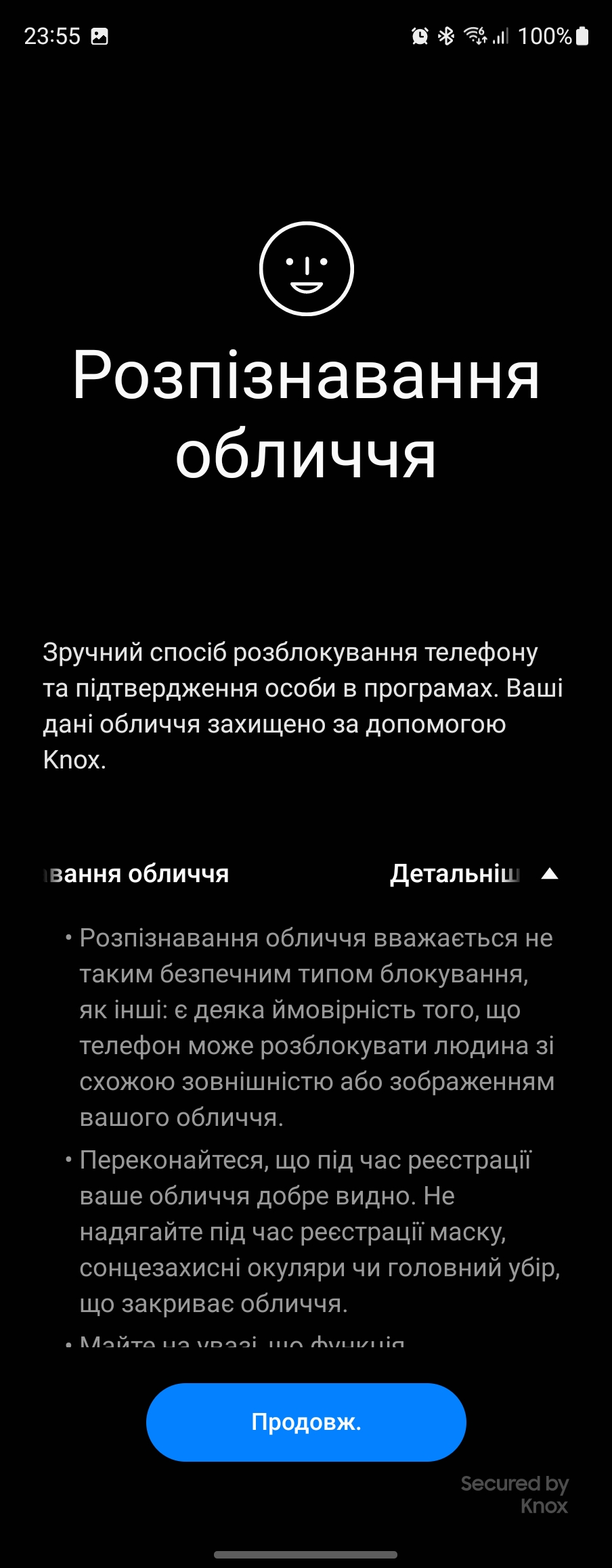
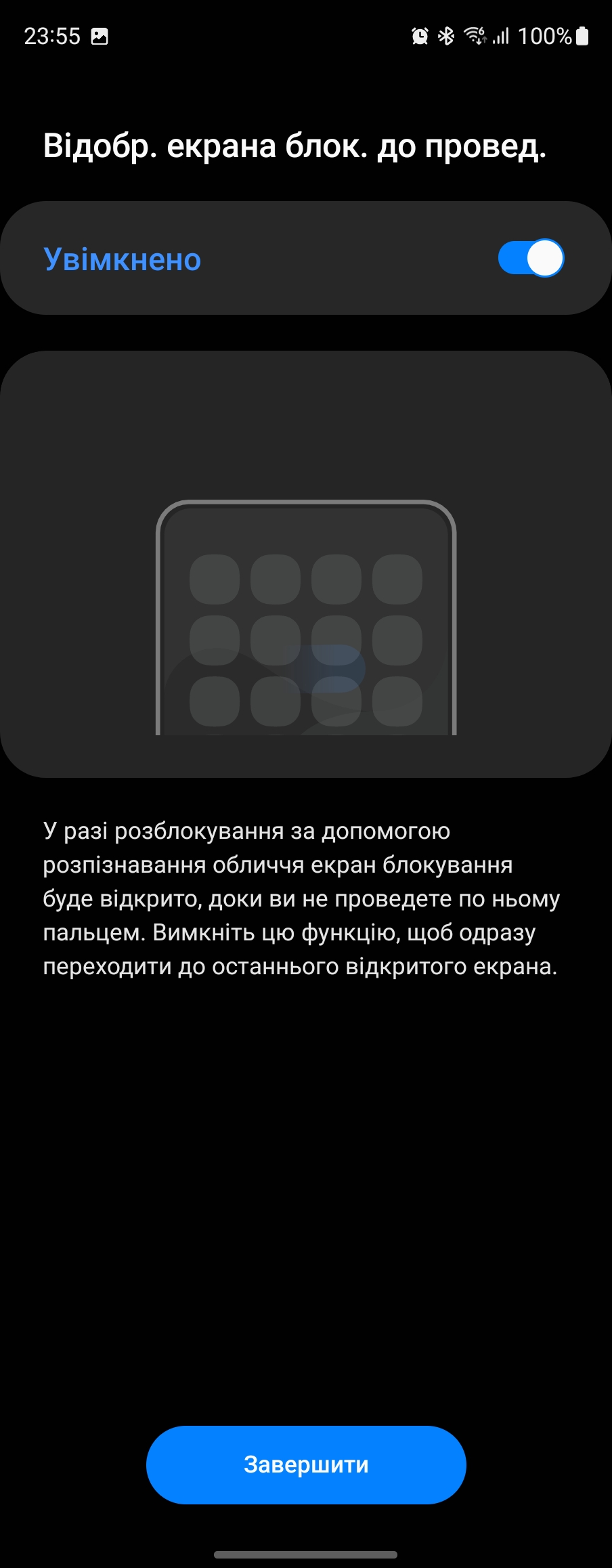
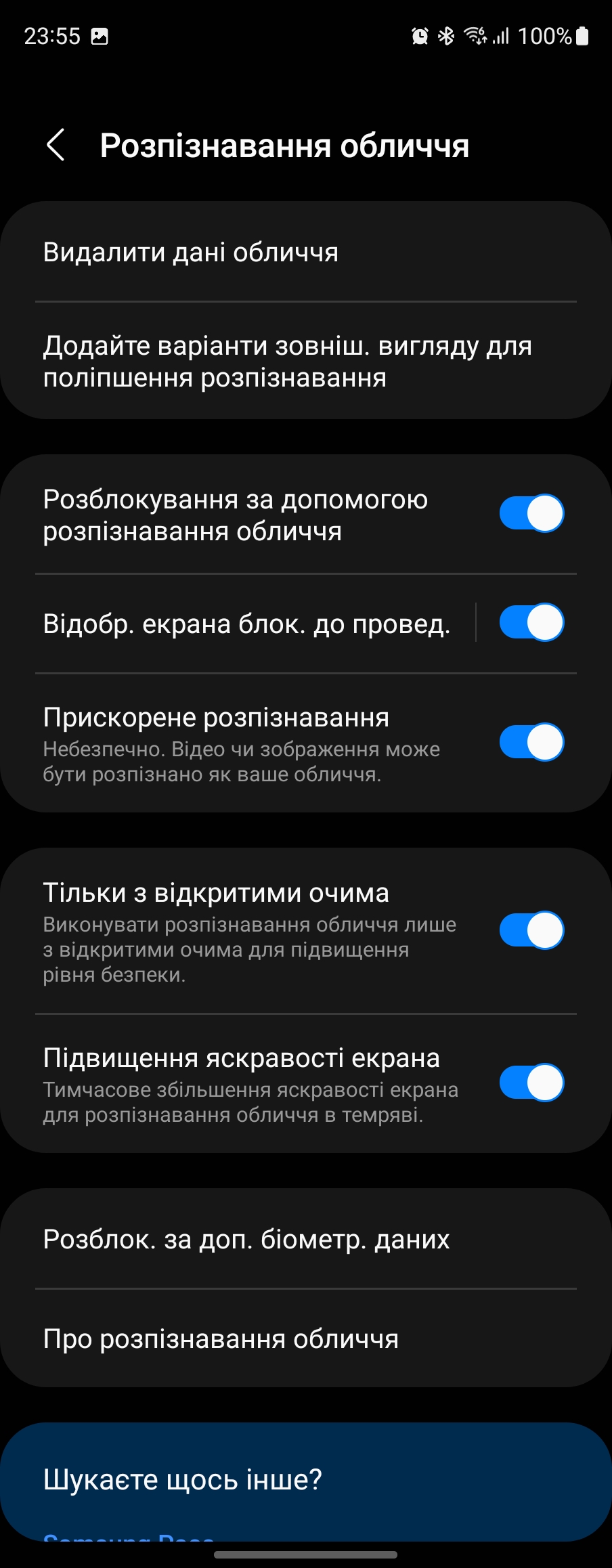
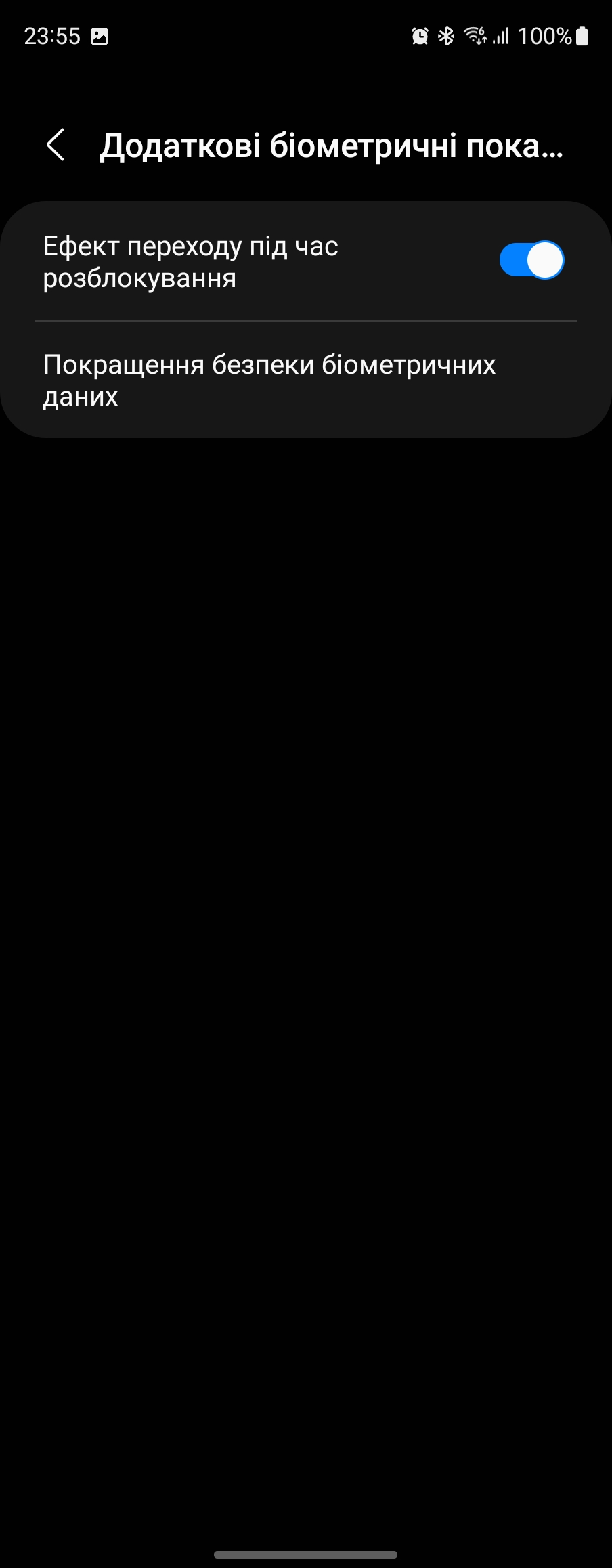
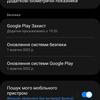
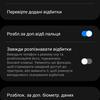

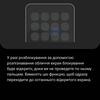


Performance, Memory, Sound and Battery Life?
Samsung Galaxy Fold4 and Flip4 are available exclusively in versions with the flagship Qualcomm processor. No Exynos. So in this case, the most current top-end 64-bit octa-core 4nm Qualcomm Snapdragon 8+ Gen 1 processor is used, which includes 1 high-performance ARM Cortex-X2 core with a frequency of 3.19 GHz, 3xCortex-A710 at 2.75 GHz and 4 energy-efficient Cortex-A510 at 1.8 GHz. Adreno 730 graphics accelerator. RAM 12 GB LPDDR5 with the possibility of expansion through internal storage. Which can be 256, 512 GB, or 1 TB, type UFS 3.1. So at the moment it is one of the most productive smartphones available. This is confirmed by benchmarks. So do not worry that the smartphone may not "pull" any game. And especially the application is not worth it.
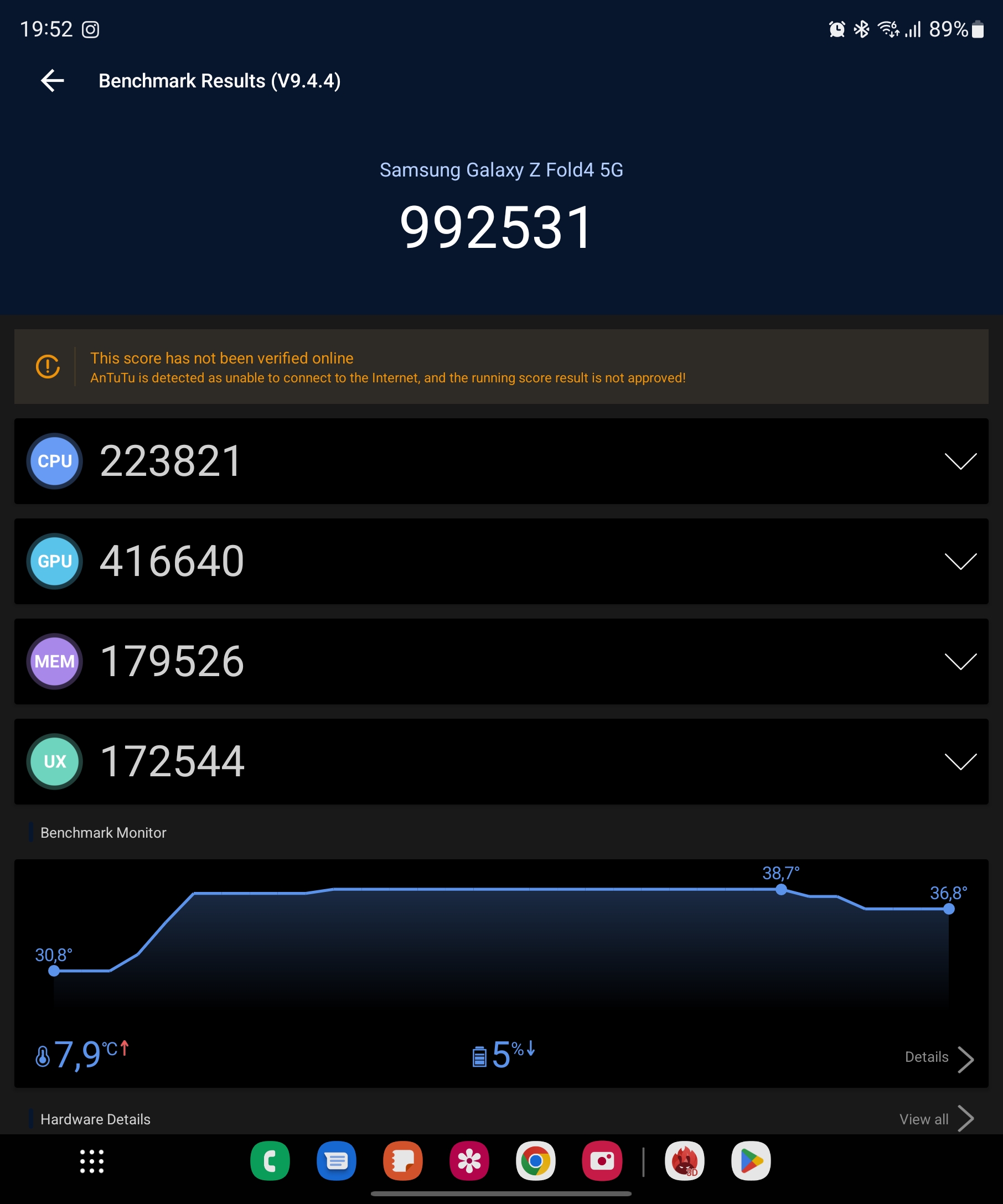
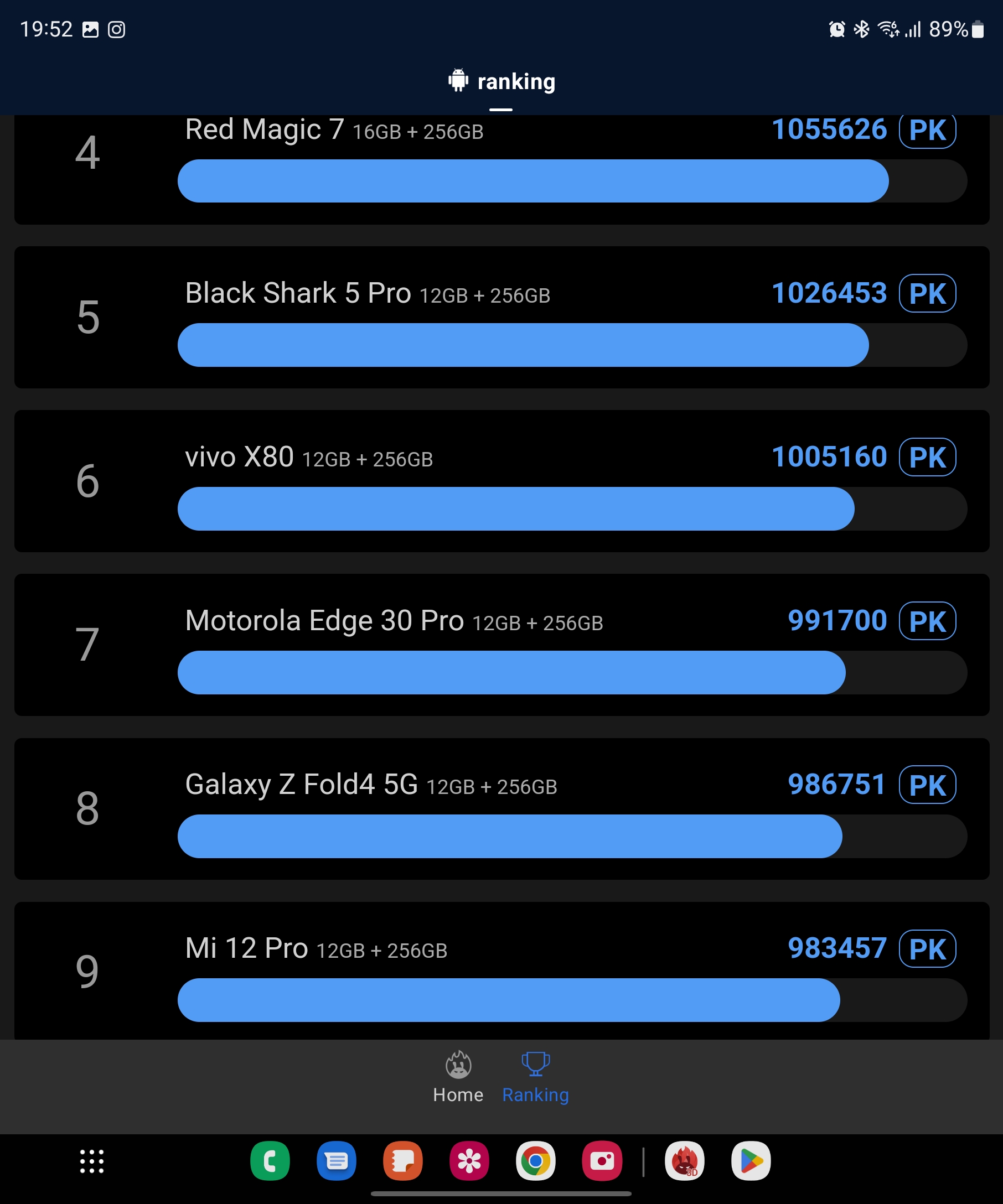
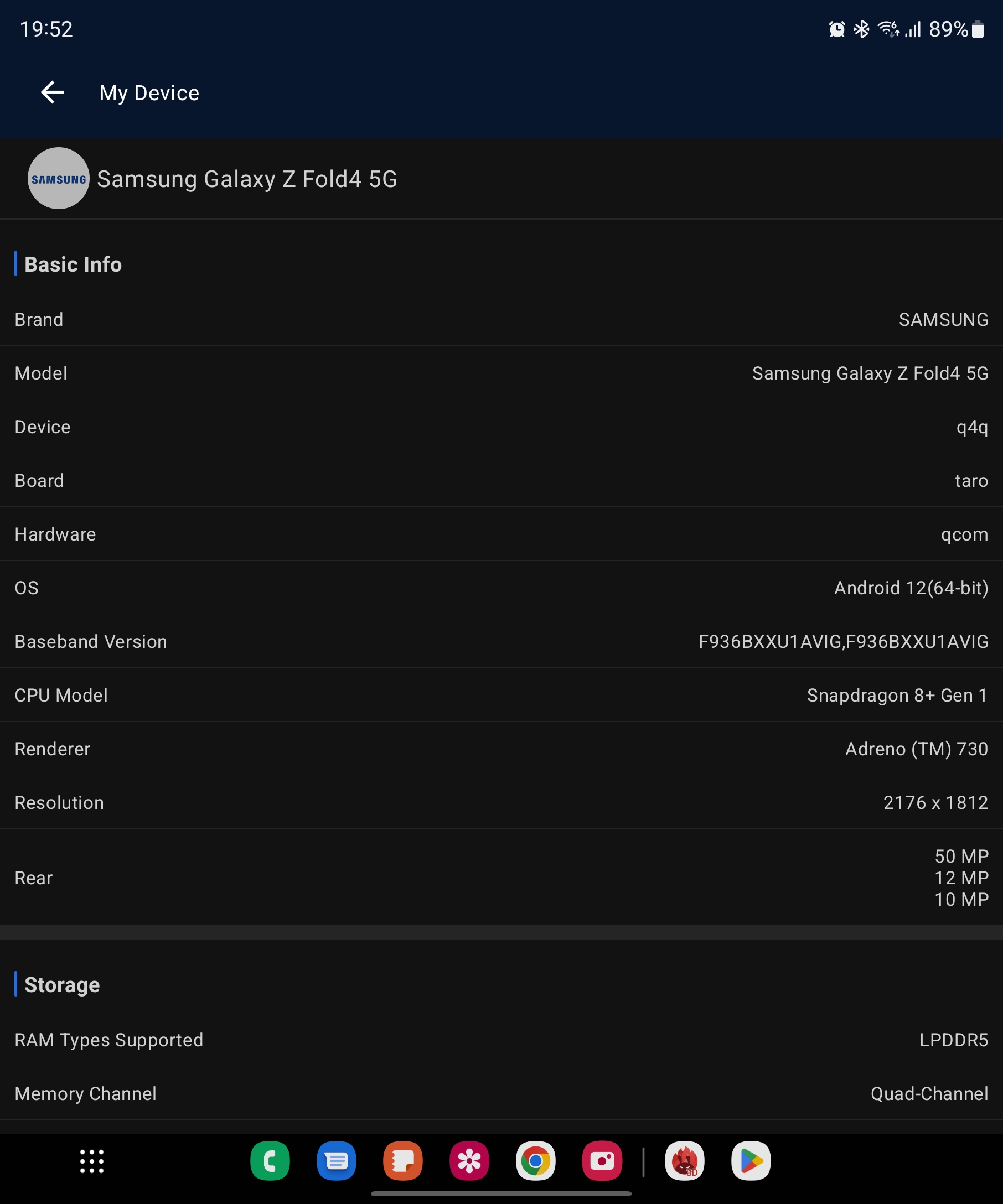
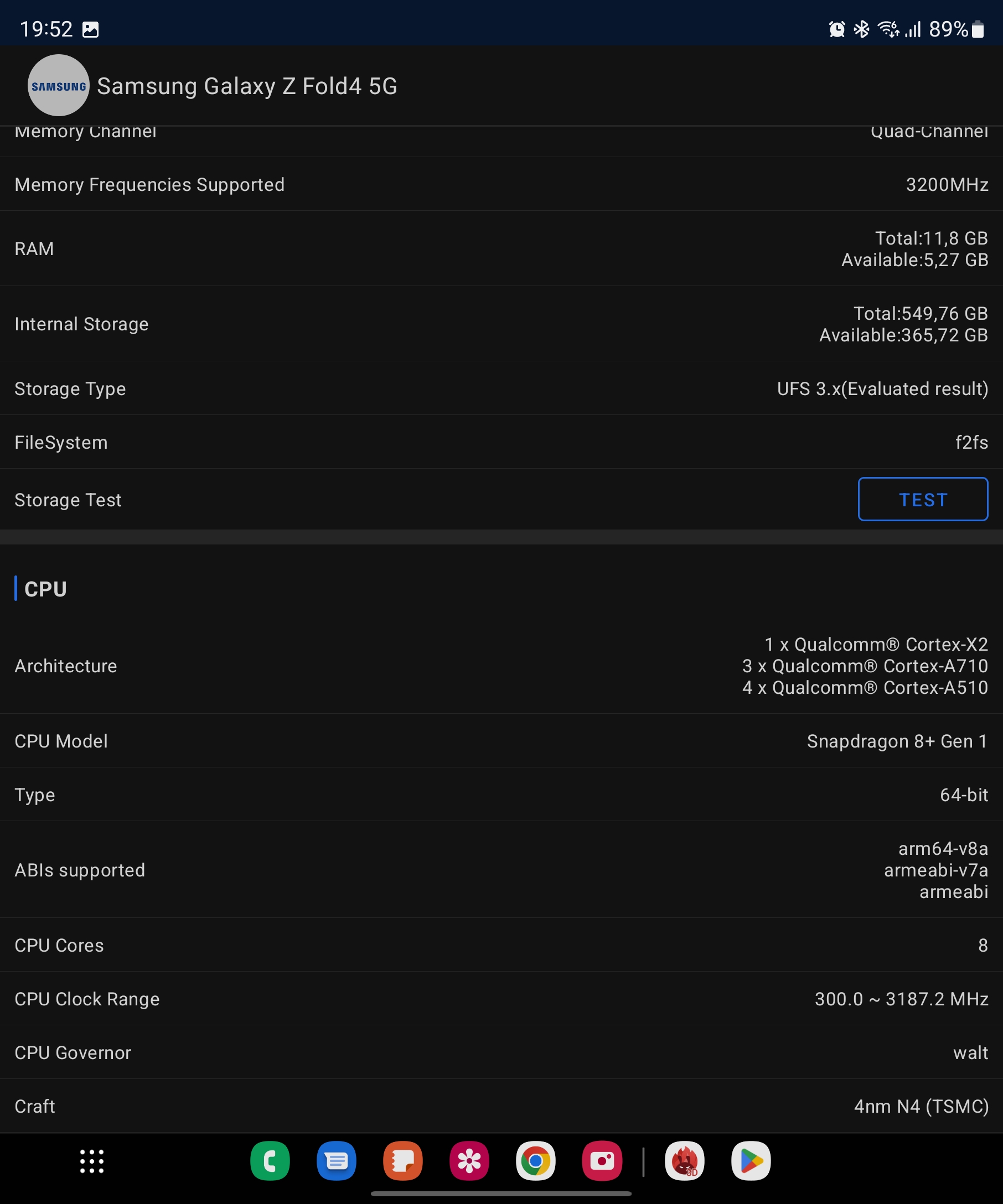

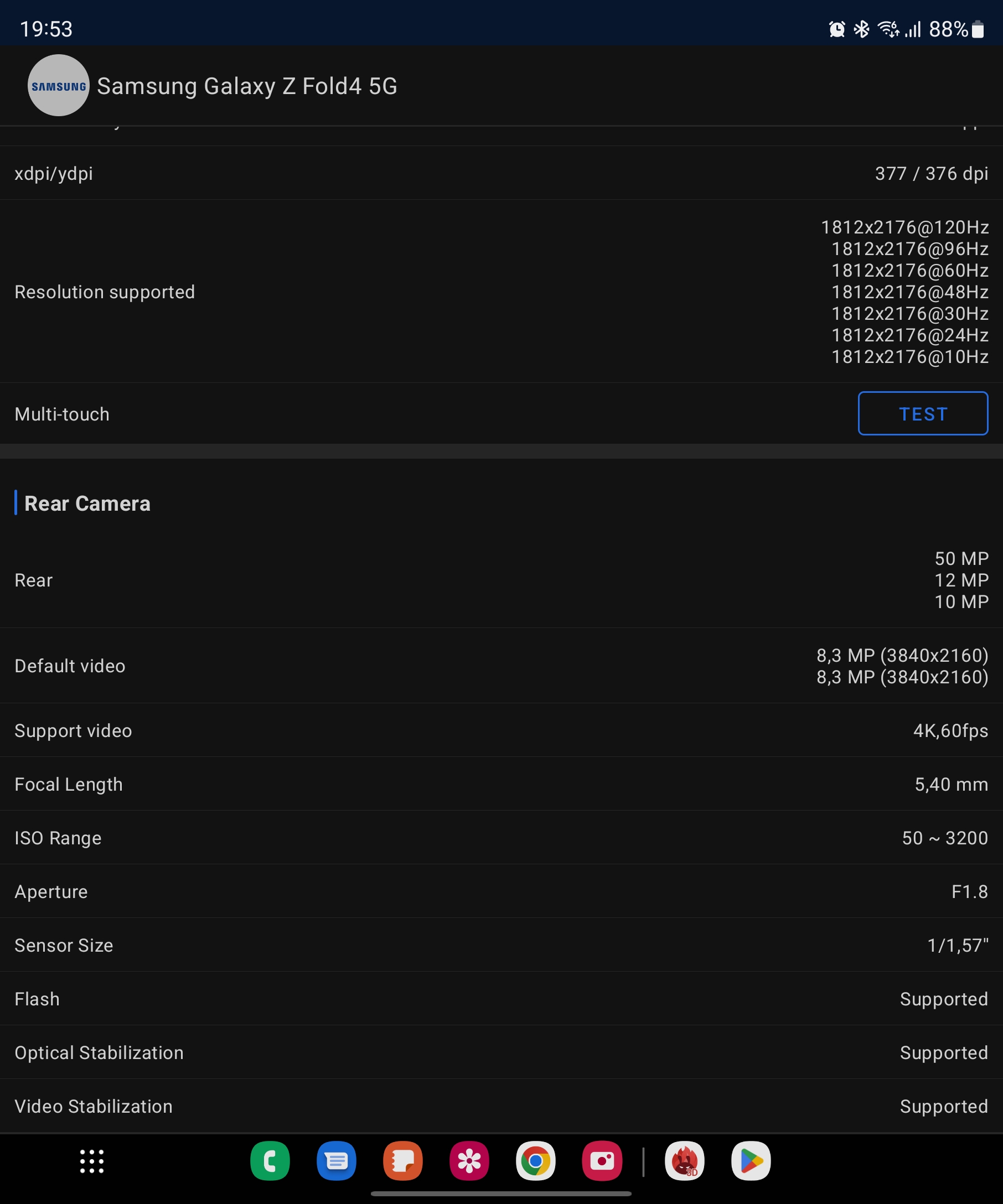
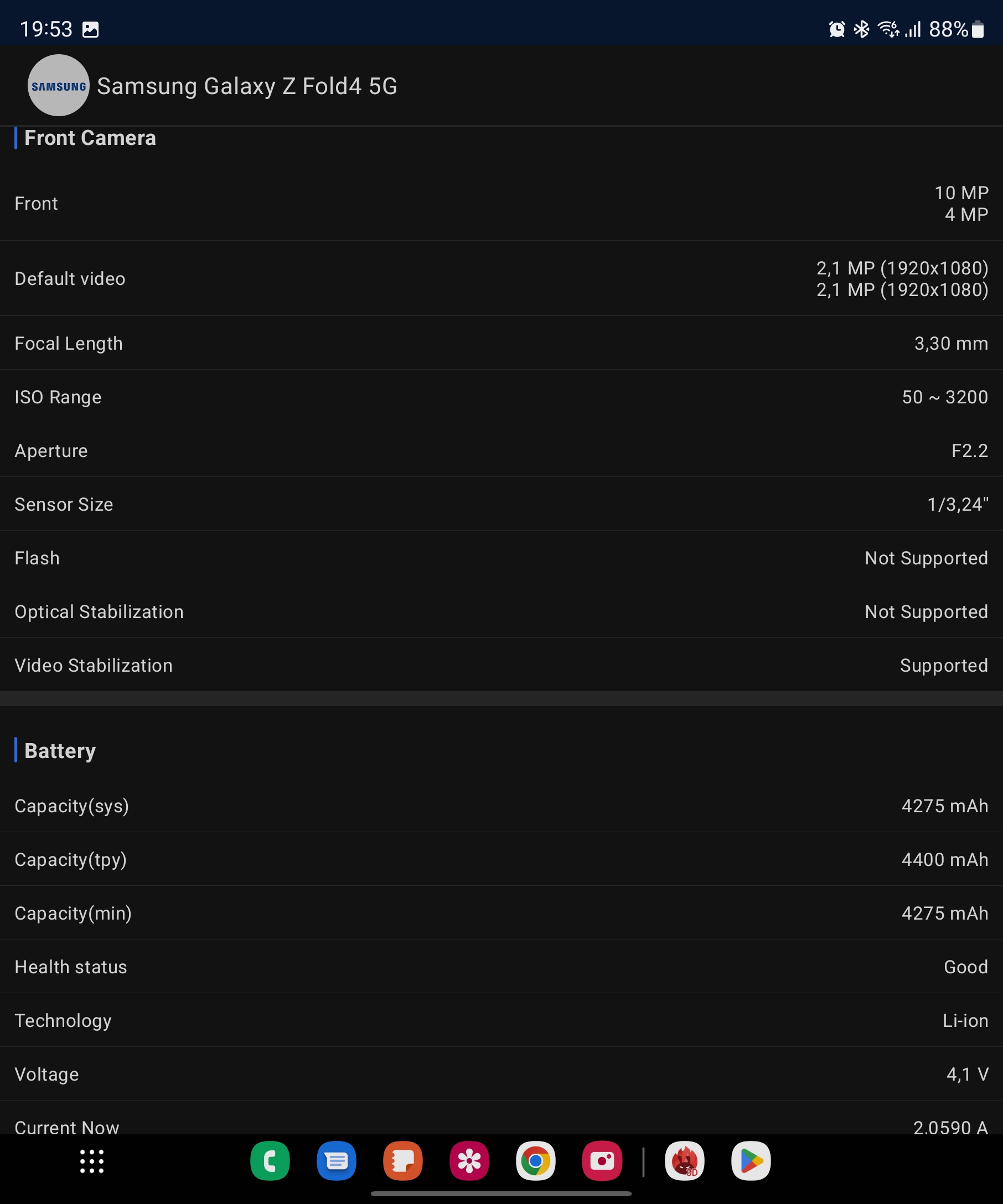
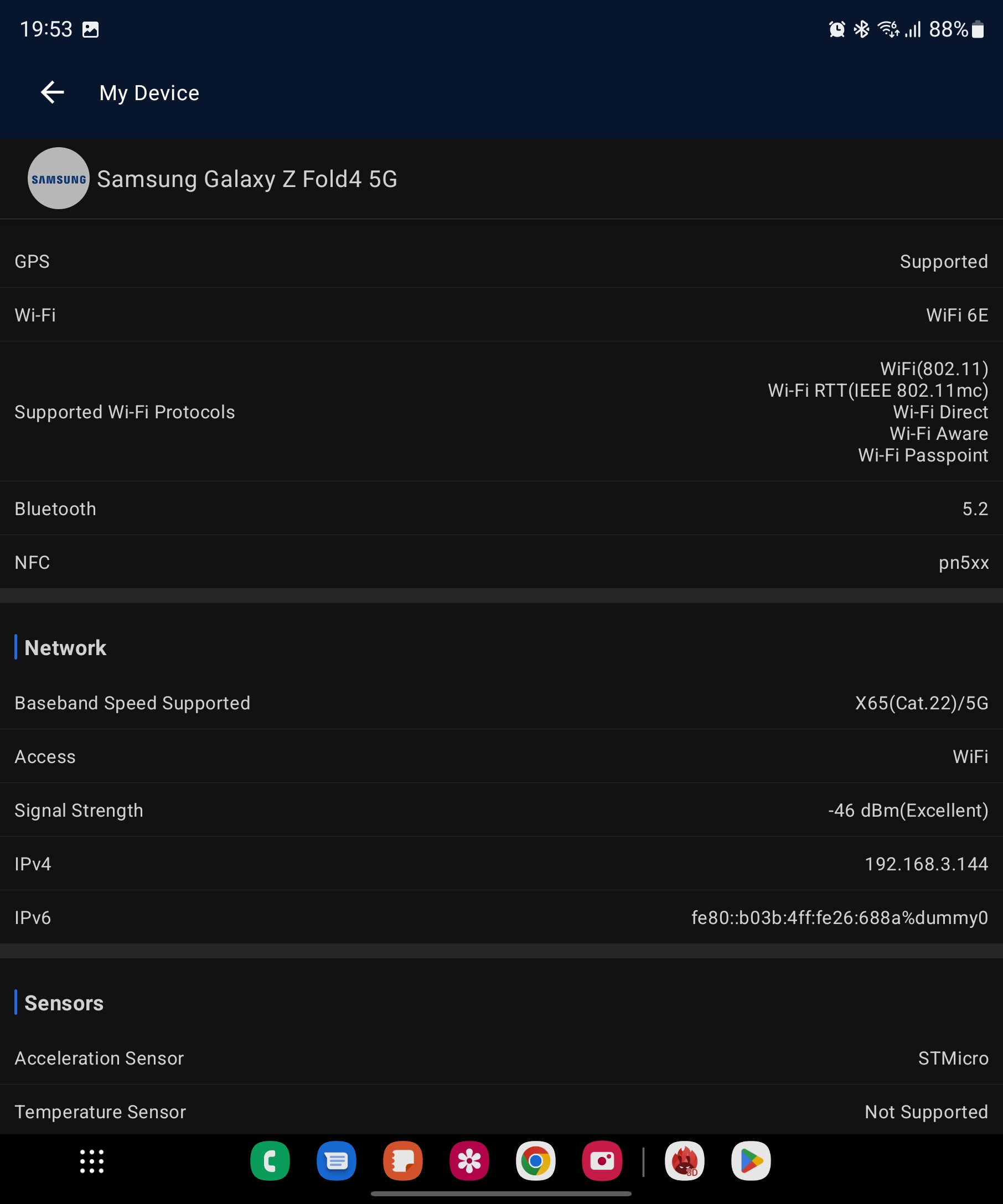
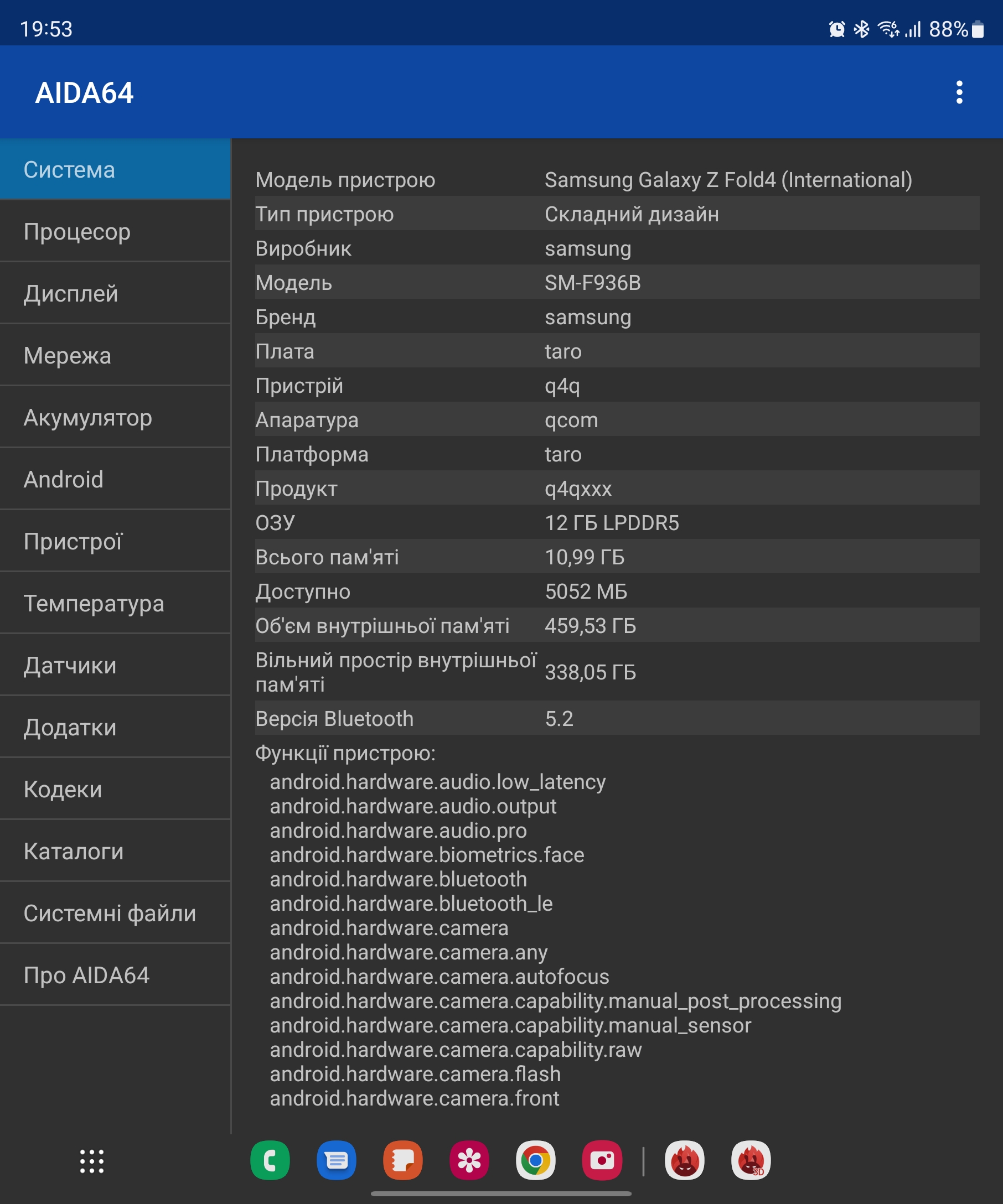
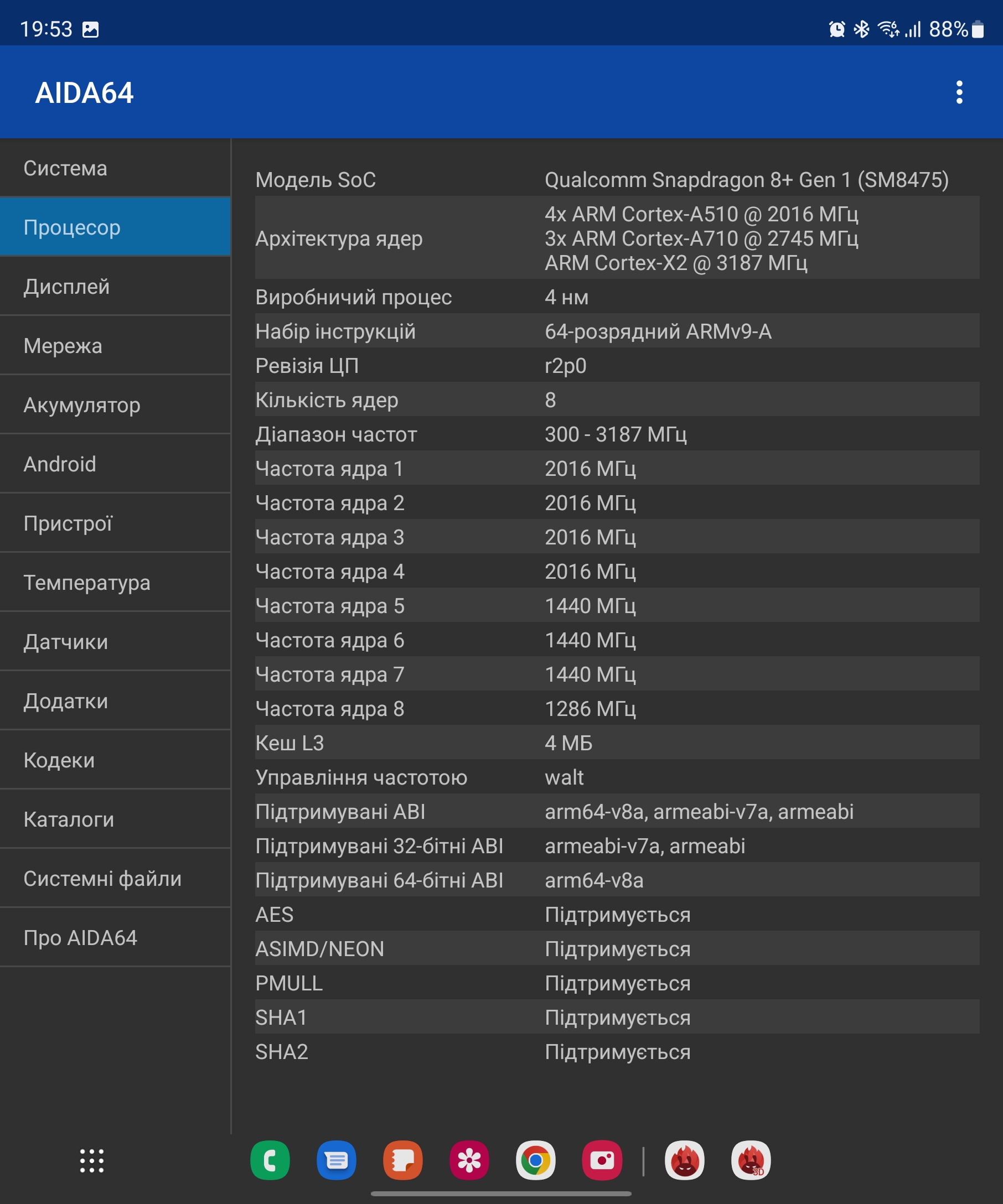
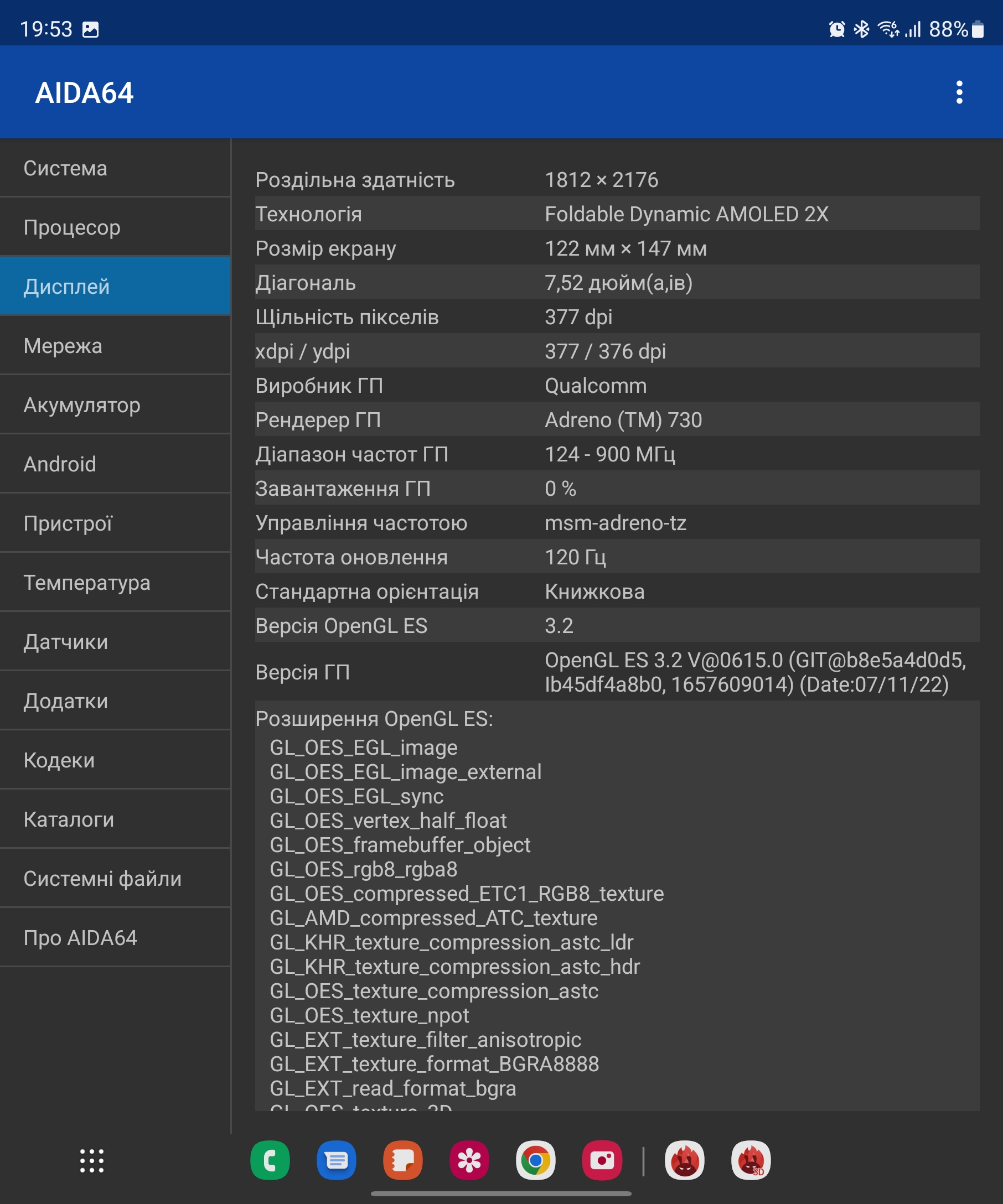
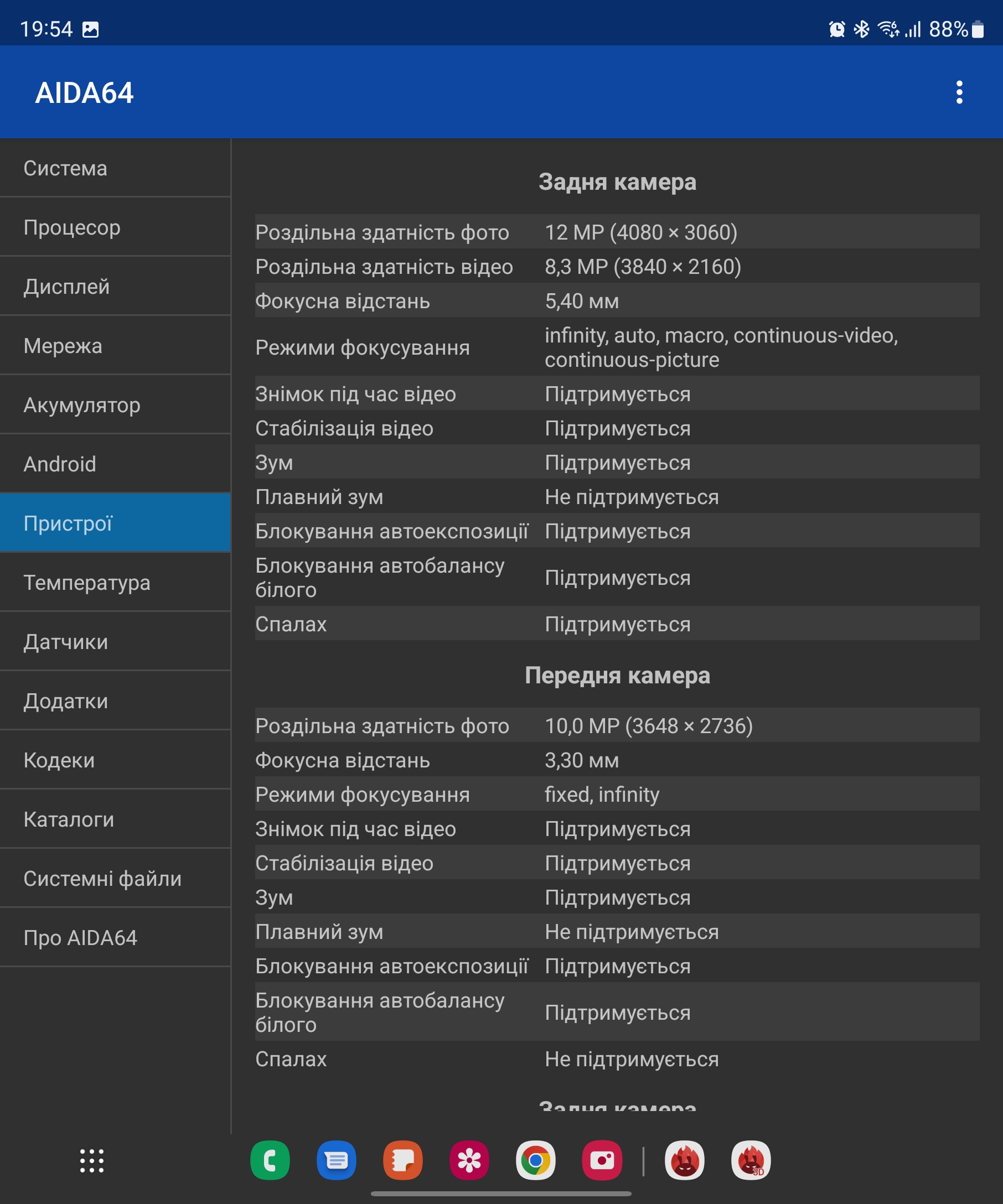
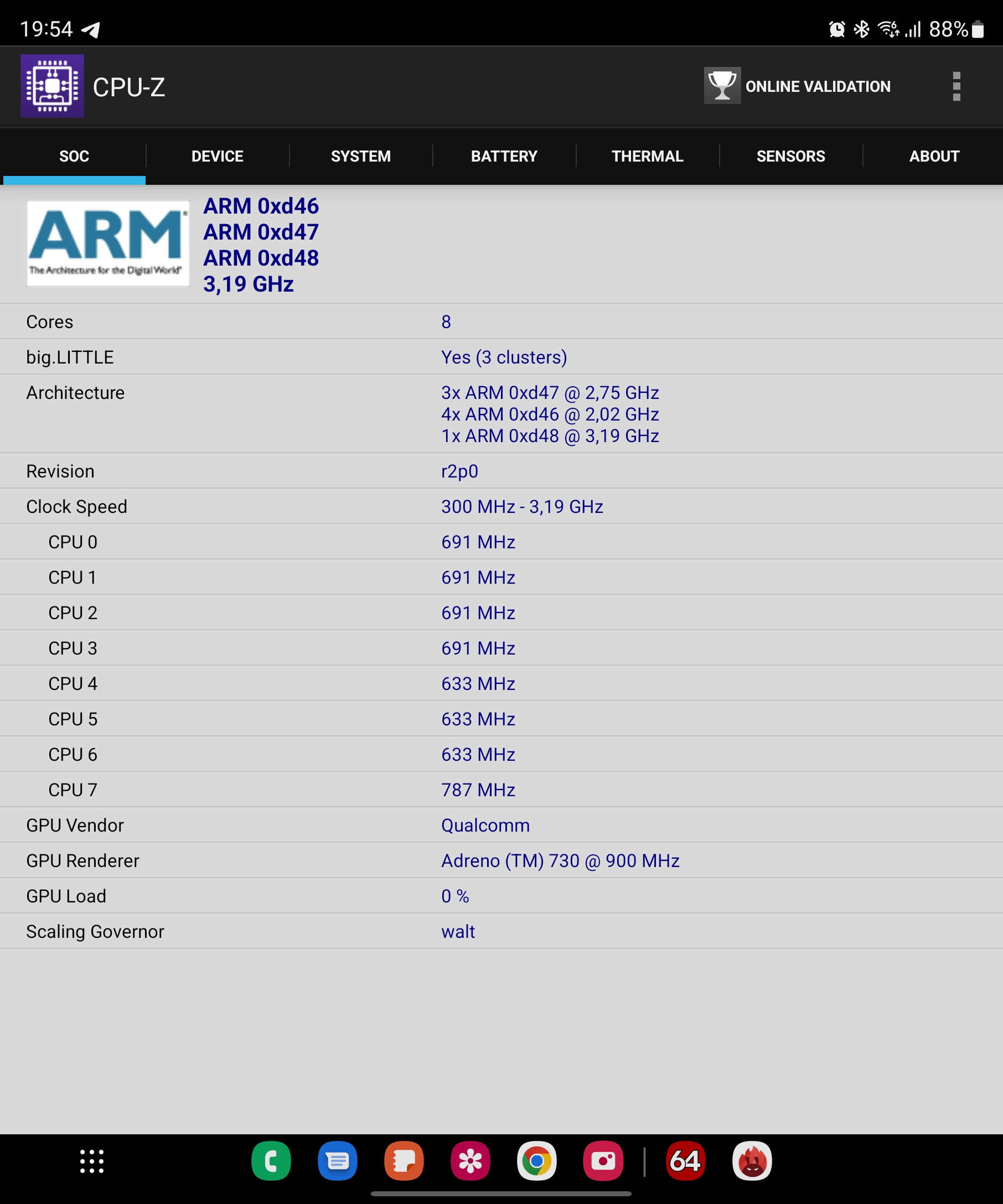
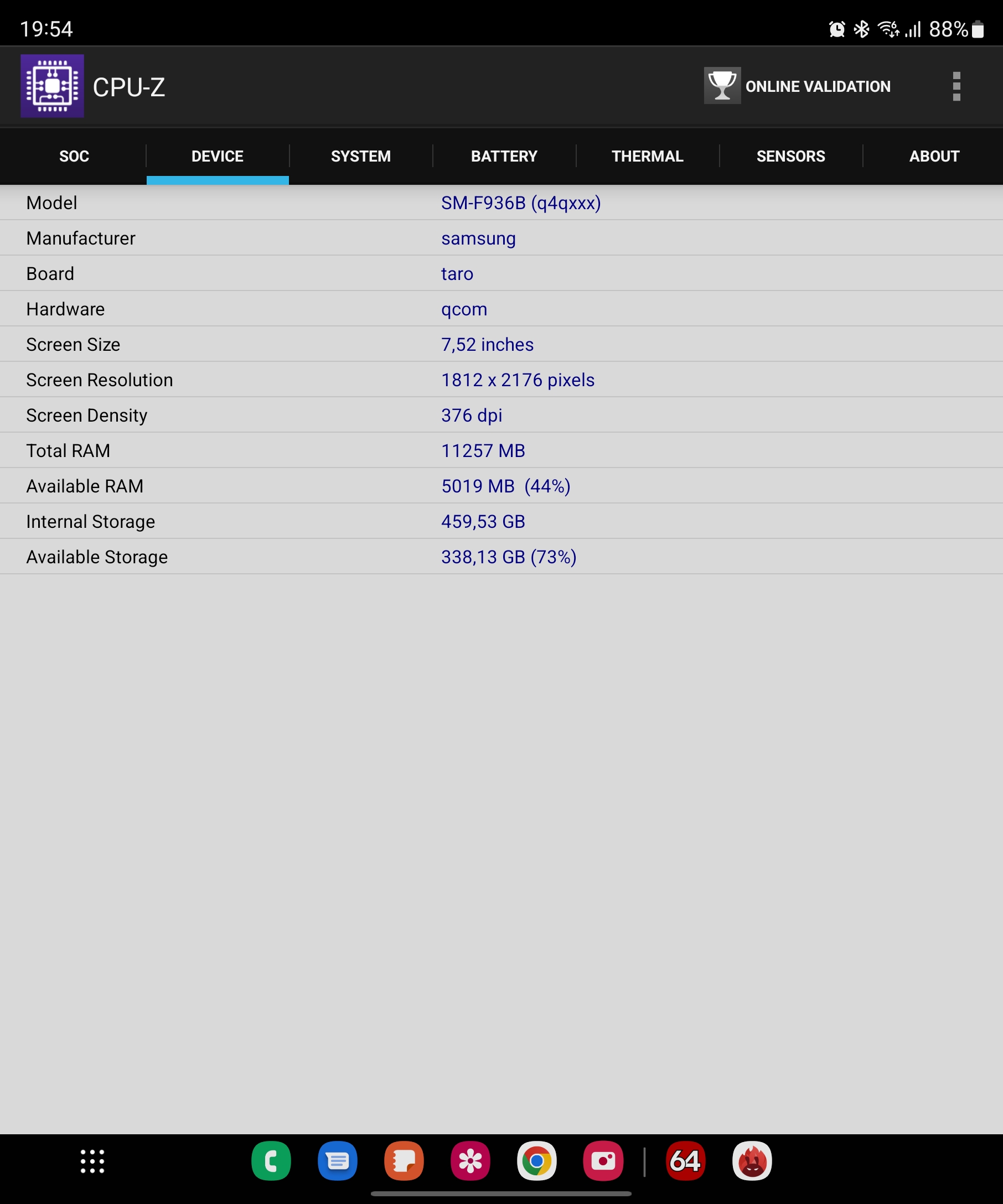
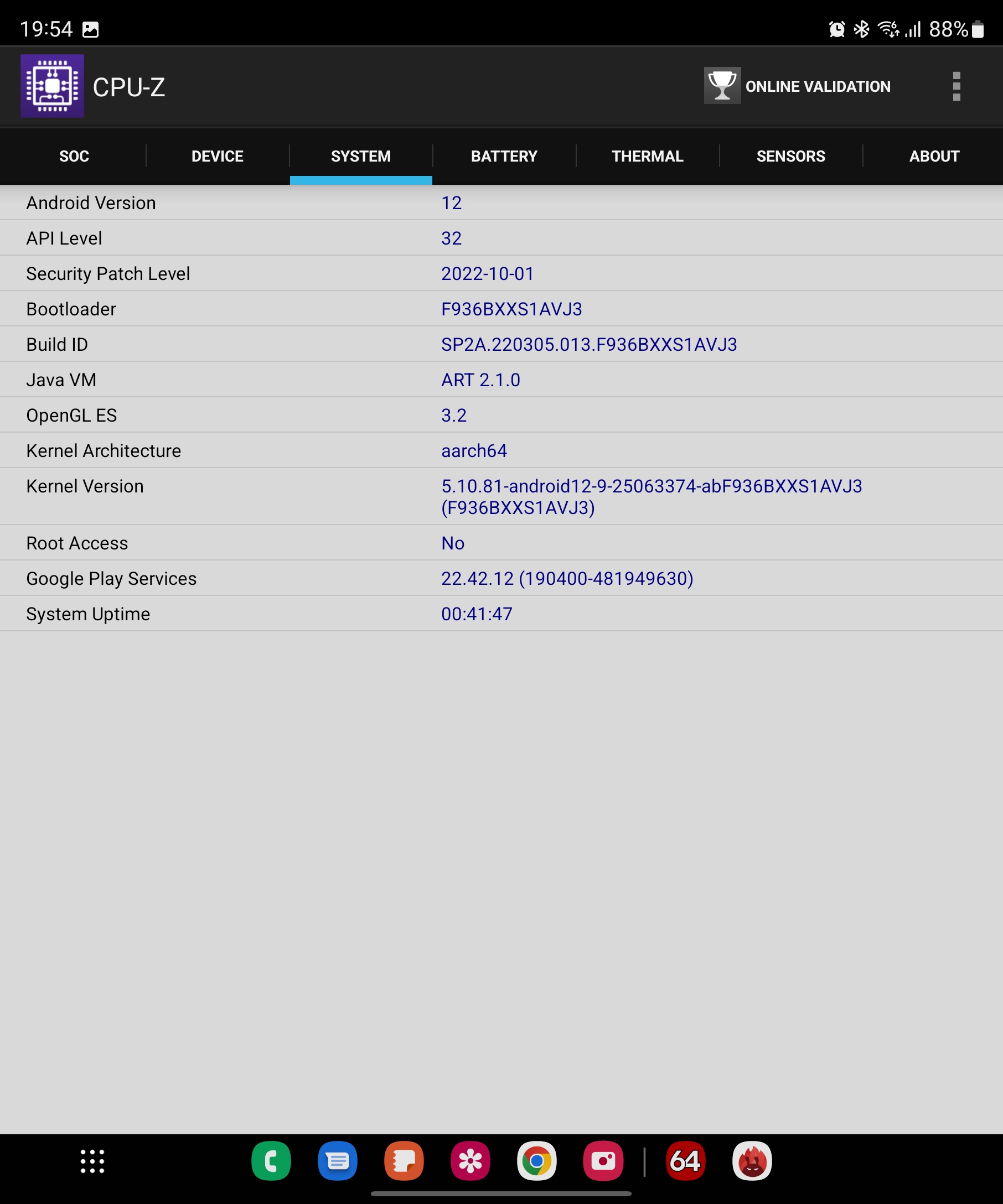
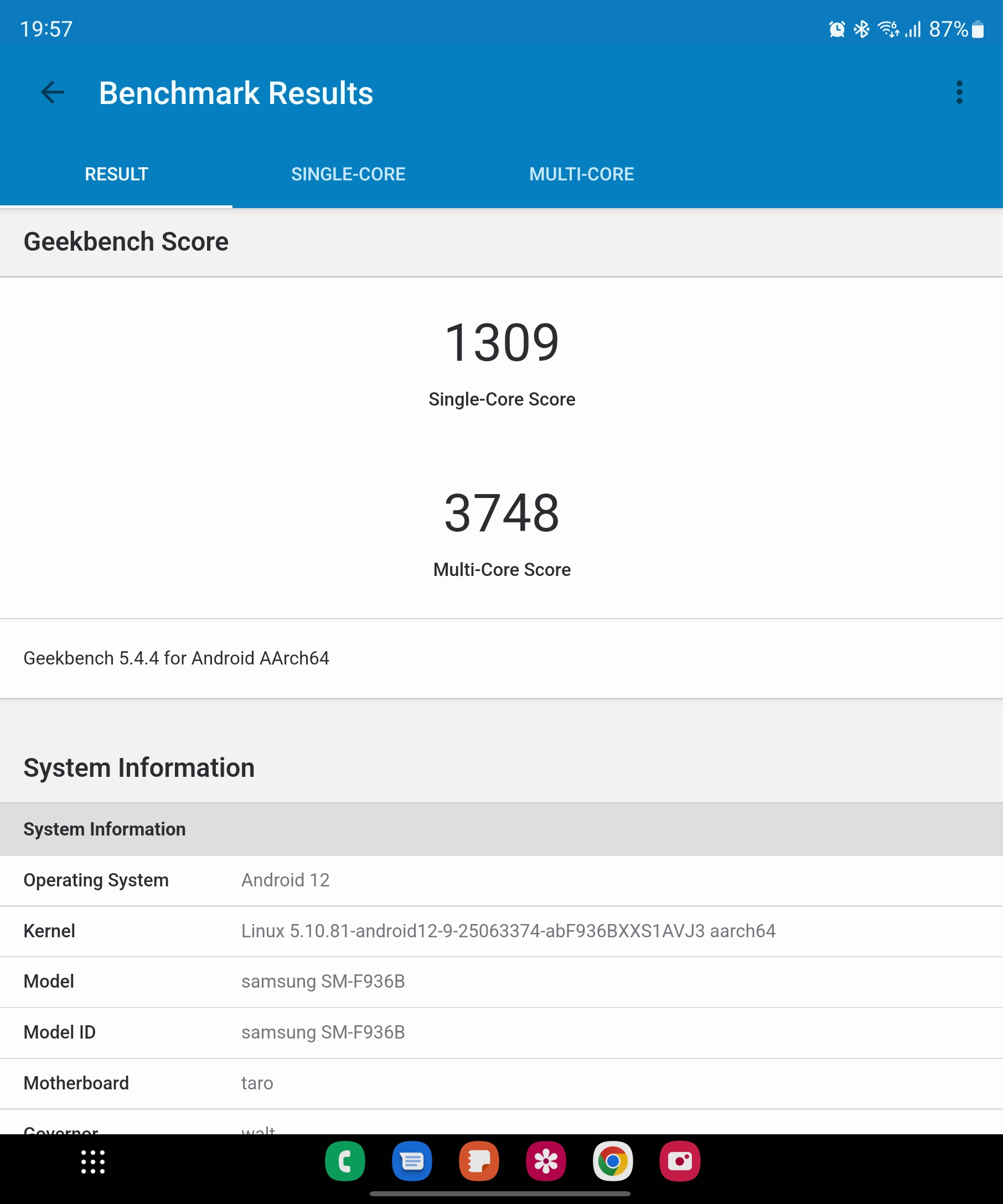
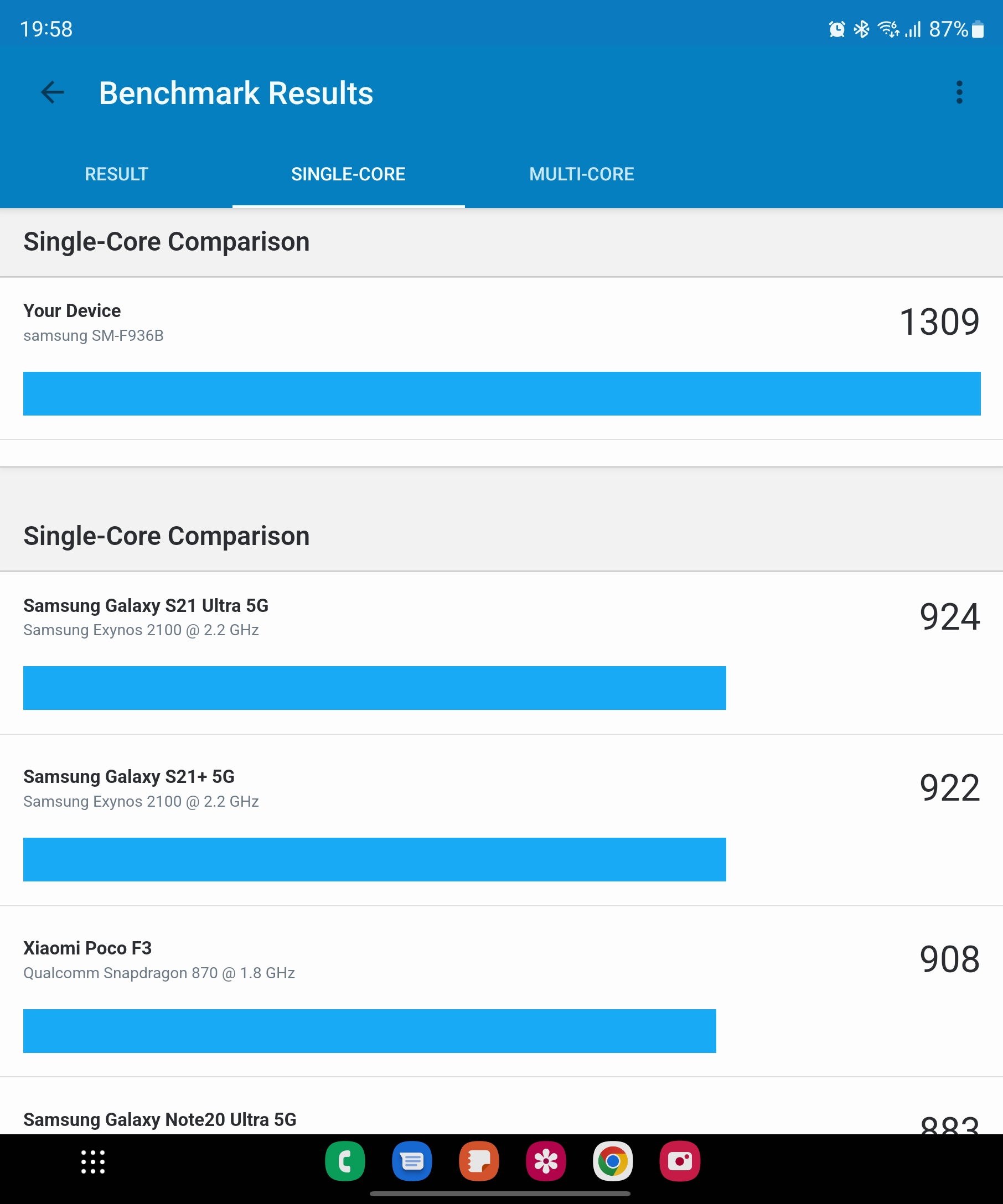
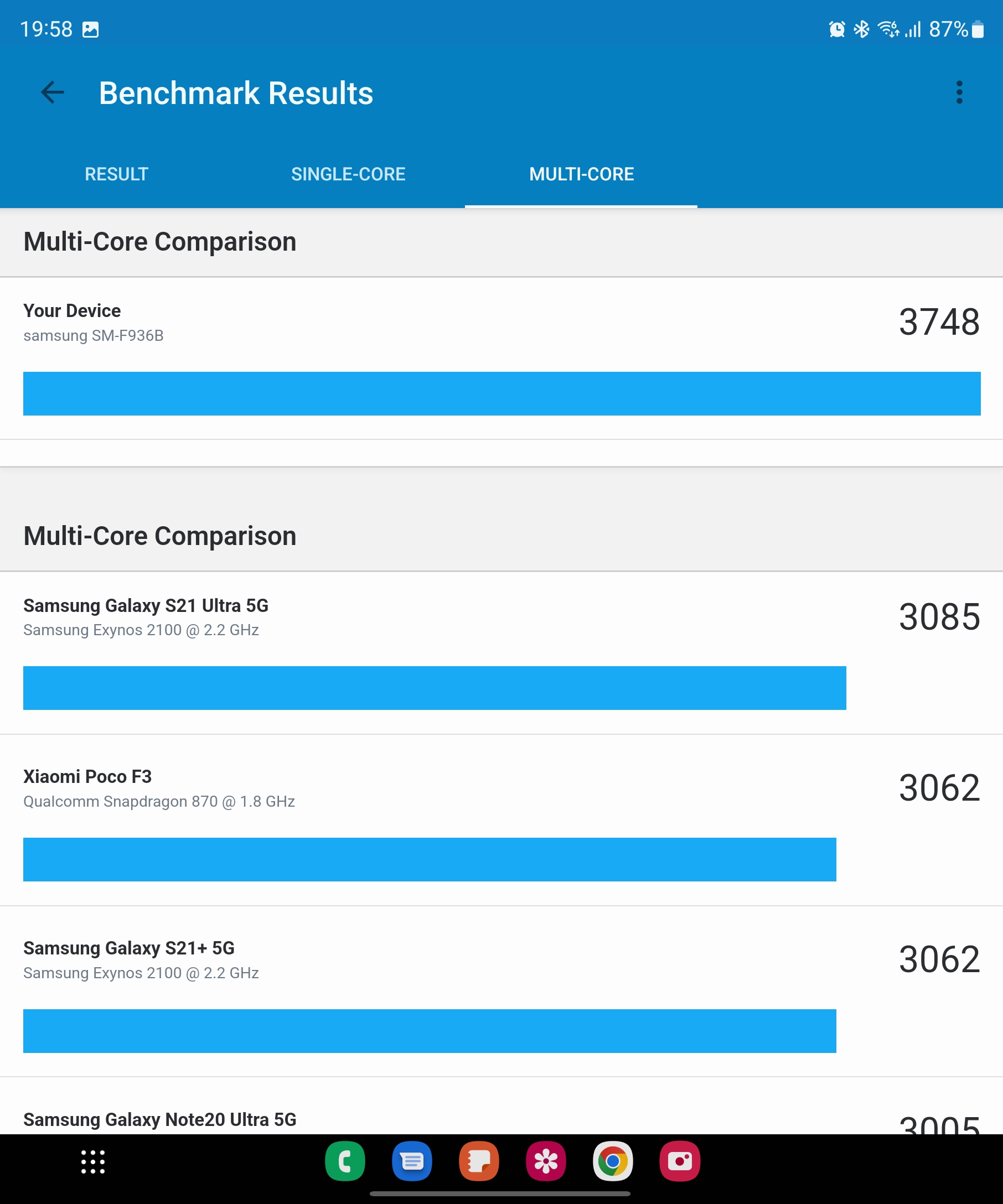

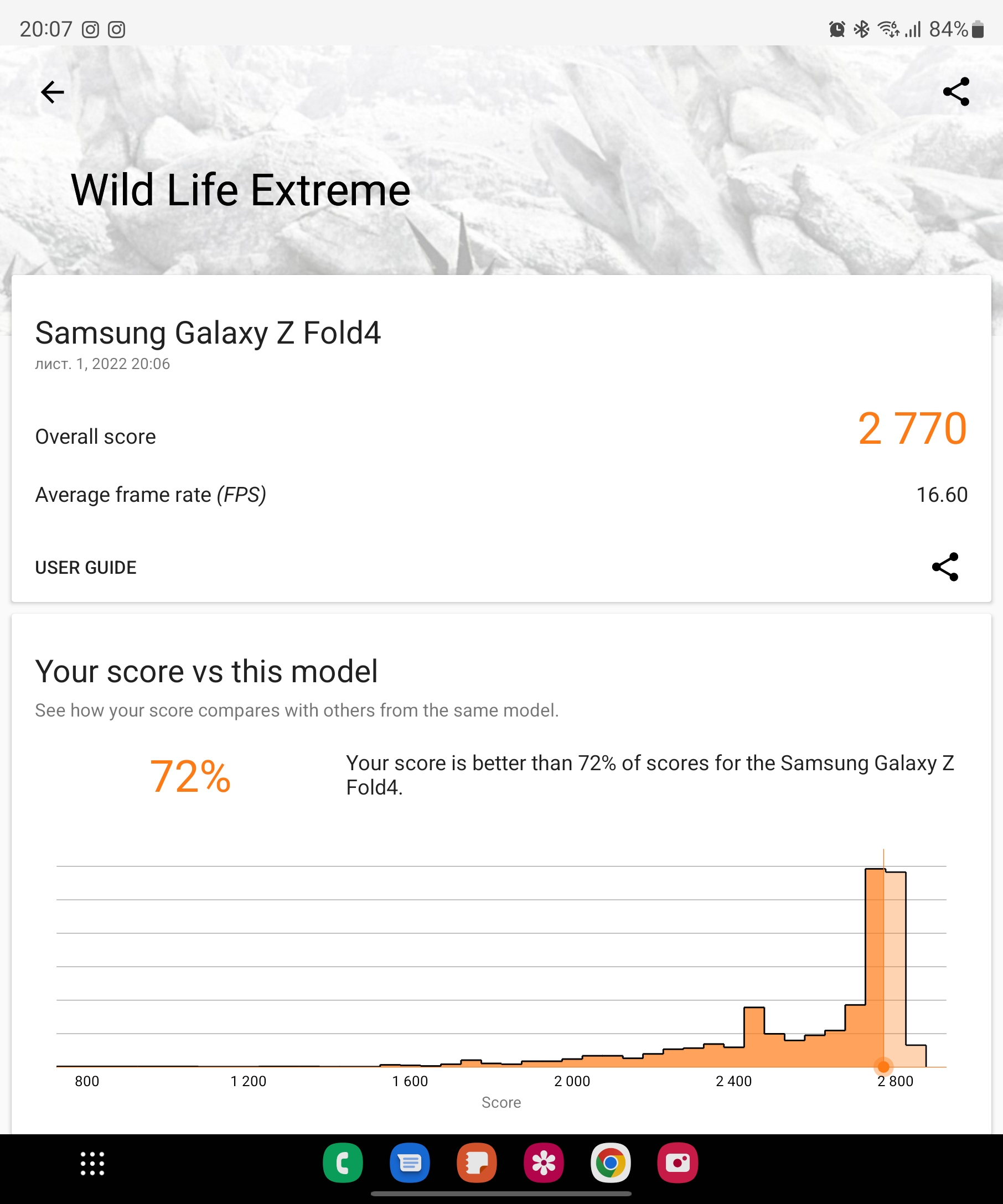
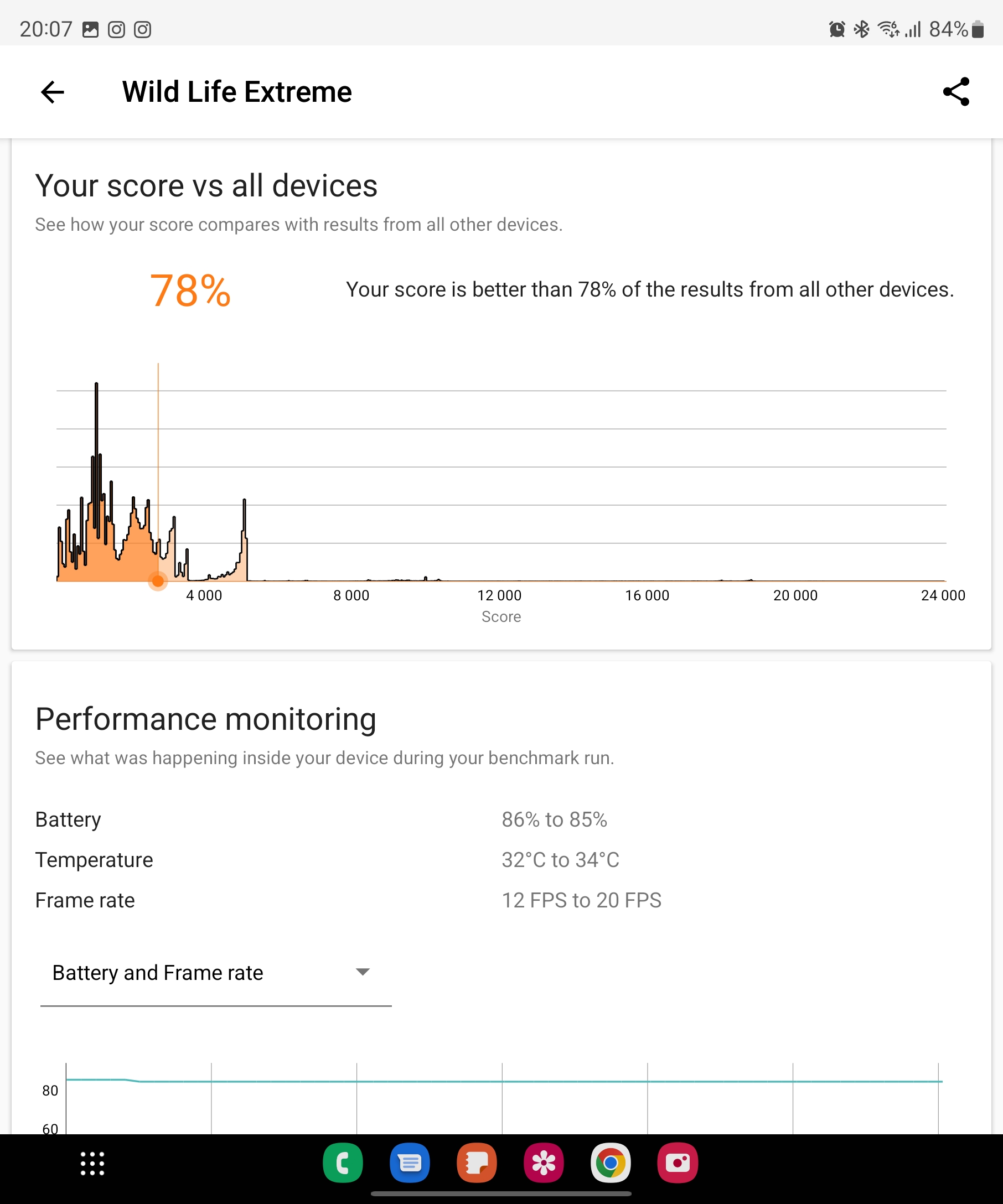
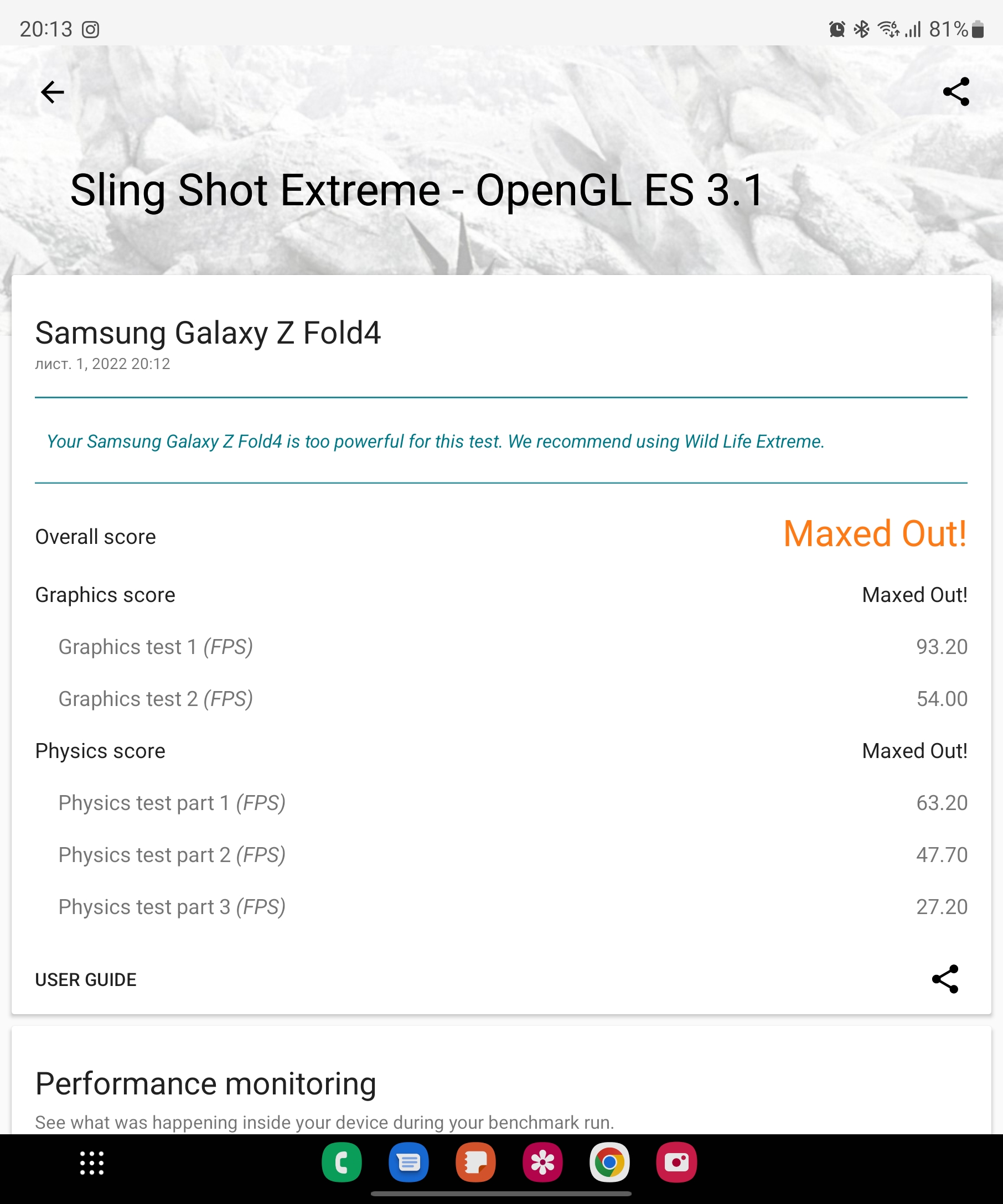
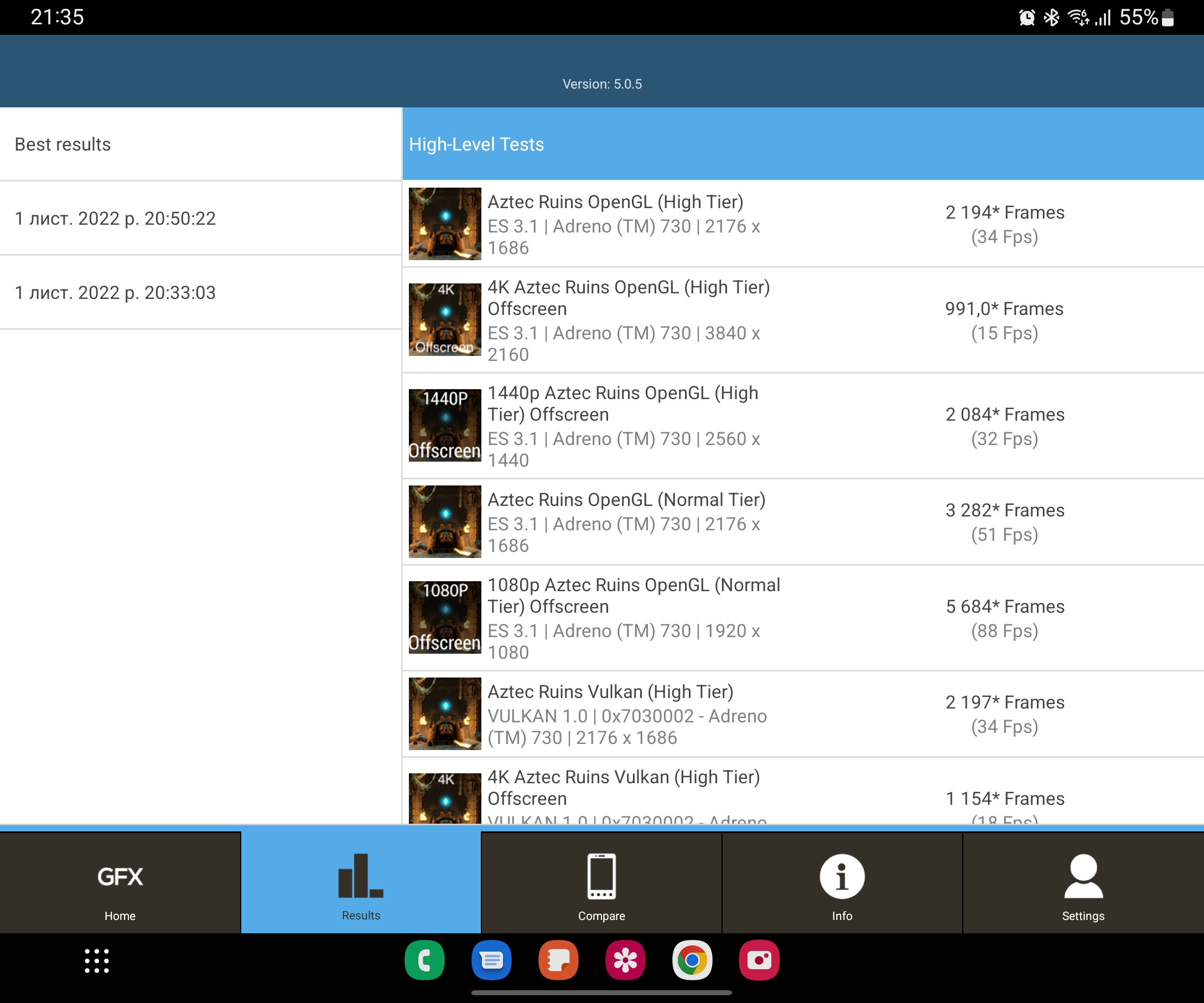
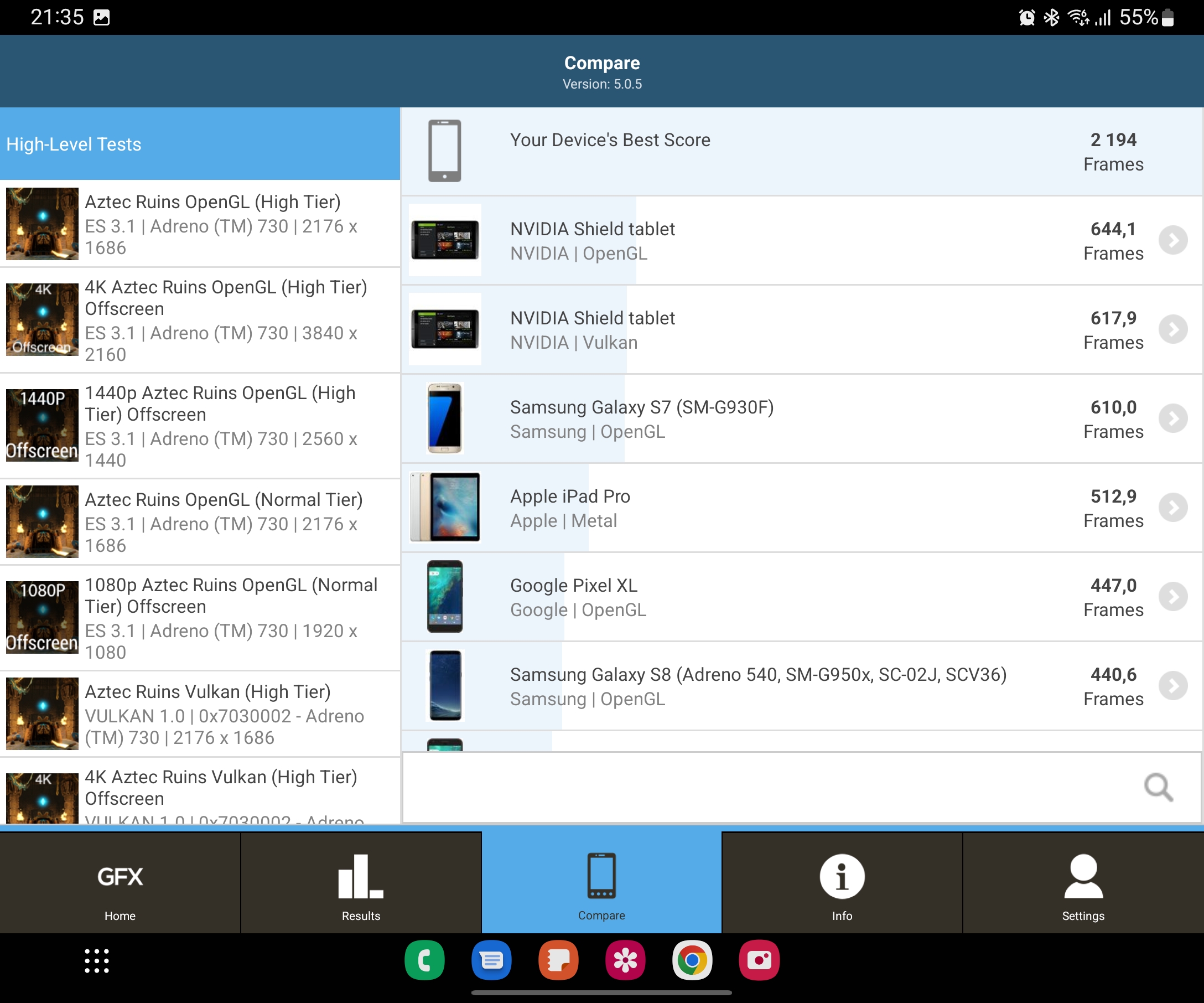
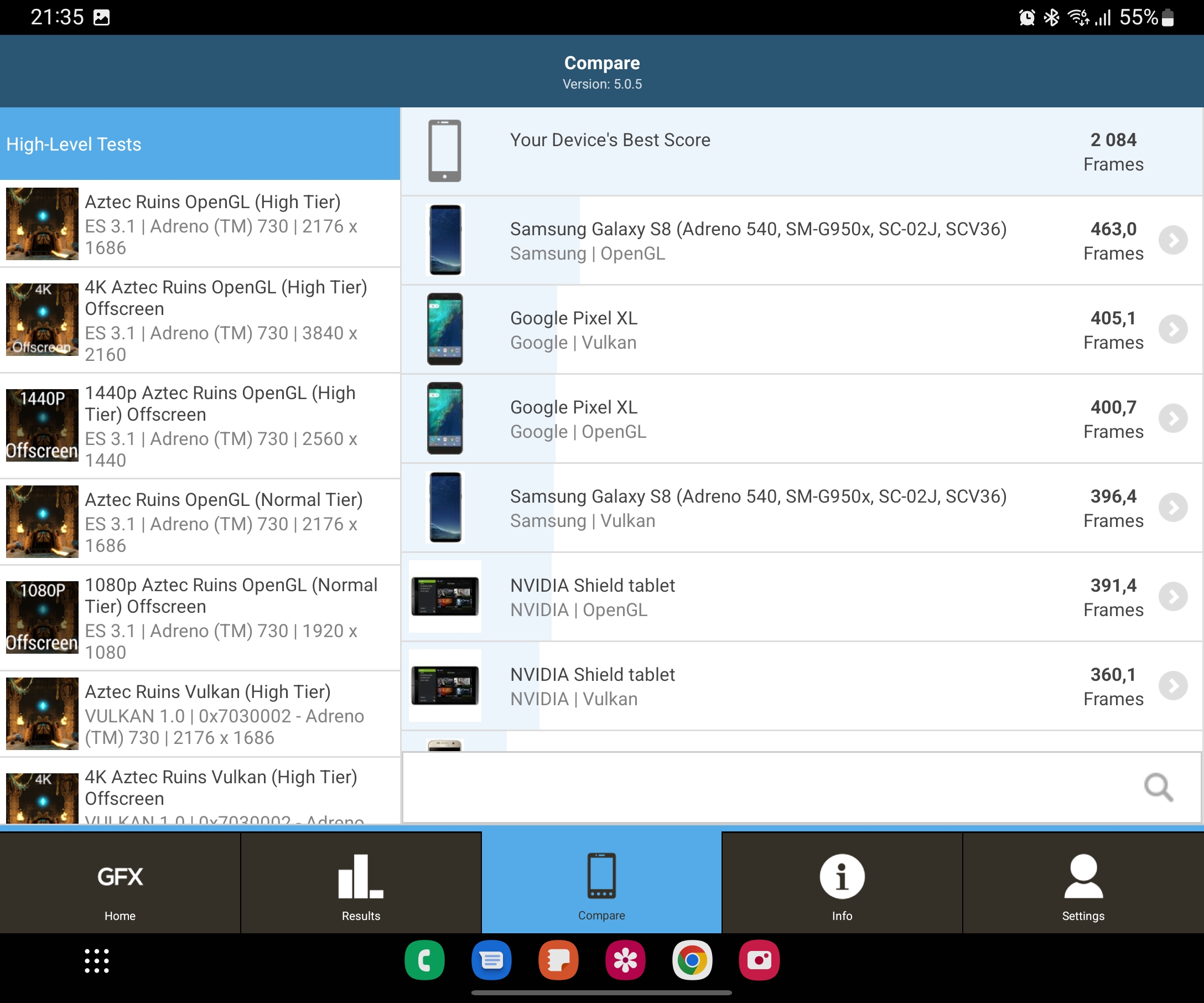
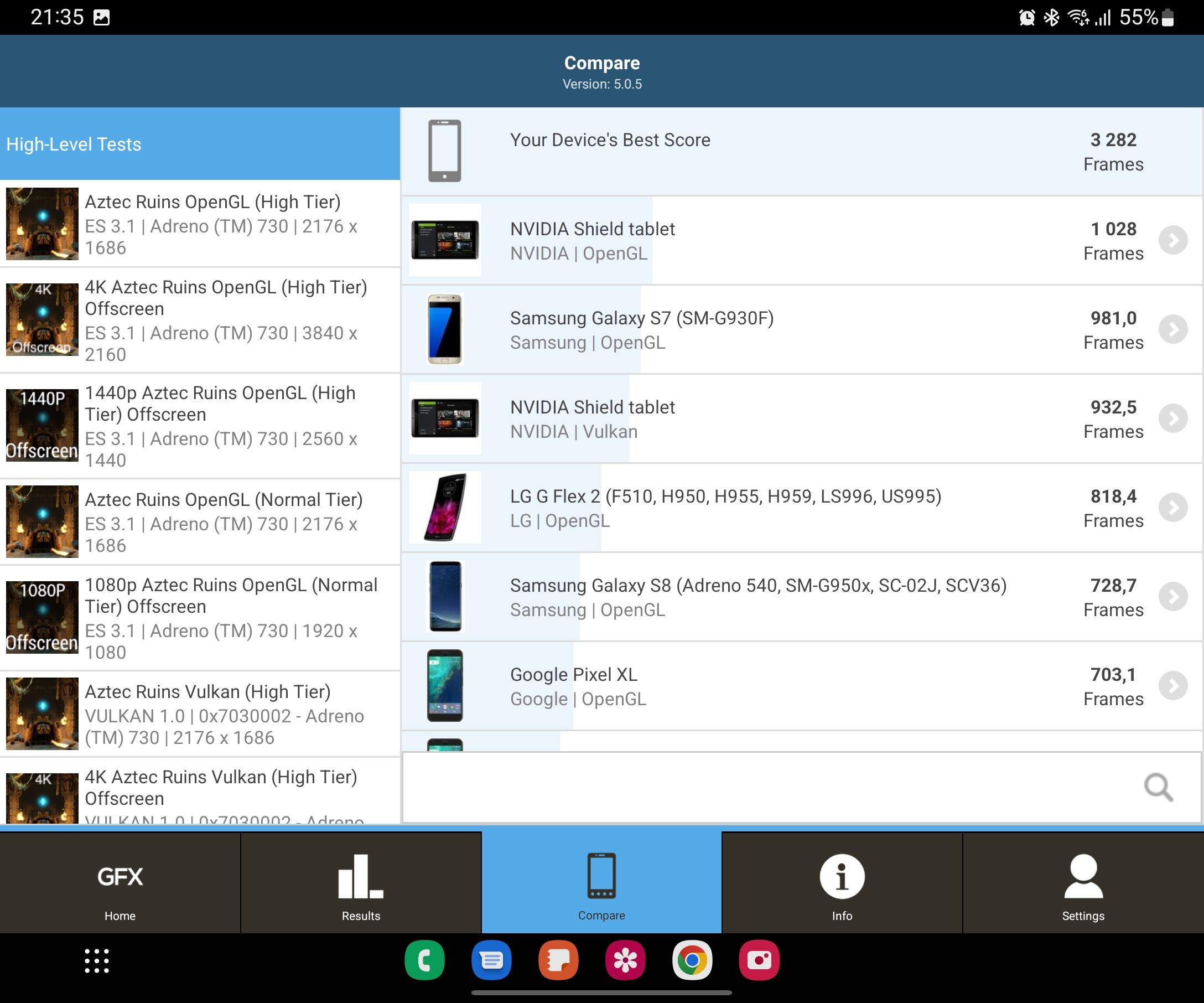
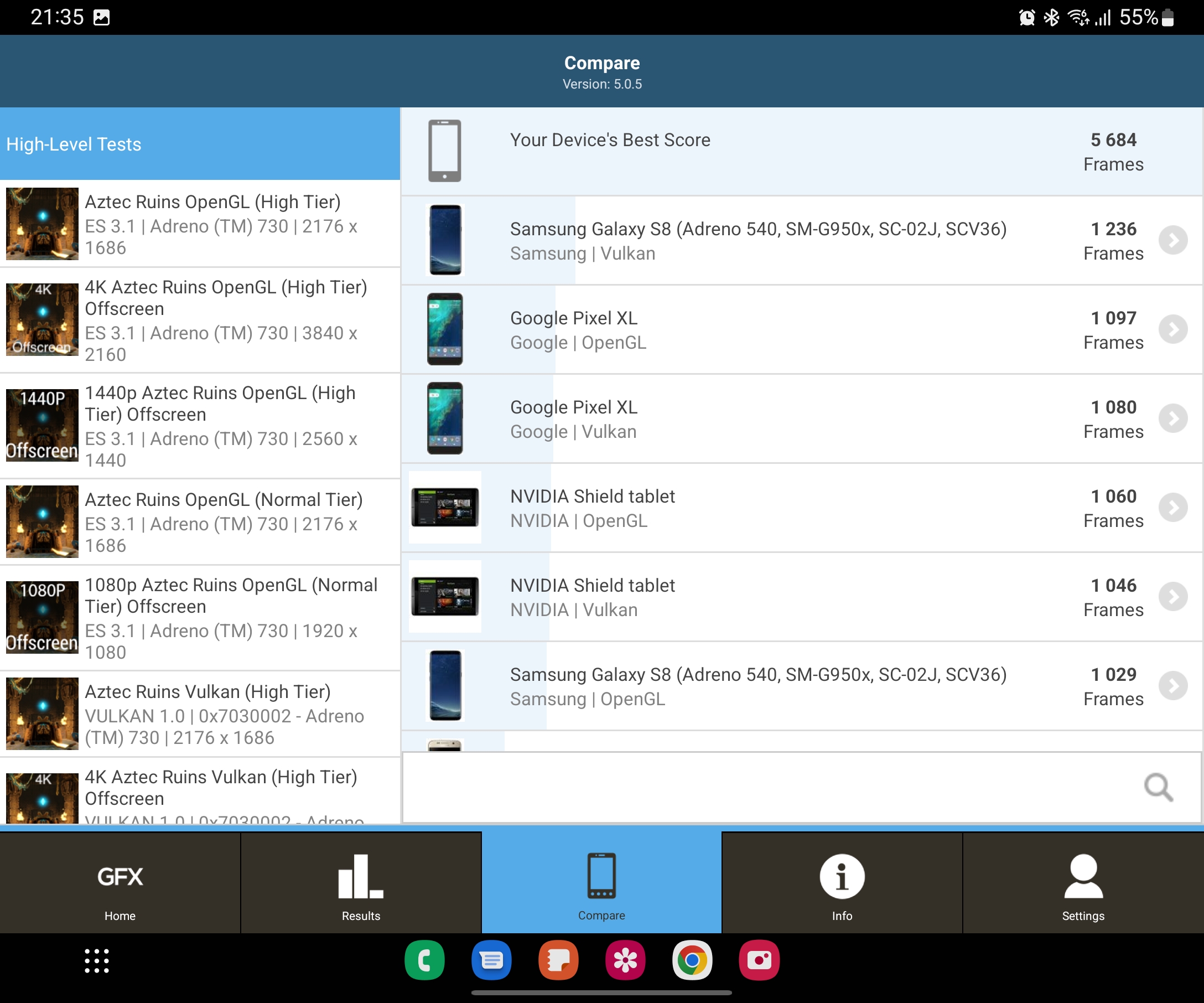
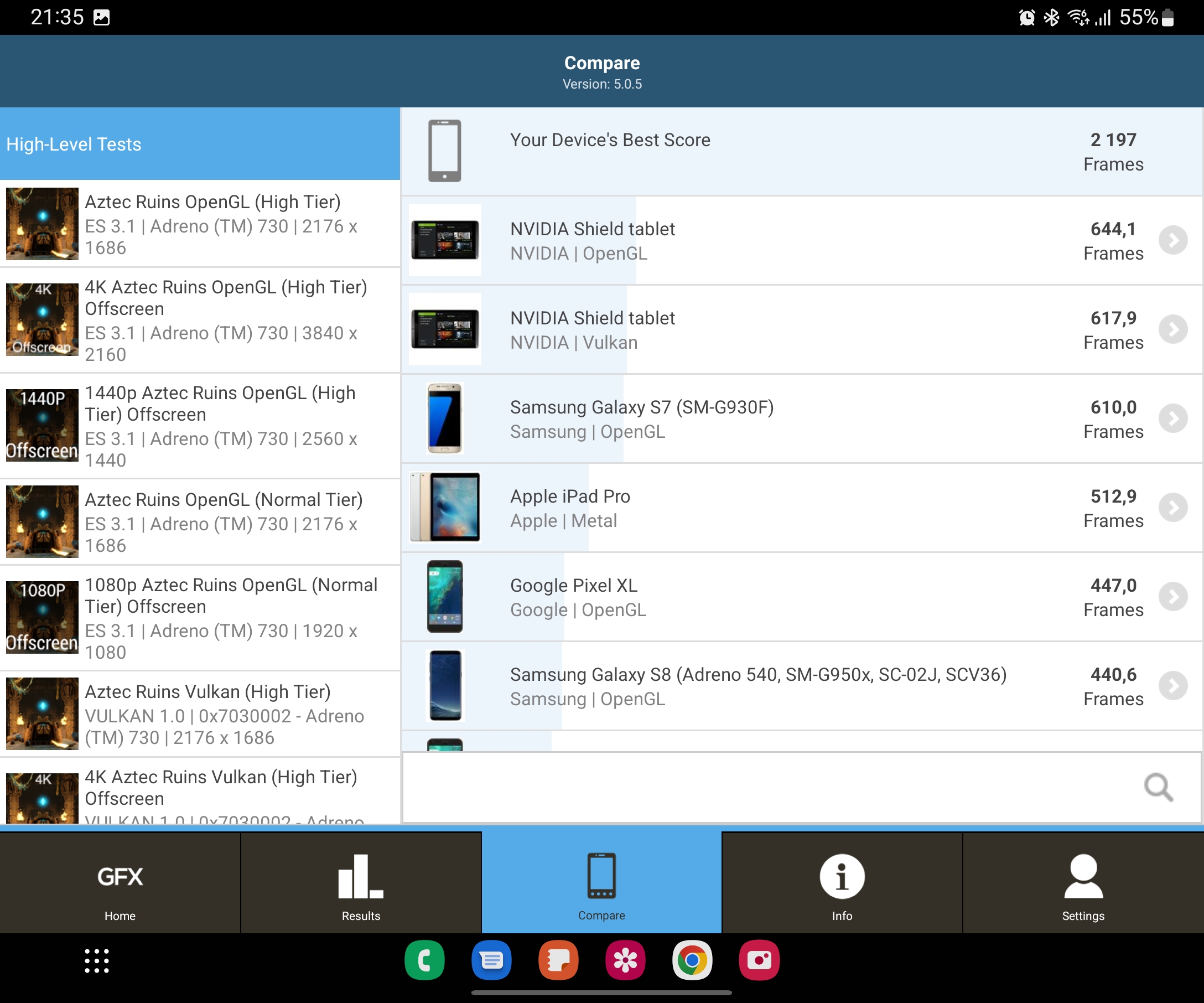
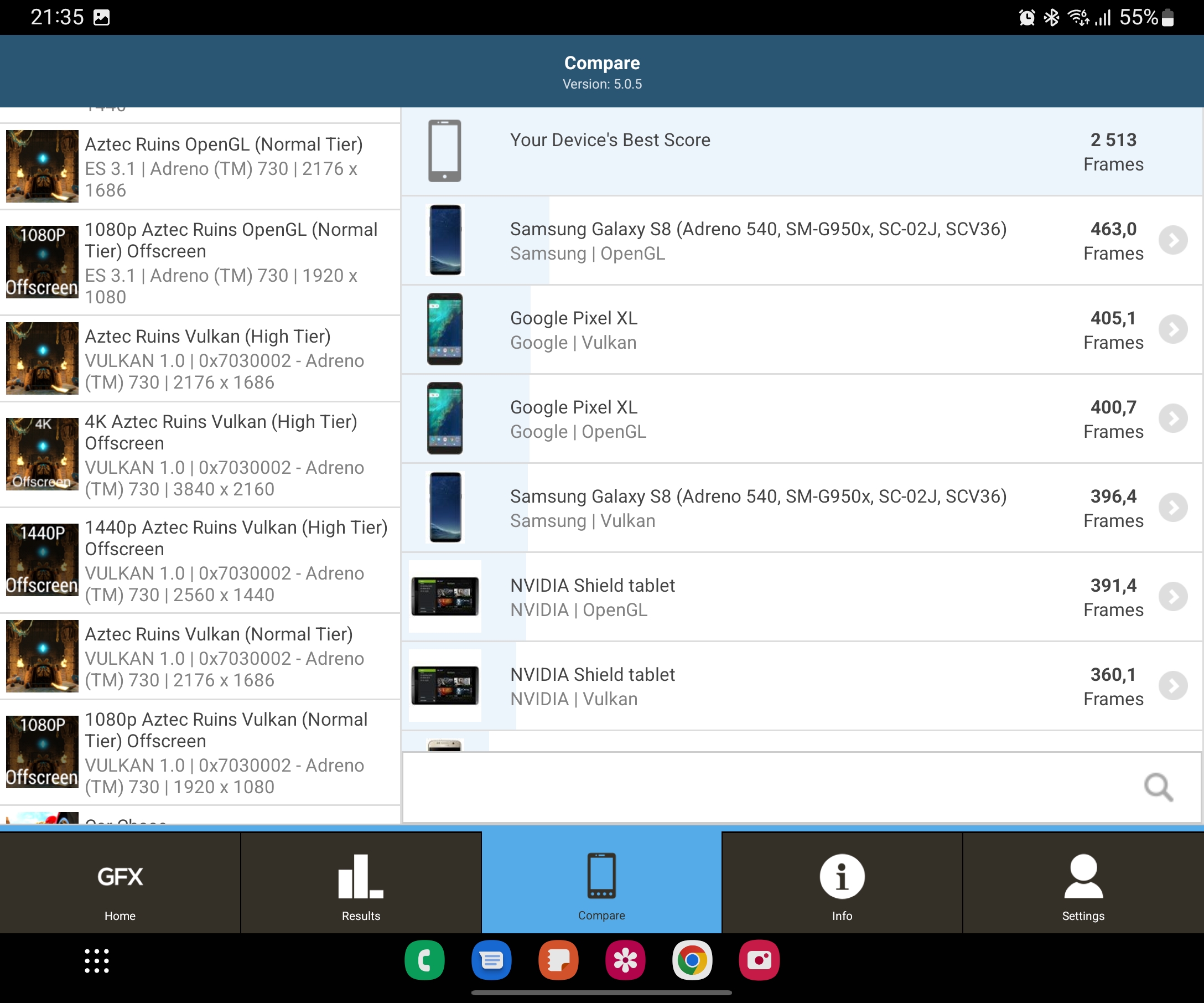
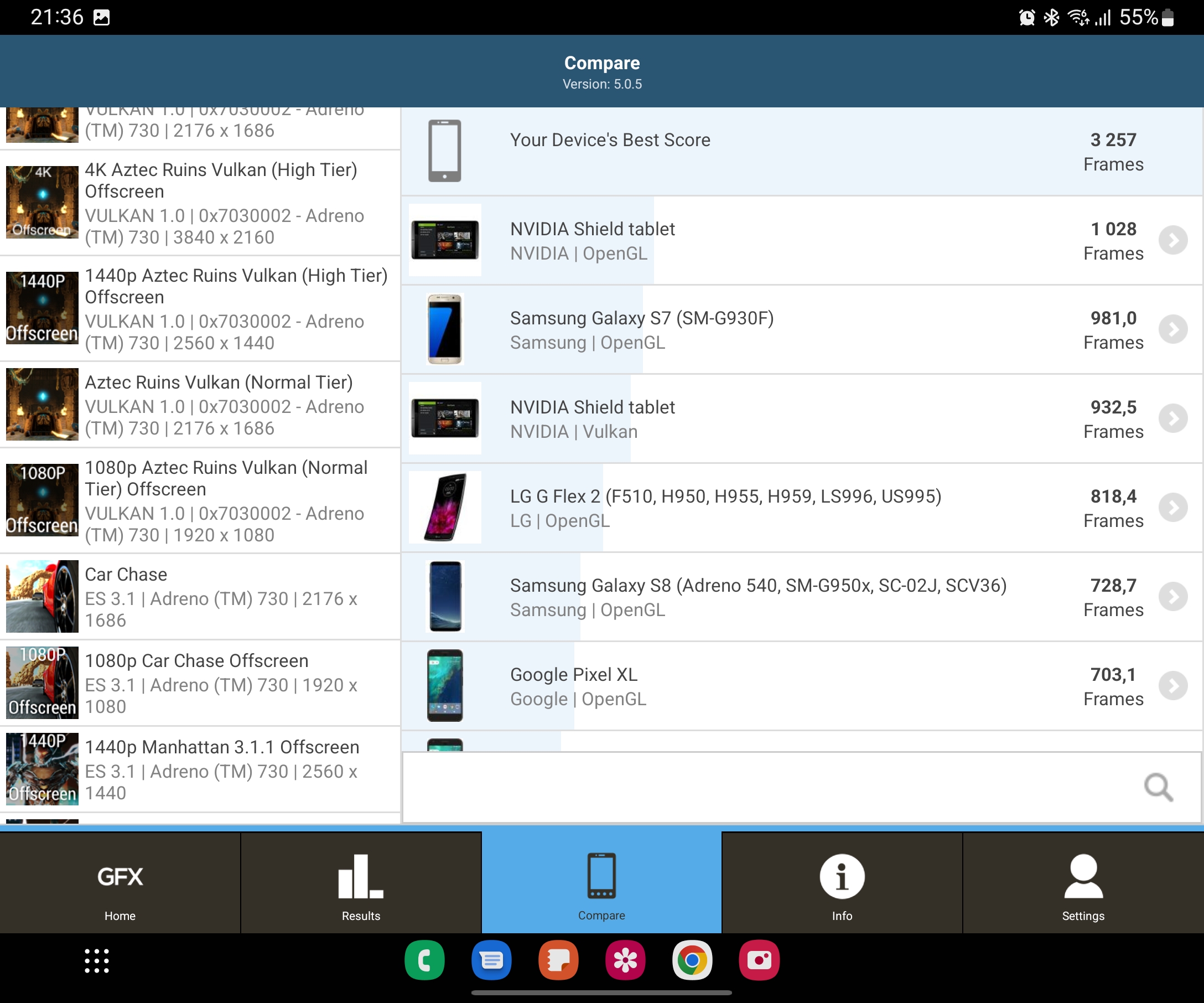

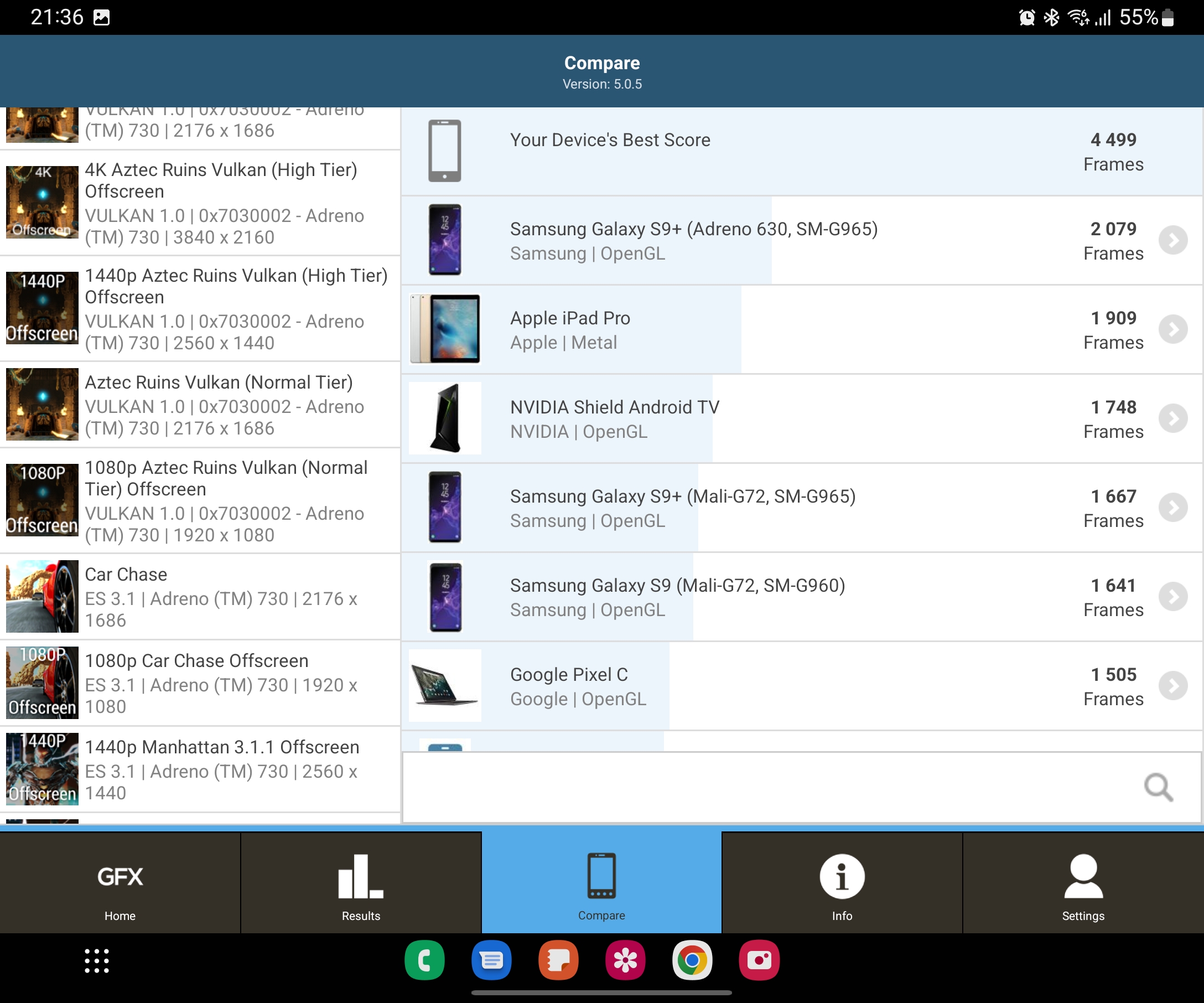
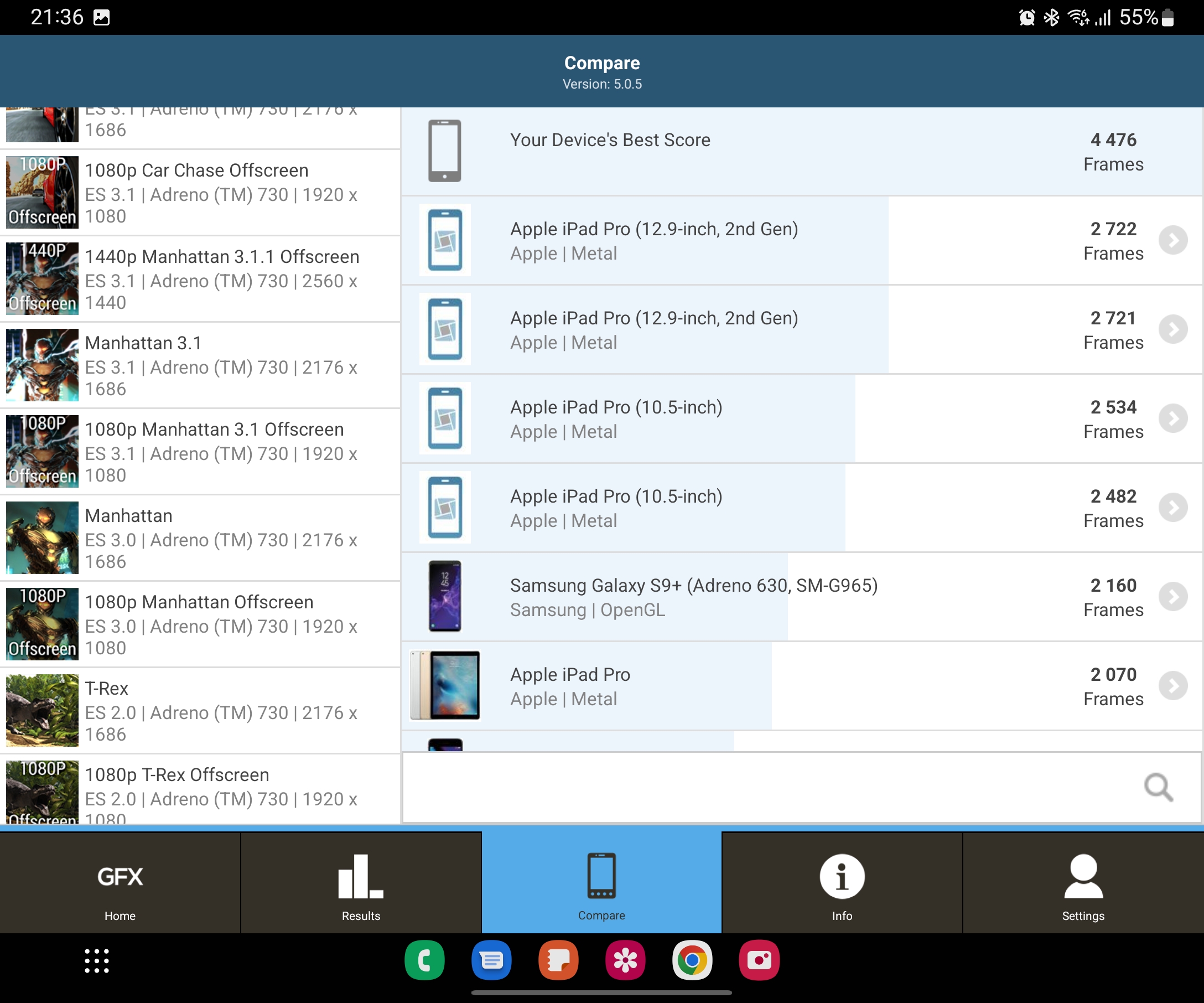

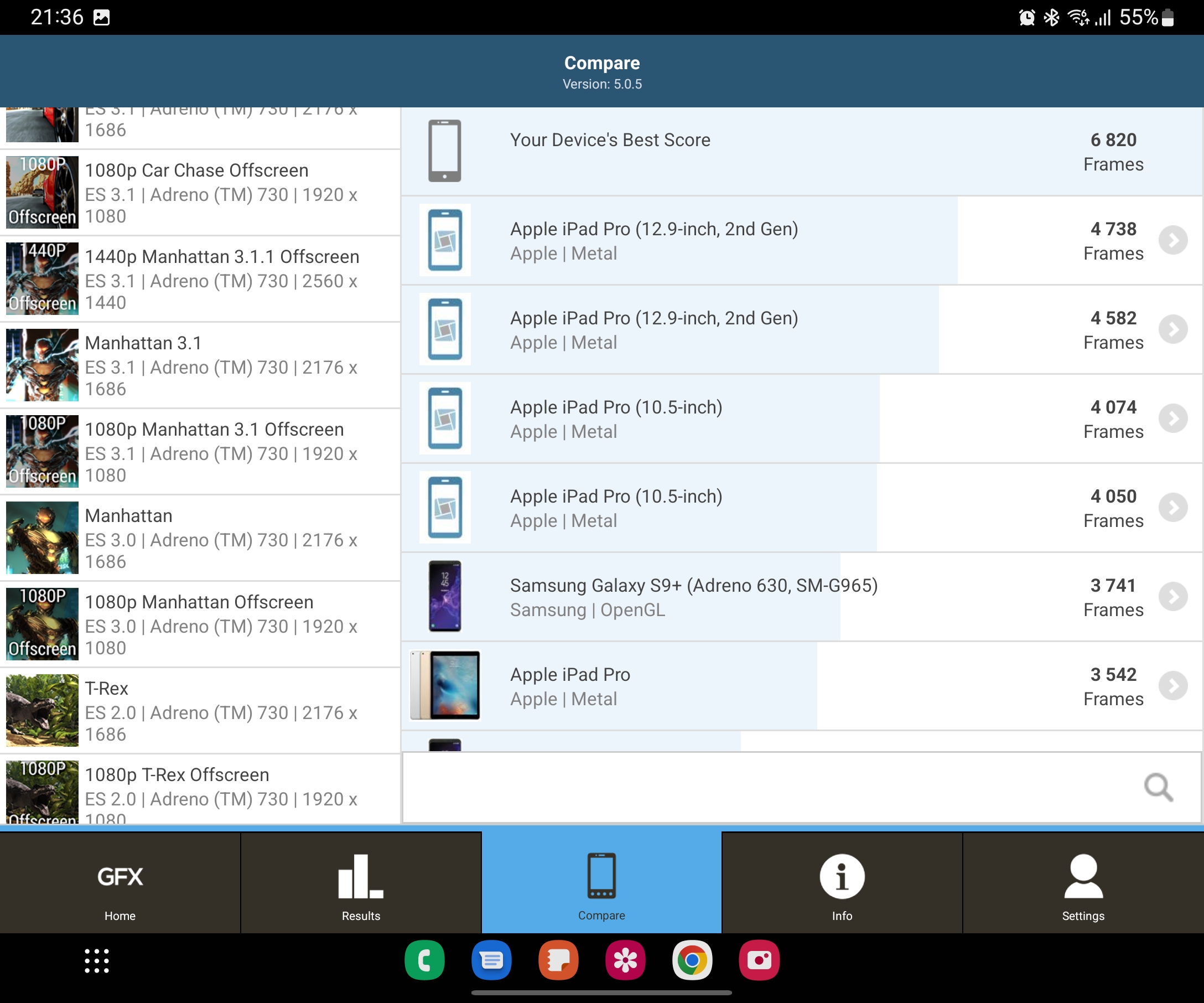
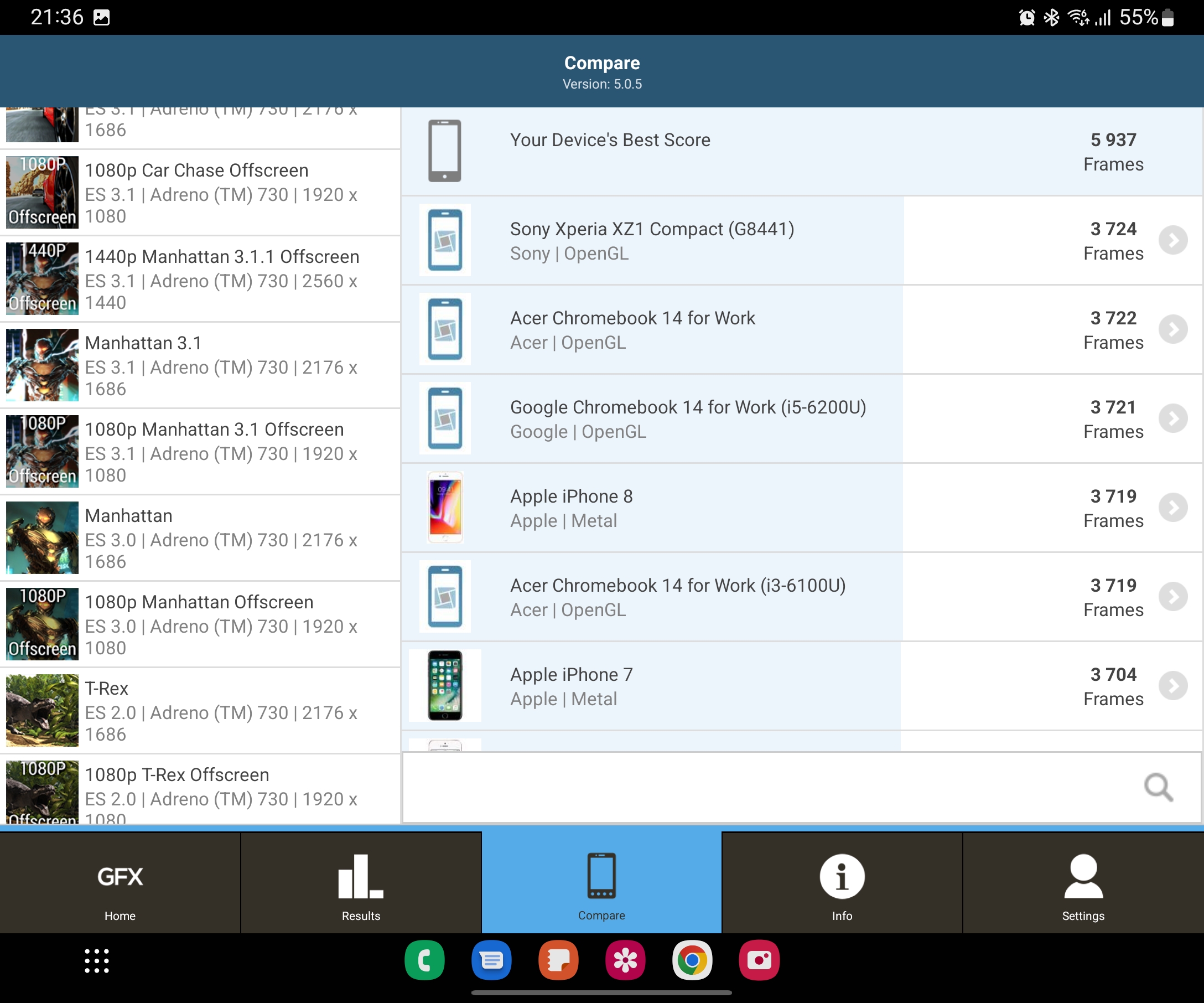
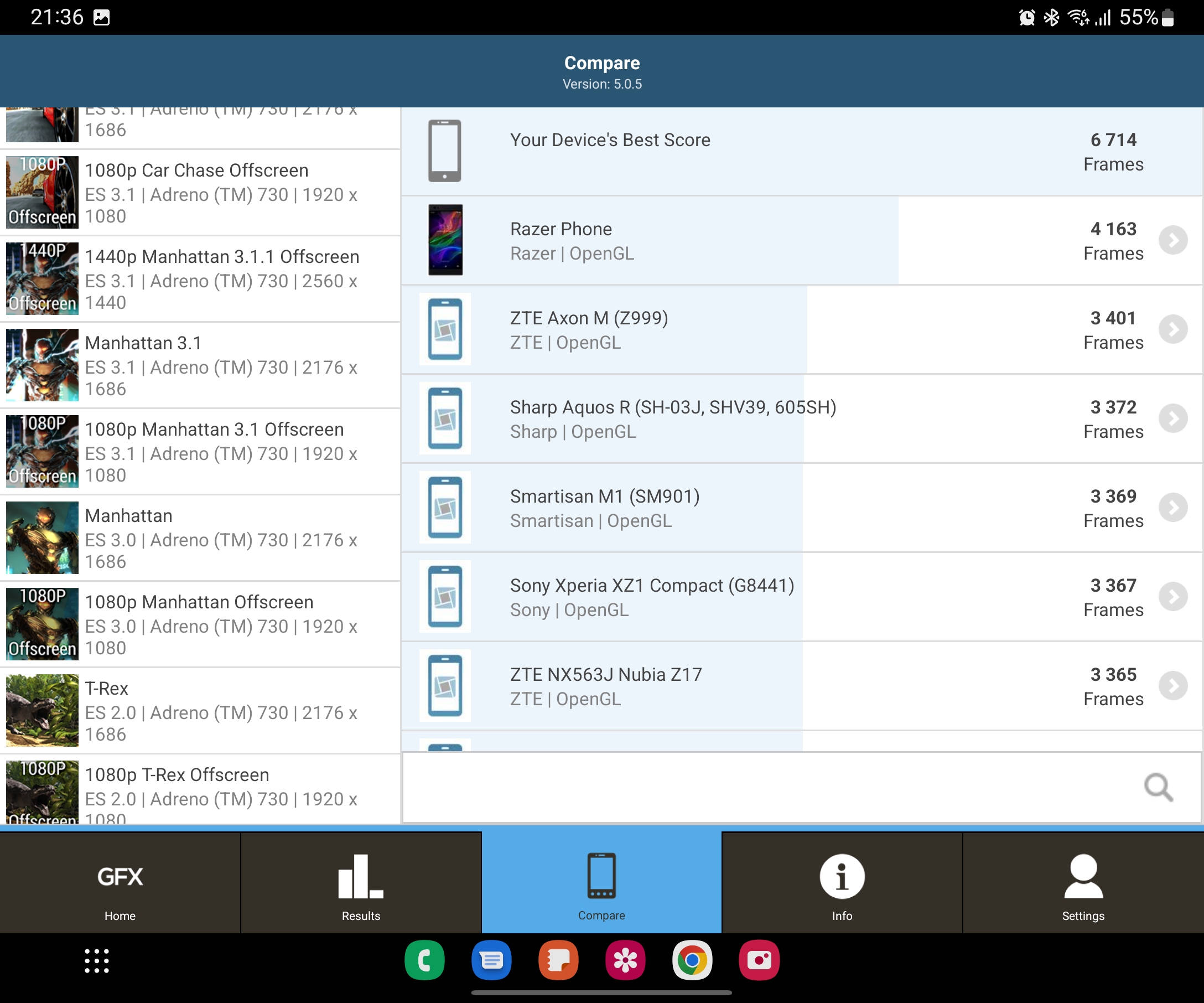
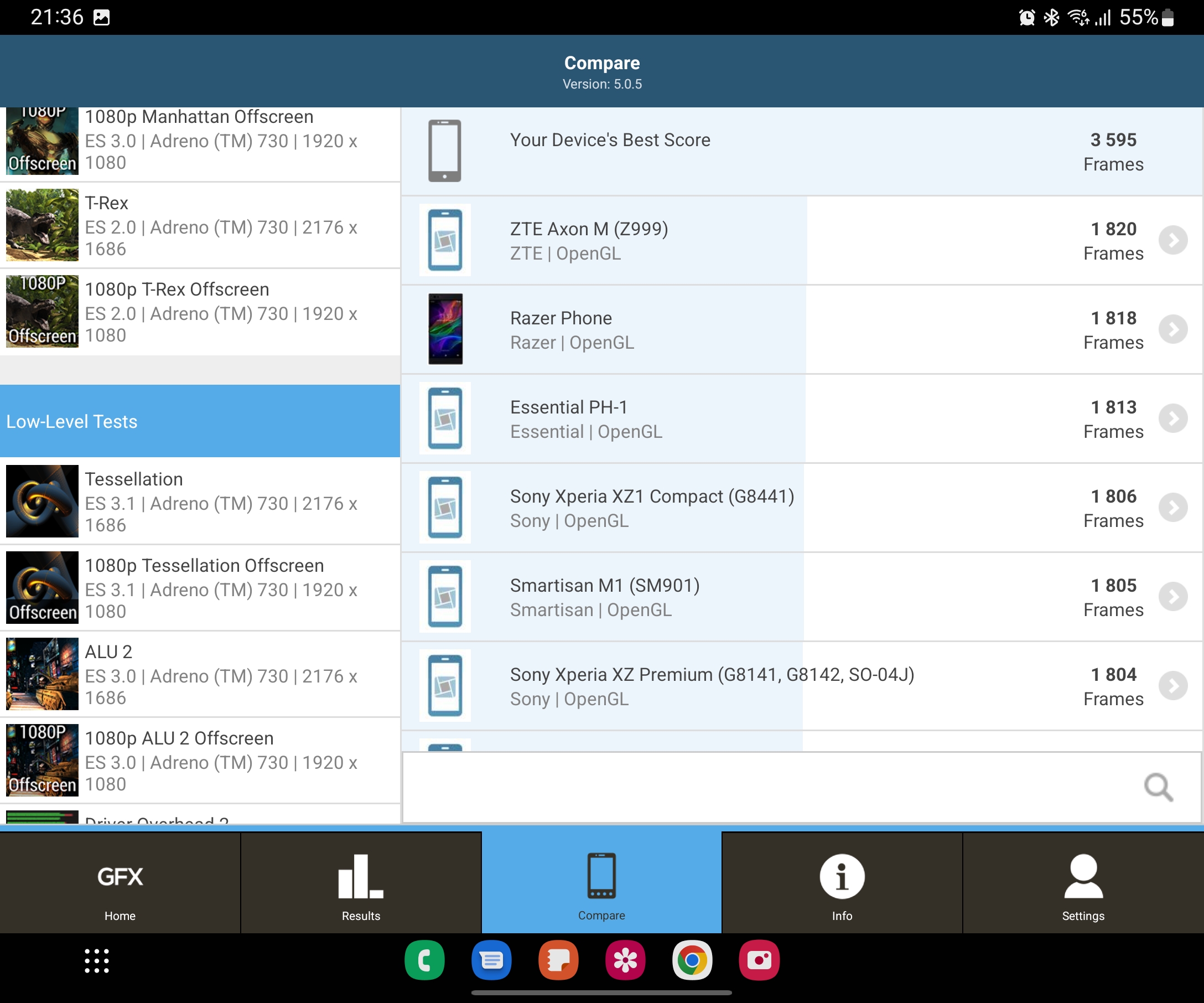
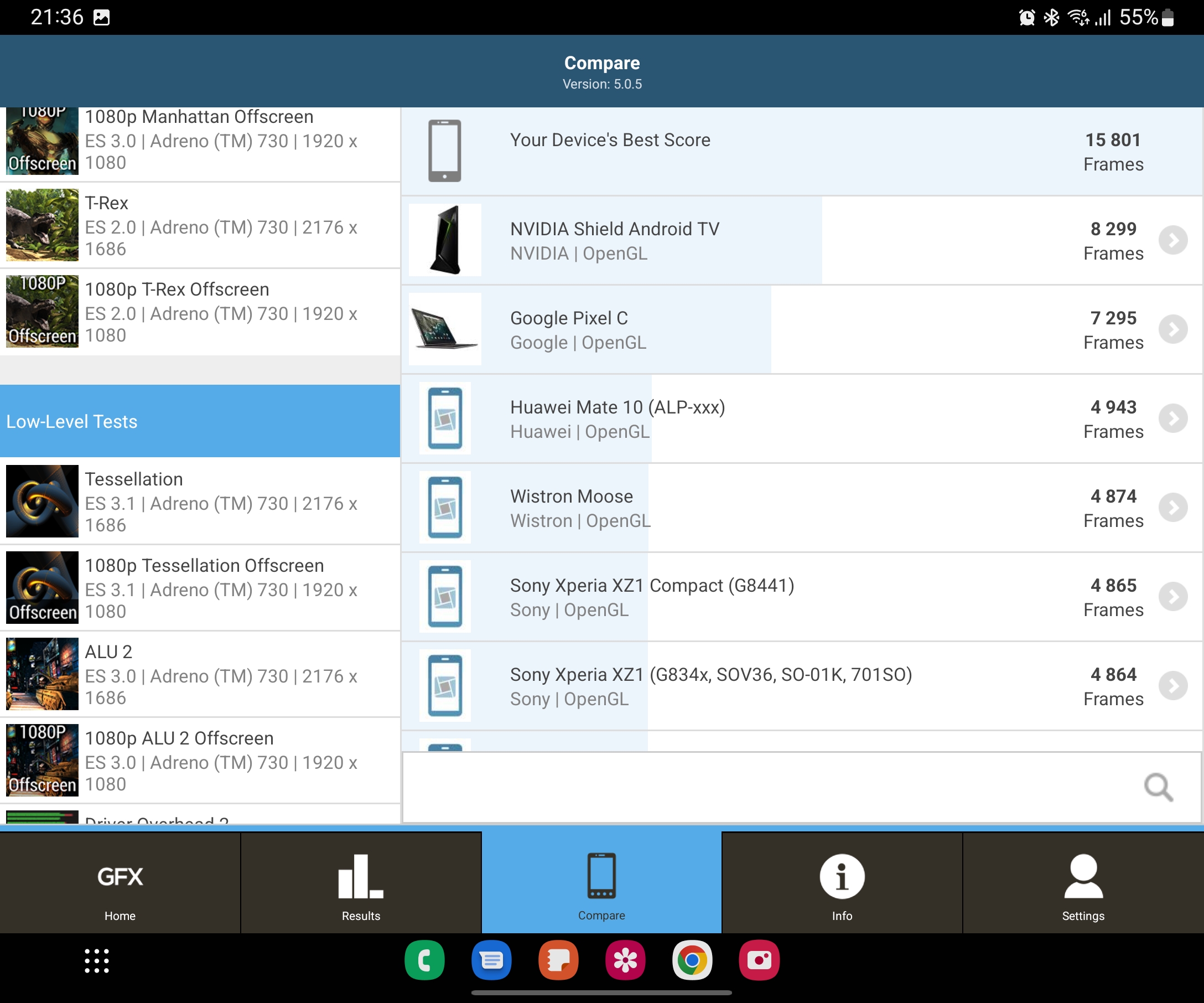

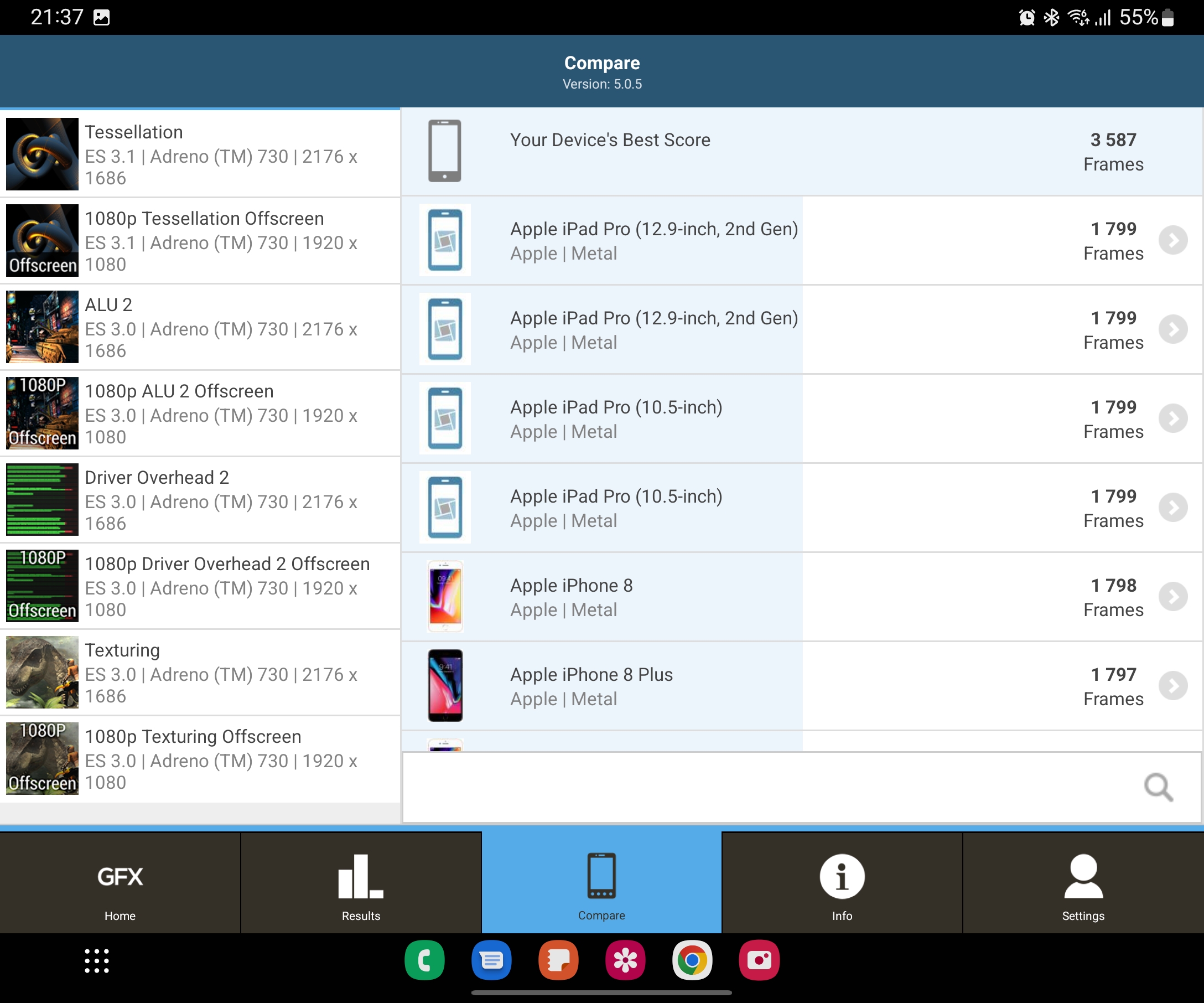
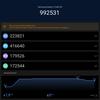
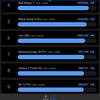
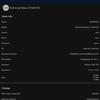
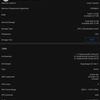
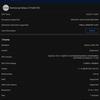
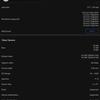
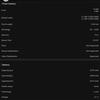
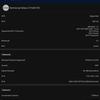

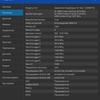
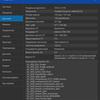

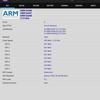

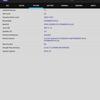
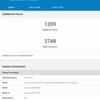
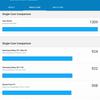
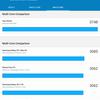
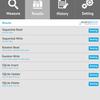


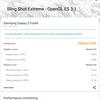
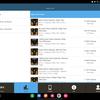
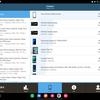

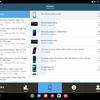

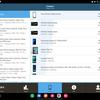
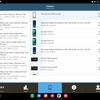
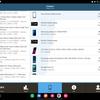
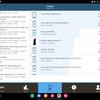

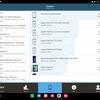
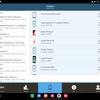

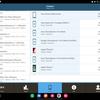
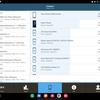
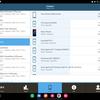
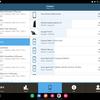
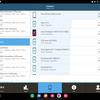
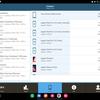
CPU Throttling Test showed that the smartphone slightly overheats at long maximum loads. At the end of a 15-minute test, the performance may decrease to 74%, which is not critical. The case becomes warm. But under normal conditions, even during the game, the smartphone remains cool and has no performance problems.
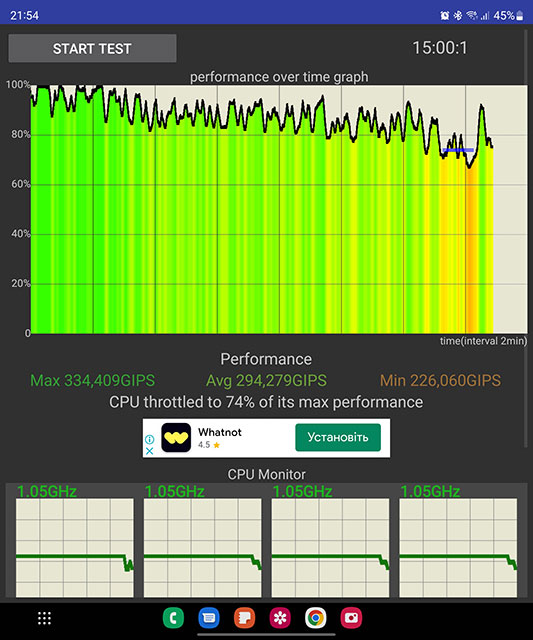
The proprietary gaming application Game Center has not changed much. This is a hub with all installed games, performance settings, the ability to disable notifications, take screenshots and videos of gameplay, and Game Booster utilities. The most useful is Z Pref. It is responsible for monitoring GPU load, temperature and FPS in real time. Games on the smartphone are great. Call of Duty Mobile at maximum graphics settings runs at 60 frames per second, in NFS No Limits, Genshin Impact and Shadow Fight 3 - also 60 FPS, Shadowgun Legends the figure varies between 90-120 FPS. In Diablo Immortal, for some reason, the FPS counter is not displayed, but at high graphics settings, the graphics are visually almost stable at 60 FPS.
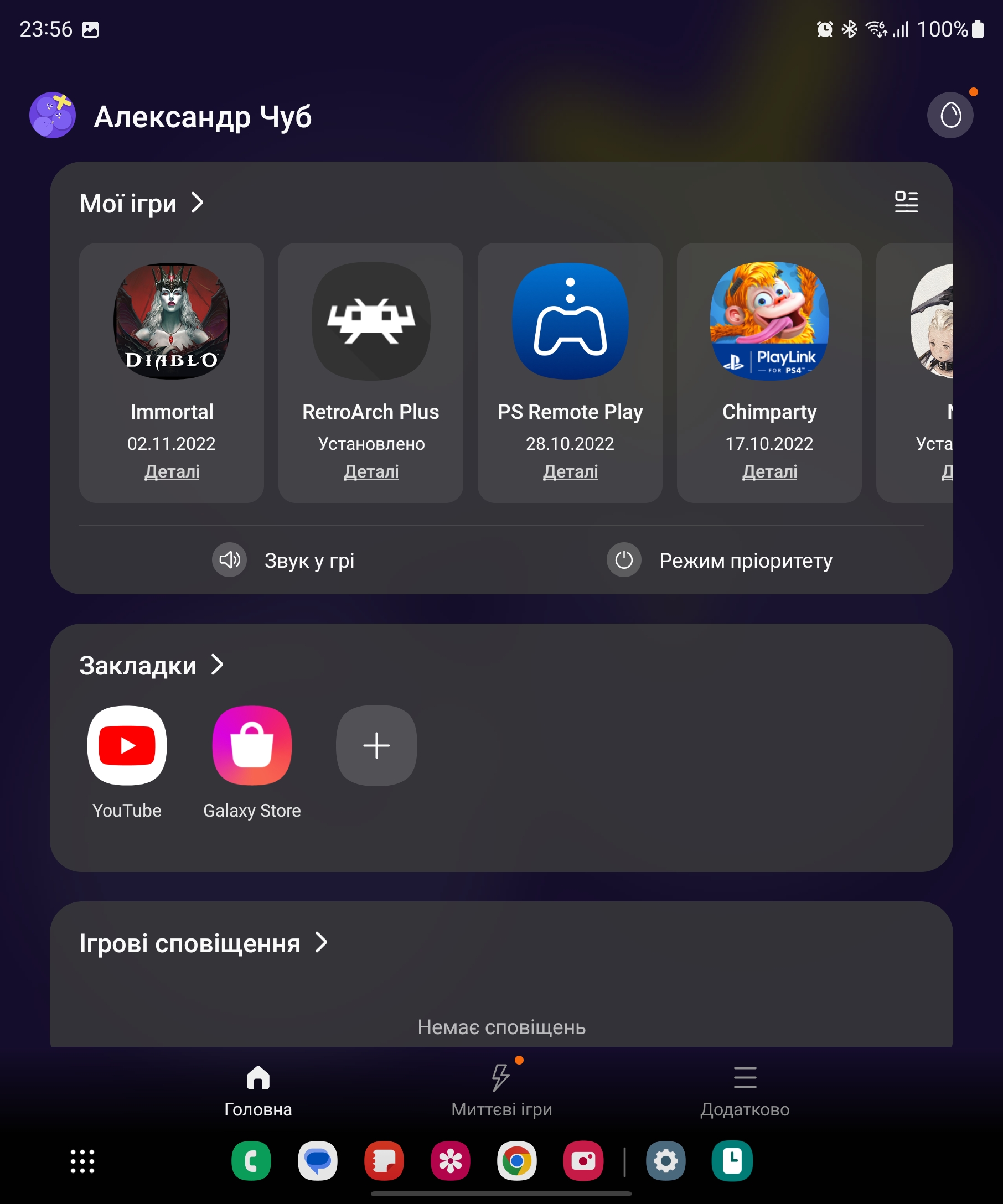
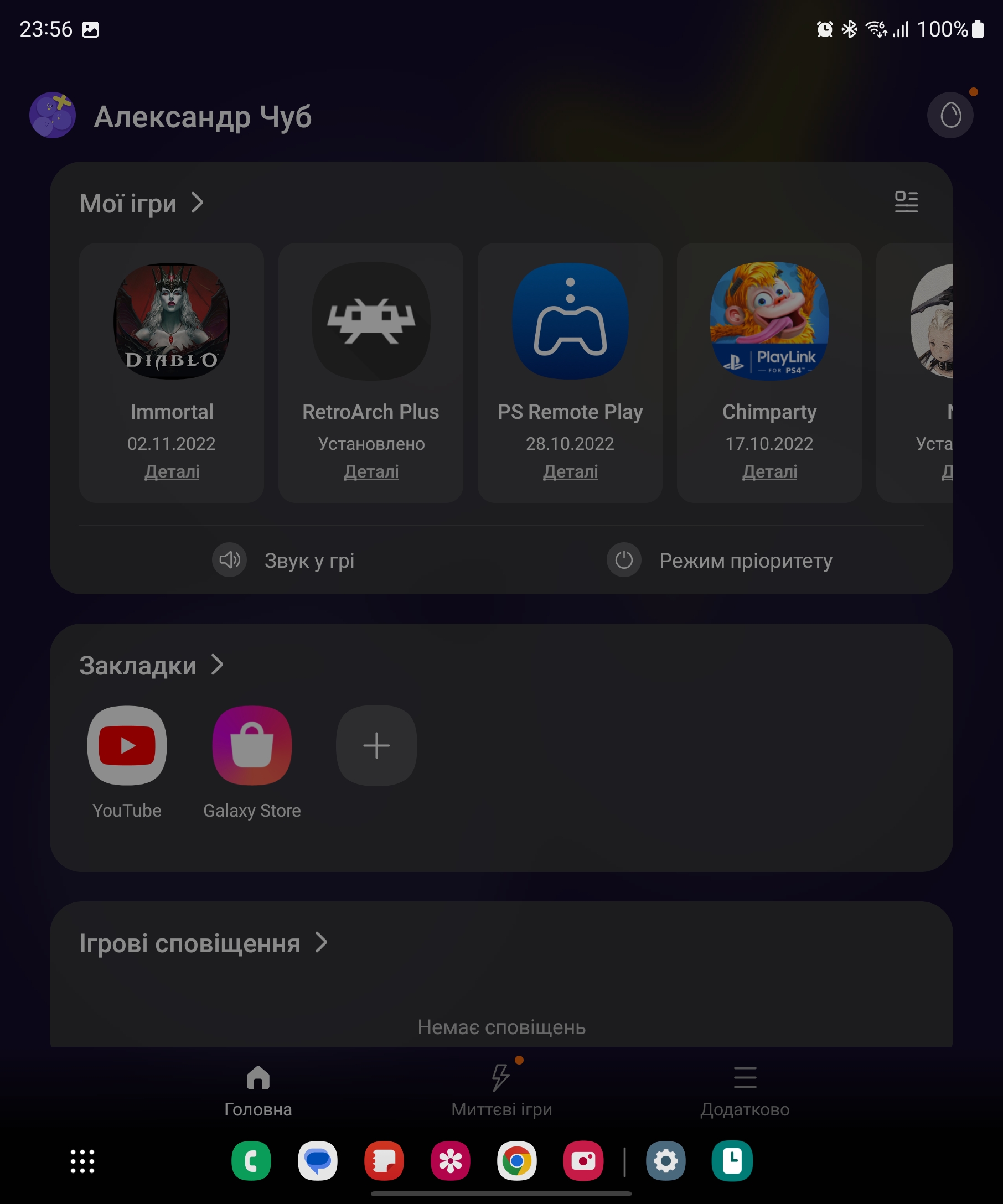
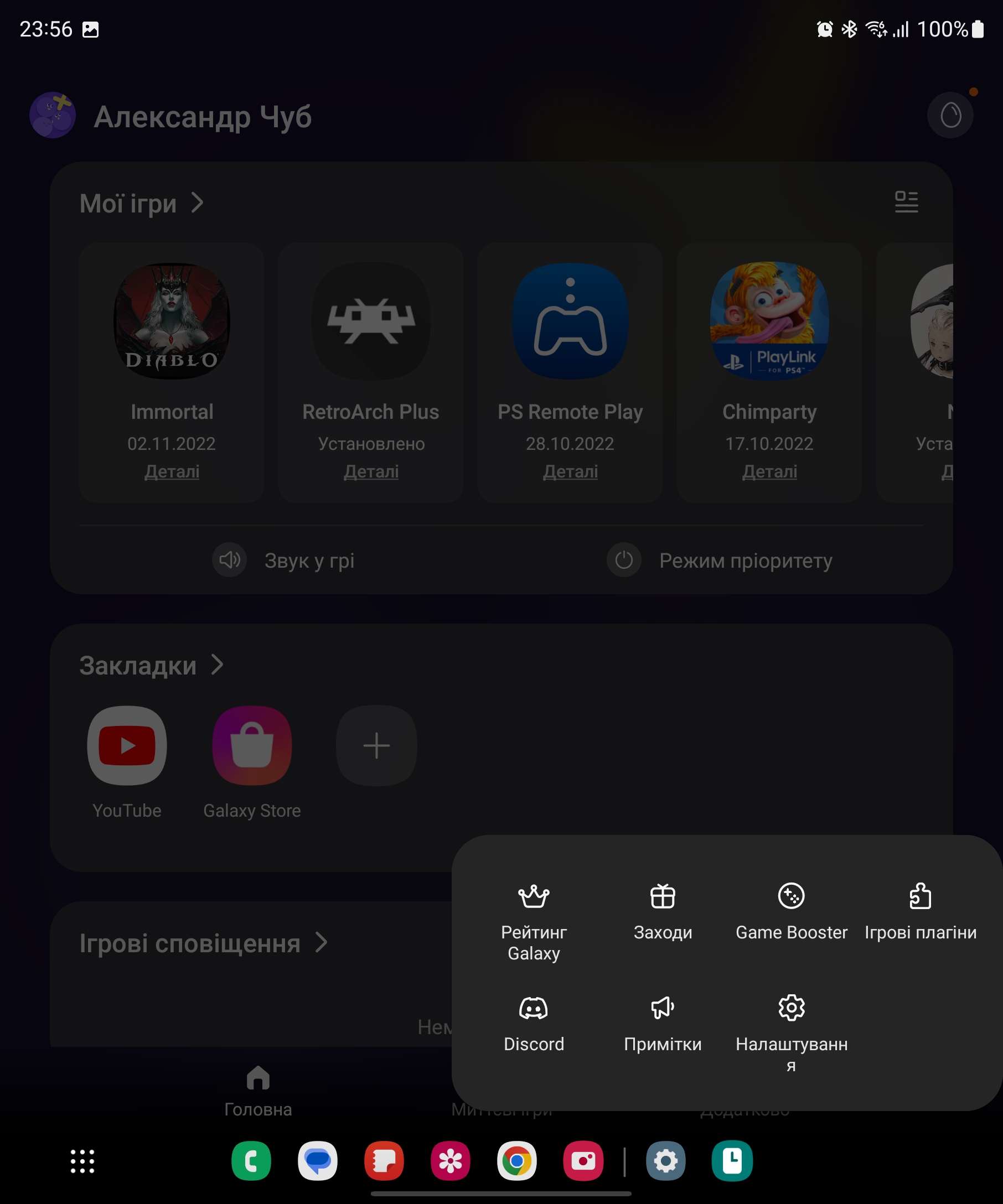
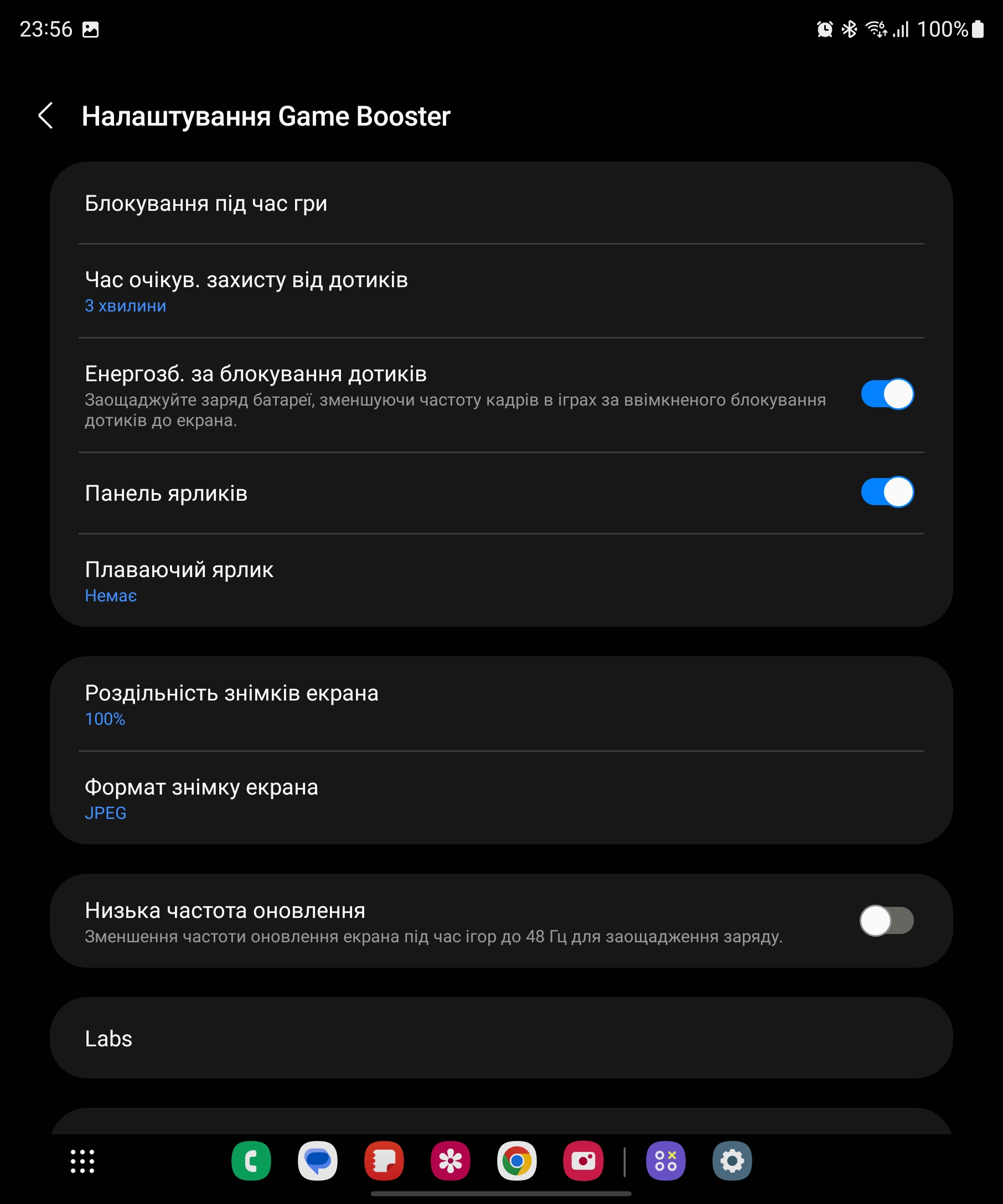
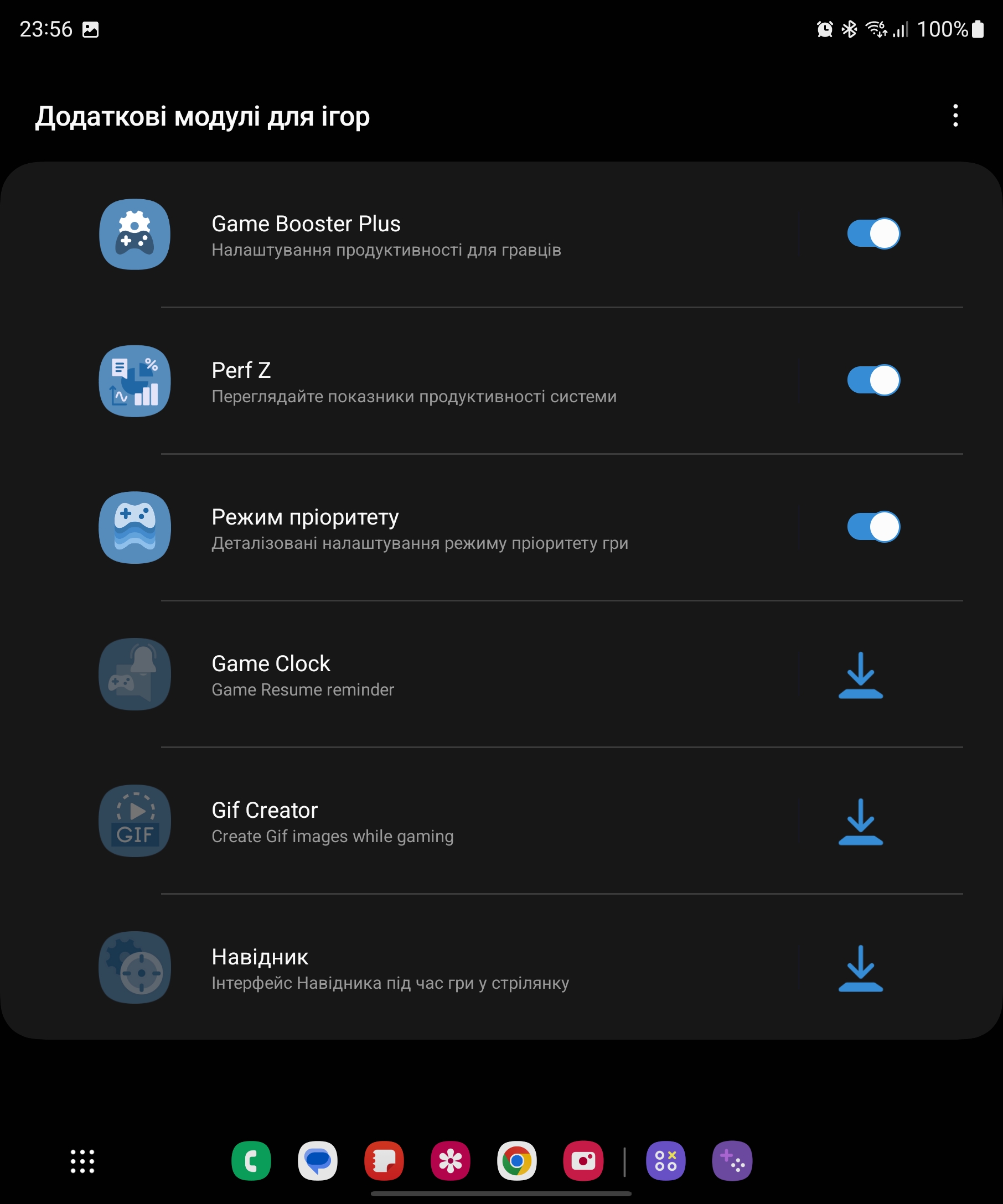

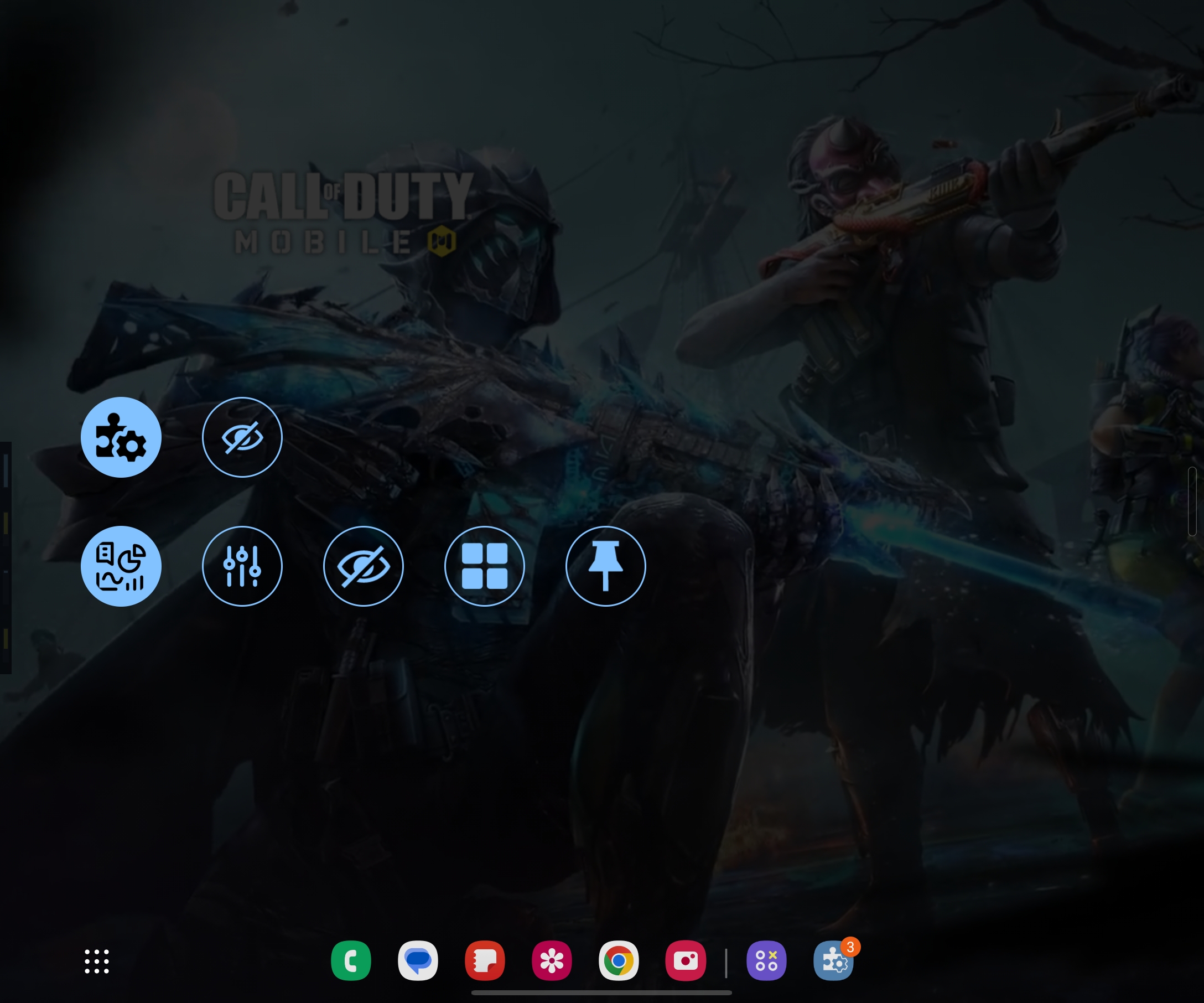
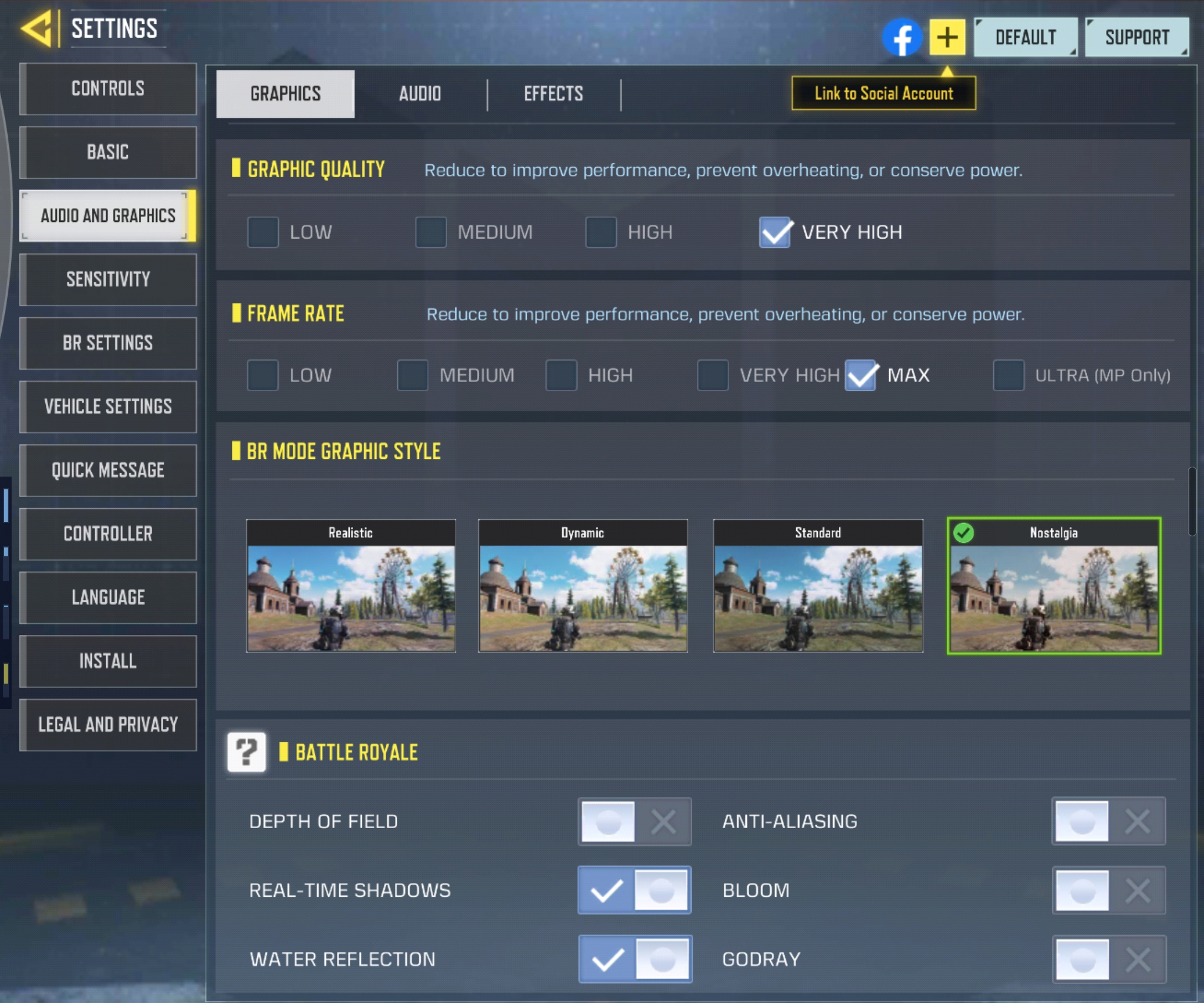
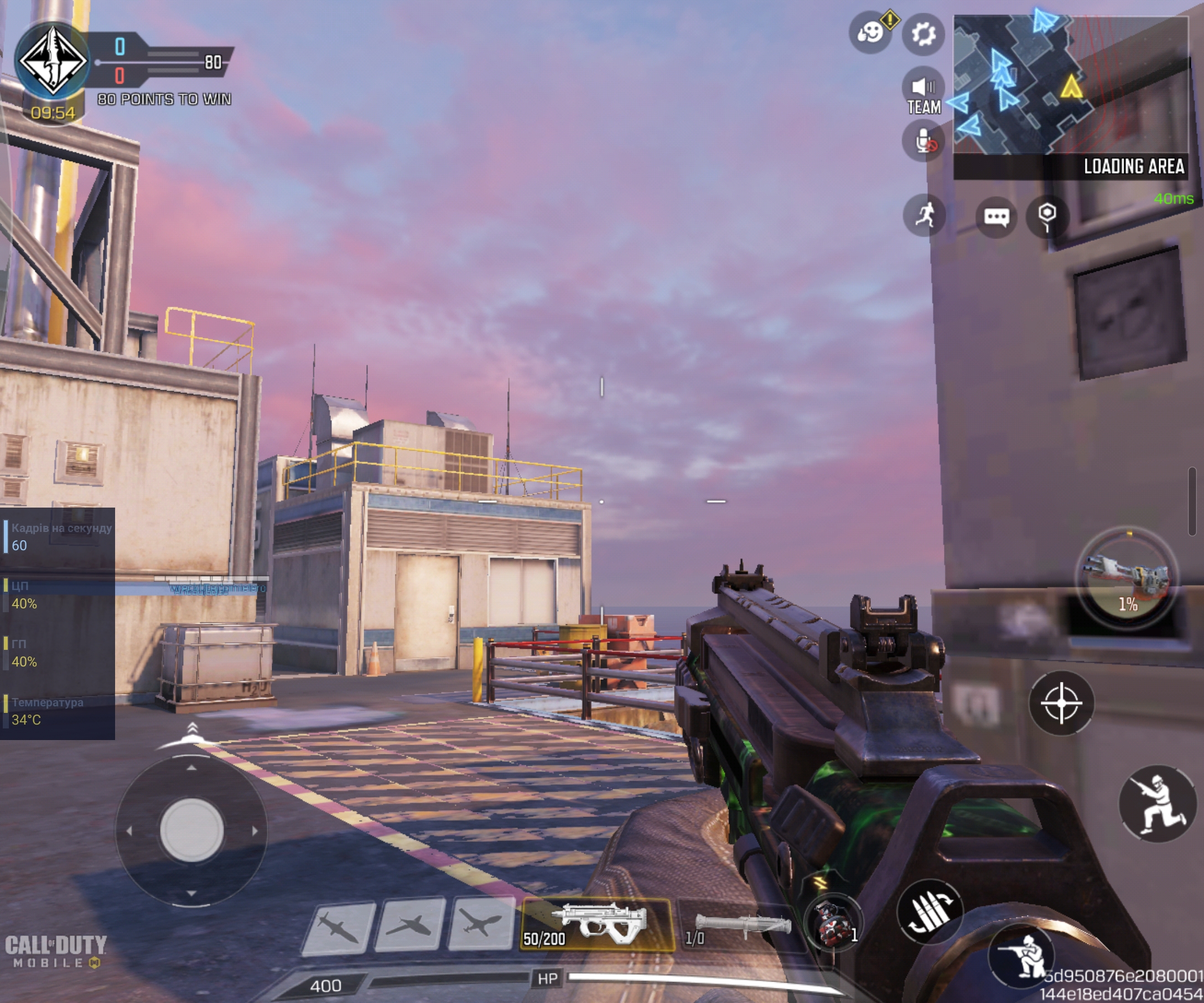
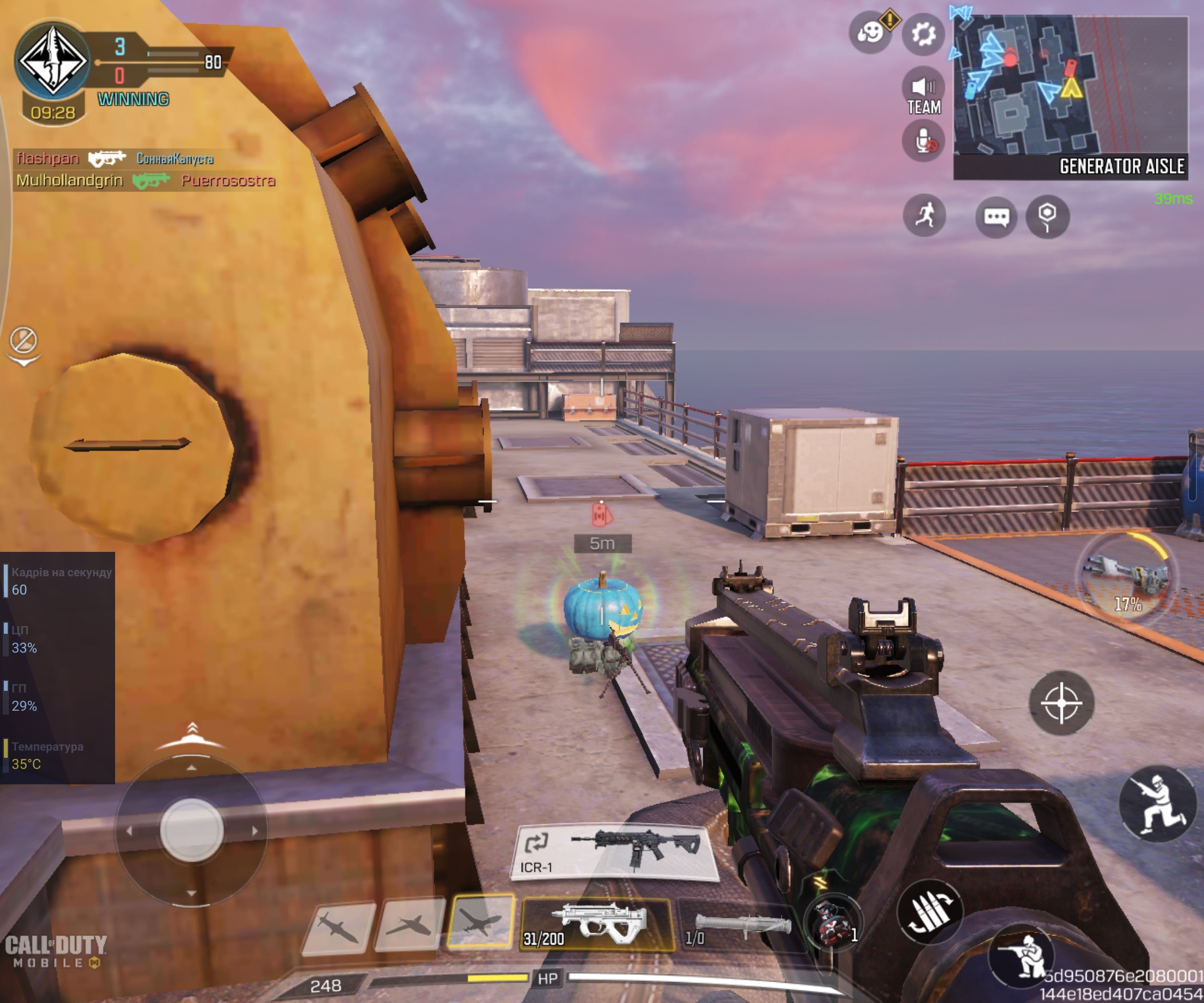
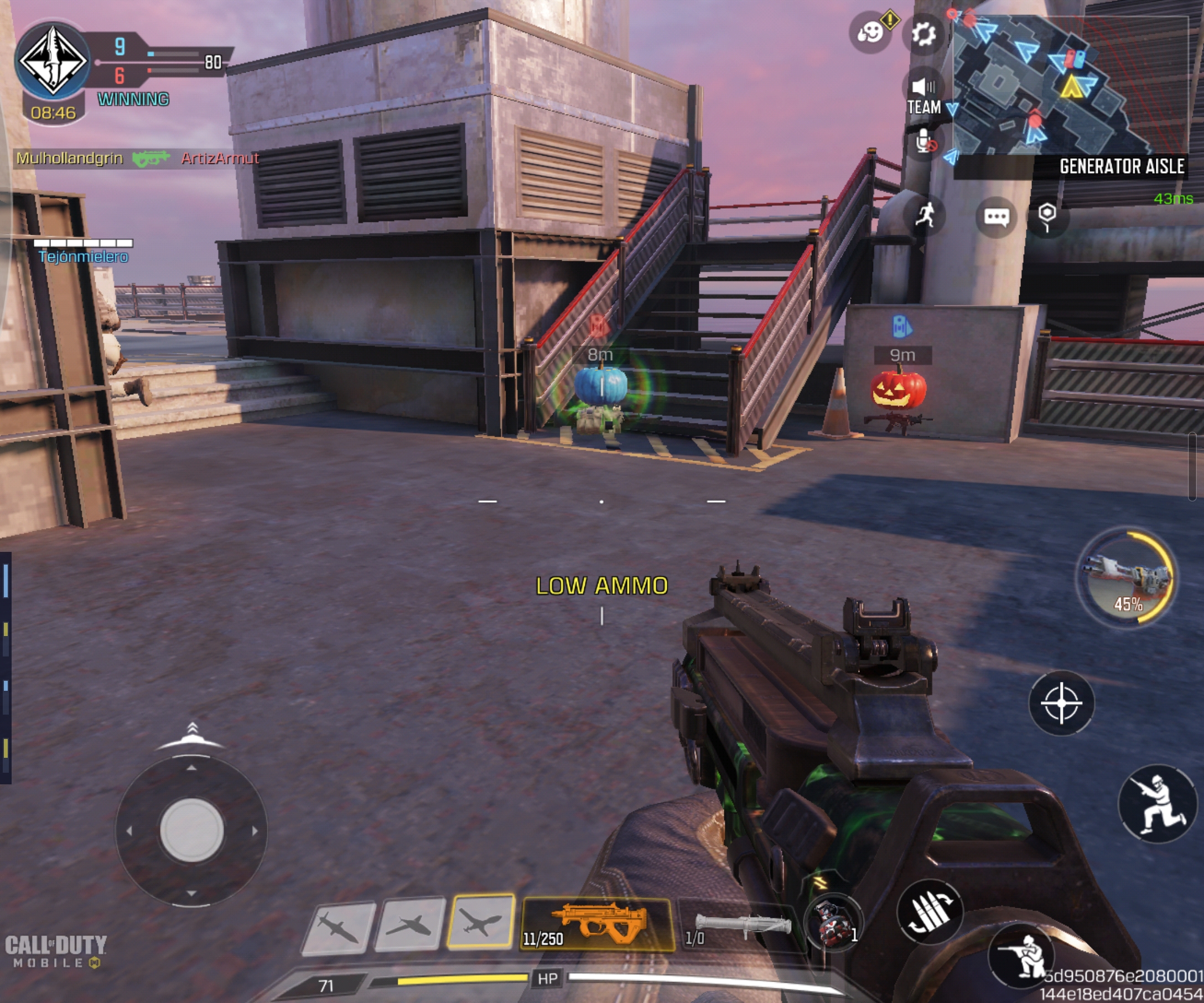
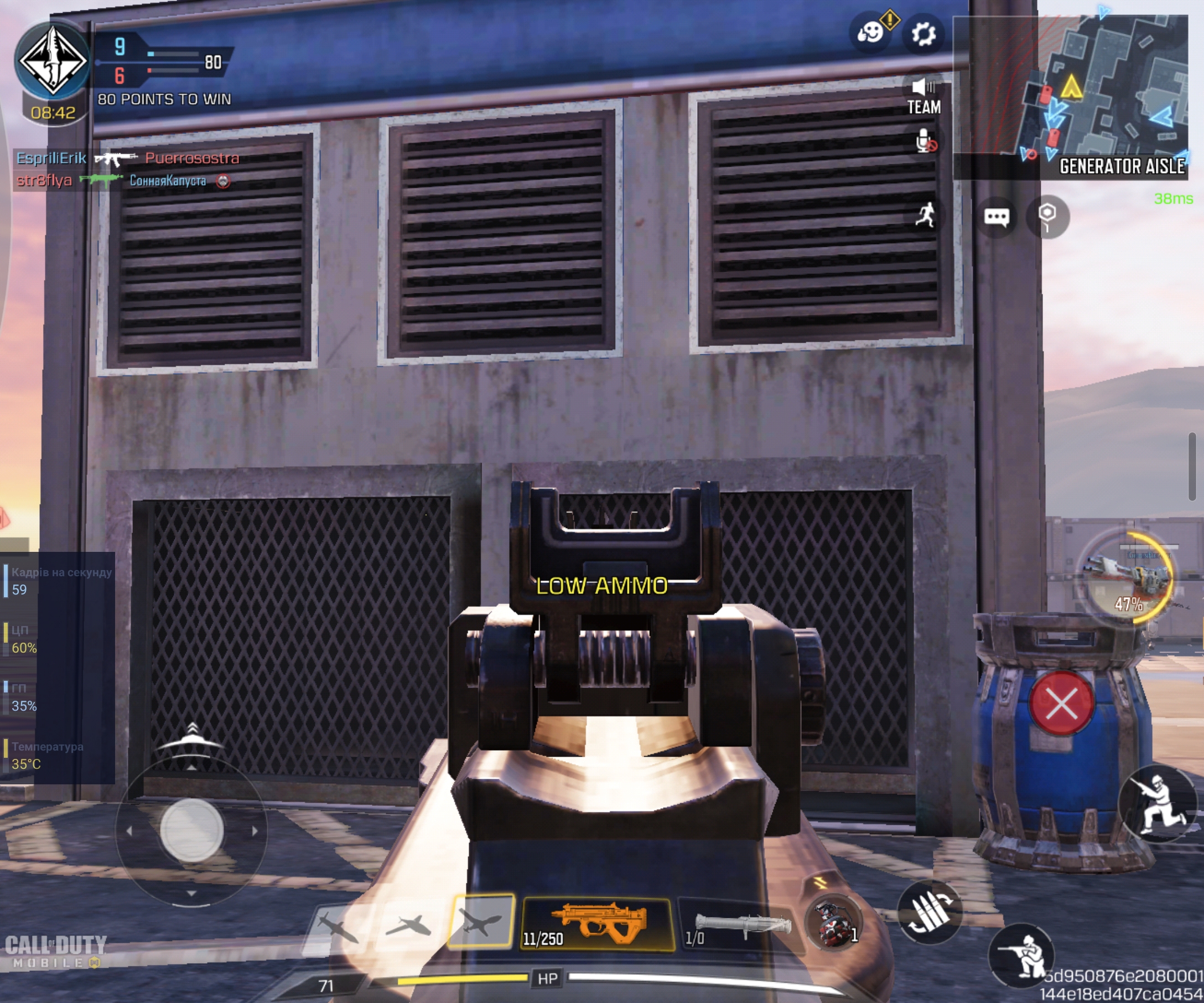

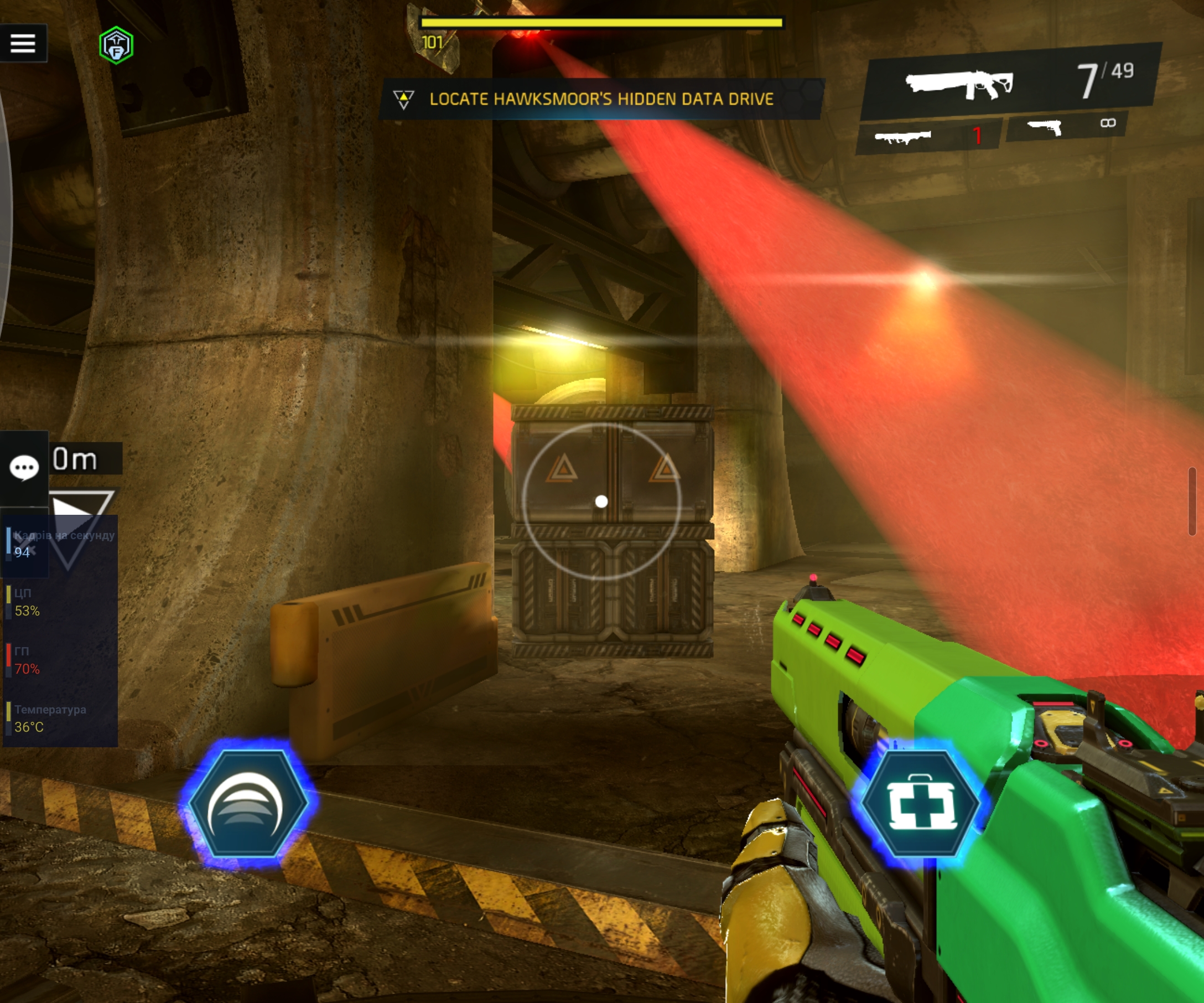
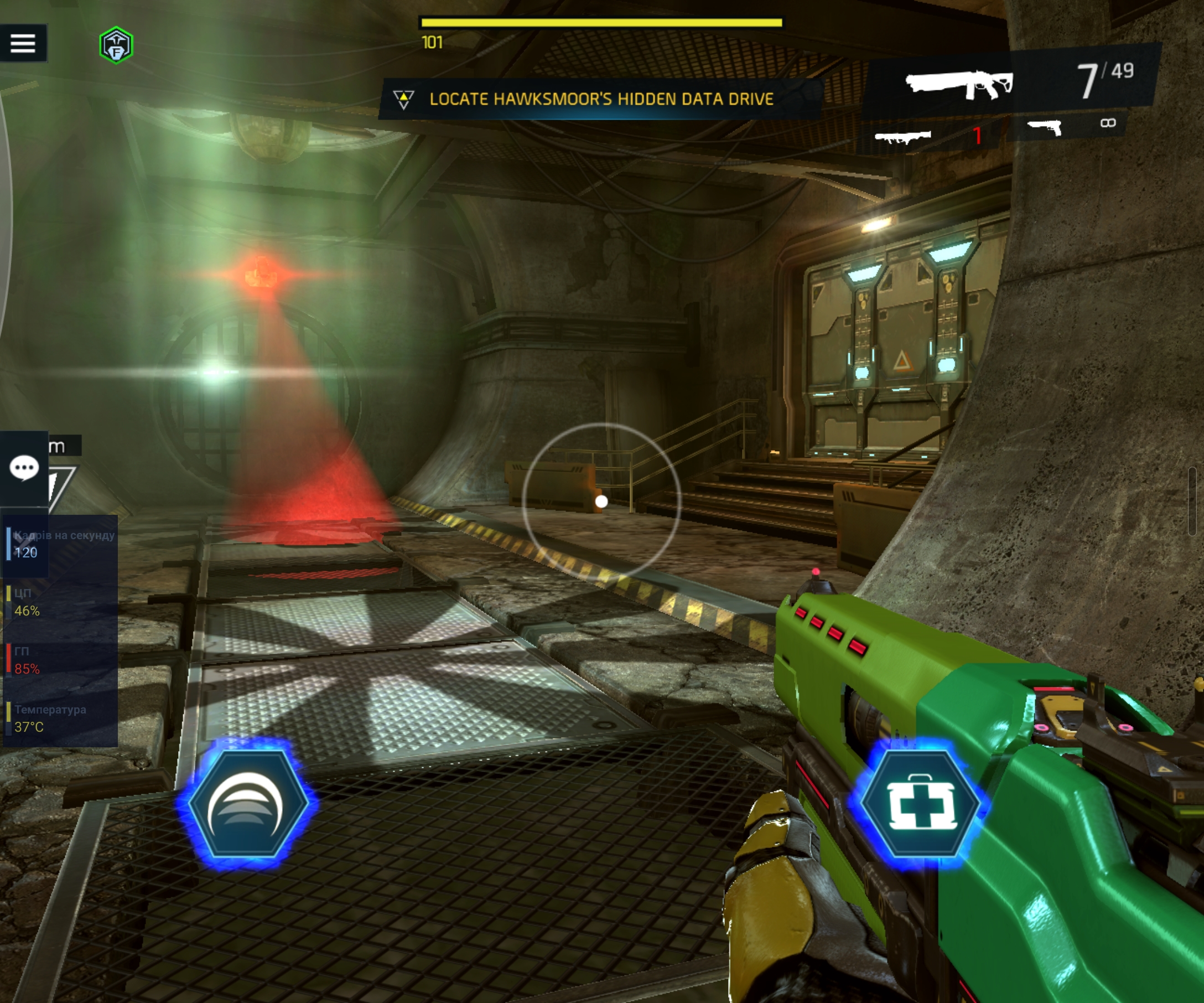
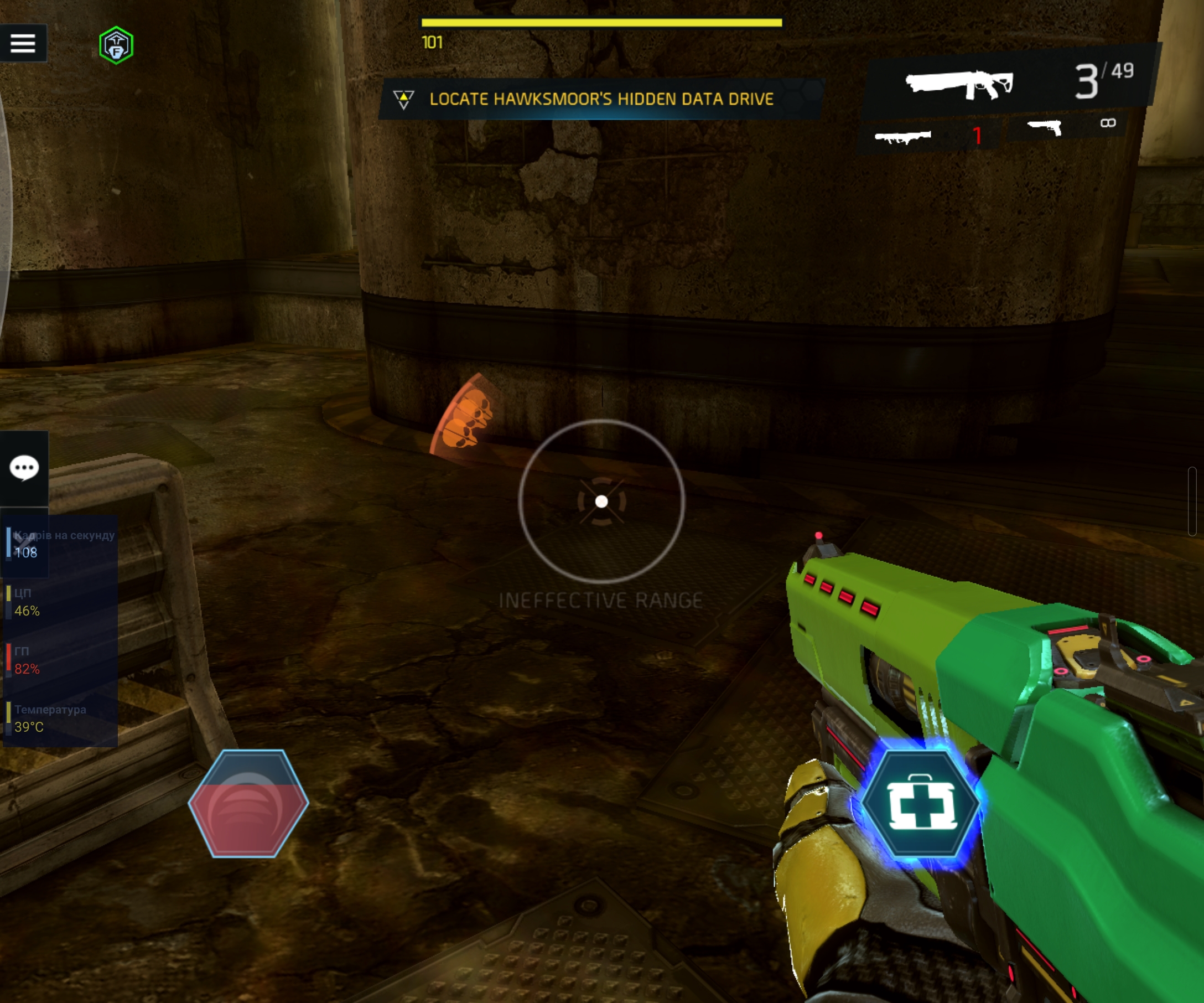

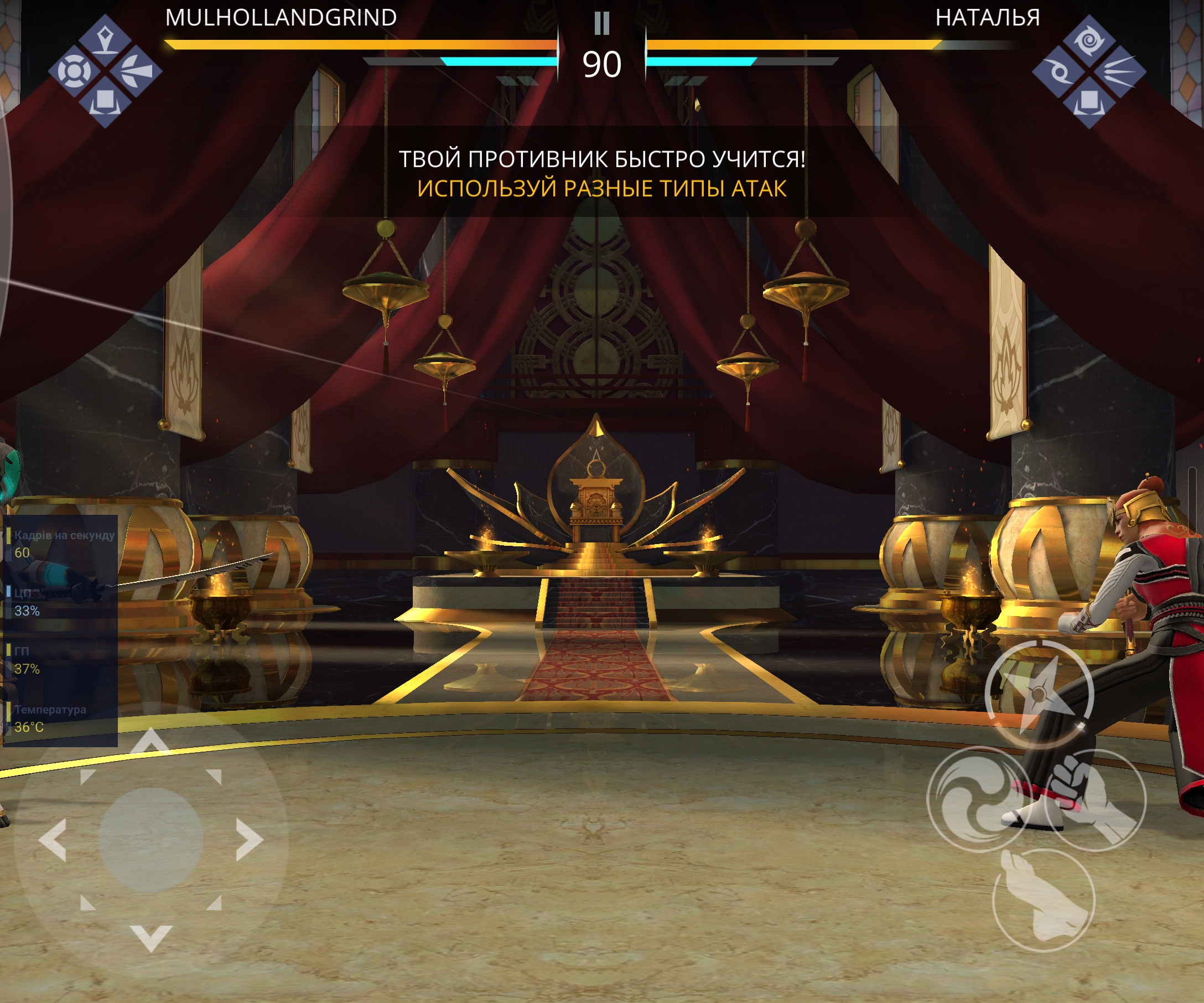
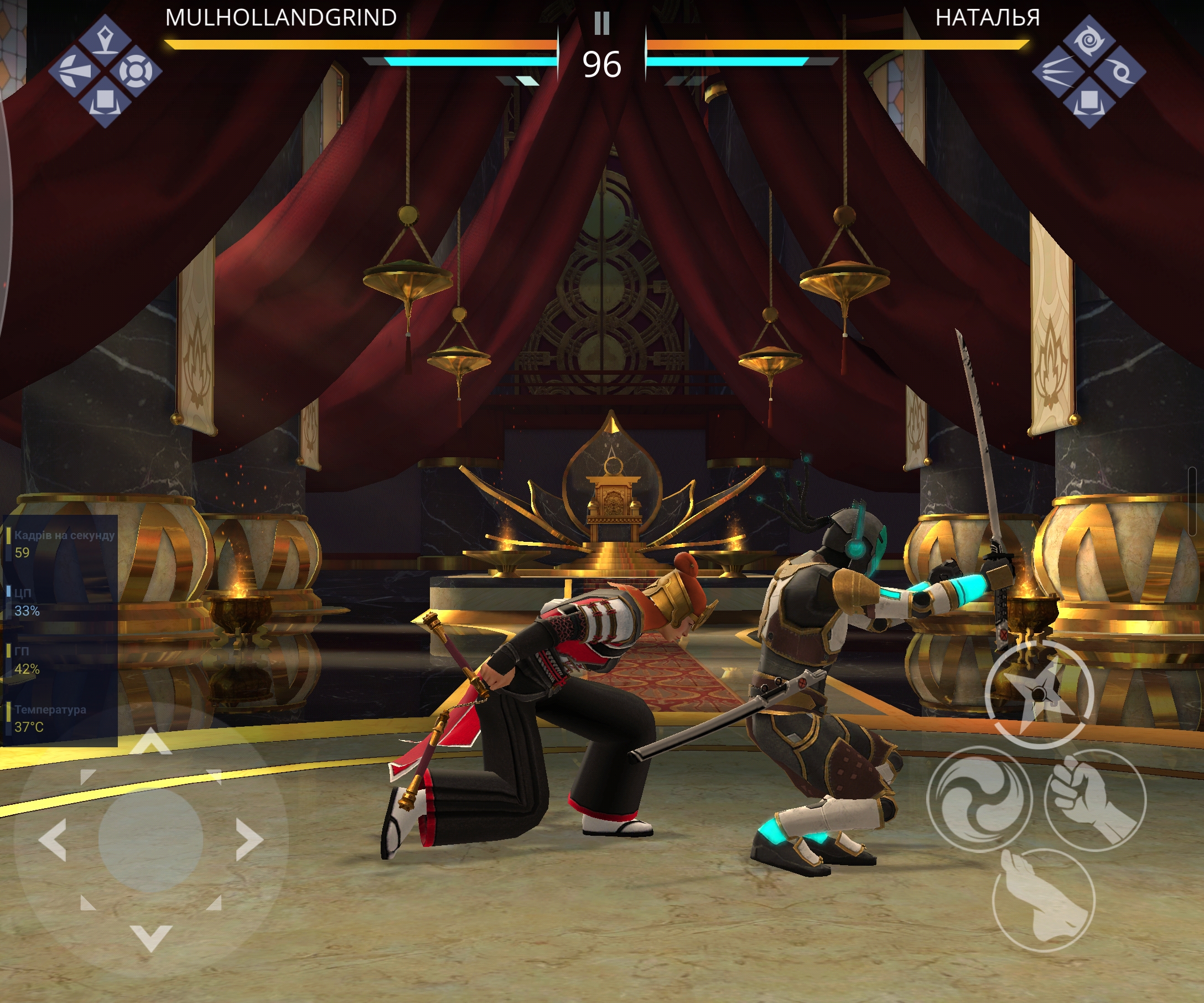

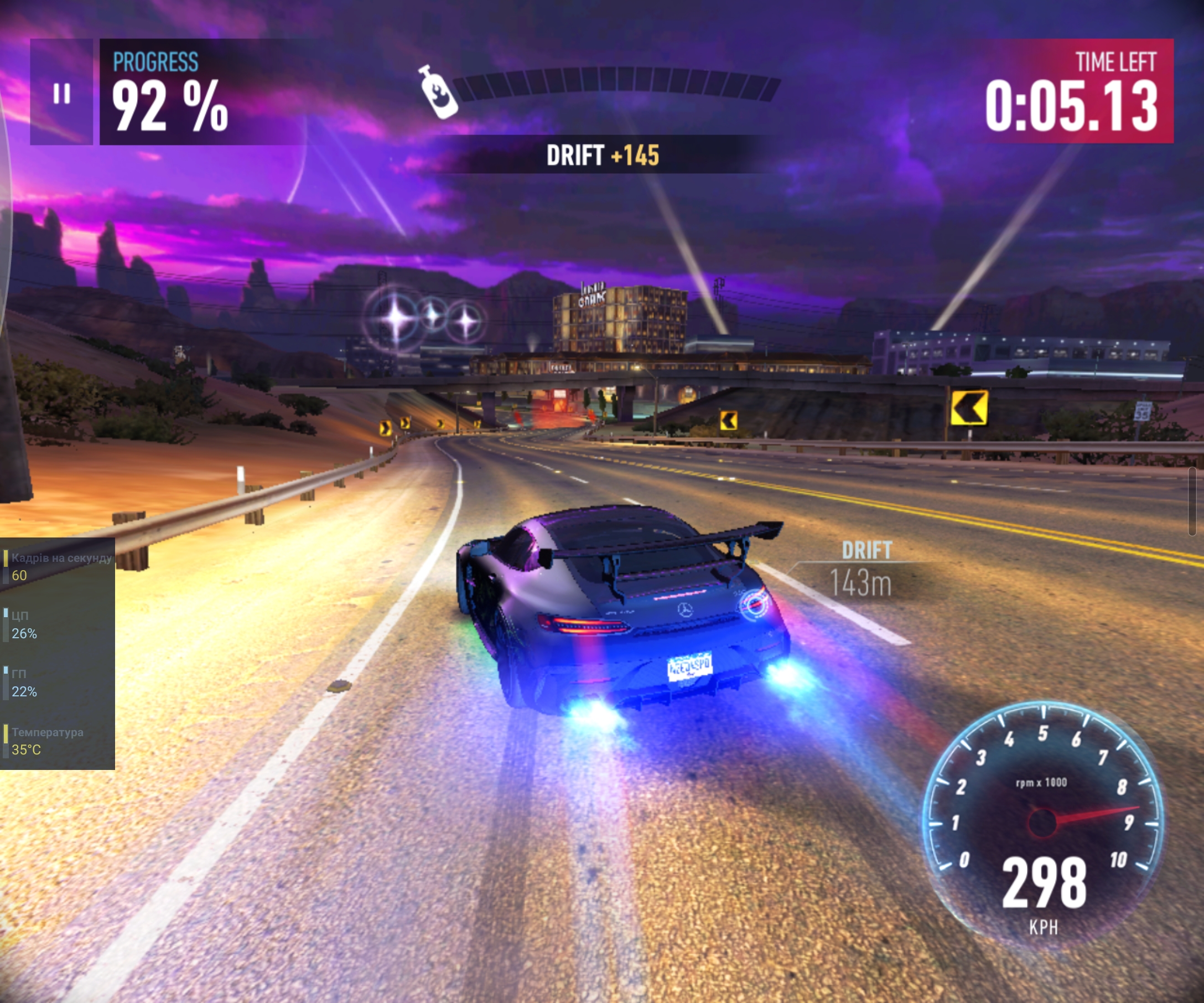
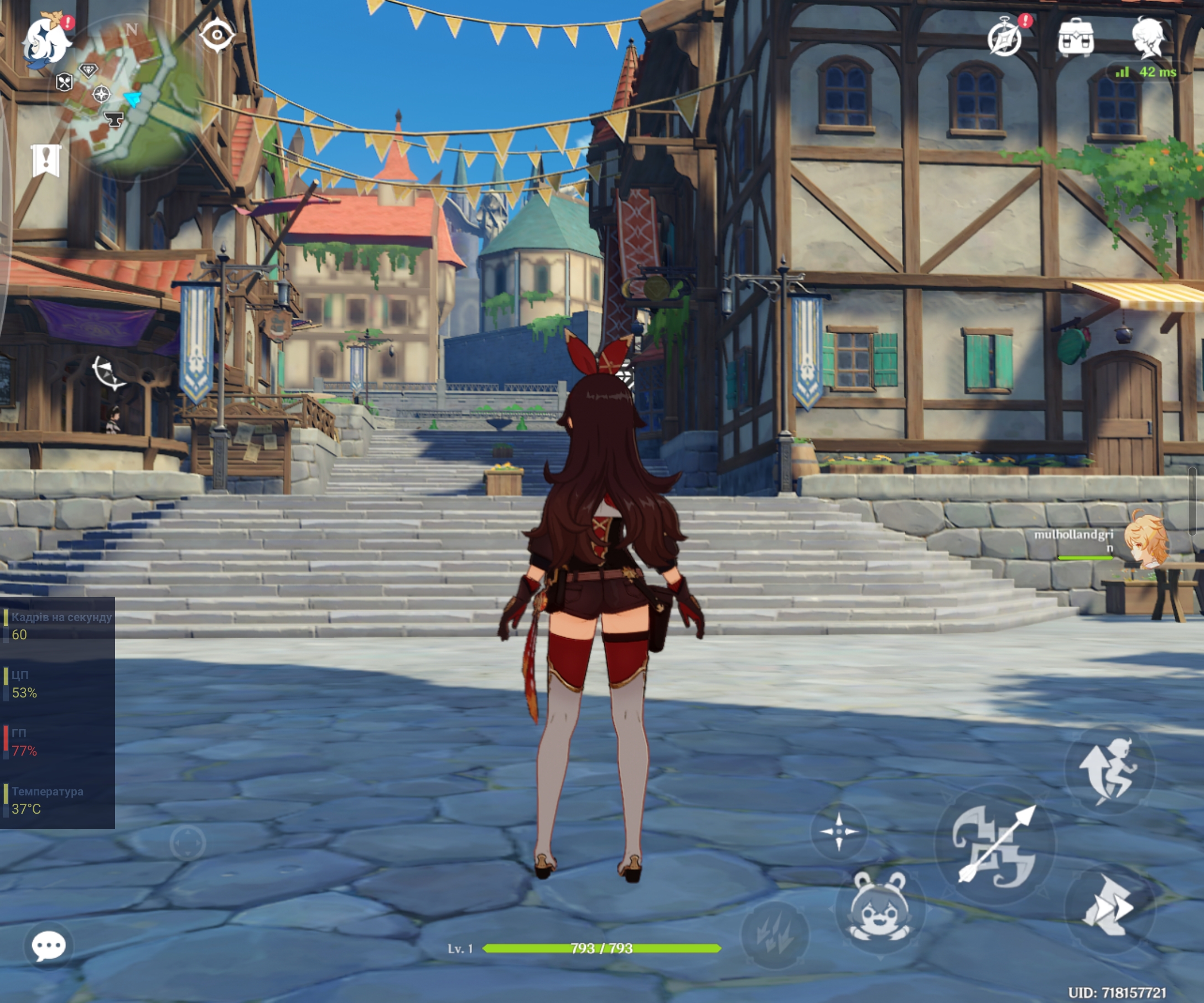
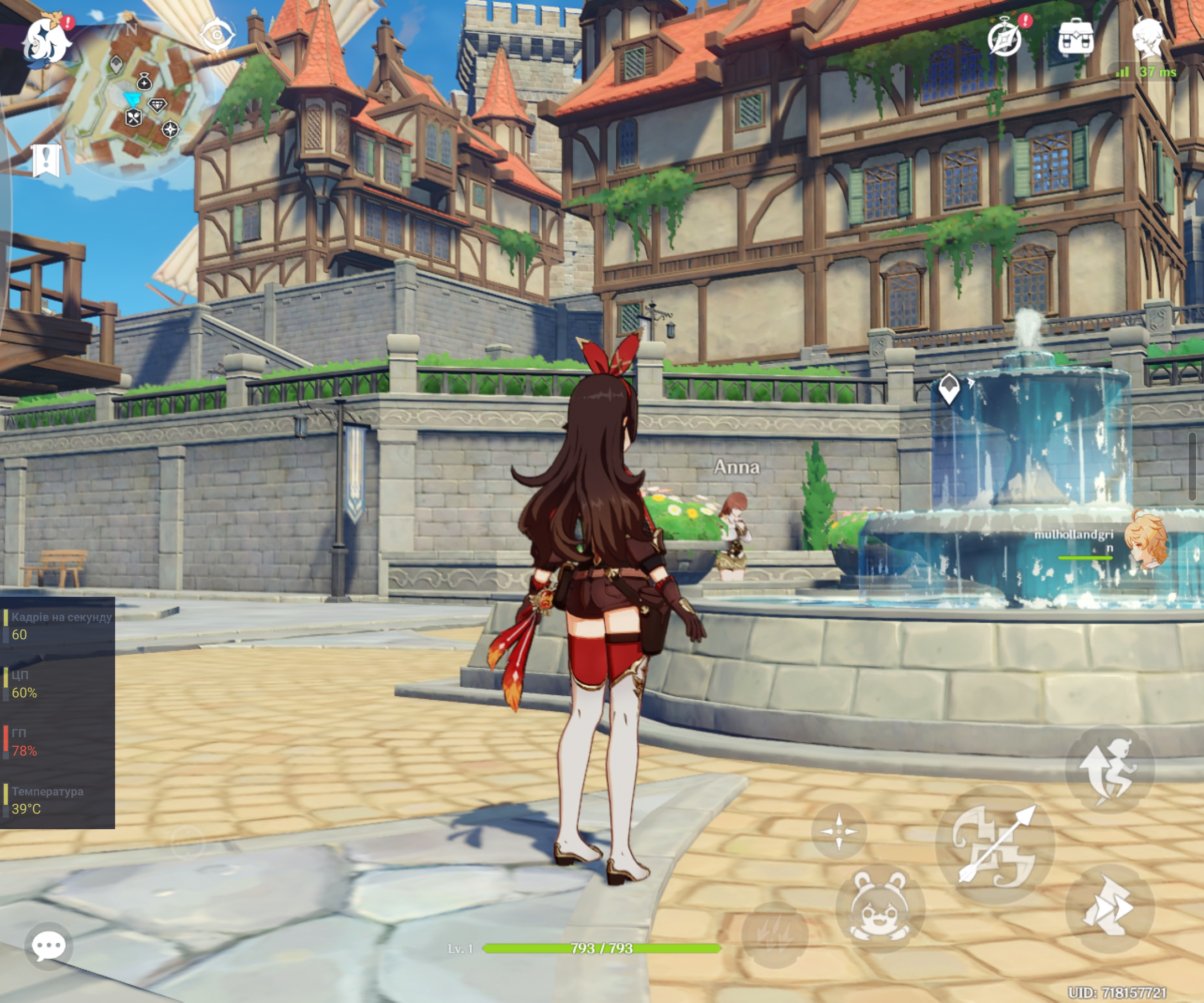
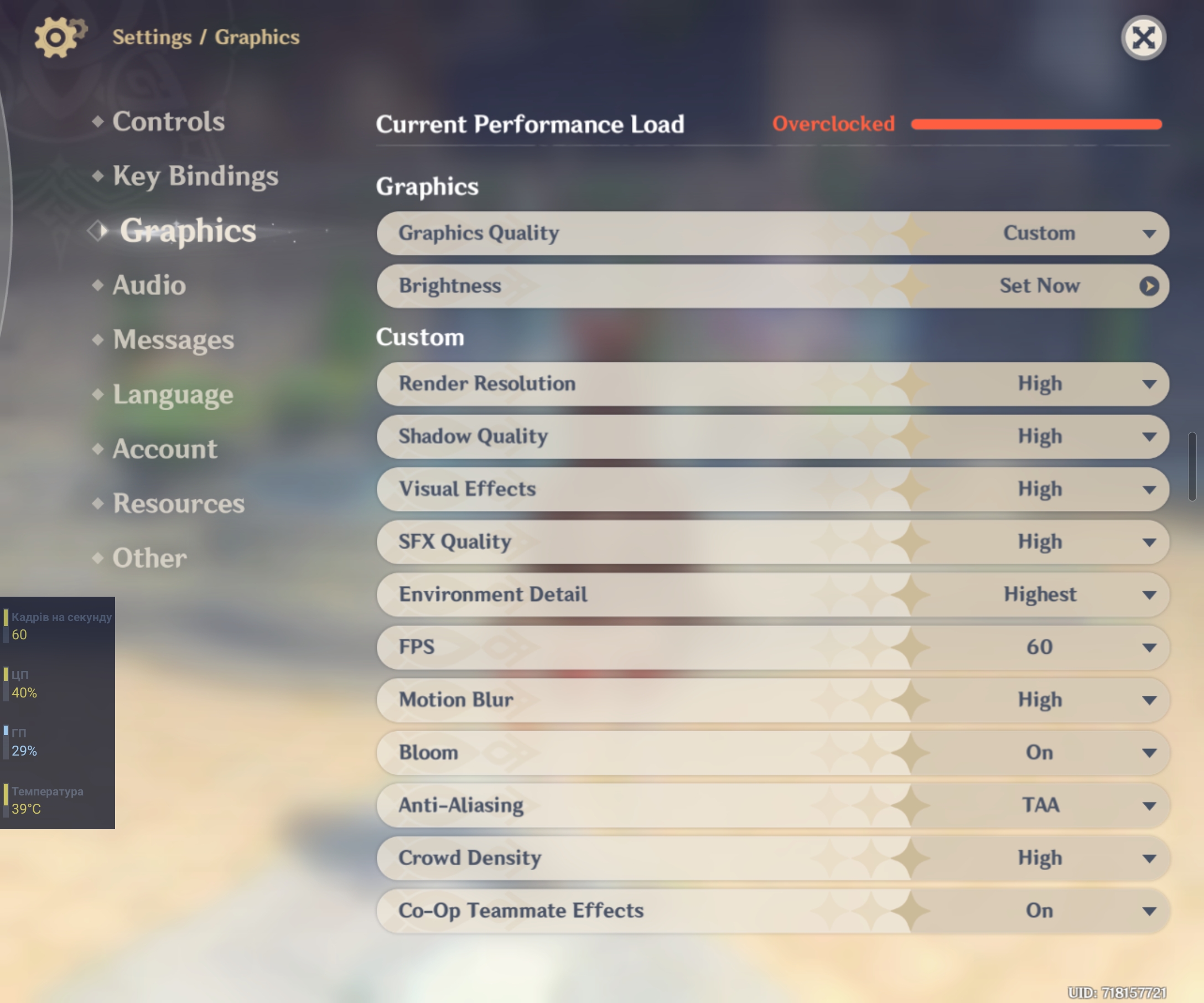
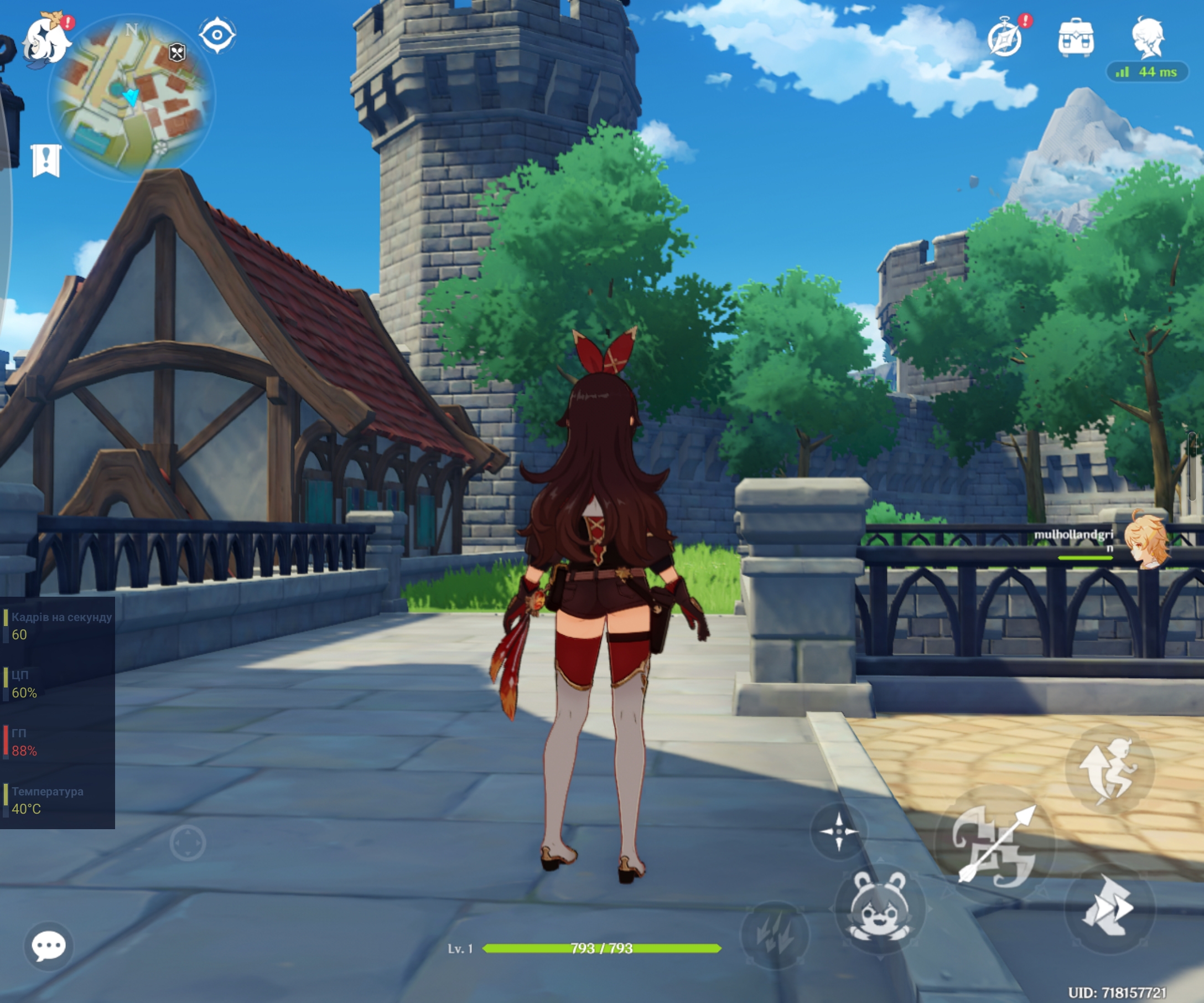


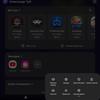



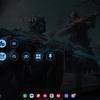
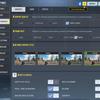











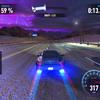



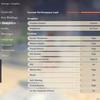

The smartphone has the following wireless interfaces: dual-band Wi-Fi 802.11 a/b/g/n/ac/6e 2.4 GHz and 5 GHz, Bluetooth 5.2 LE (aptX HD and LDACcodecs are supported), ANT+ and NFC for contactless payment. Global positioning systems GPS, GLONASS, GALILEO, BDS are supported. Built-in stereo speakers sound loud and quite high quality, there is even something similar to low frequencies. There is no headphone jack, so either an adapter or Bluetooth. the "native" music player supports almost all standard formats, including FLAC. Functionally, everything is almost standard, except for Adapt Sound. In fact, it is an enhancement taking into account hearing loss with age.
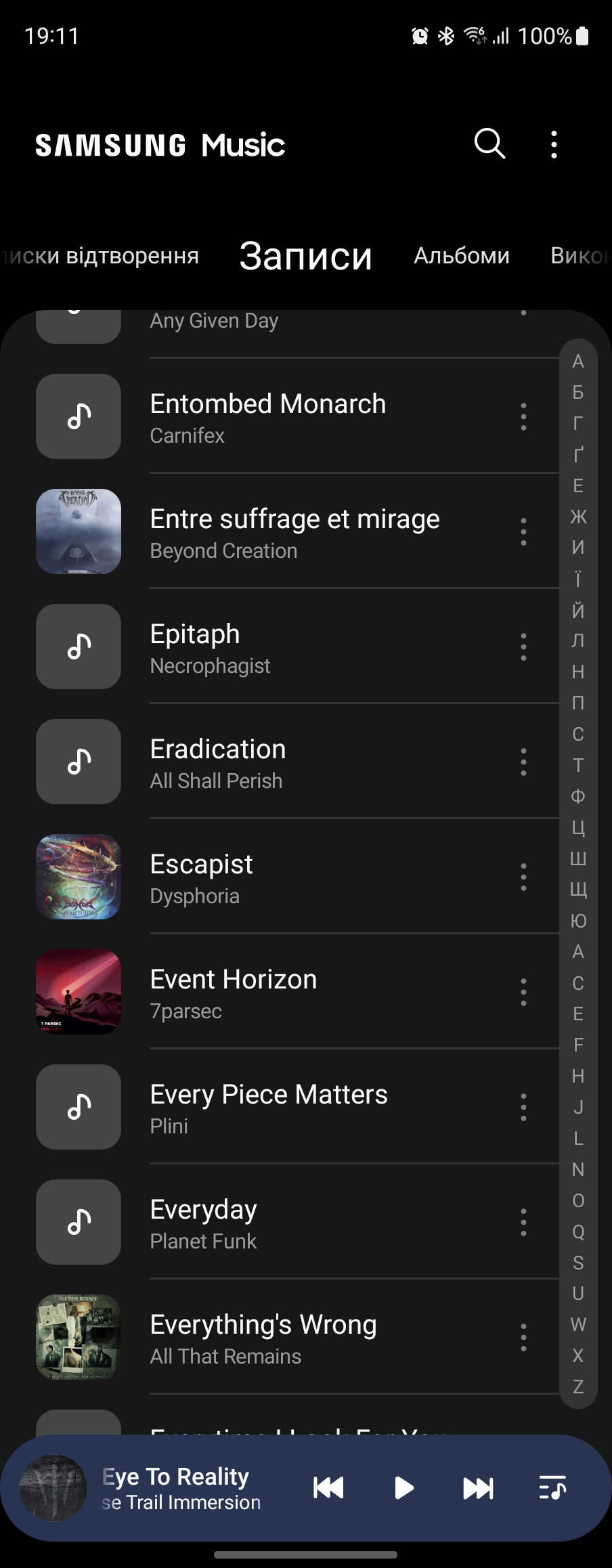
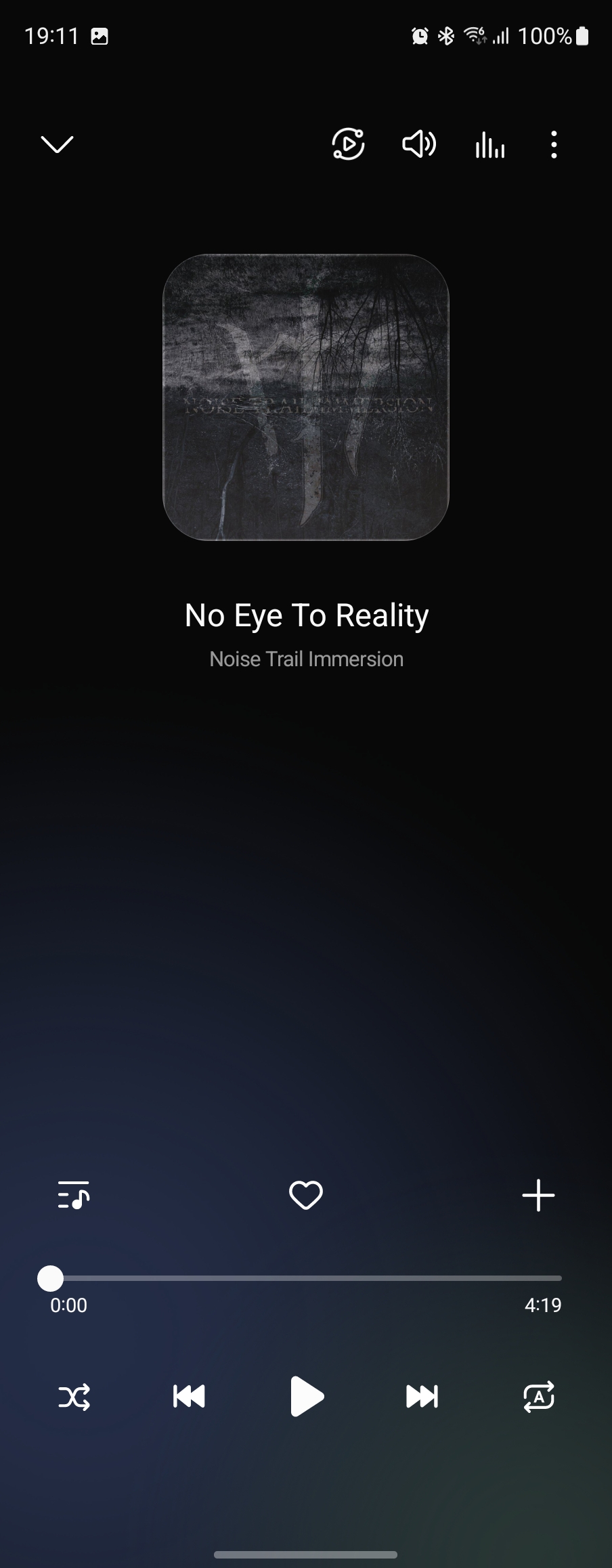

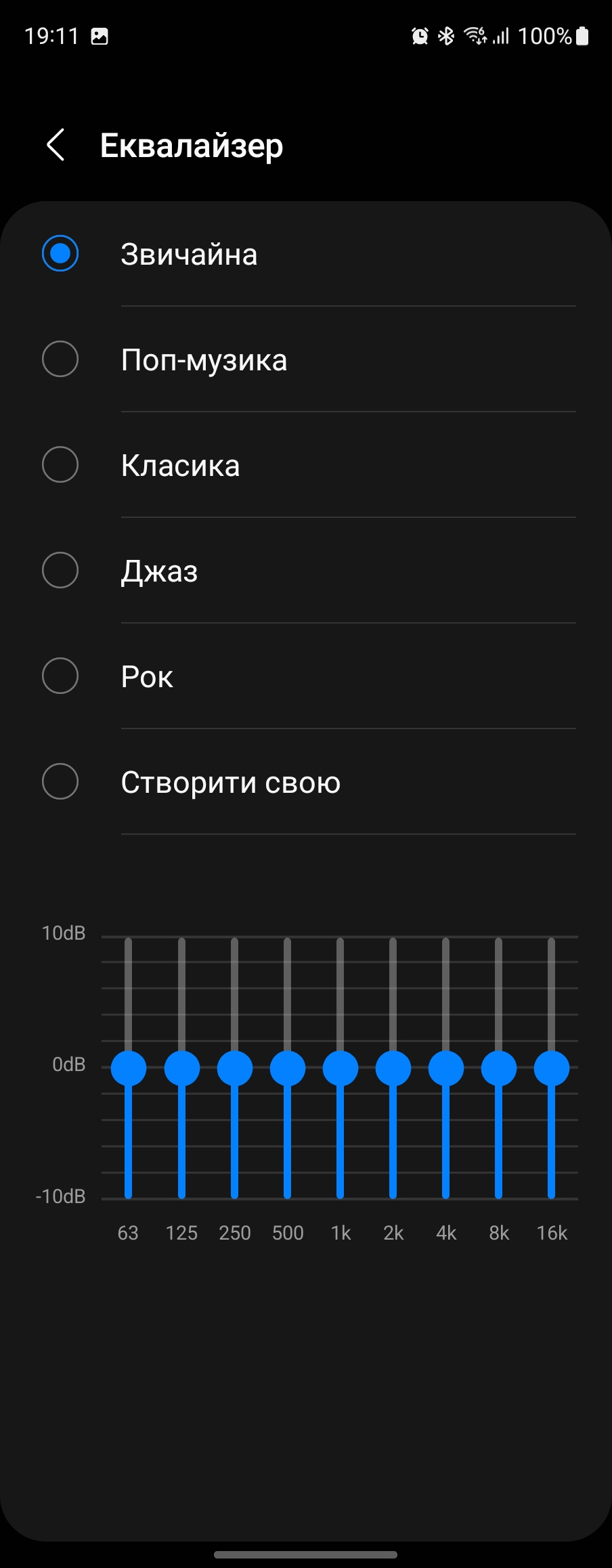
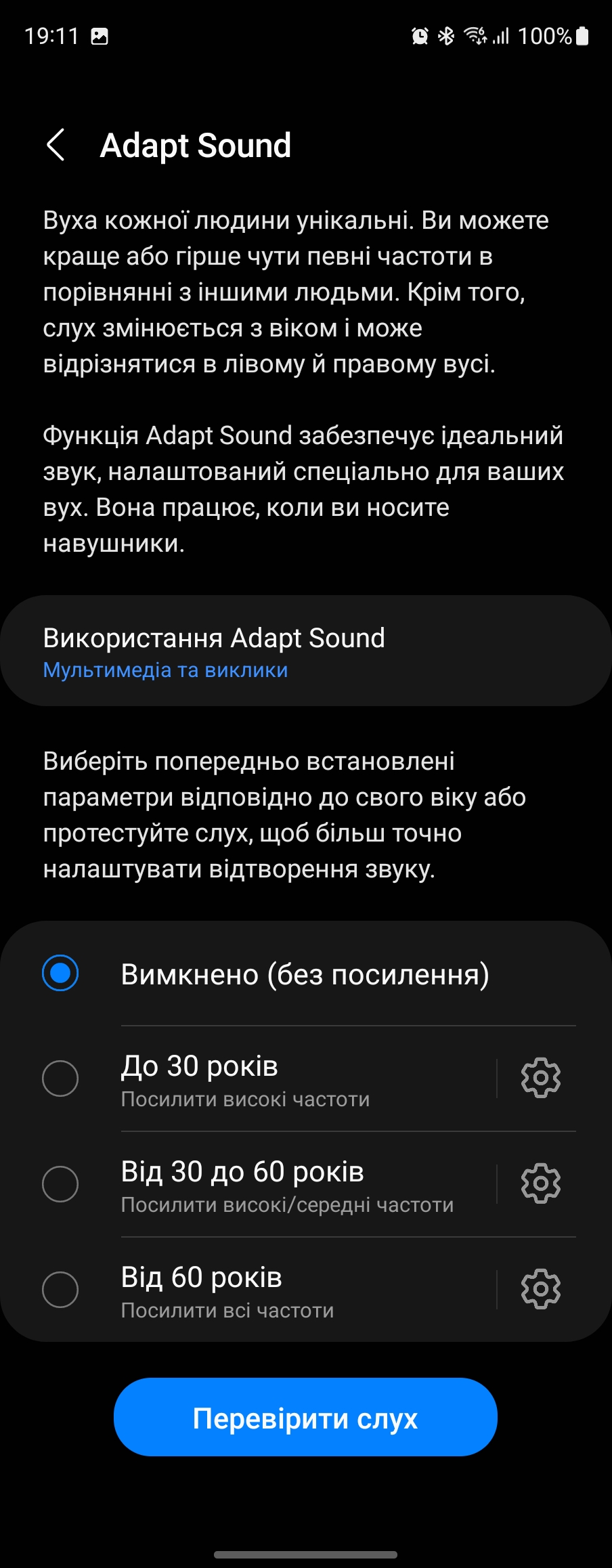


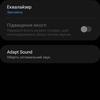
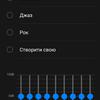

The smartphone uses a 4400 mAh battery, which is similar to Galaxy Z Fold3. There is support for 25 W fast charging via a wire, 15 W wireless charging, and reverse wireless charging. There is no possibility to measure the charging time due to the lack of a proprietary power supply. But there is something to say about autonomy. Apparently, the Qualcomm Snapdragon 8+ Gen 1 processor and the current software are better optimized, because even with very active use (including frequent use of the internal display), the smartphone works for a day on a single charge. This is with several phone calls, a lot of communication in instant messengers, social networks, web surfing, YouTube and email on the big screen, about an hour of music via Bluetooth, performance tests and a little camera use. So with more moderate use you can get up to 1.5 days.
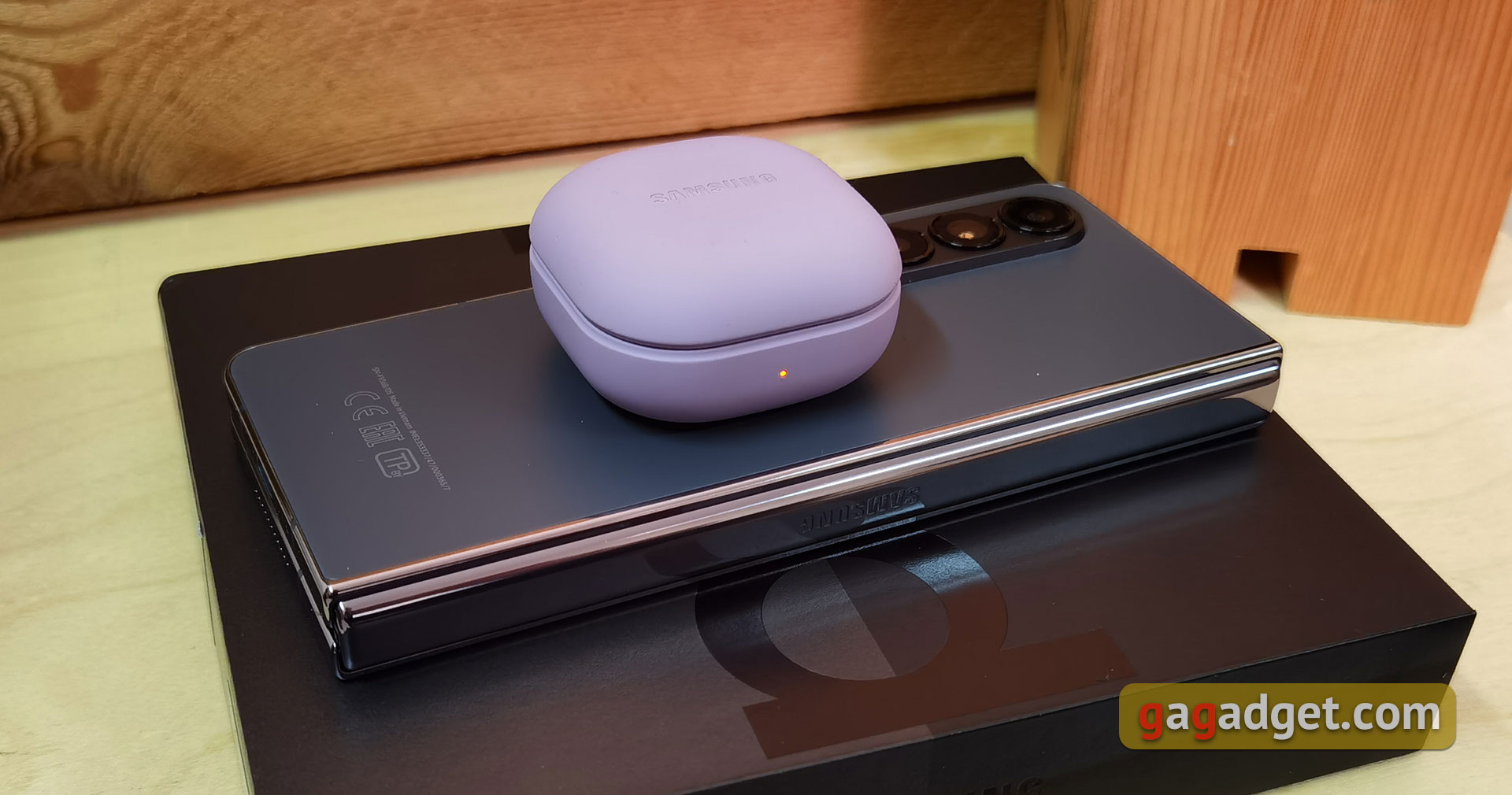
What about the interface?
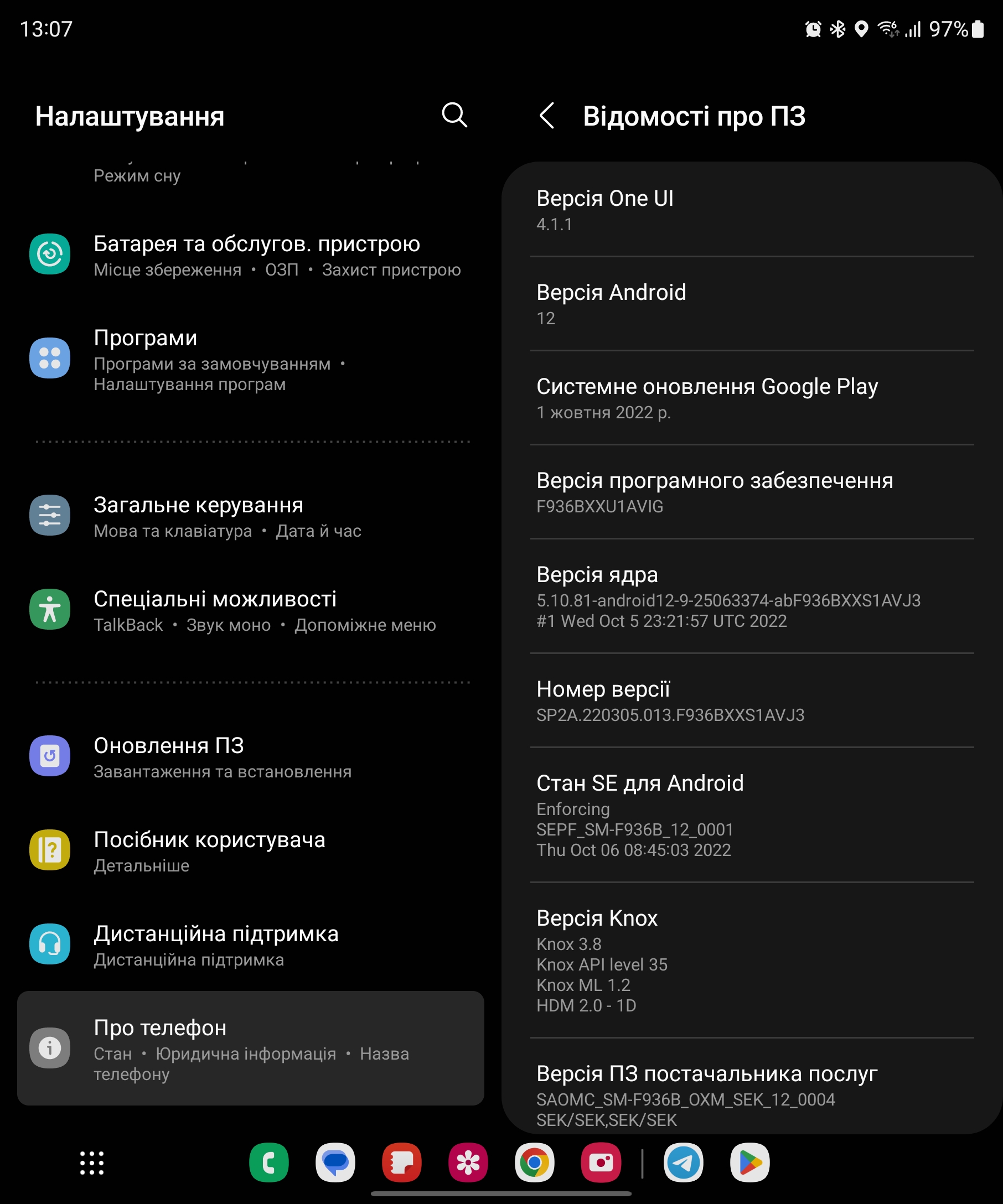
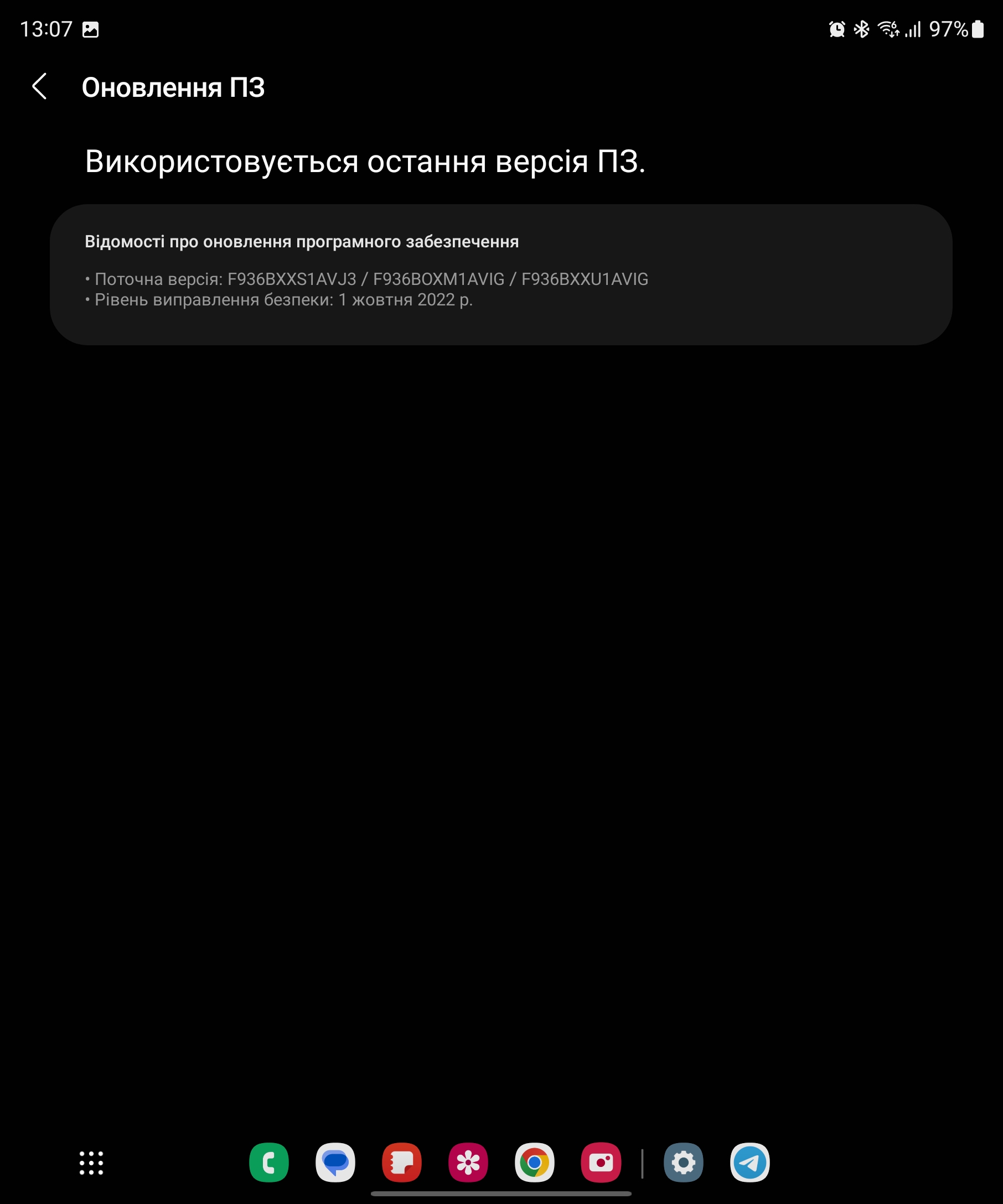
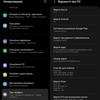

Samsung Galaxy Fold4 runs on Android 12 with One UI 4.1.1 shell. To be more precise - Android 12L, which is optimized for working with large flexible screens. You can read more about the features of this version on Fold smartphones in our separate material. In general, we have the usual Samsung One UI shell, which has a number of convenient features for a large flexible display. So from the usual: there are display options with desktops and a separate application menu, gesture and button navigation, grid size adjustment and more.
And from the interesting features it is worth highlighting the "tablet" version of displaying applications on the internal screen, as on tablets. It is convenient in messengers, mail, when working with documents. As already written above, there is a taskbar that resembles that of desktop OS. It contains the most frequently used applications, and on the right side - the last two. By simply dragging from the panel to the screen, you can quickly open the application in split screen mode. windows can be resized, moved as you like. It is possible to configure desktops separately for each screen, or duplicate. In the settings there is a separate item Labs with "experimental" functions. For example, forced window mode for applications that do not support it and the bending panel. In some cases, when bending, additional controls are displayed, or a touchpad that performs the function of a touchpad, as on laptops.

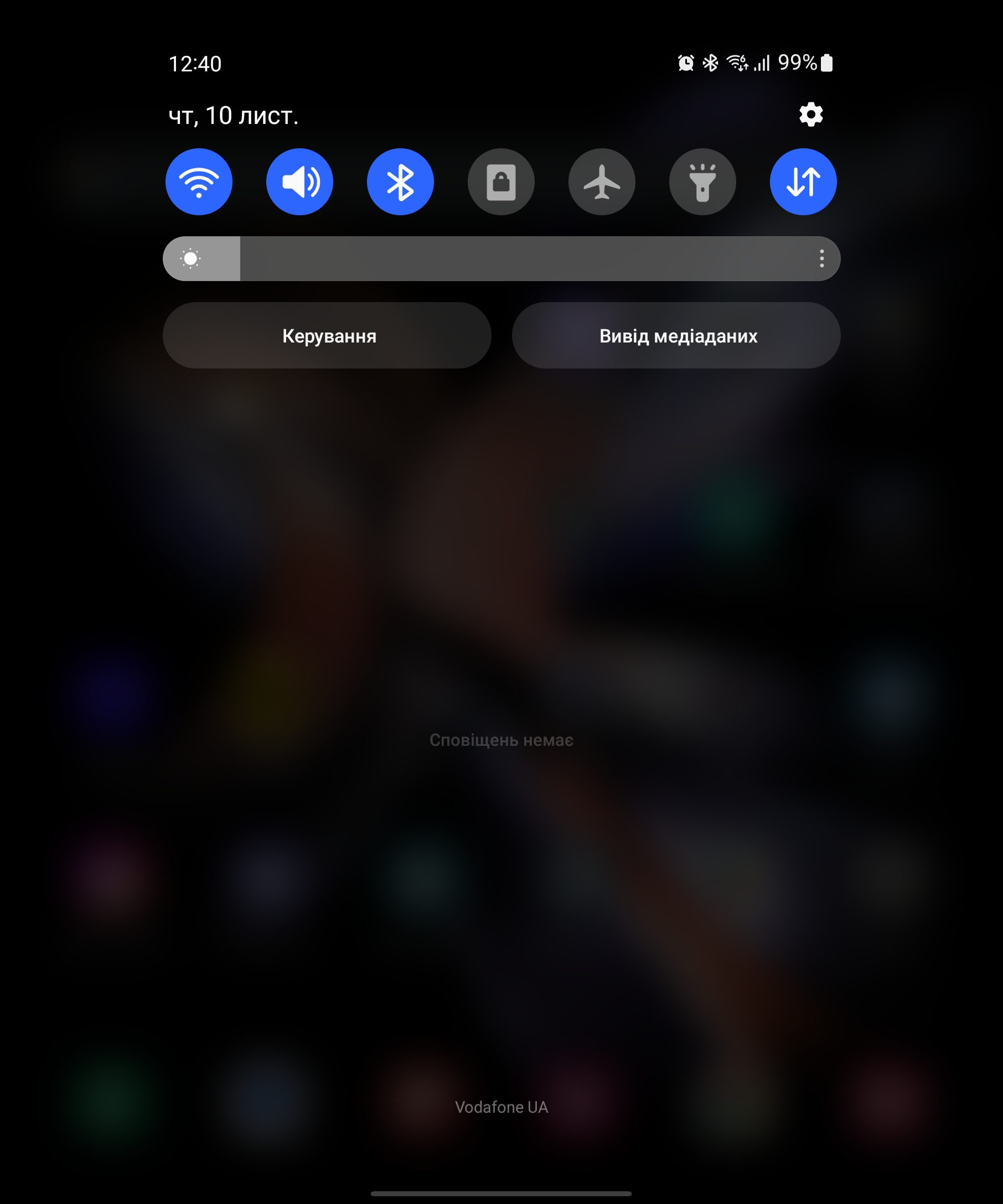
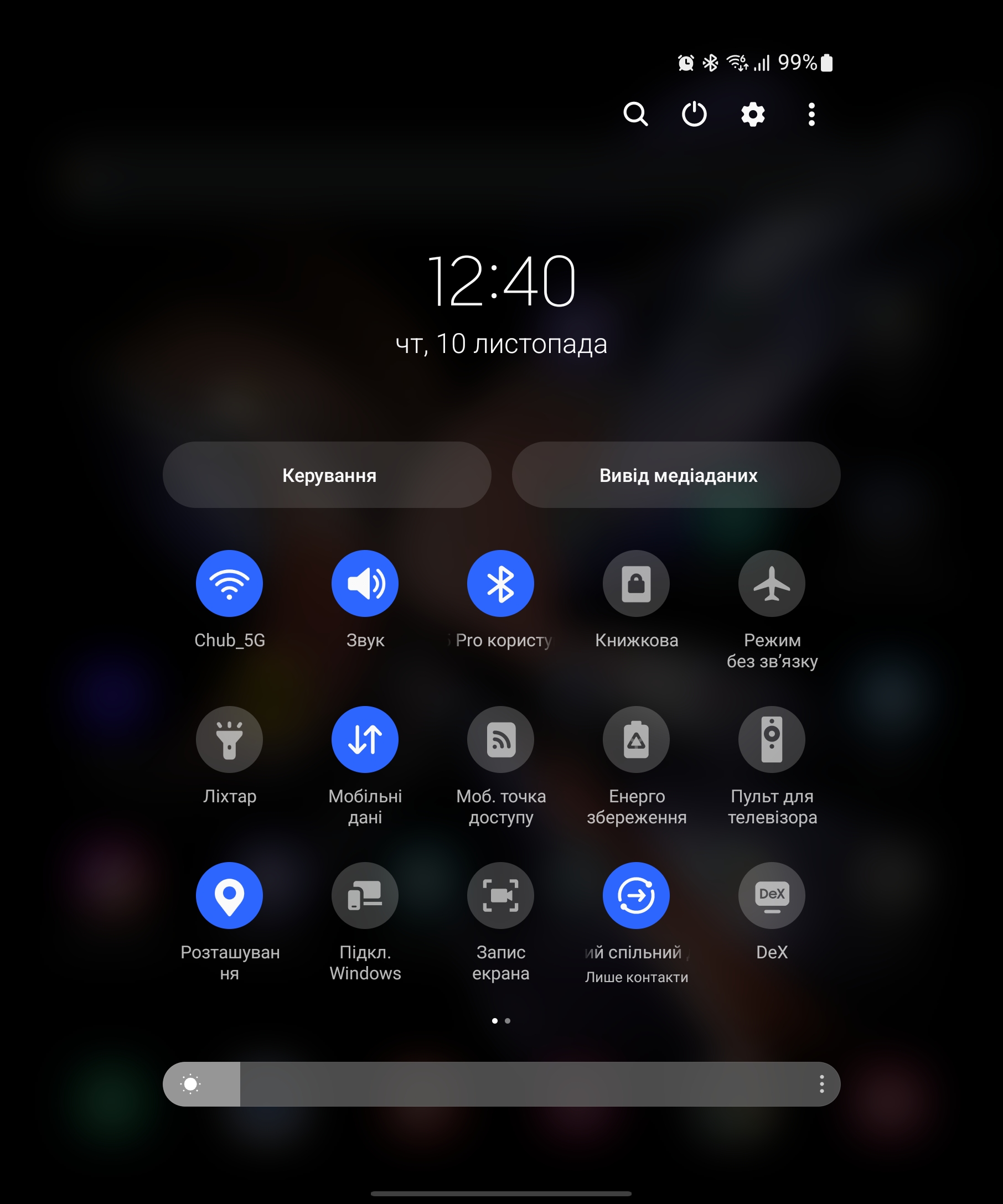
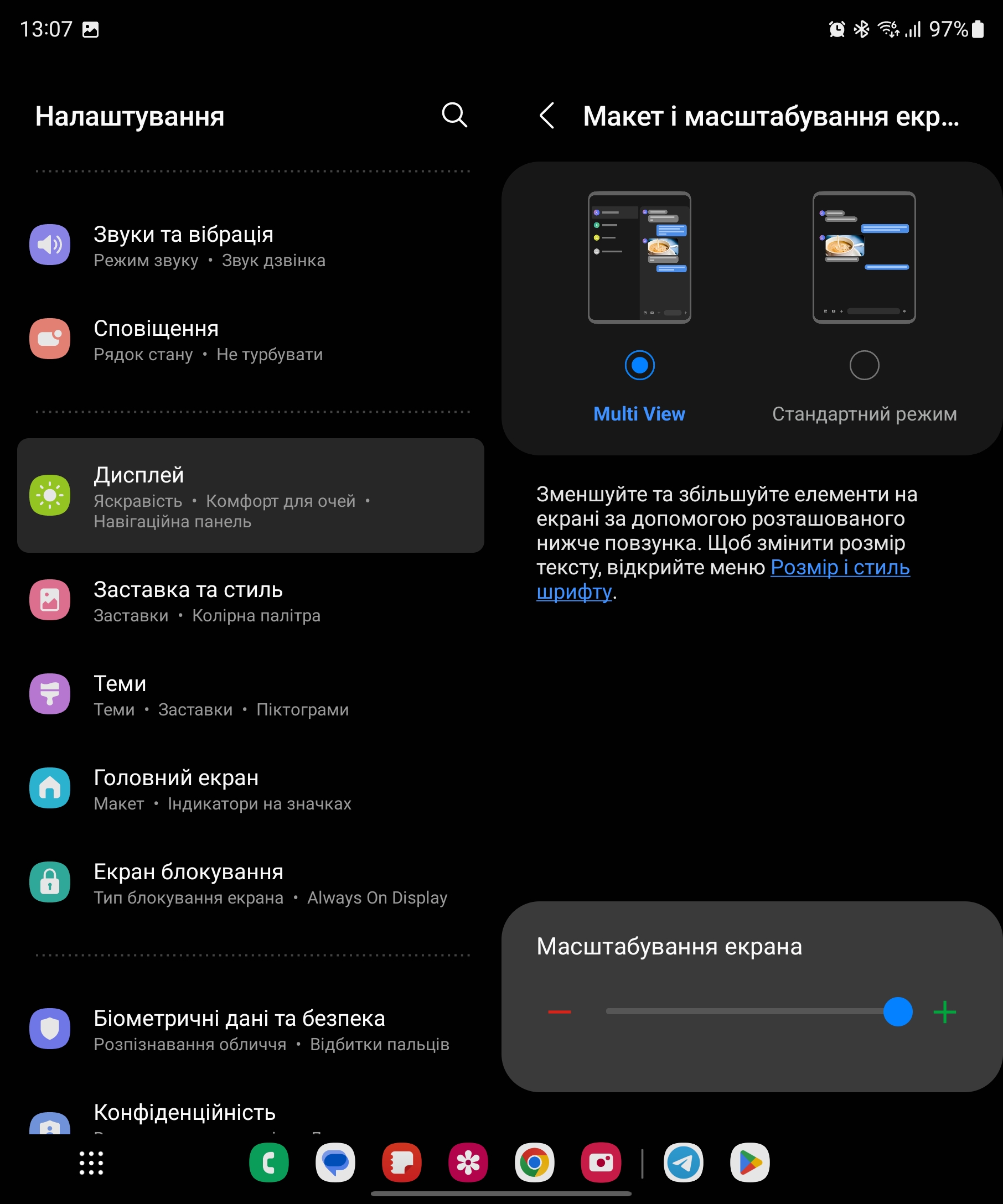
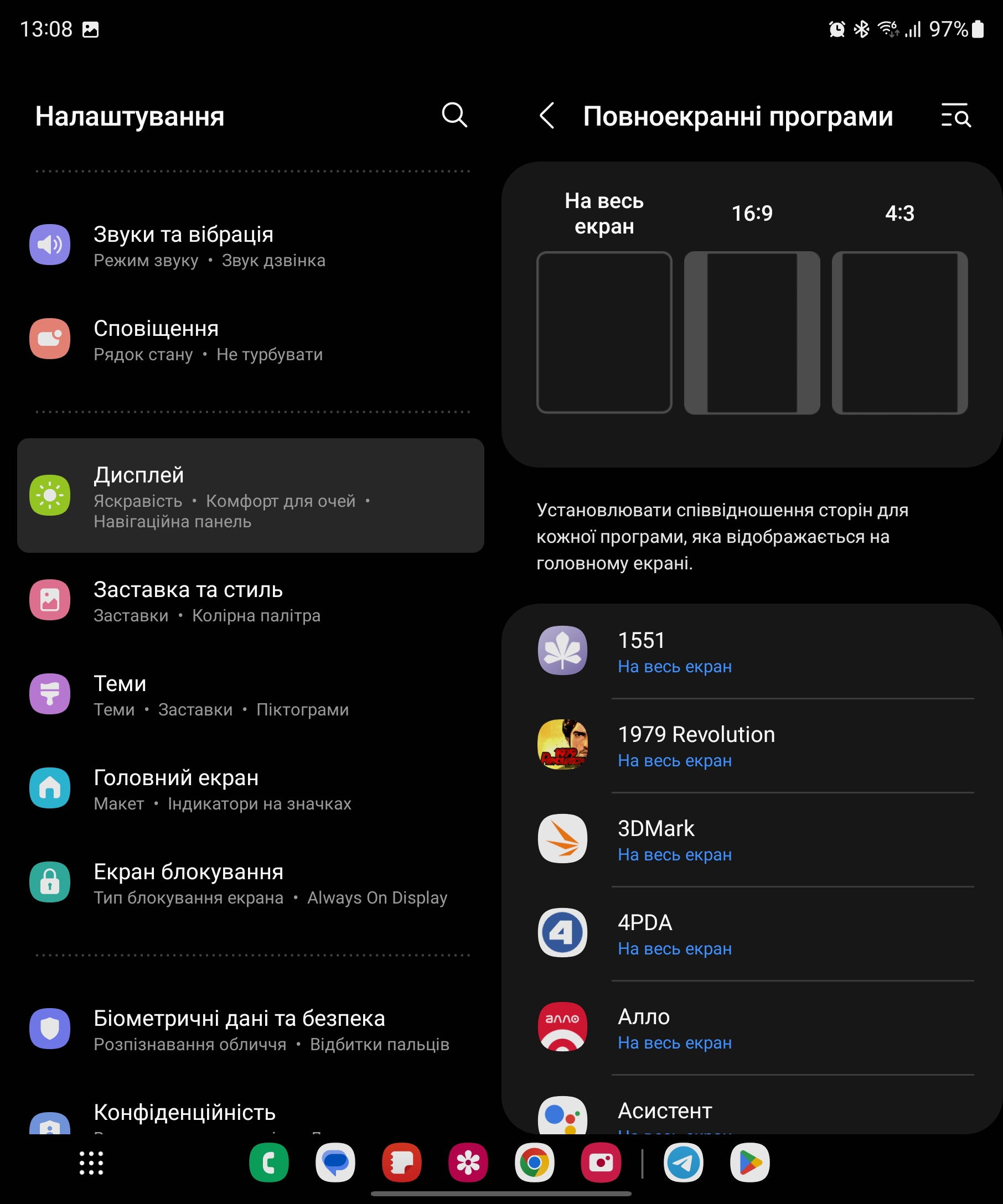
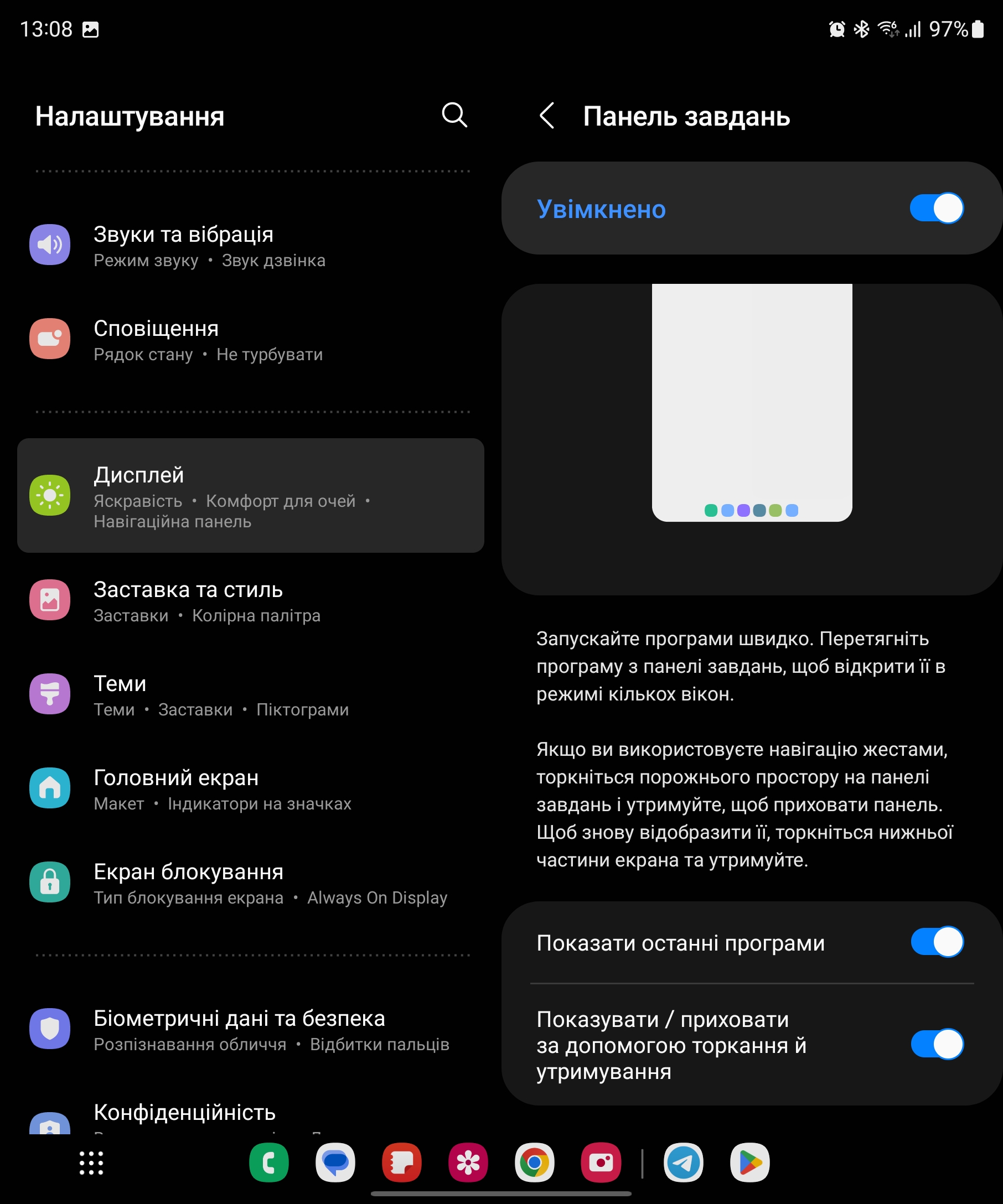
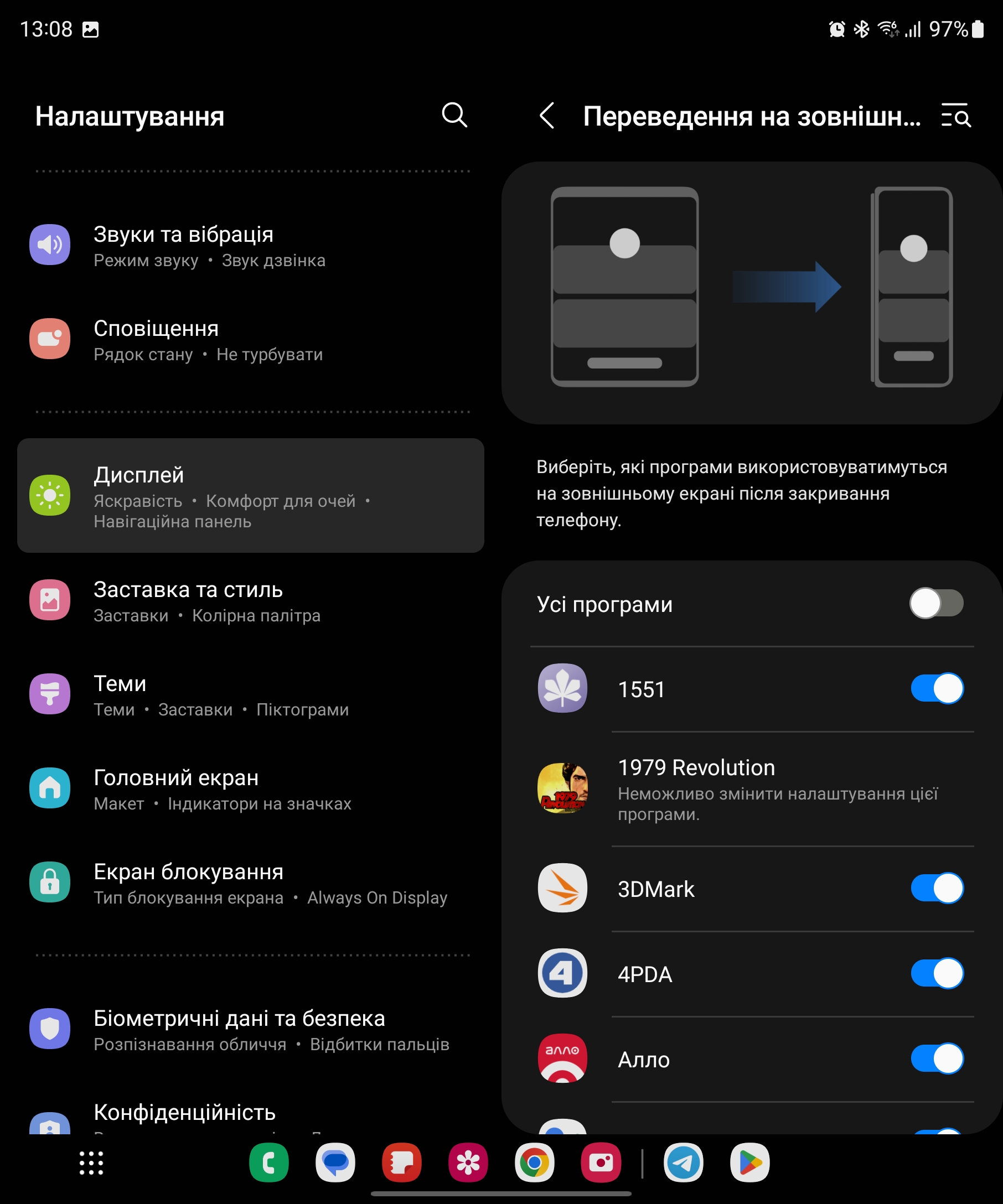
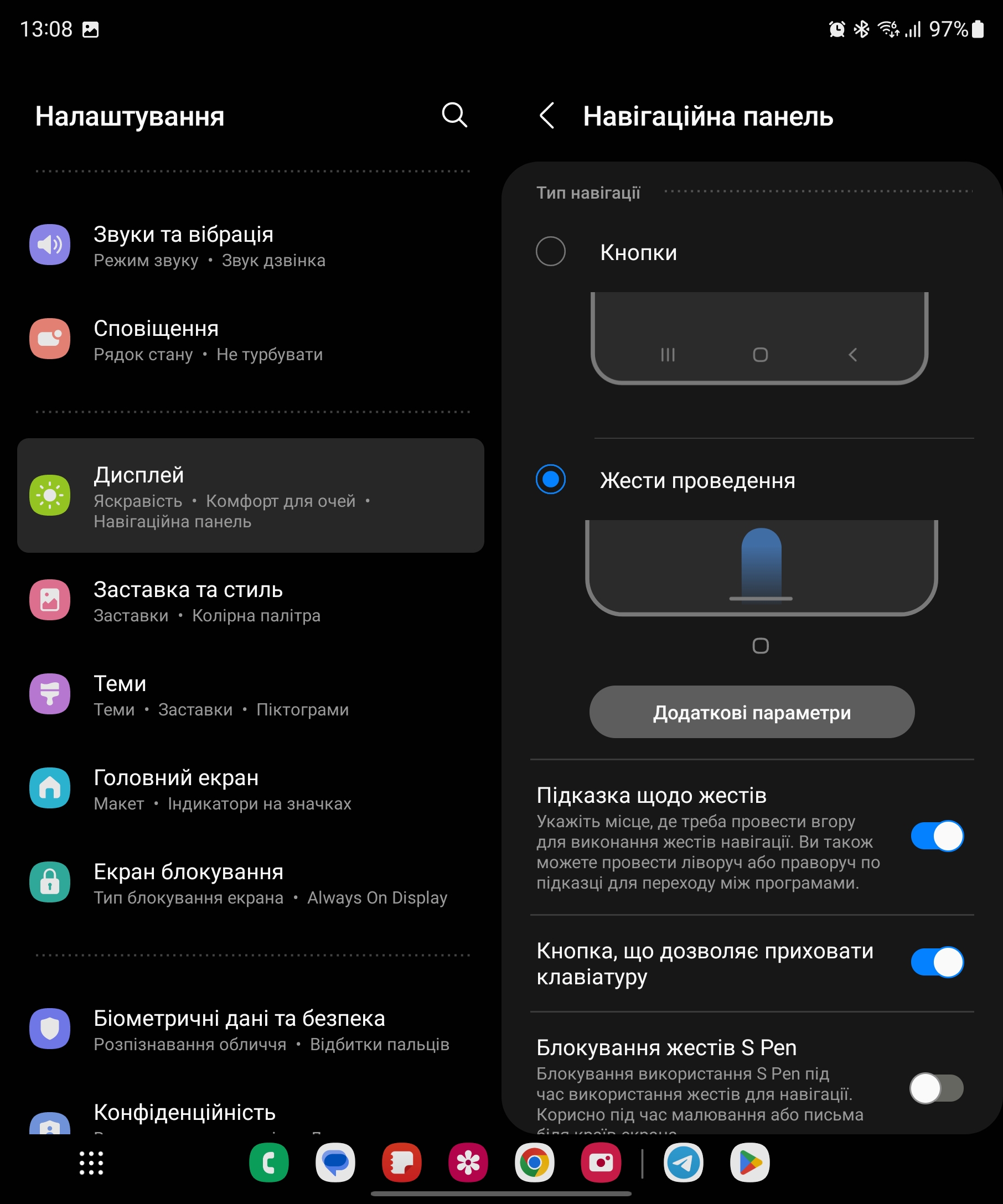
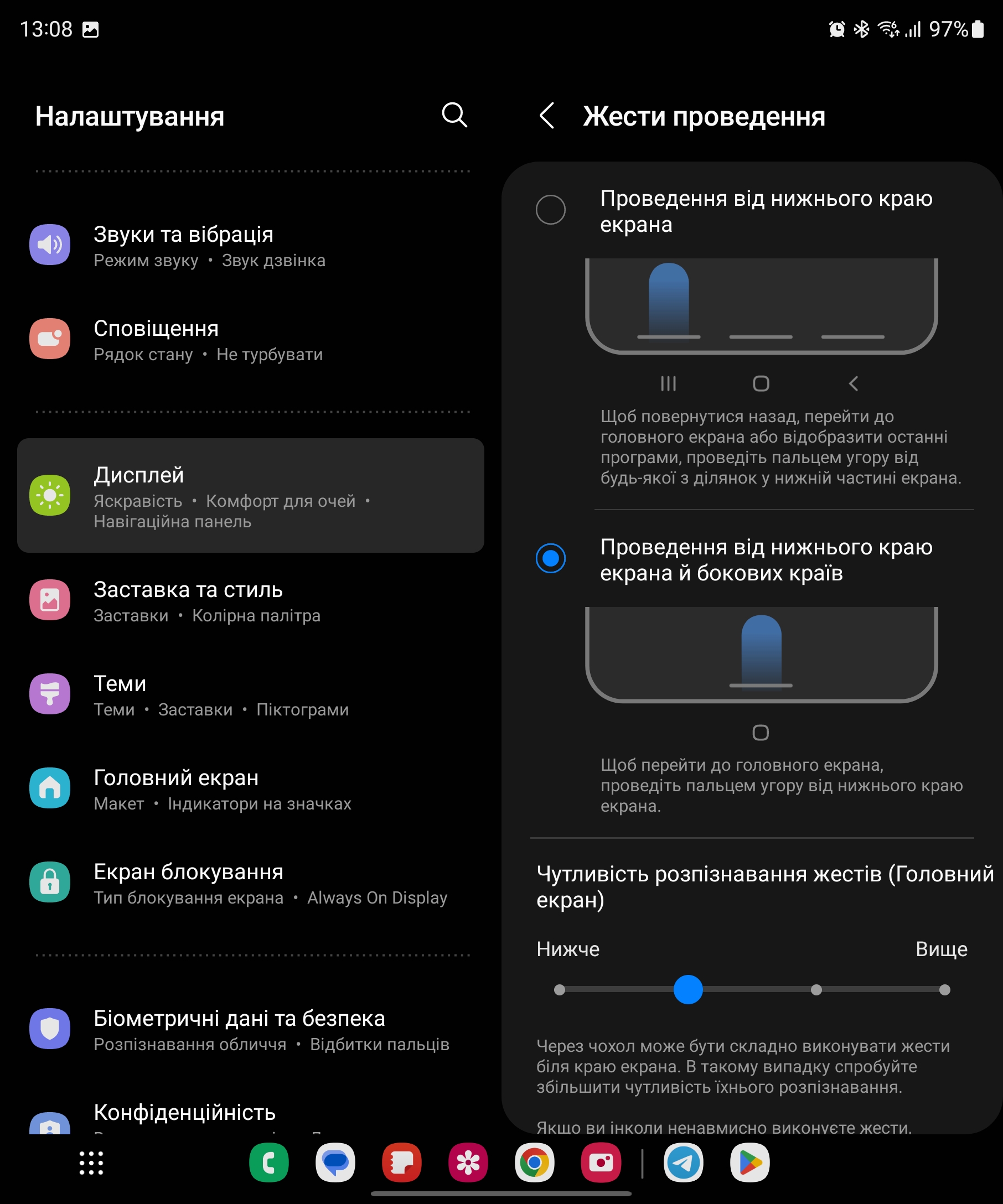
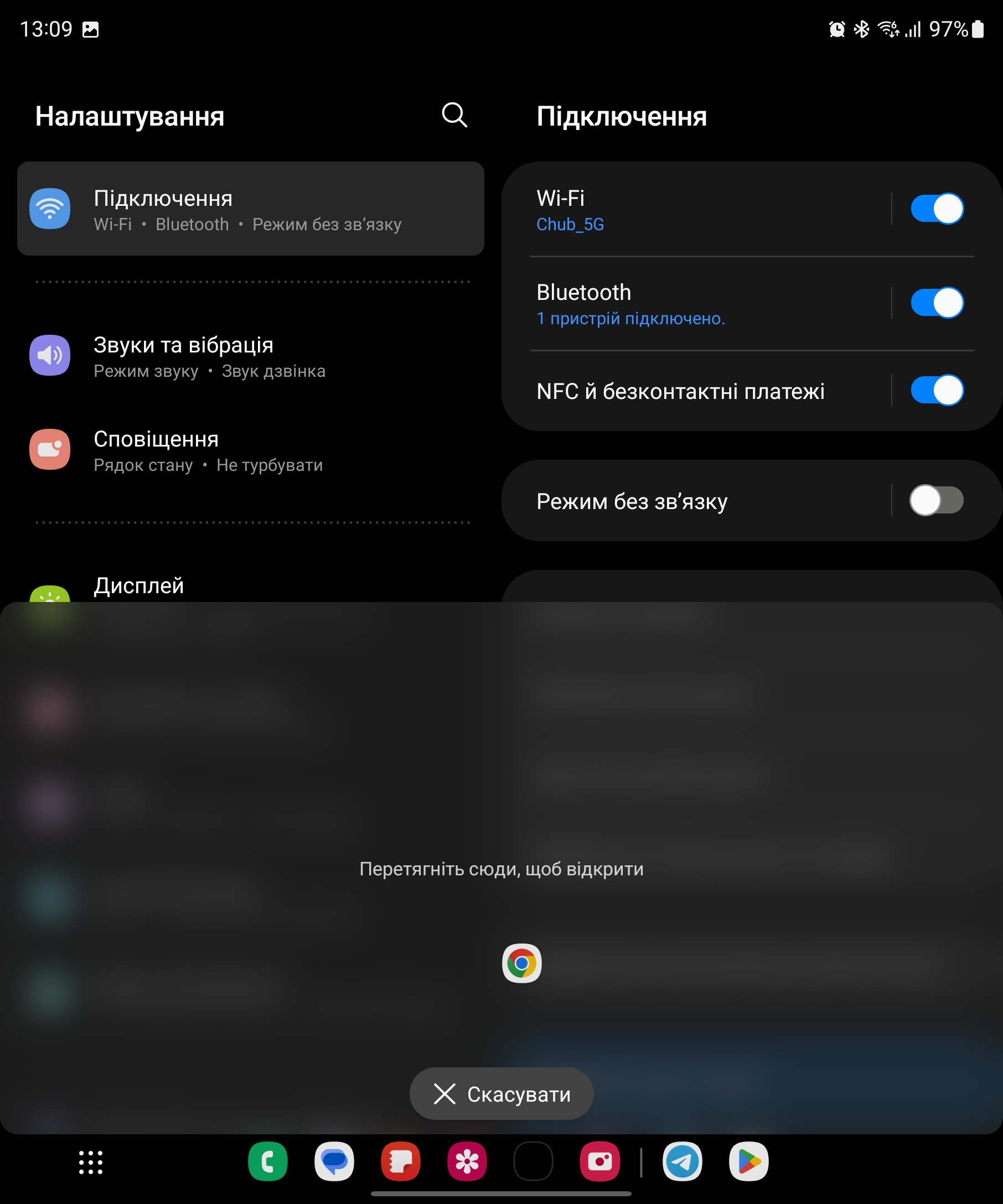
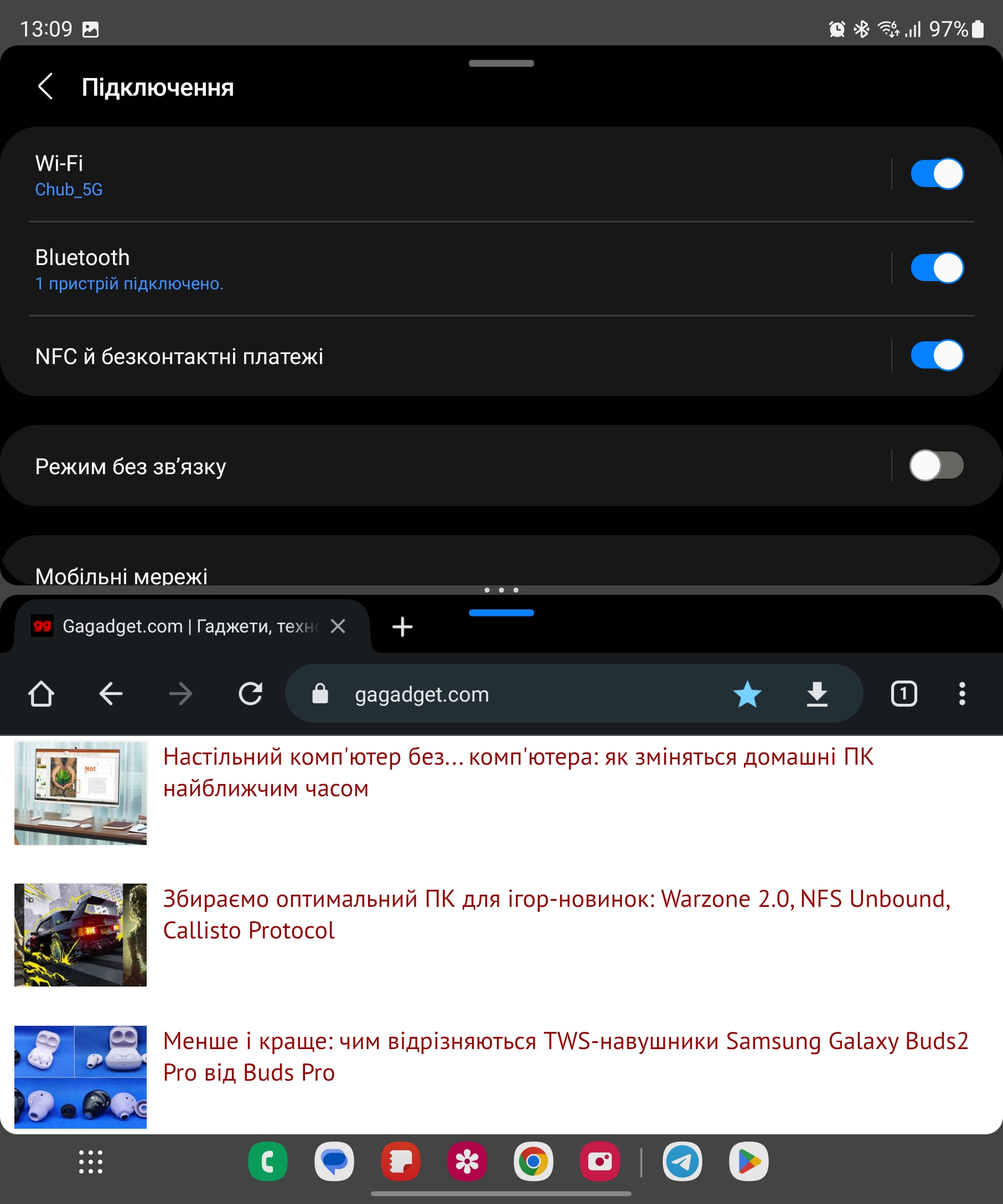
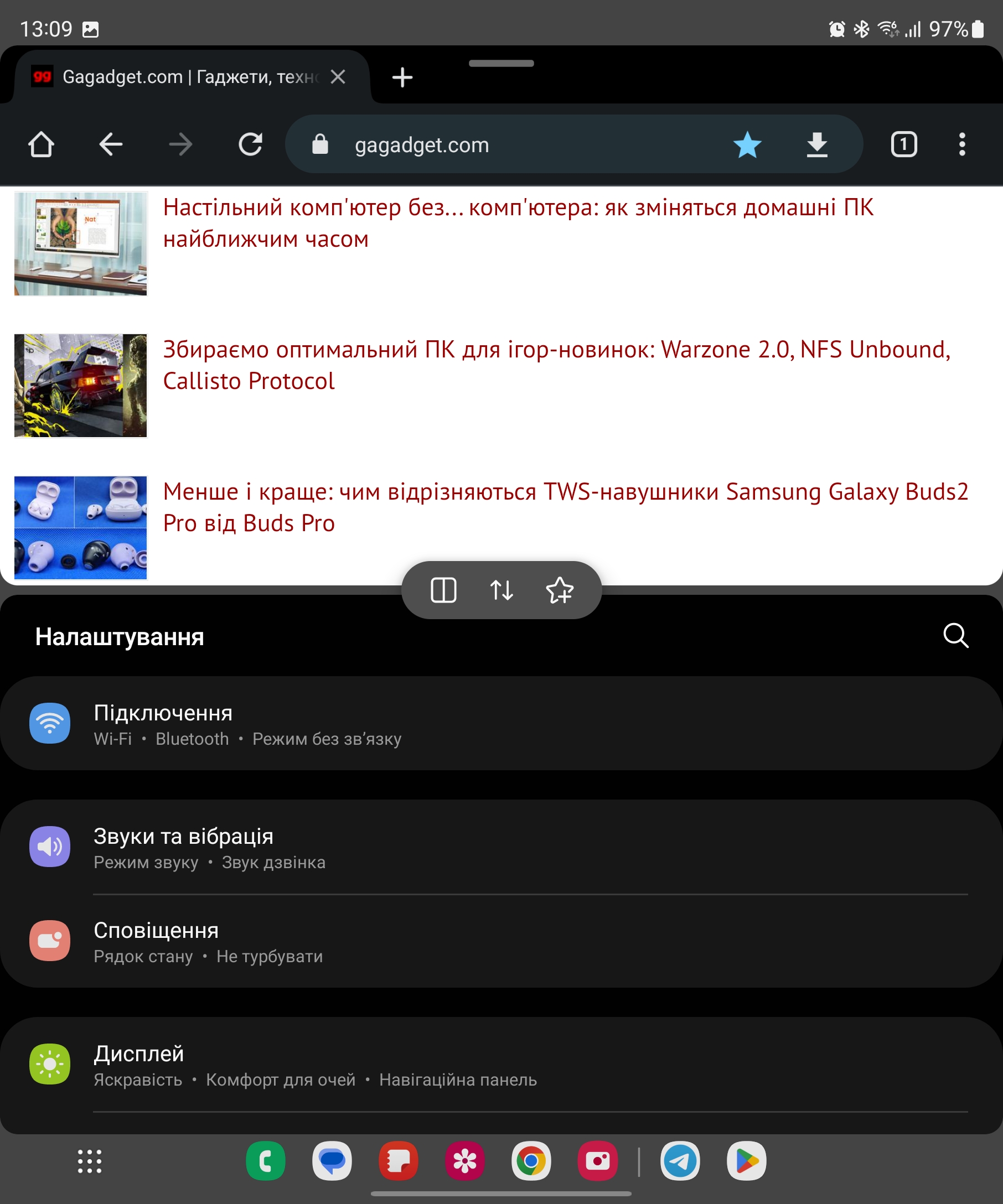
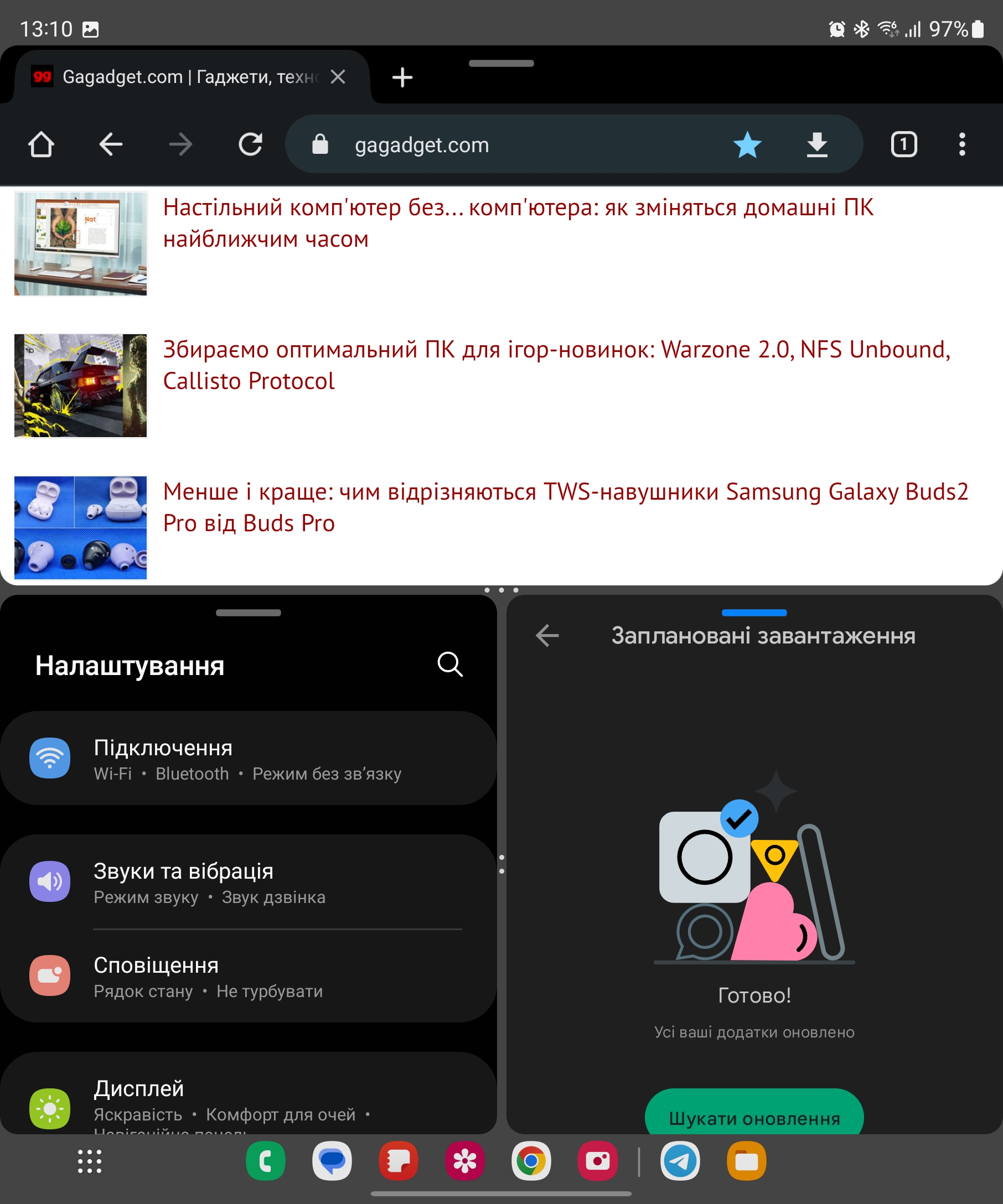
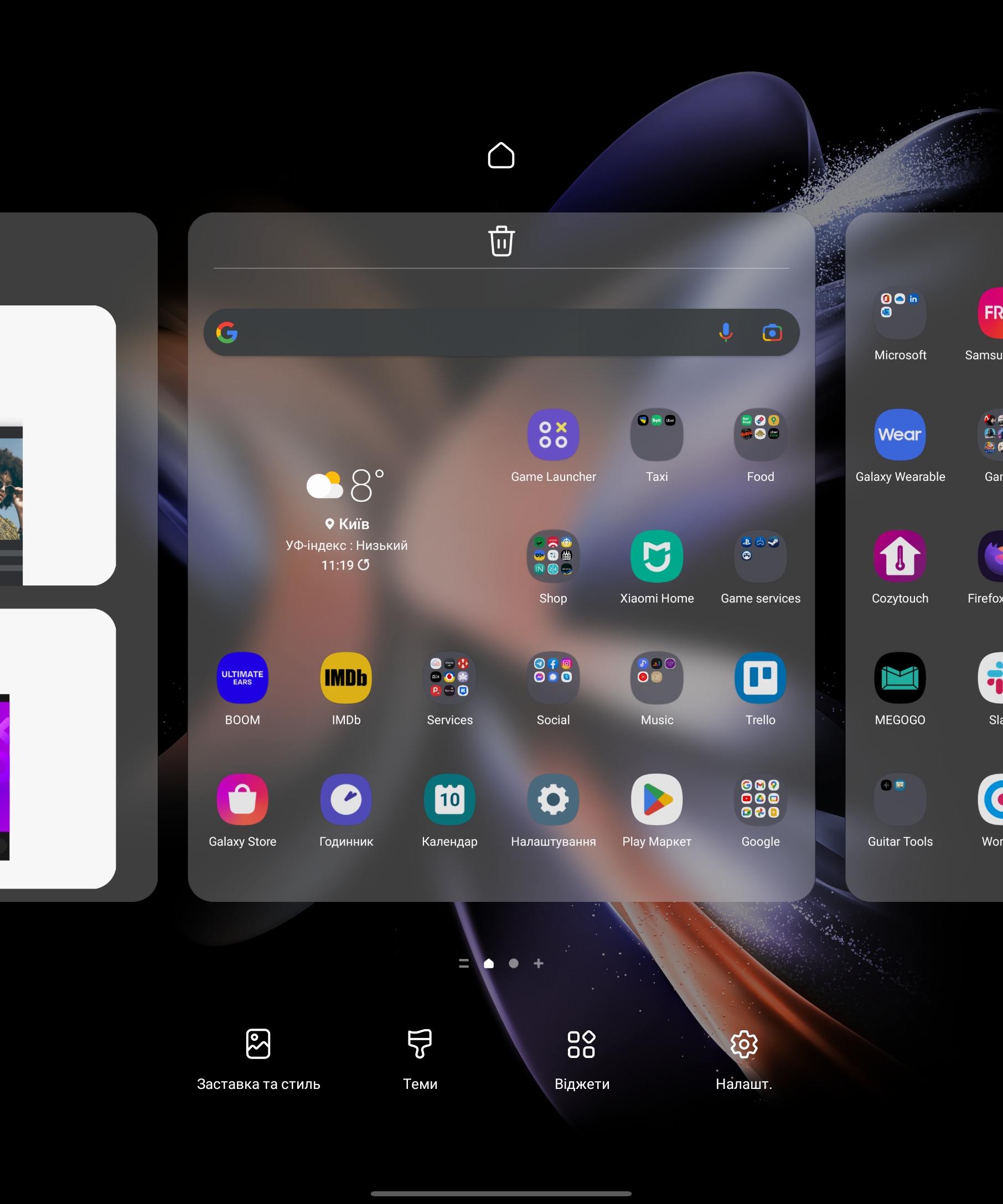

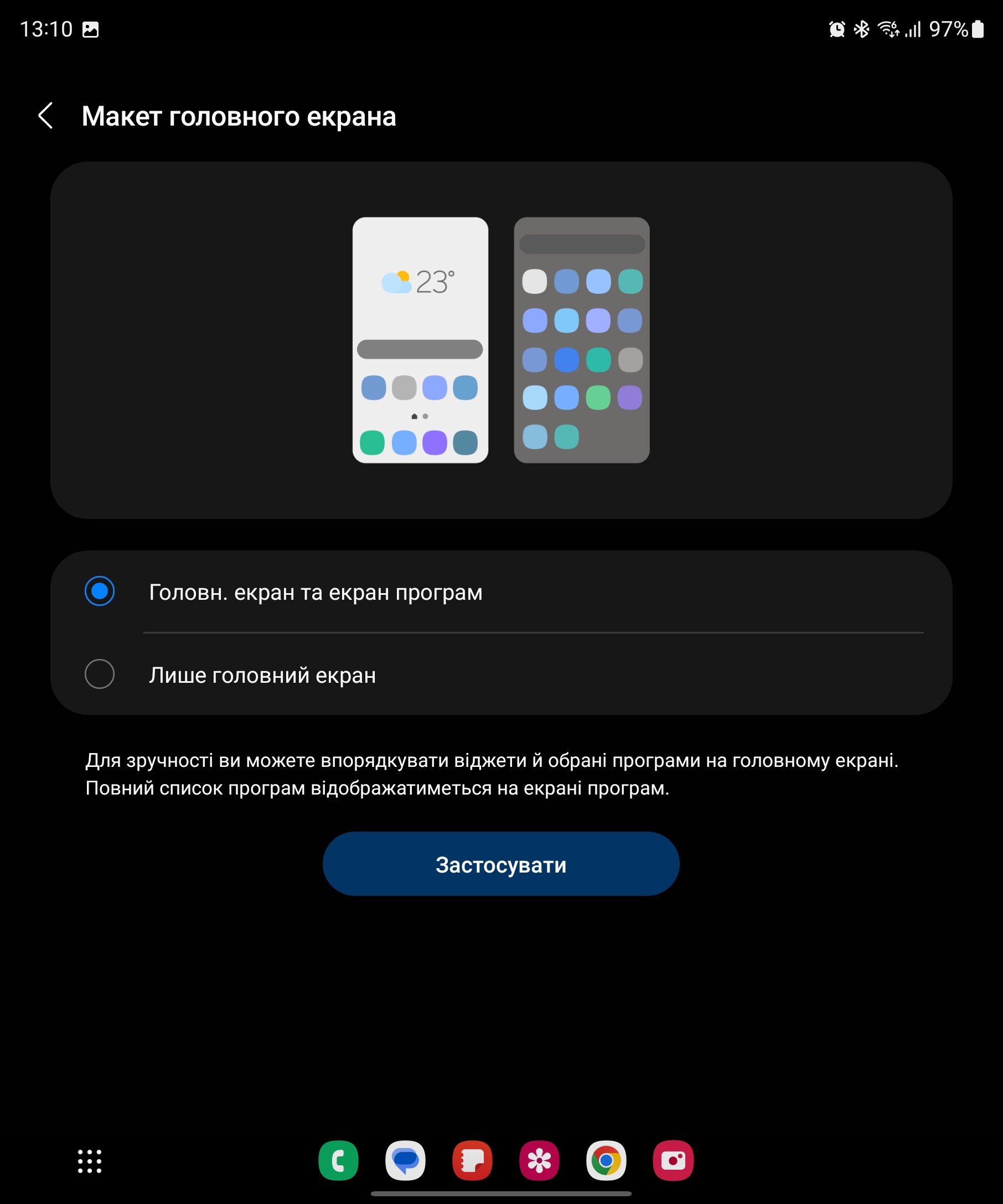
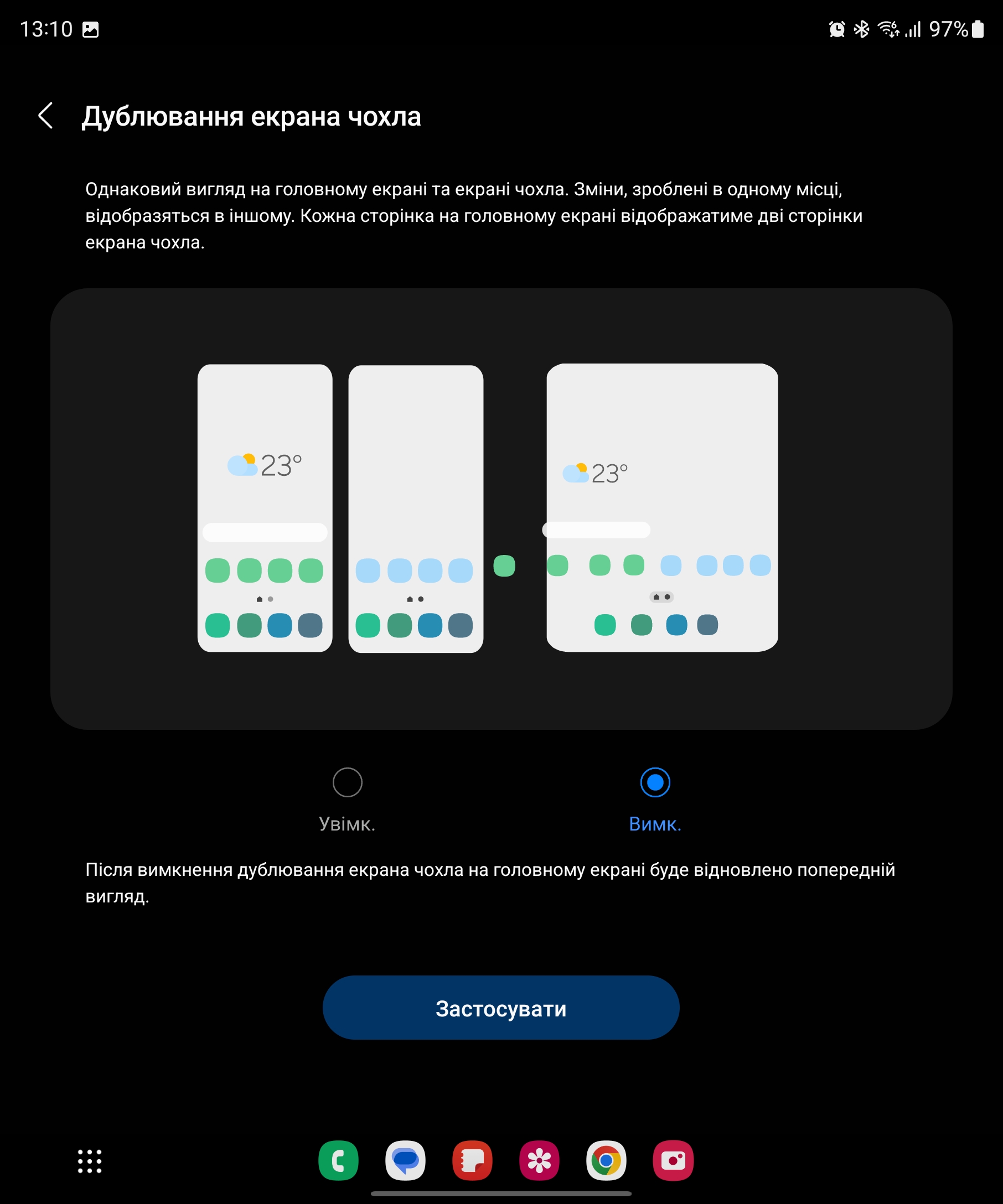
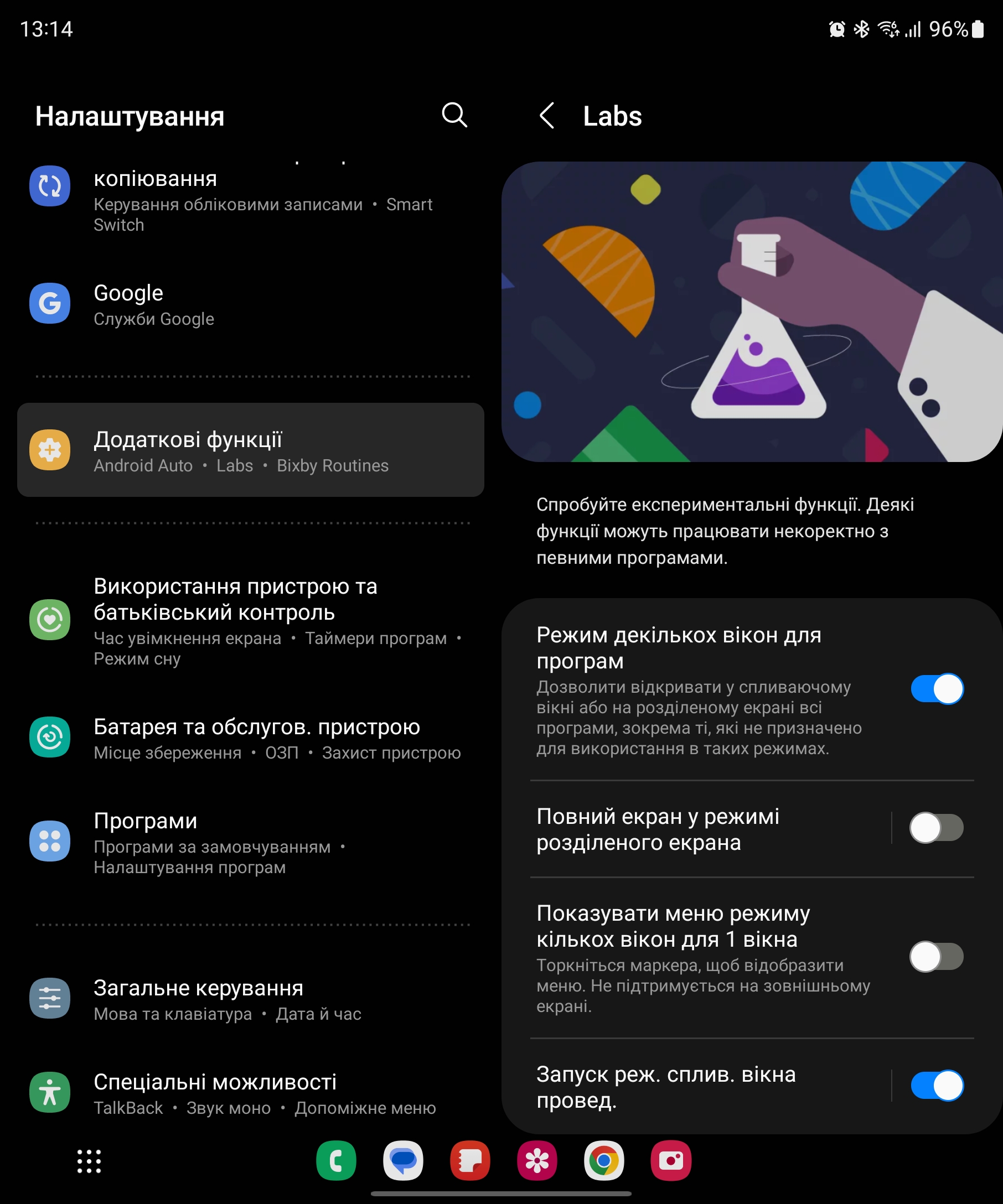
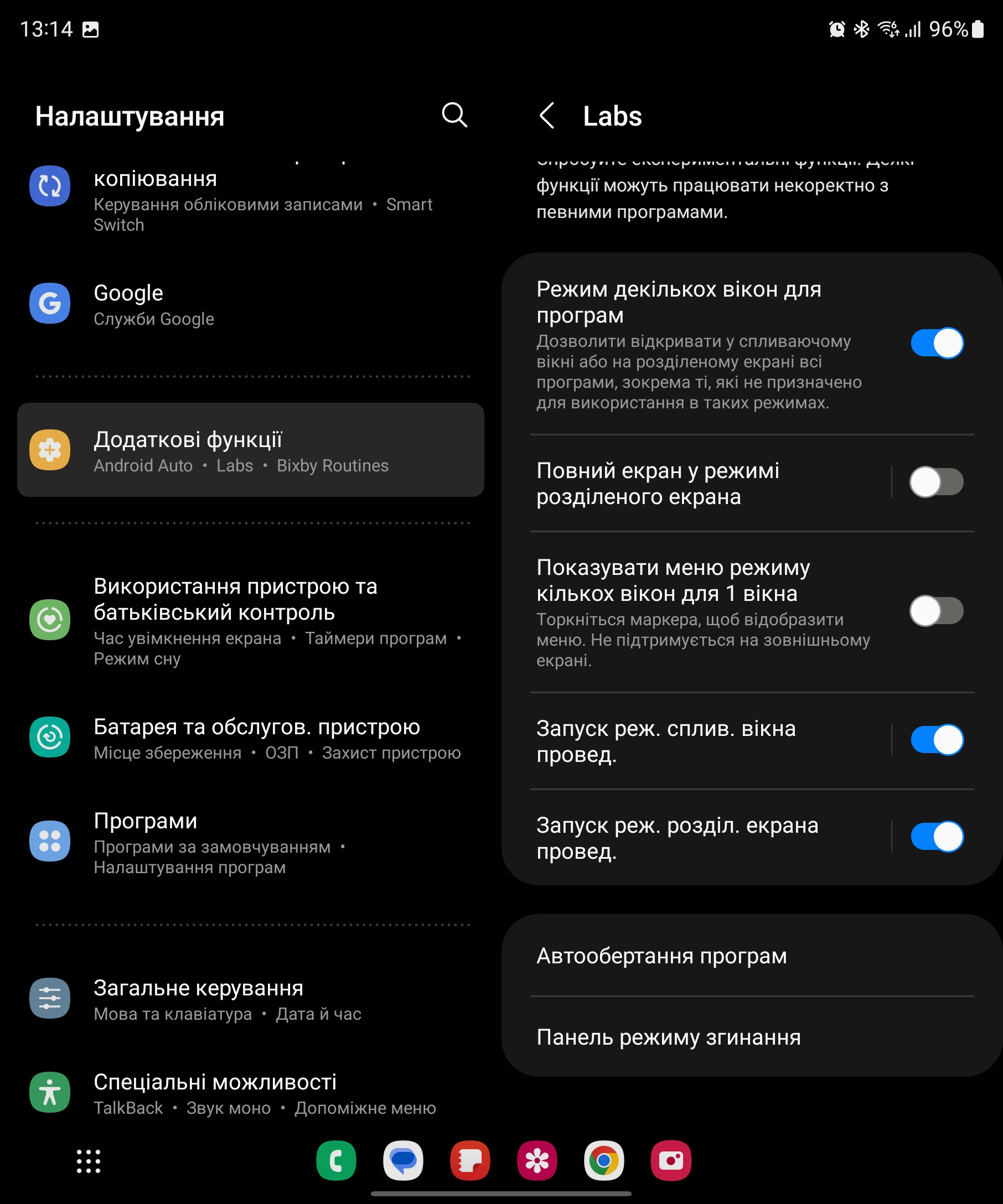
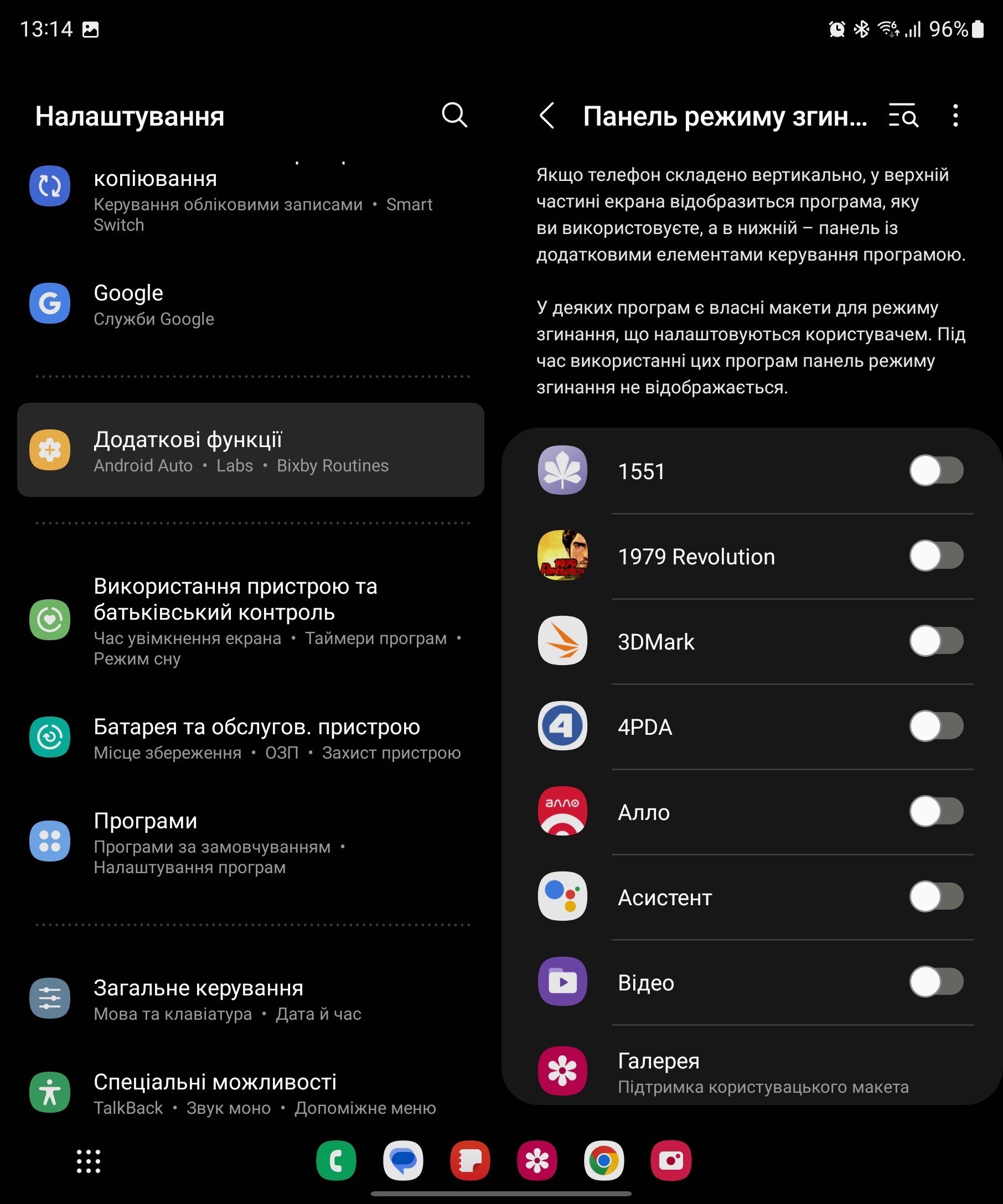
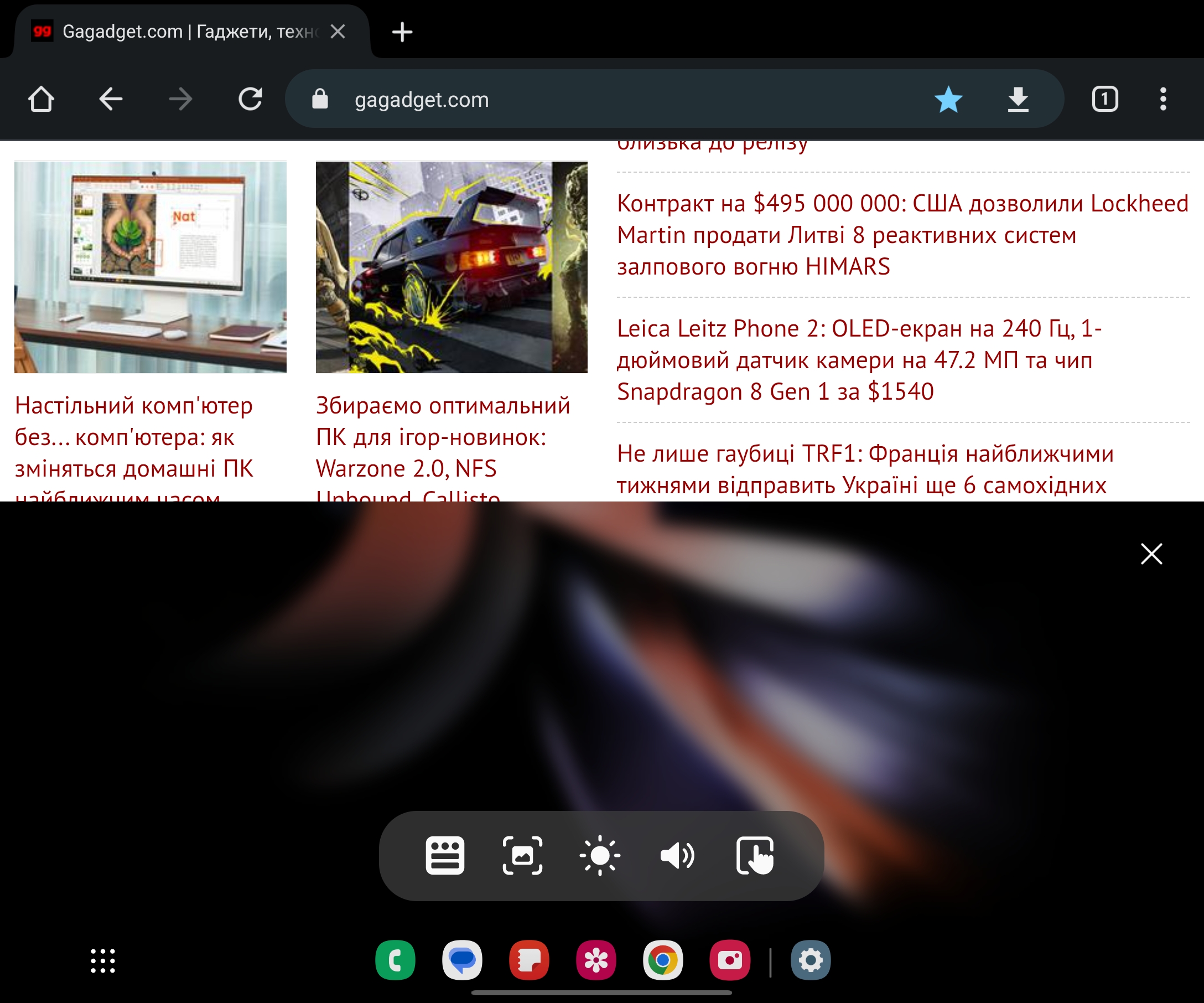
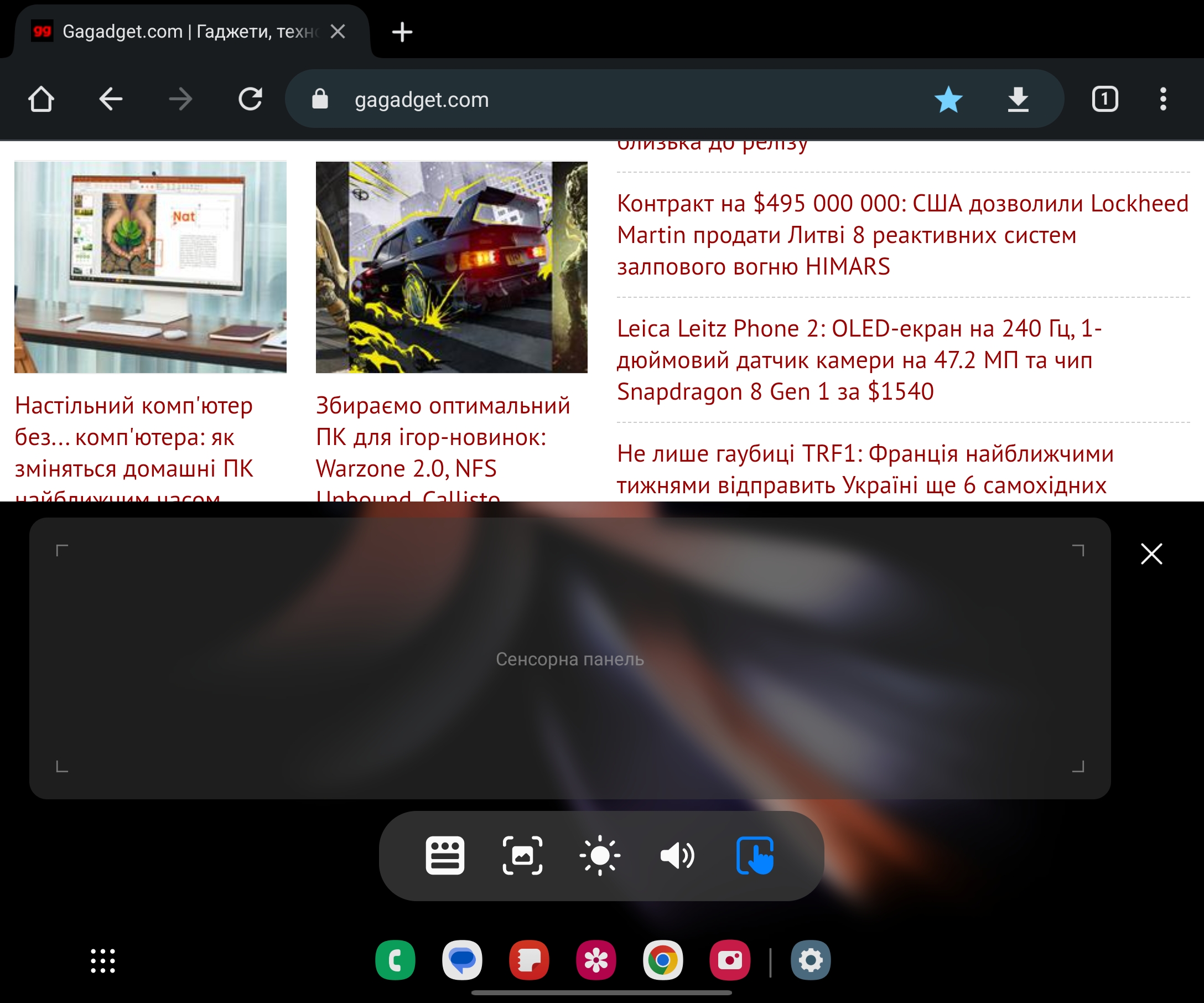
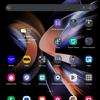
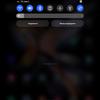
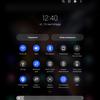
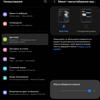
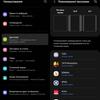
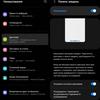
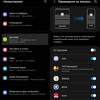
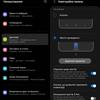
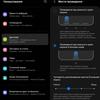
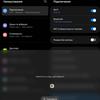
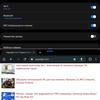
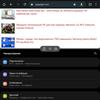

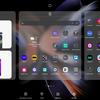
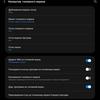
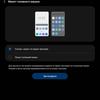
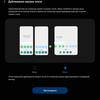
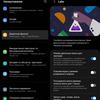
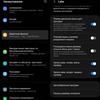



Application Manager allows you to open applications in a smaller window, make them translucent or minimize them to an icon. Additionally, it is worth mentioning the new gestures. The current application can be quickly switched to split screen mode by swiping two fingers from the right or left edge of the display. And to open a window - by swiping from the corner of the display.
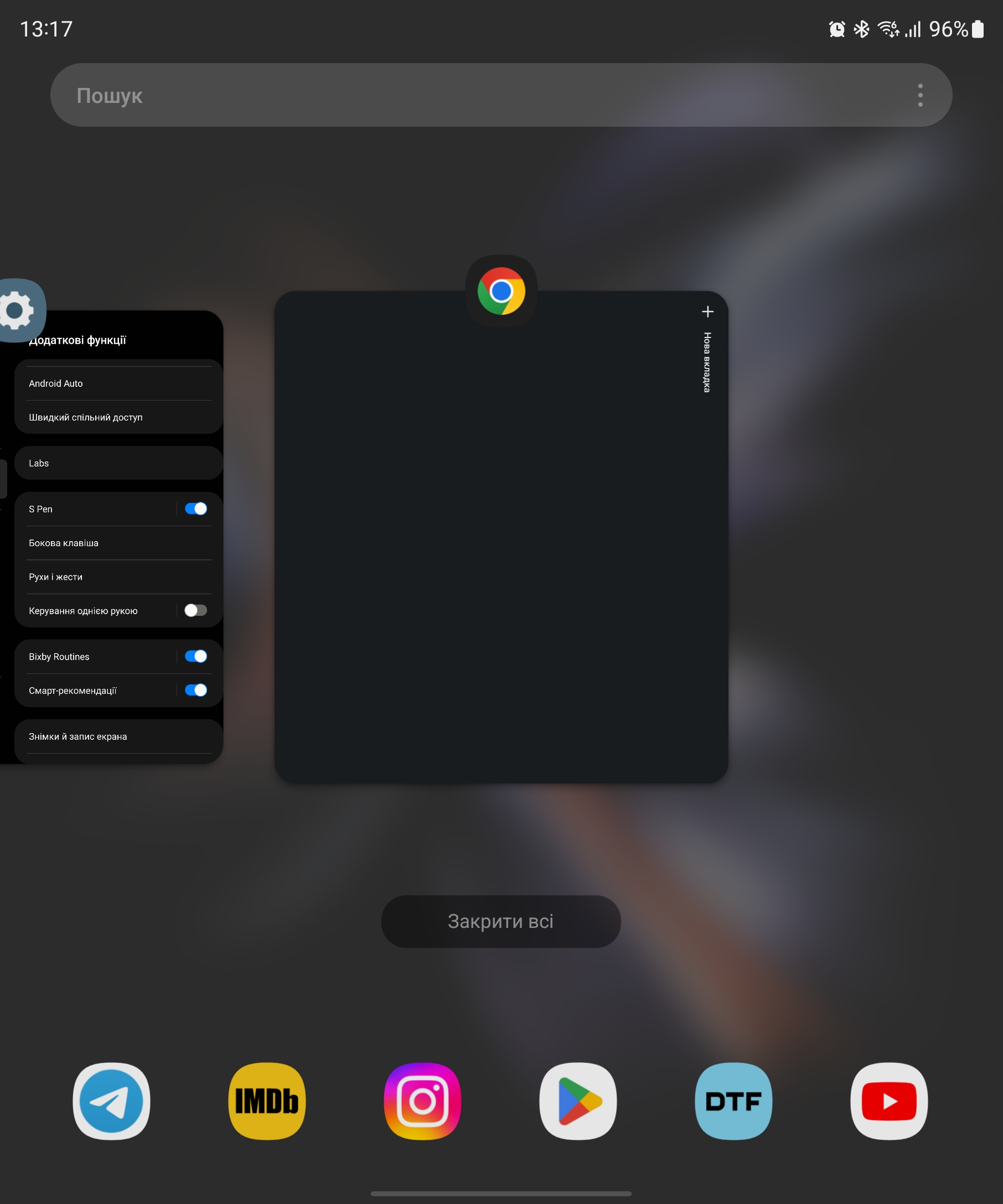
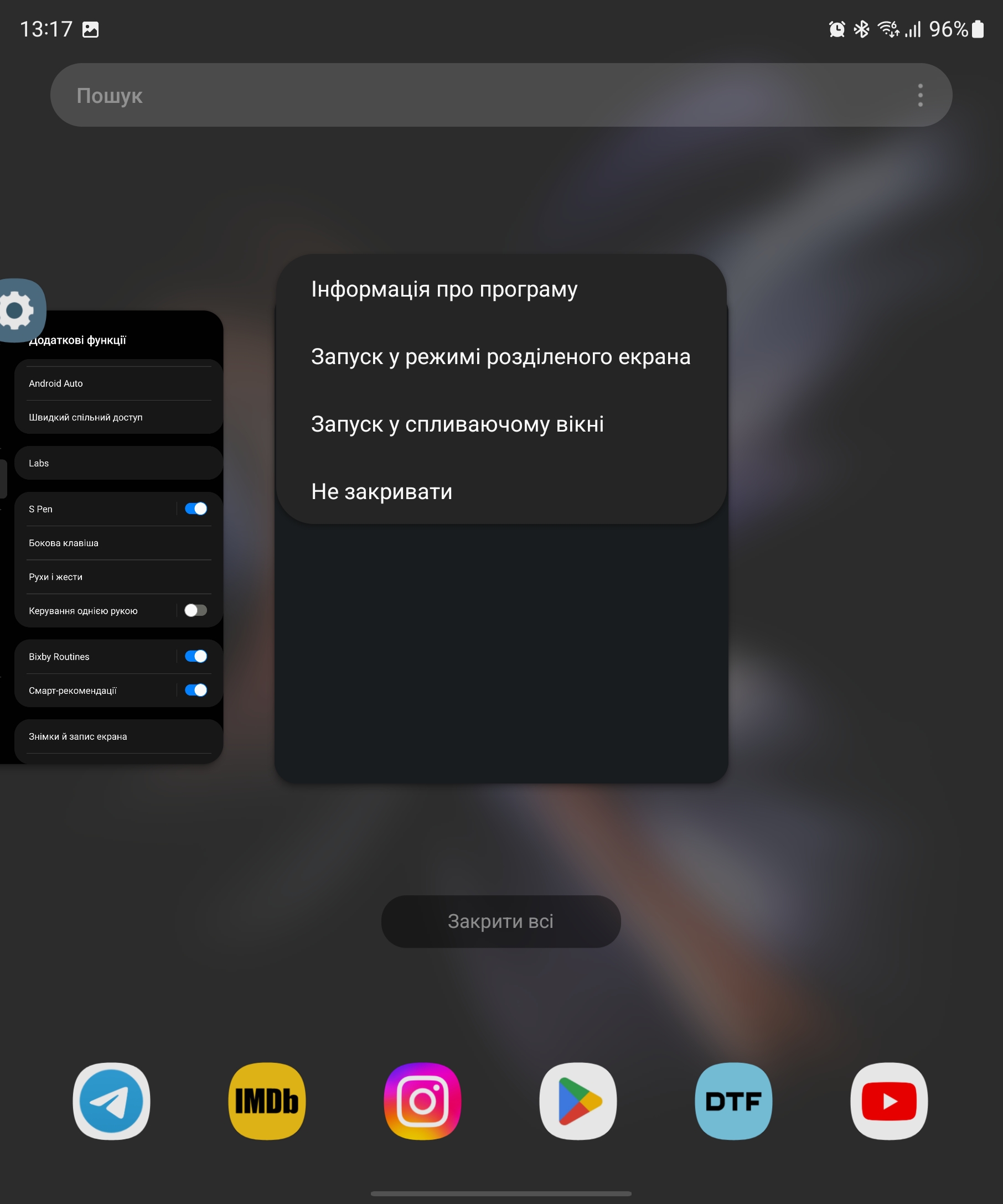
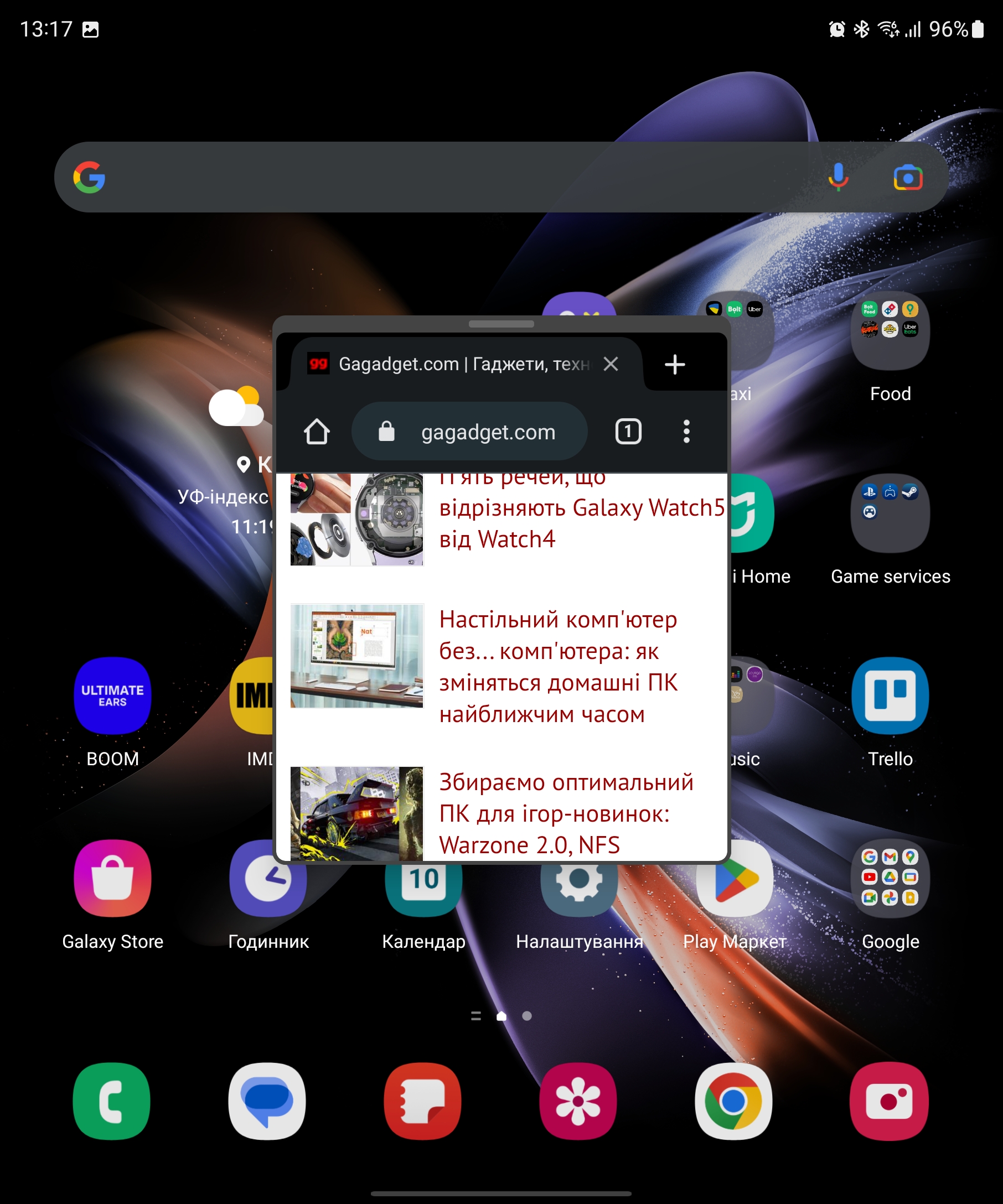

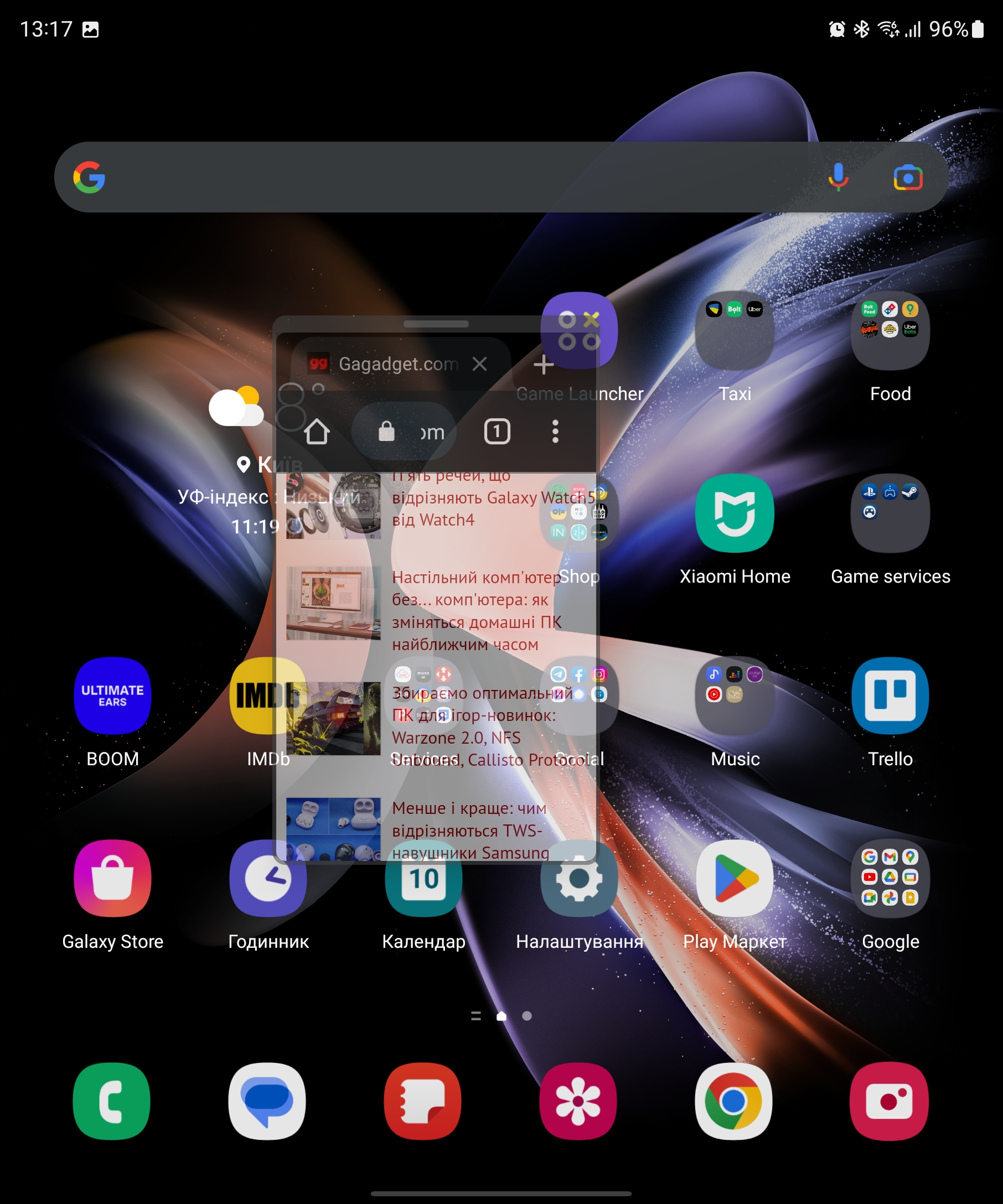
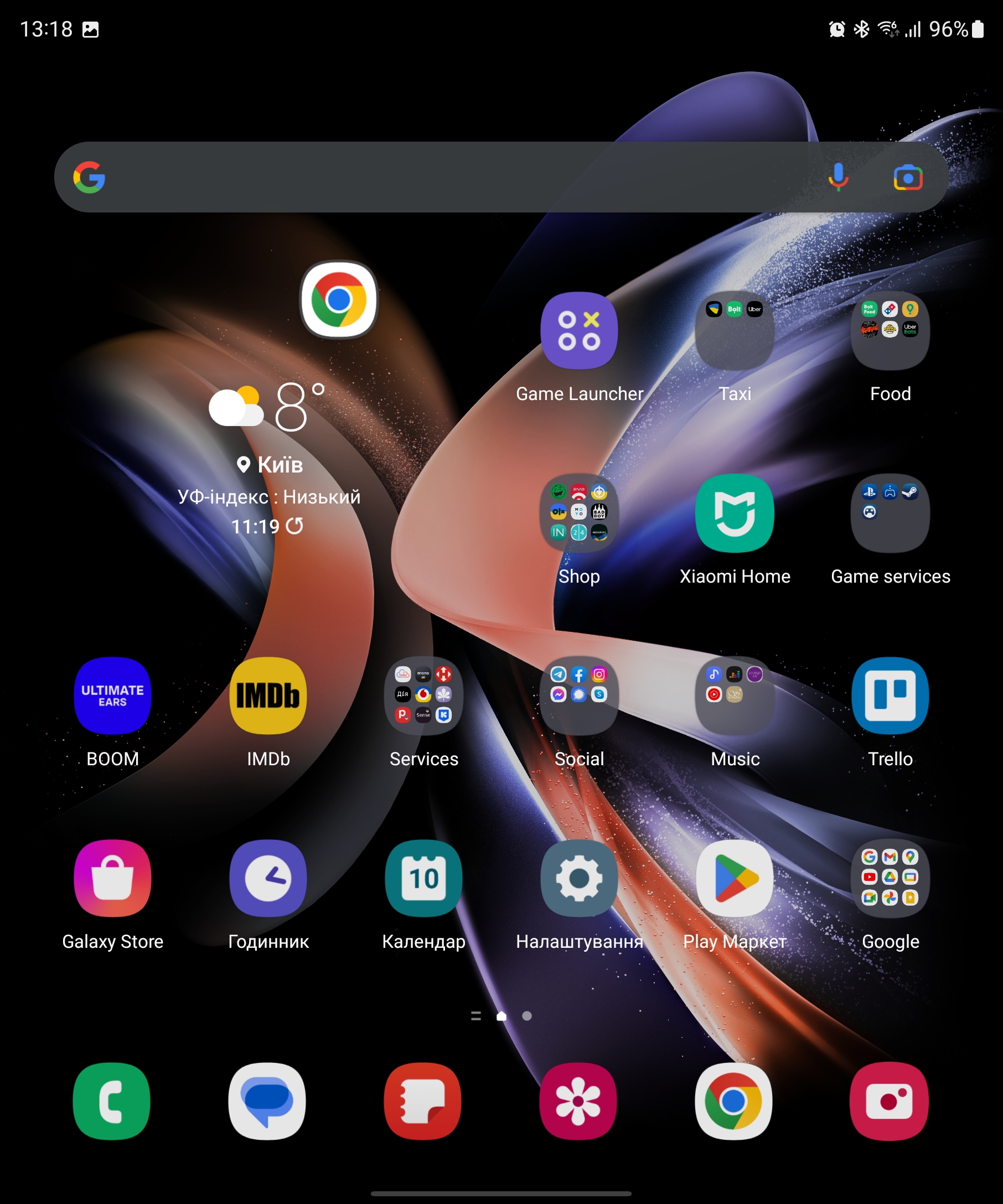
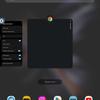
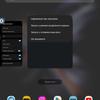

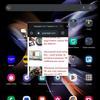
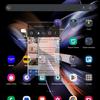
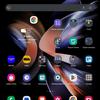
The Edge side panels remain the same as in previous versions. They can contain both useful tools and icons for quick launch of pre-selected applications in split-screen mode.
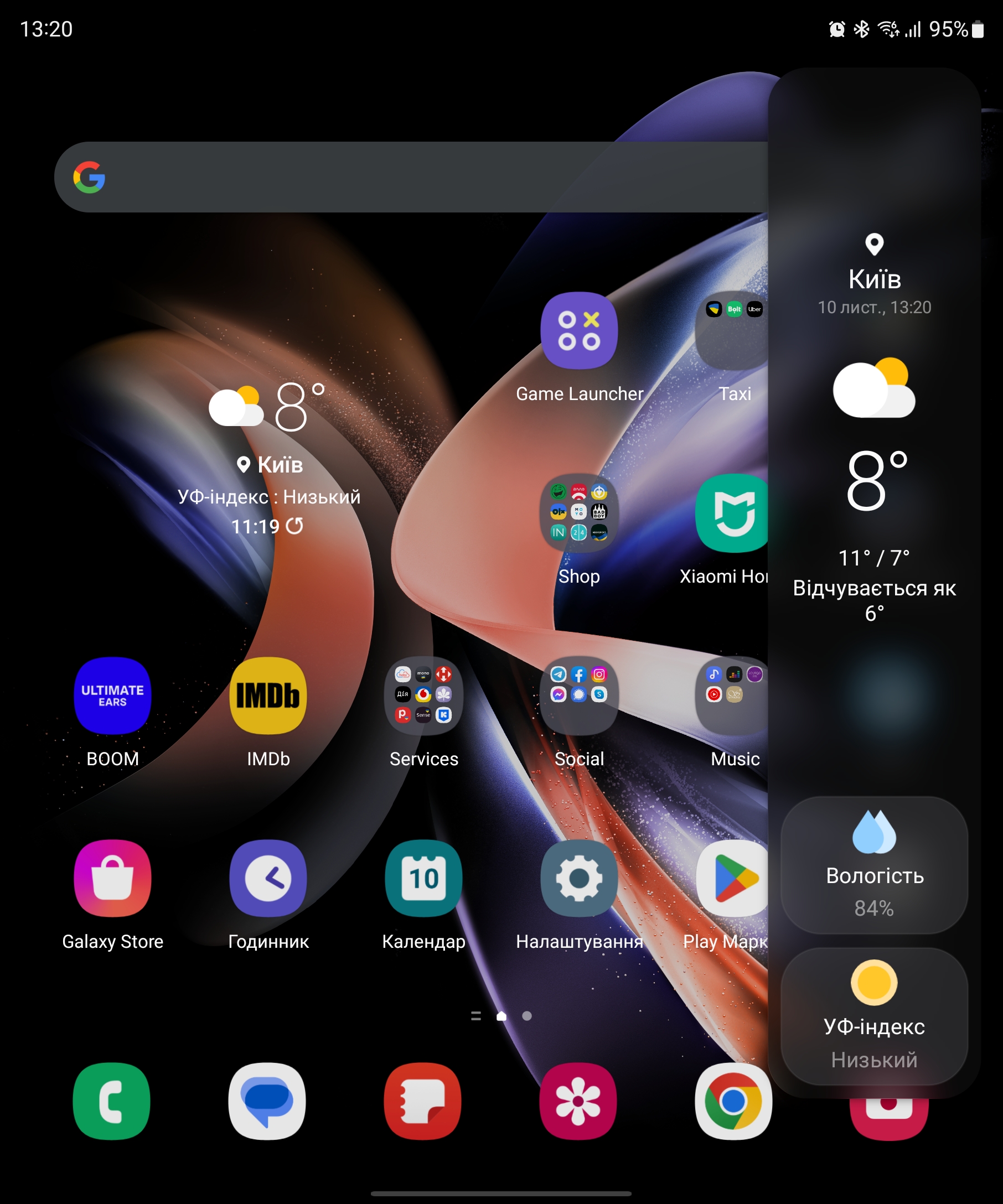
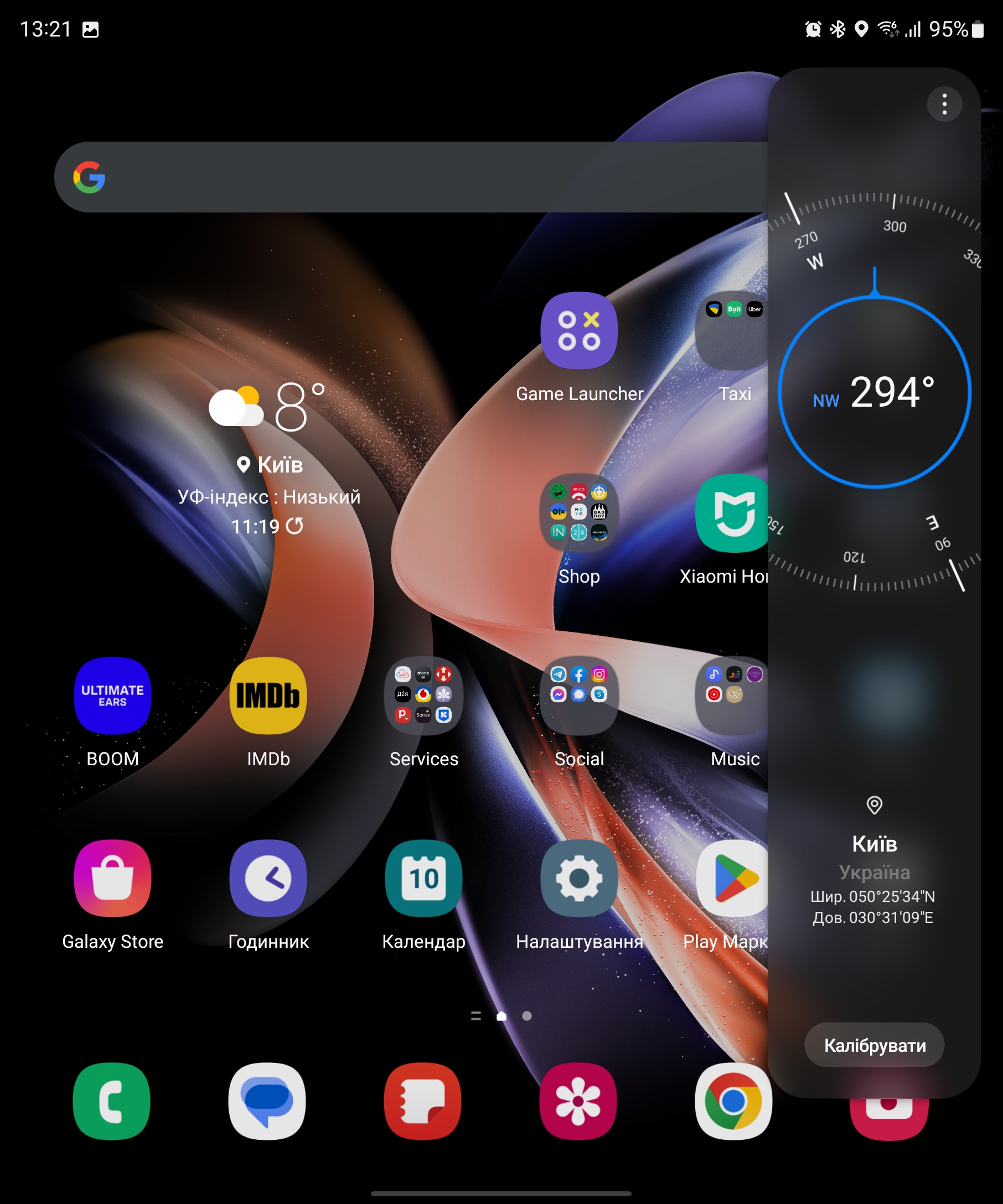
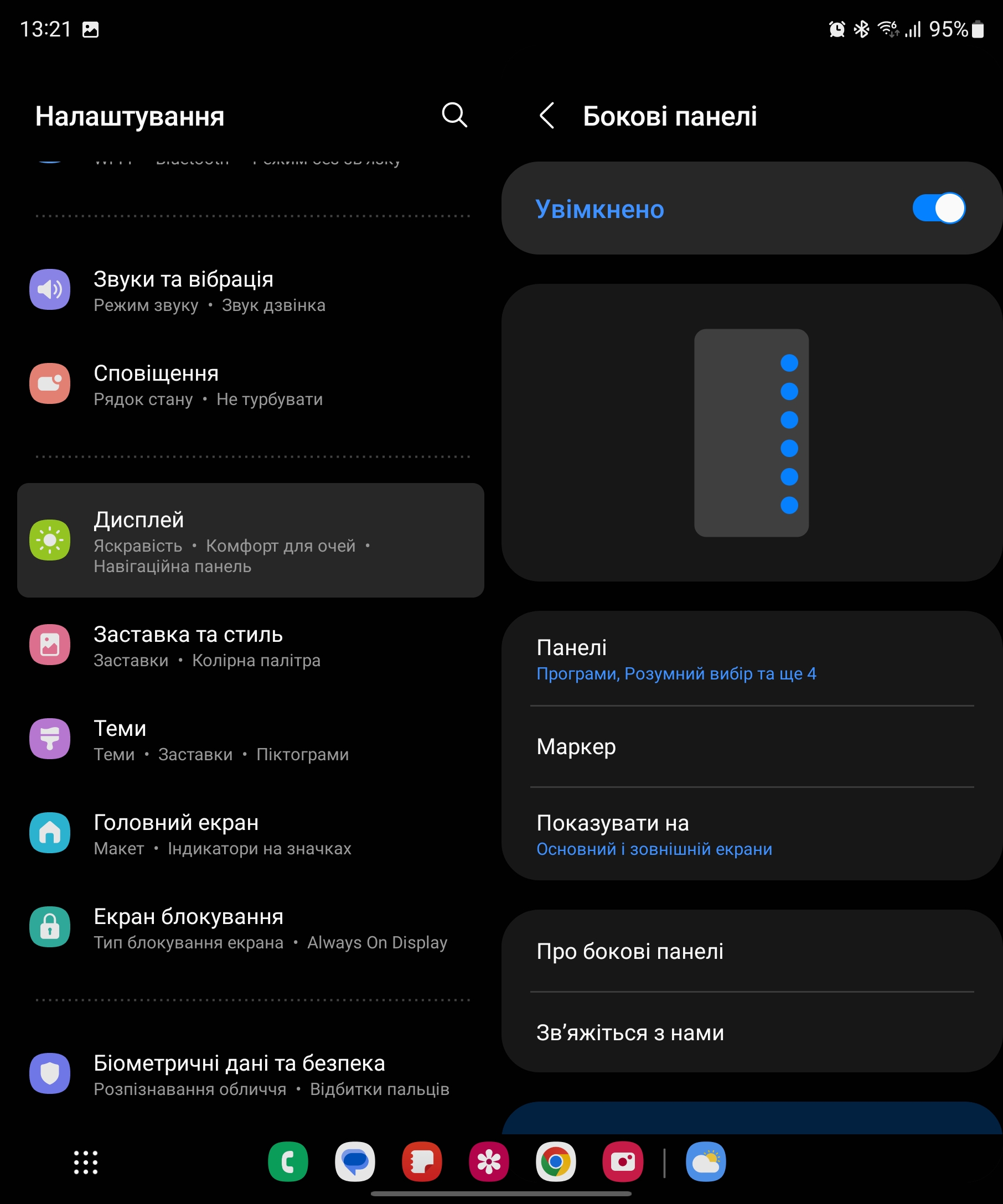
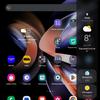
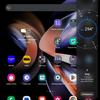
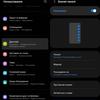
Standard Samsung applications:
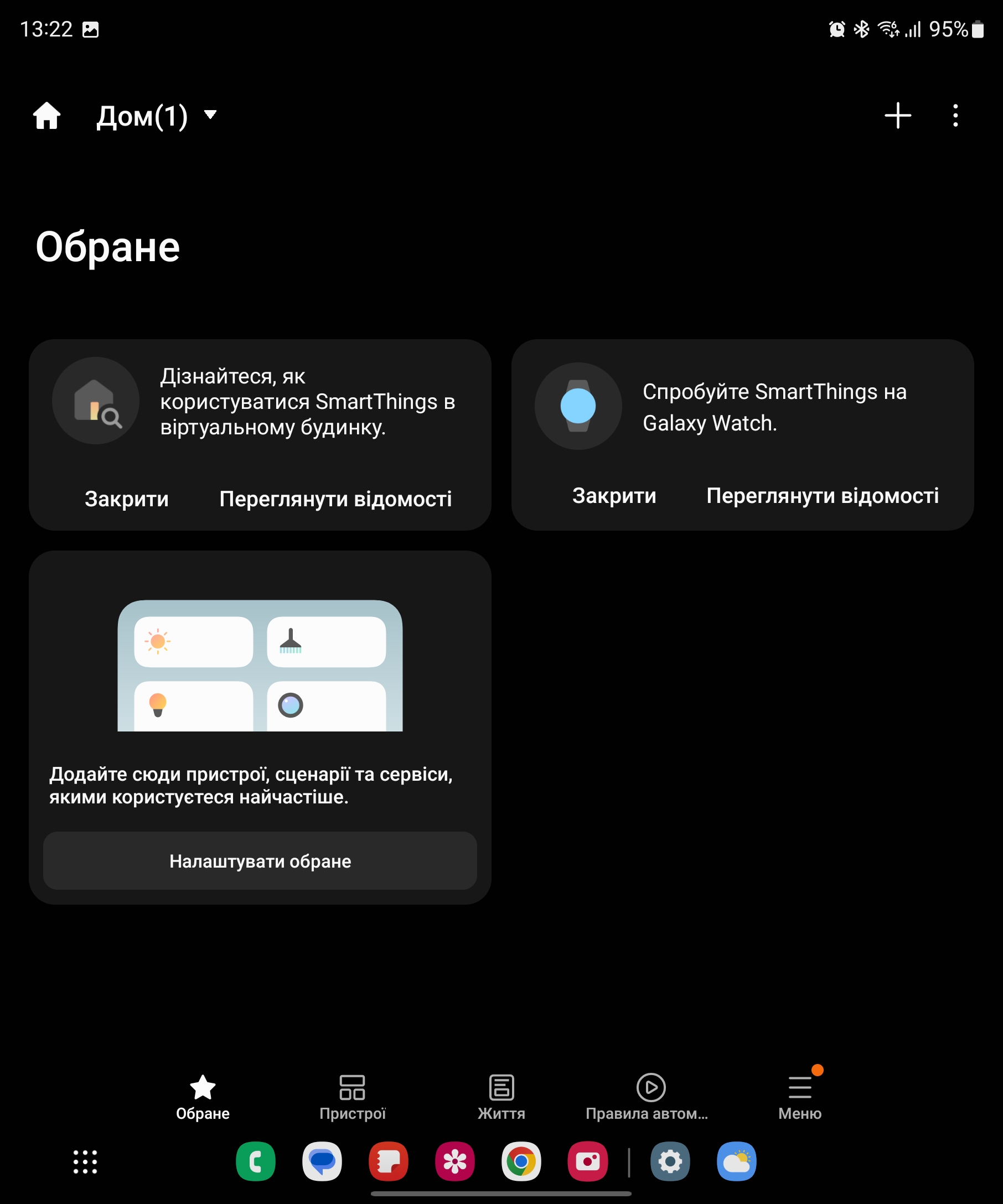
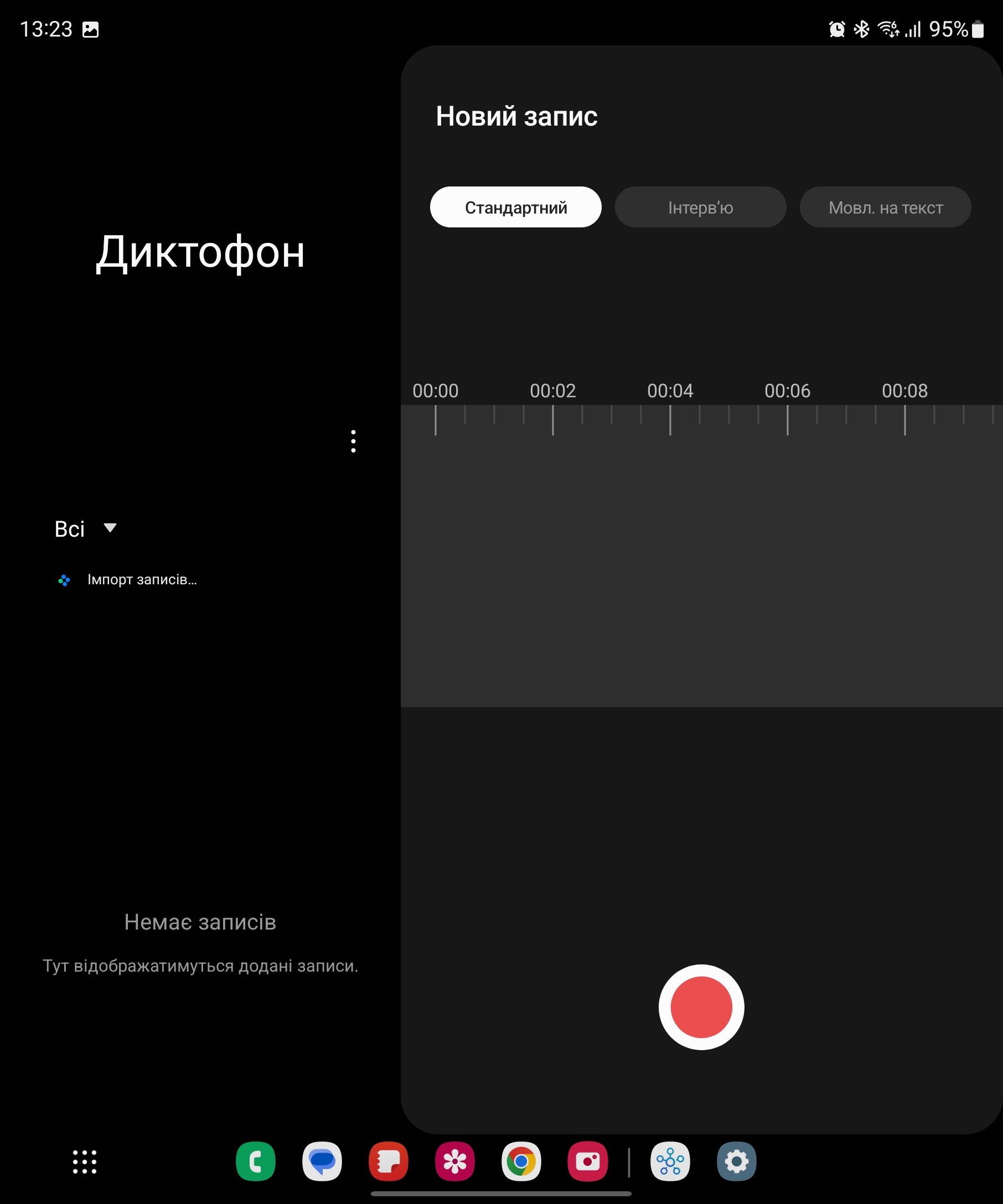
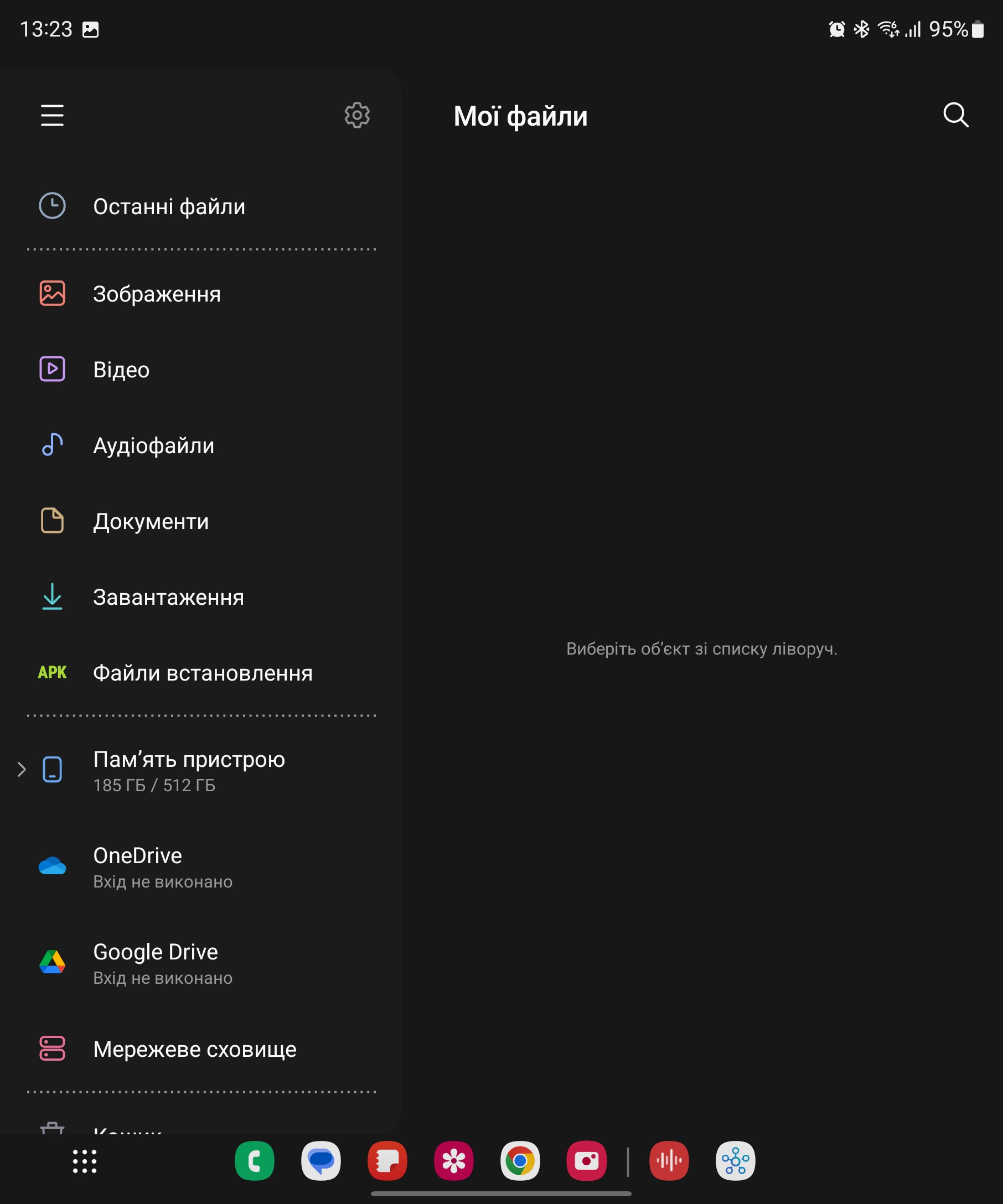
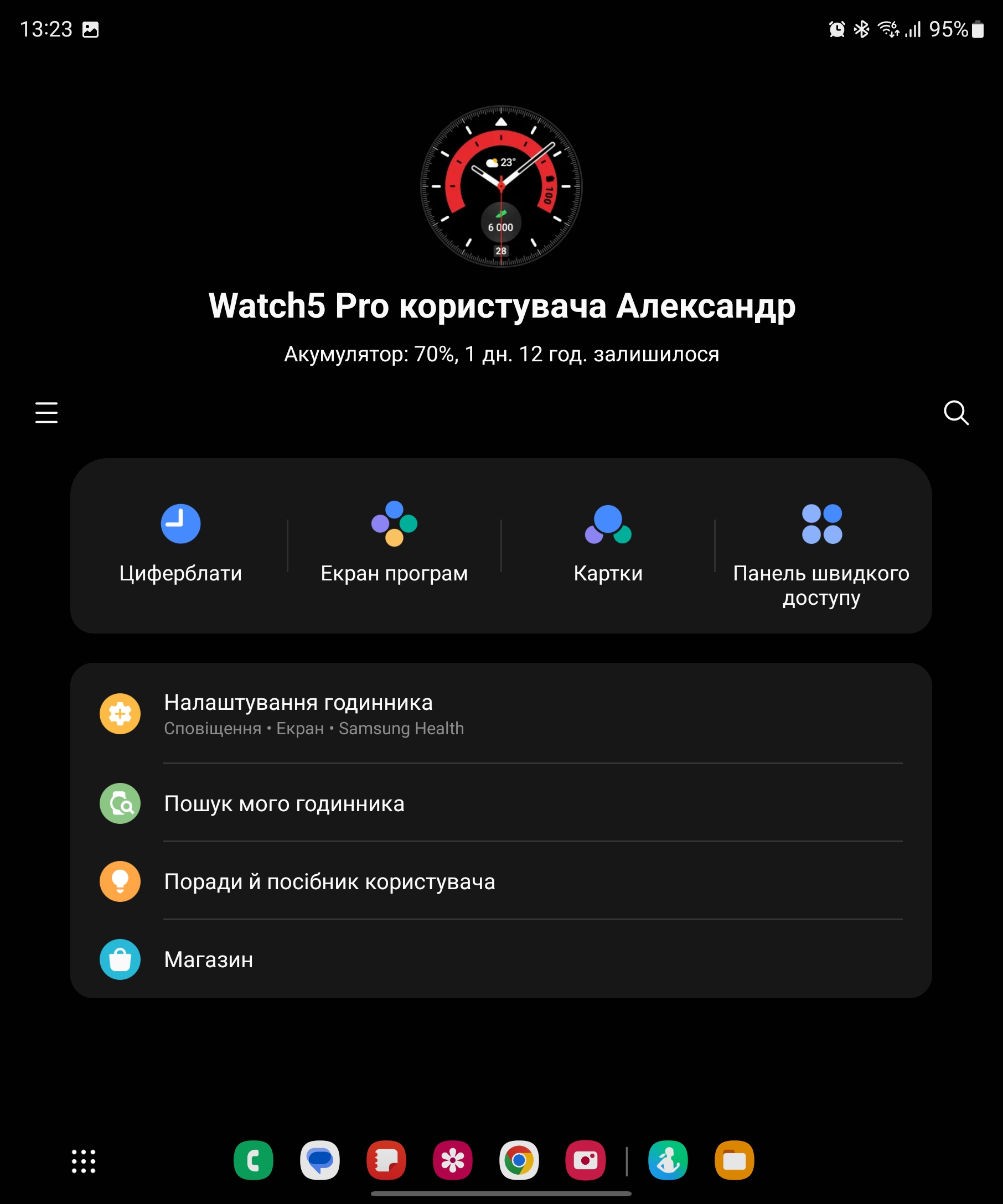

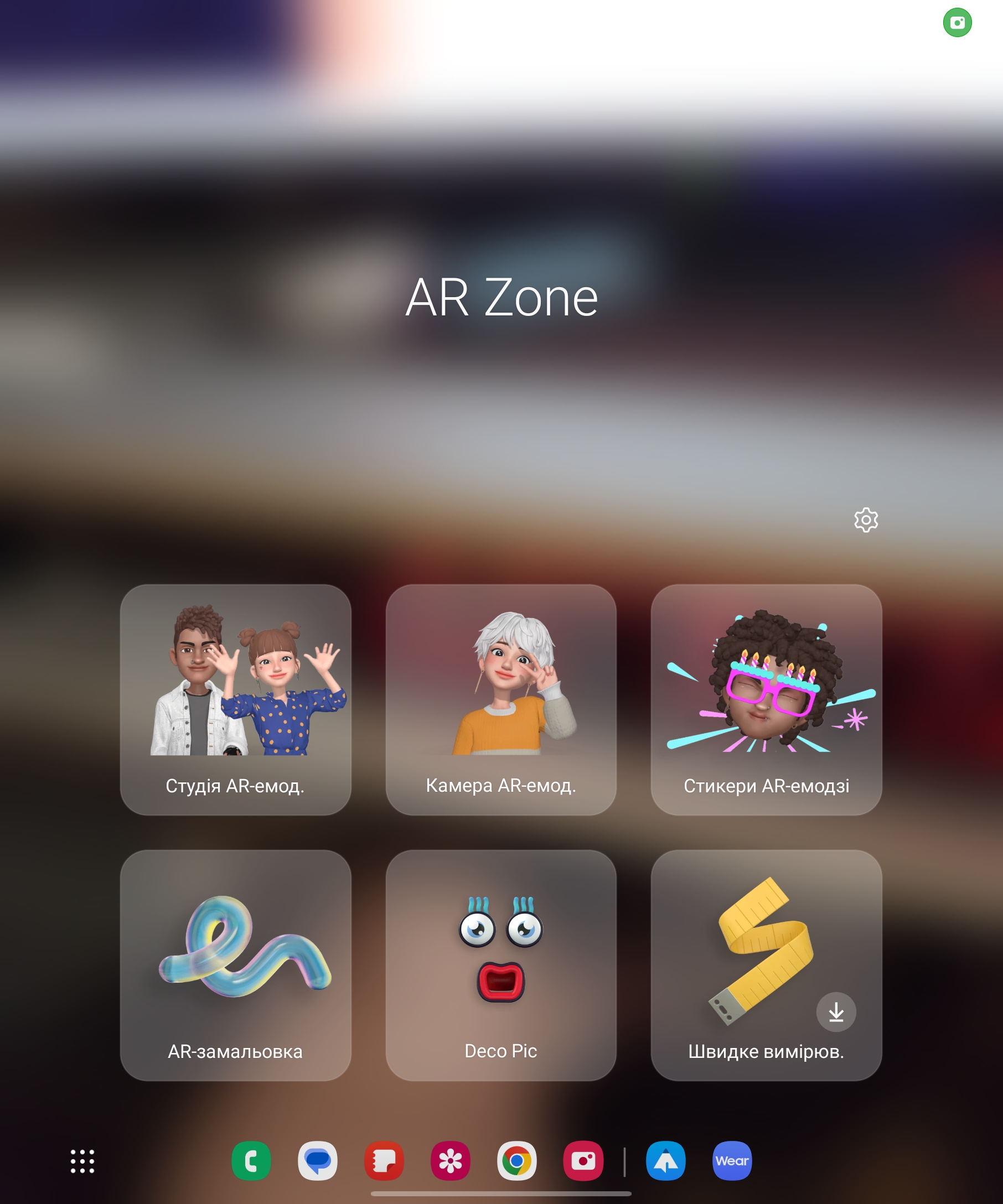
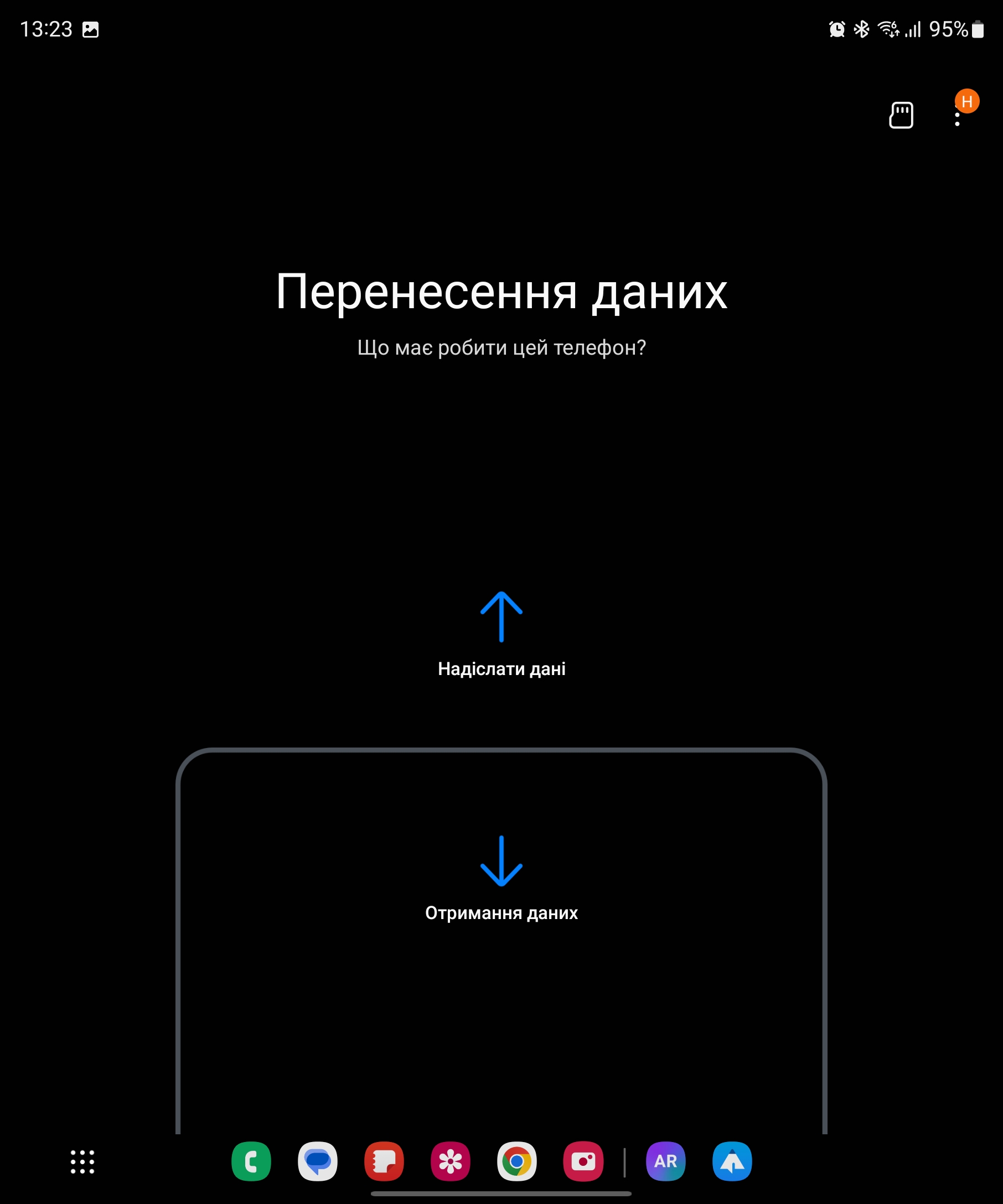
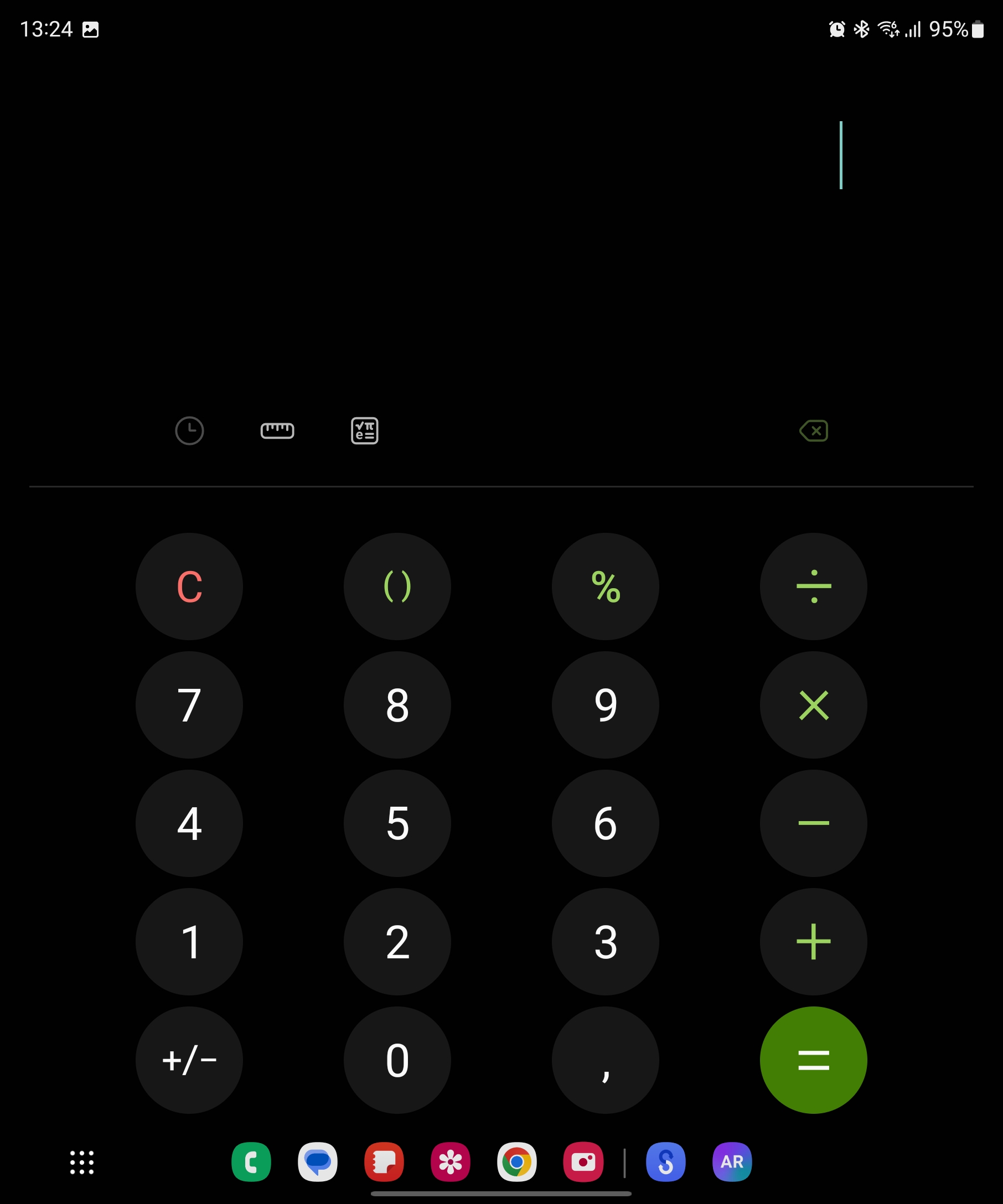
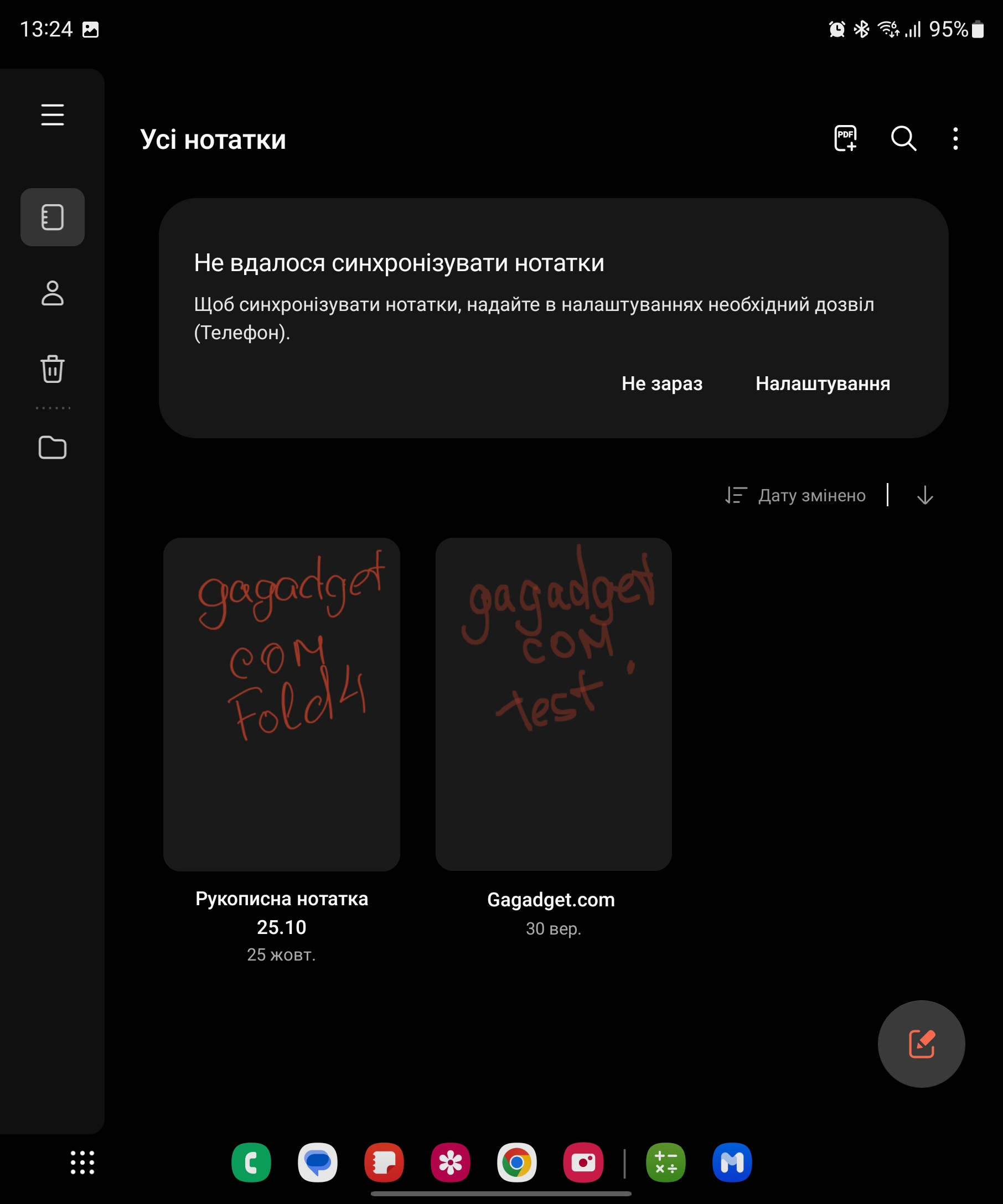
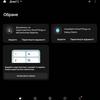
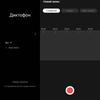

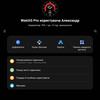


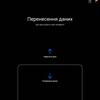
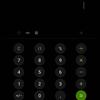
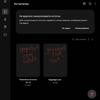
How Good are the Cameras?
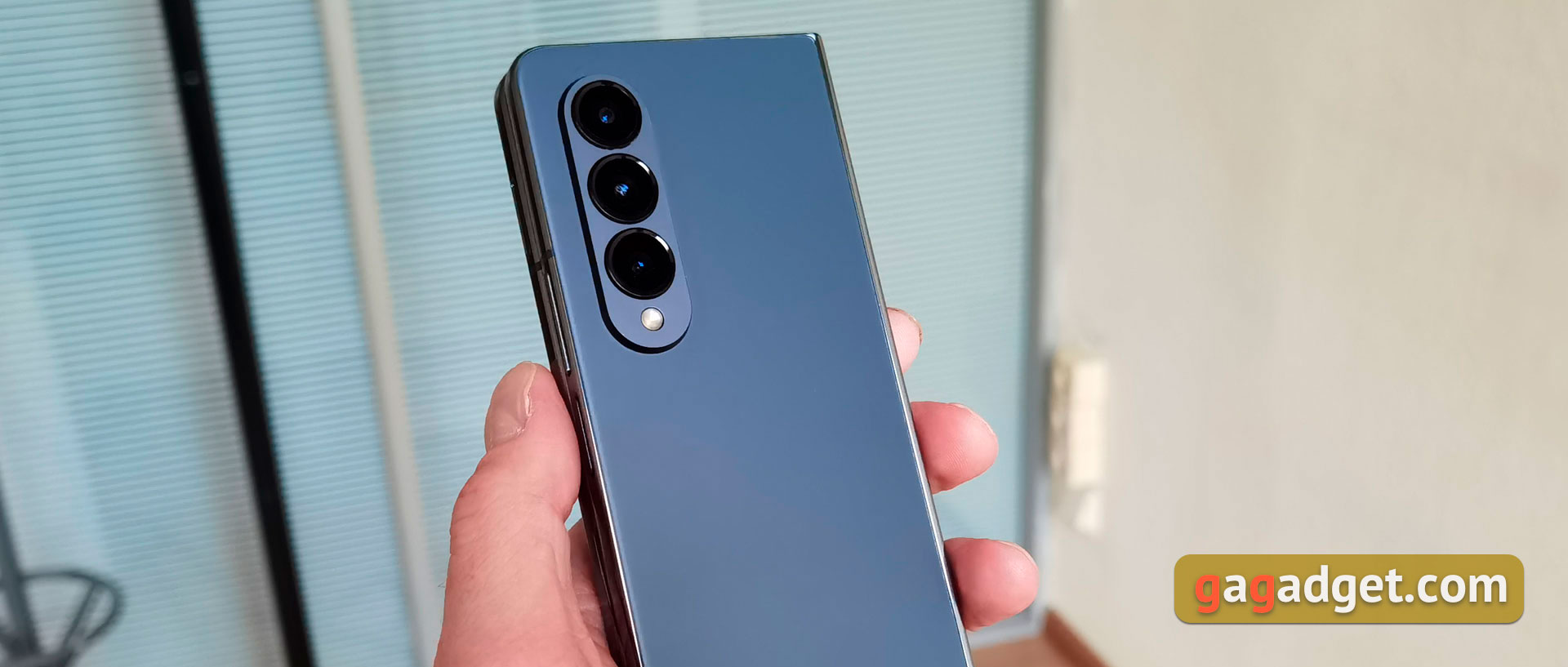
The smartphone has three rear cameras, as before, but two of them have received some improvements. The main camera is now 50 MP with an aperture of f/1.8, 23 EVF, 1.0μm pixel size, optical stabilization and Dual Pixel PDAF autofocus. It is claimed to capture 23% more light than the 12 MP in the Fold3. The telephoto is now not 12, but 10 MP, but with 3x zoom instead of 2x. The aperture is f/2.4, 66 mm EFR, pixel size 1.0μm, PDAF, OIS. Ultra-wide-angle remained unchanged: 12 MP, f/2.2, 123°, without autofocus. Front (external) 10 MP with f/2.2 aperture and autofocus. Internal sub-screen - 4 MP, f/.1.8, 2.0μm. The camera application is almost unchanged: modes are switched by horizontal scrolling, additional modes are hidden in the "More" item, they can be pulled out to the main list, and the order of modes can be adjusted to your wishes. All the main settings, including flash, filters, aspect ratio and zoom are displayed on the main screen. Zoom can be adjusted both smoothly and use fixed values. There is a multi-frame mode with simultaneous shooting with different cameras, professional photo and video modes, as well as a director mode. Of the additional features there is a mode of shooting selfies on the rear camera.

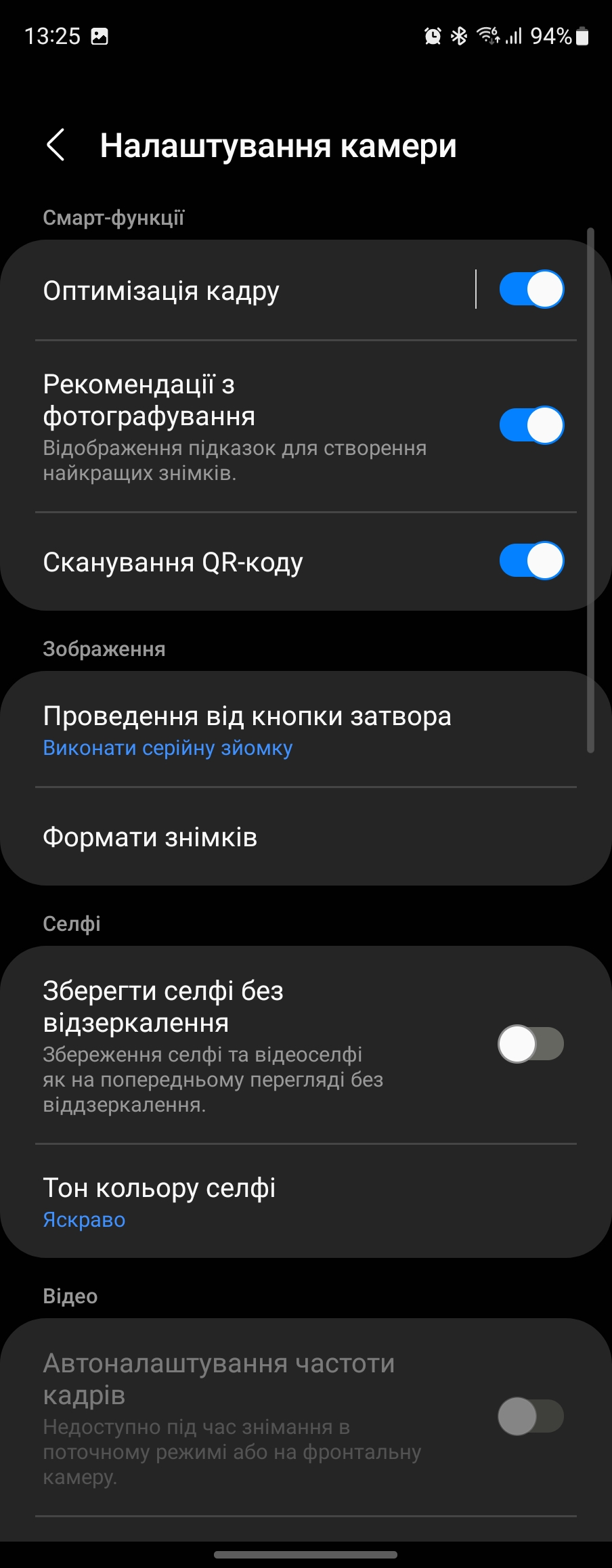

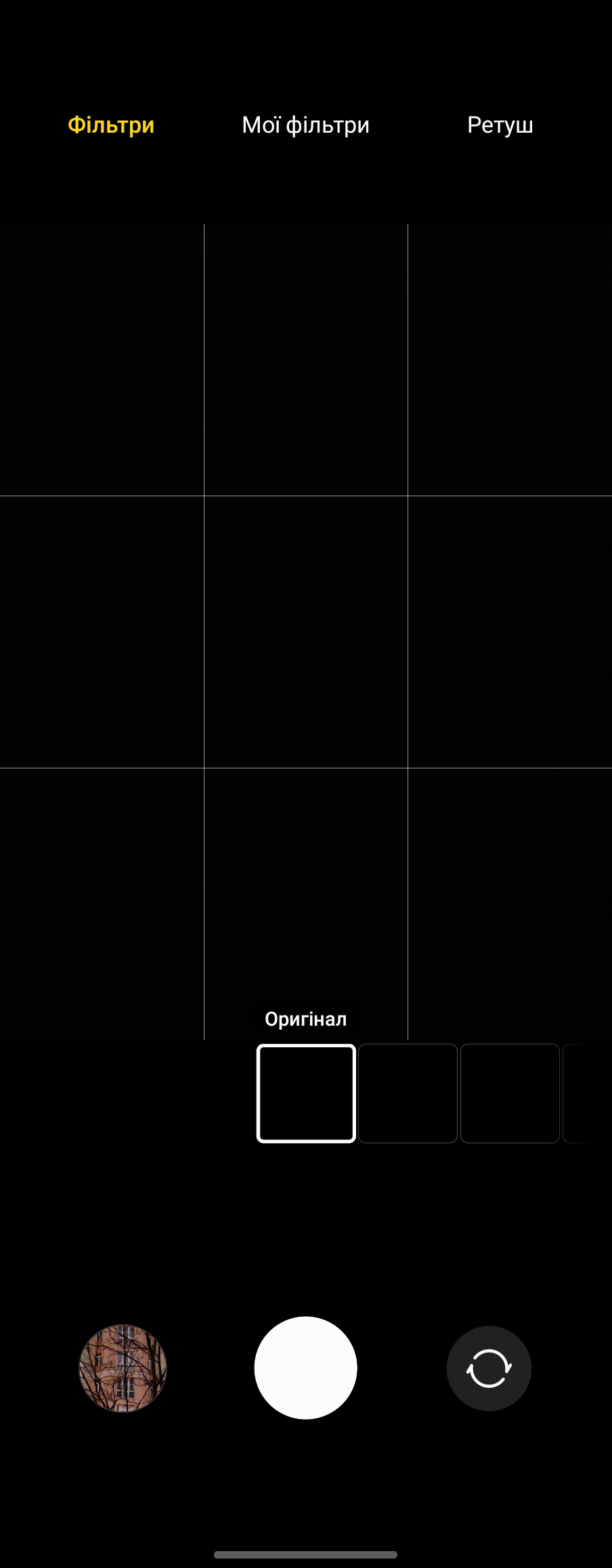
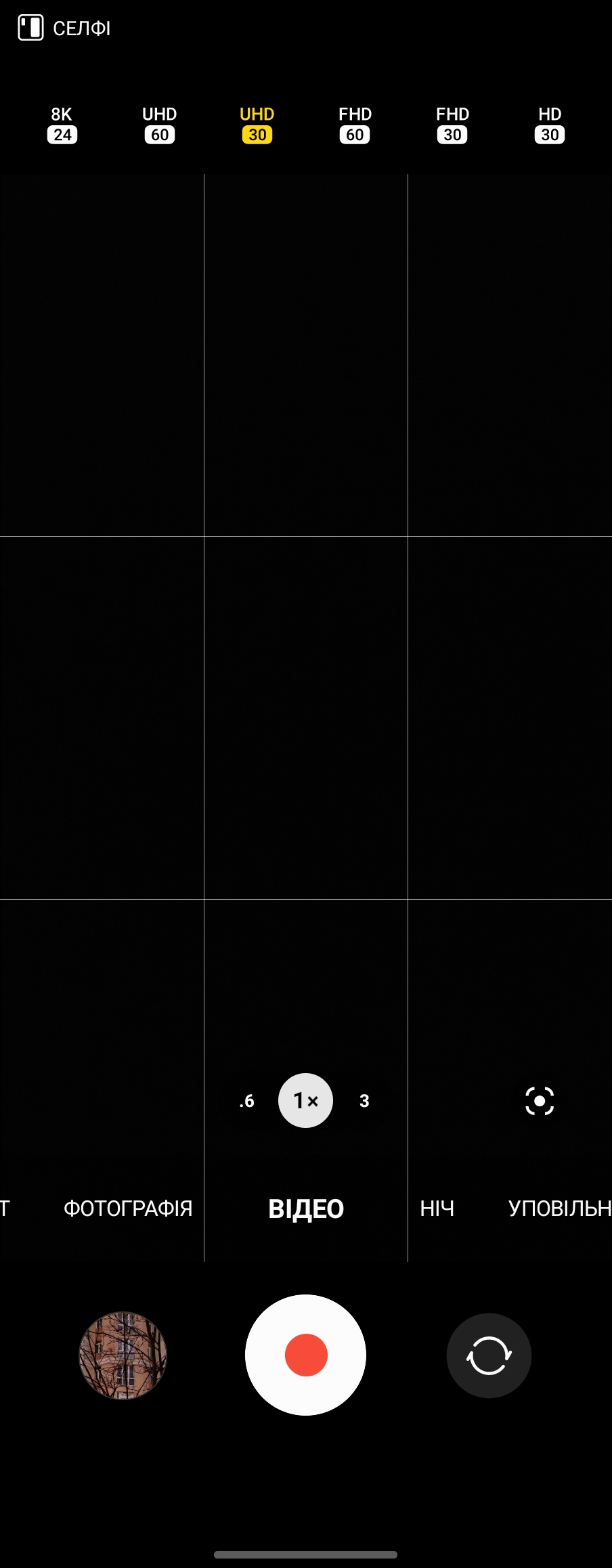
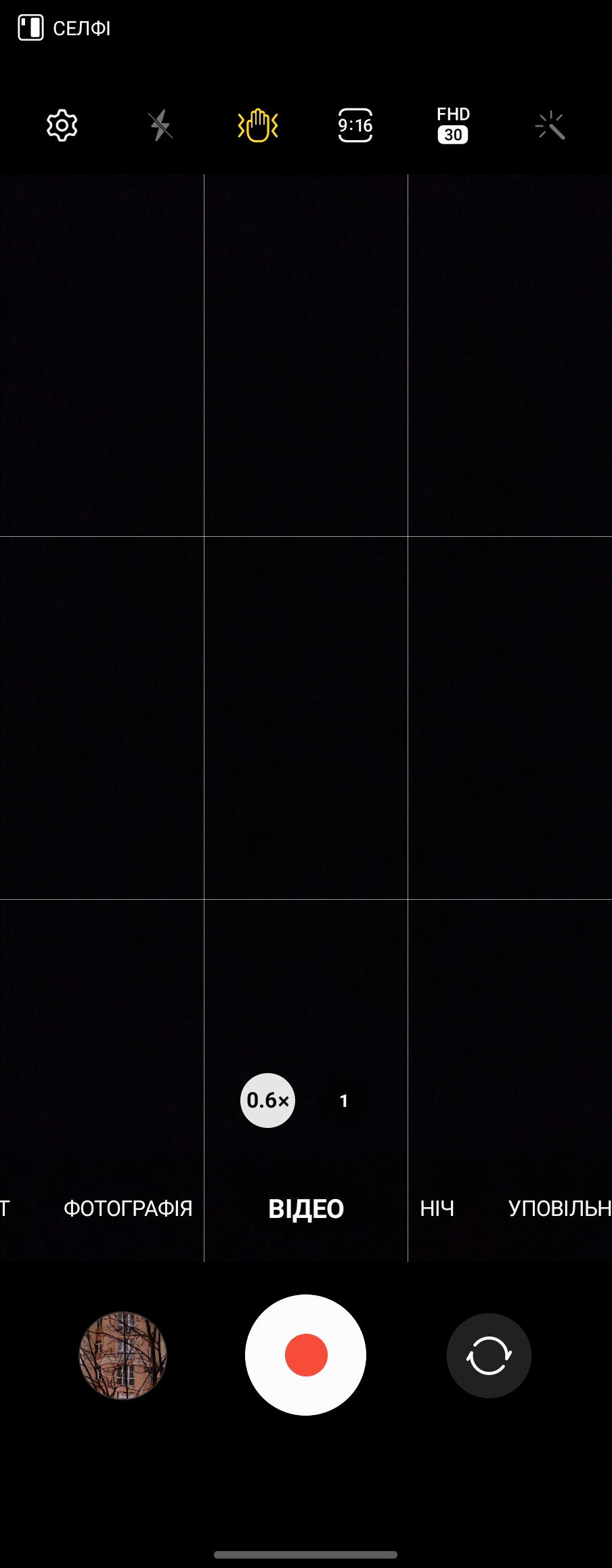
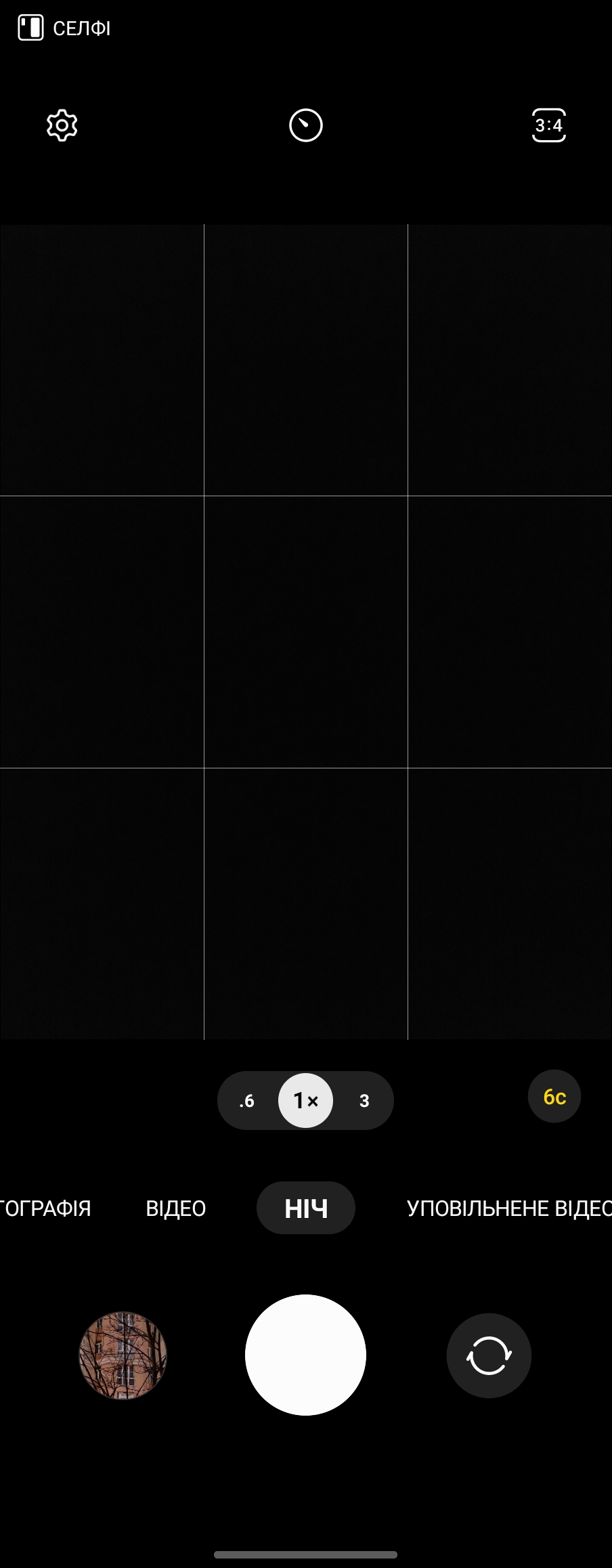
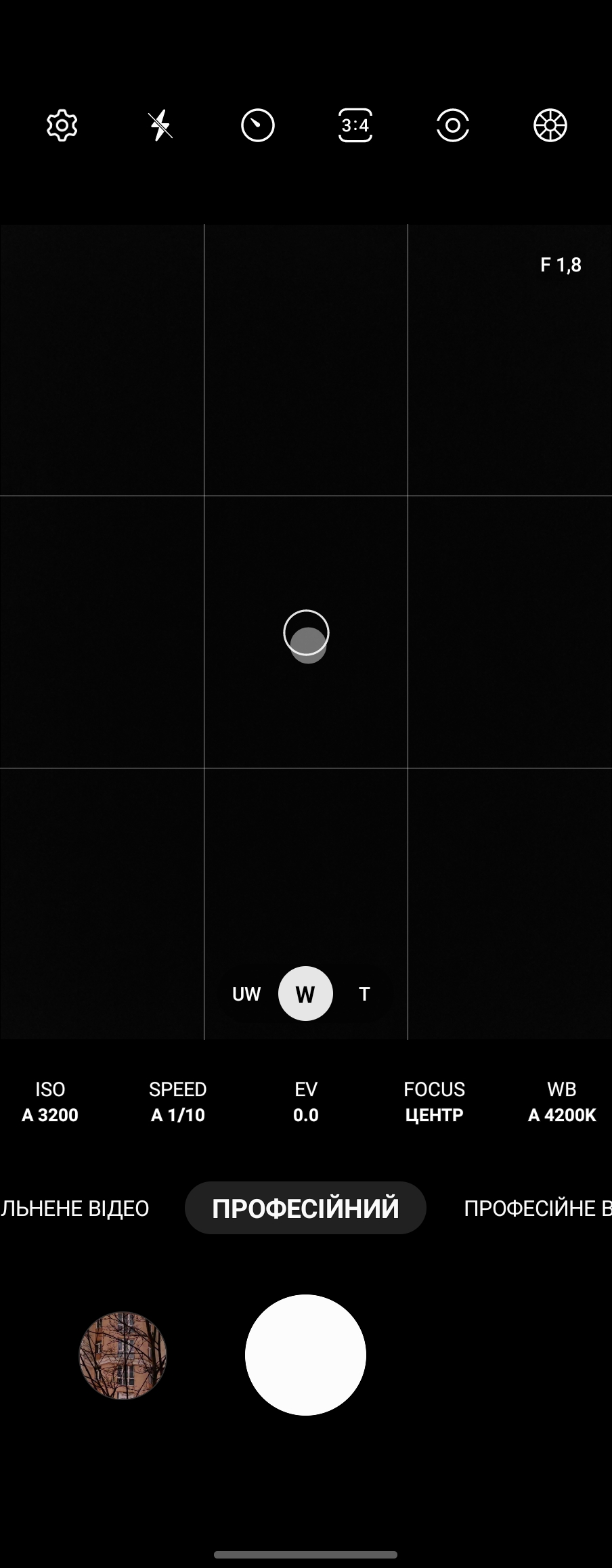
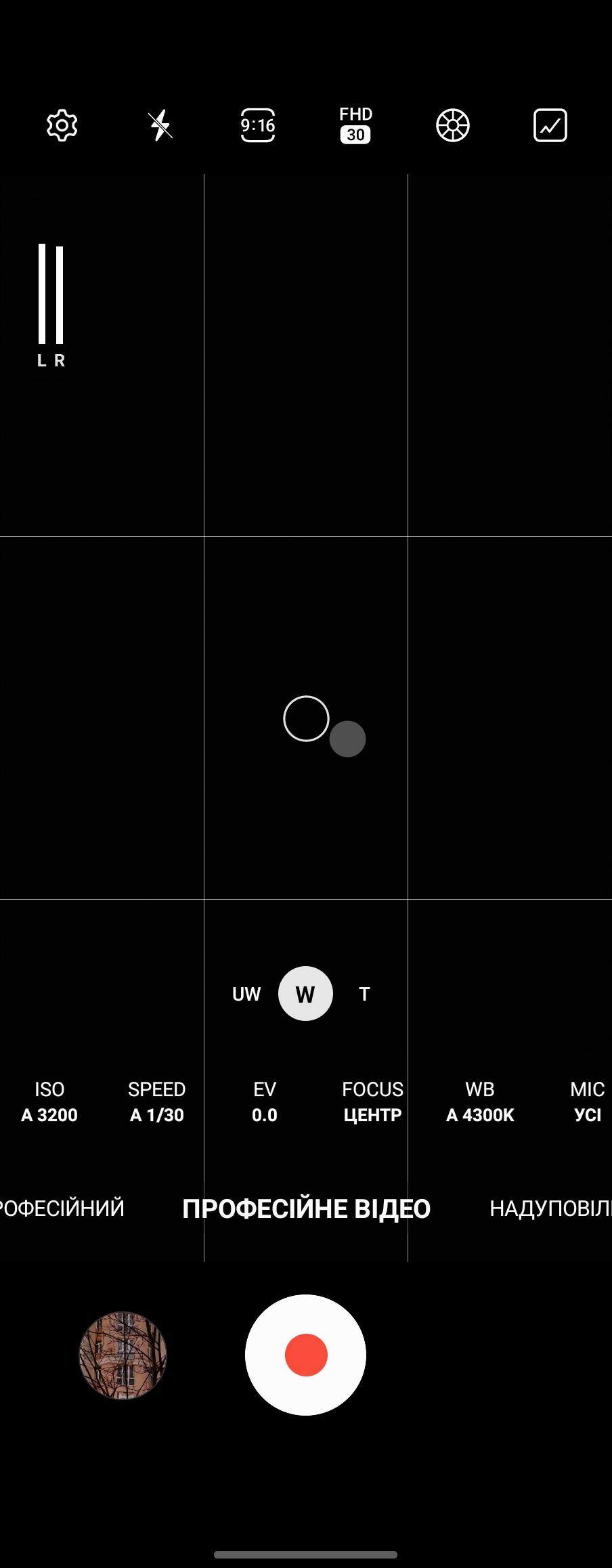
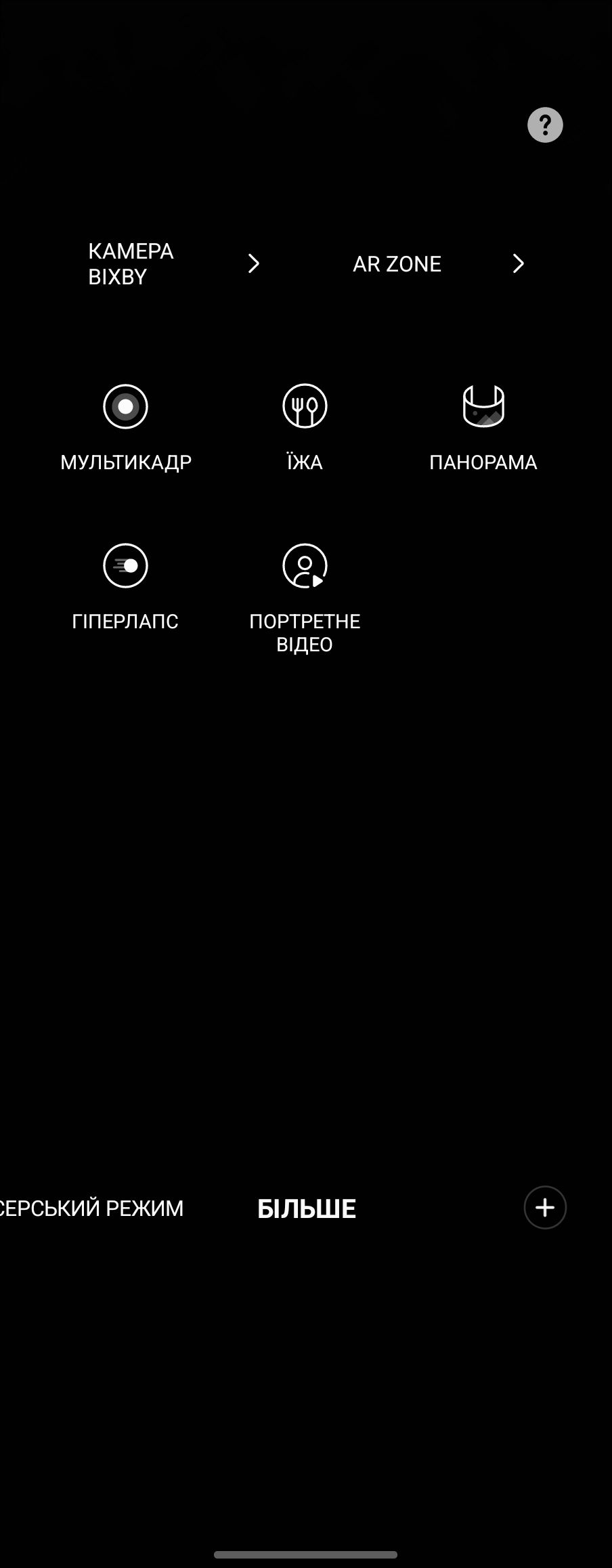
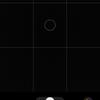
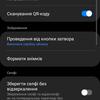
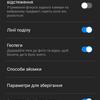


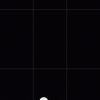
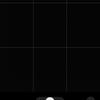
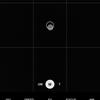
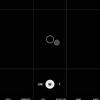
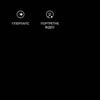
The main camera makes very nice photos in any conditions. During the day, the colors are saturated and natural, with a lot of detail. HDR works well and "pulls out" the dark and shaded parts of the picture. Night mode works well and photos are also of high quality. Although, of course, the detail drops a little and the side effects of processing algorithms (yellow shades) are slightly visible:

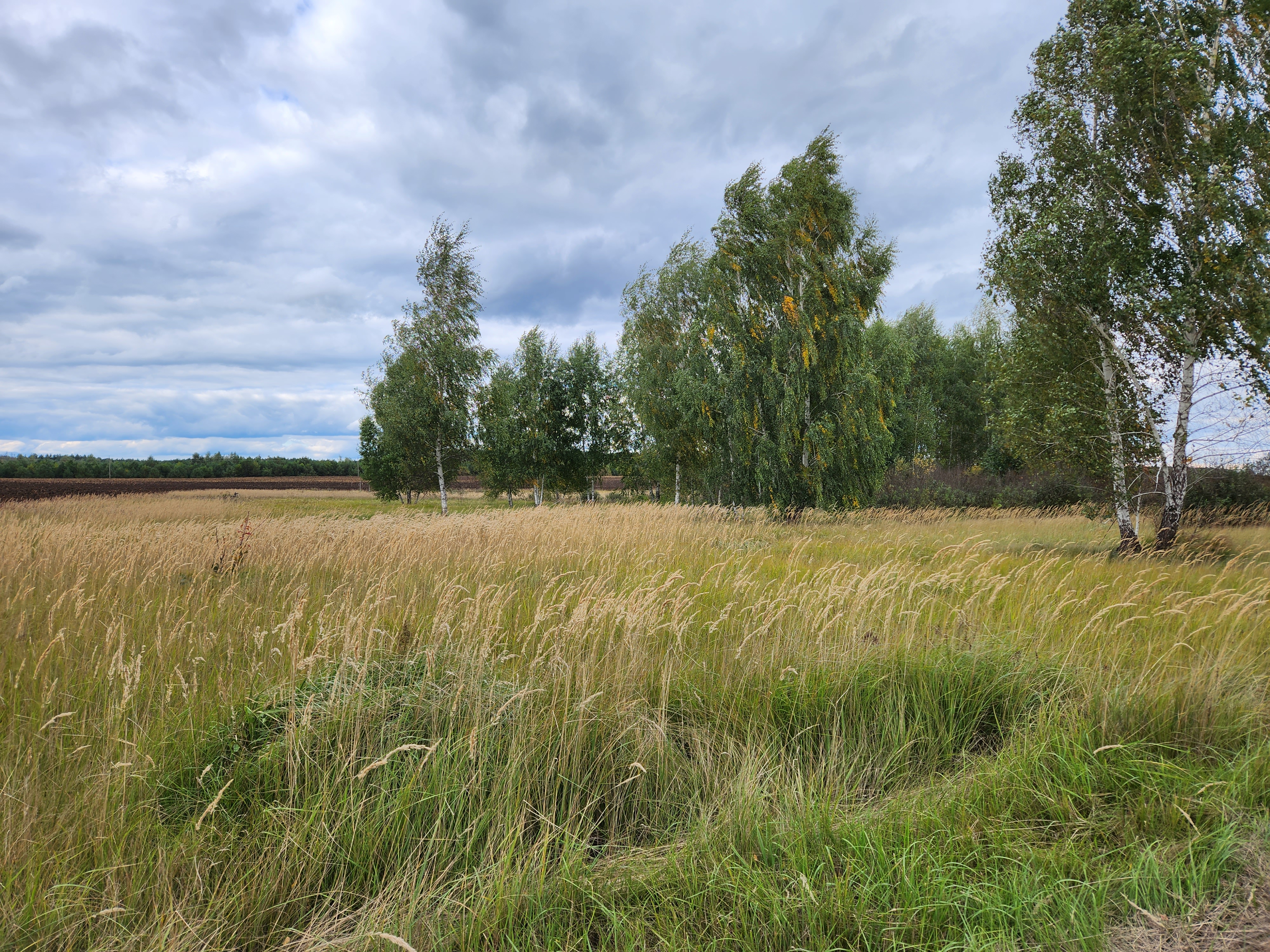
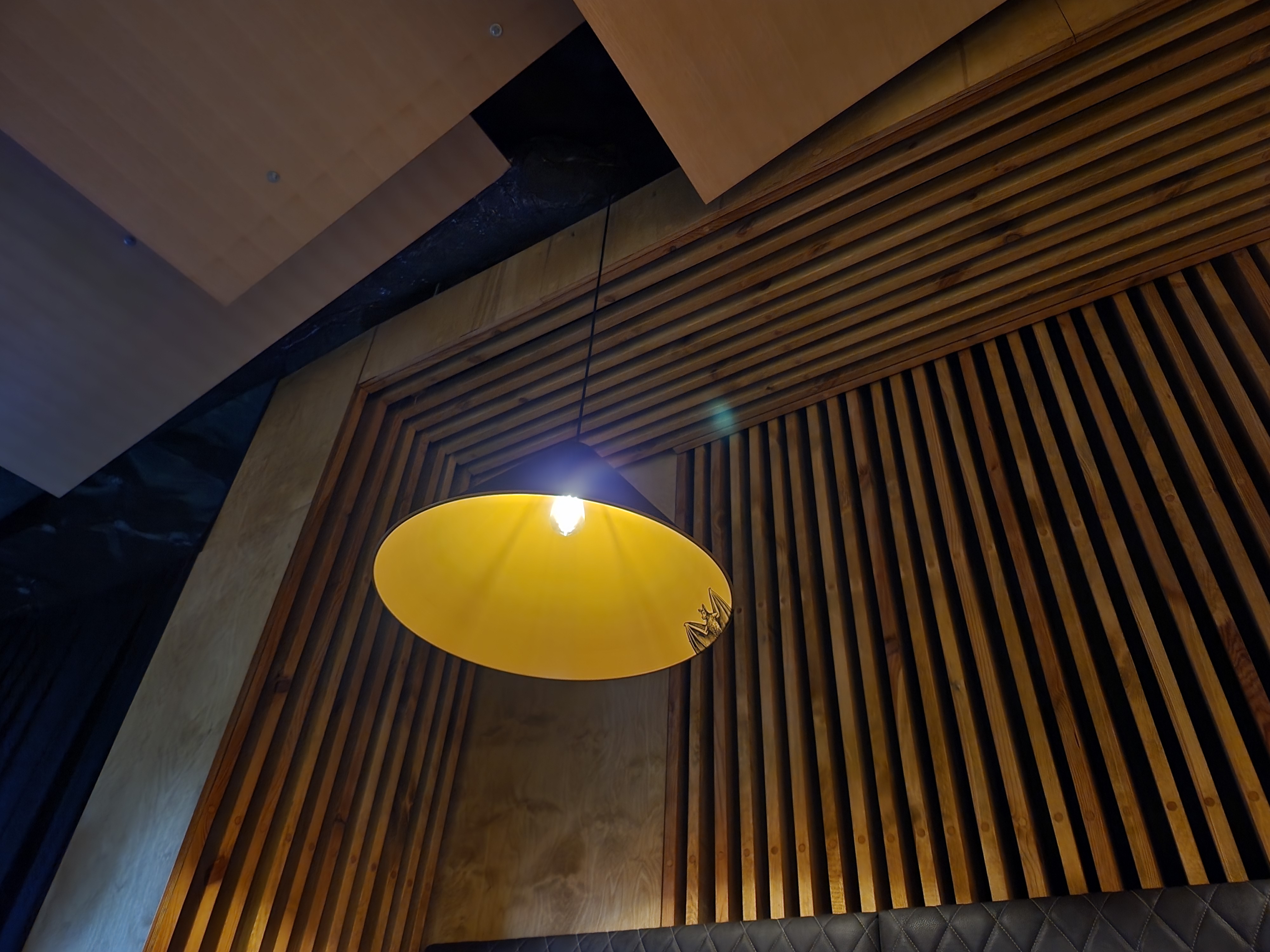
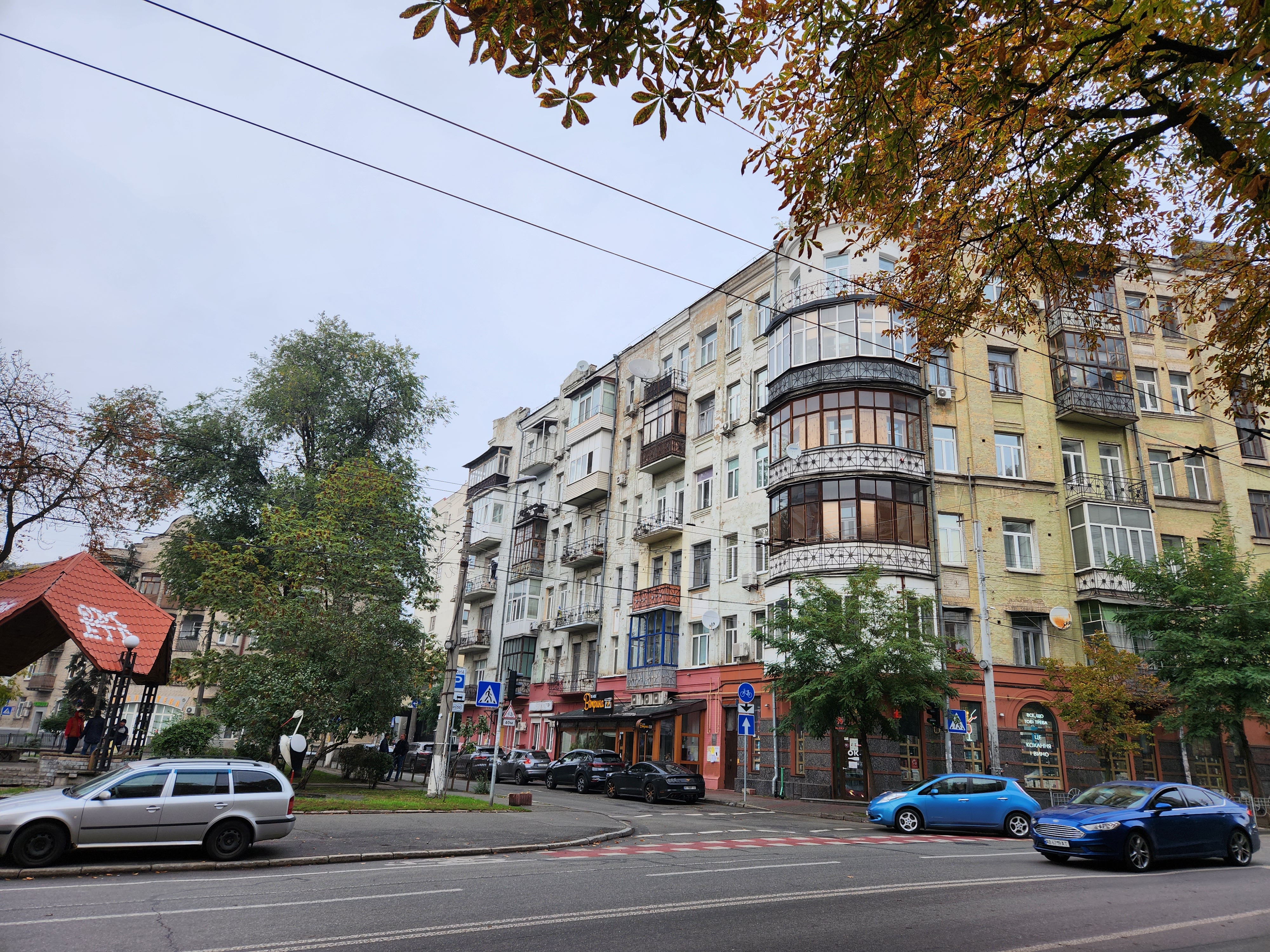


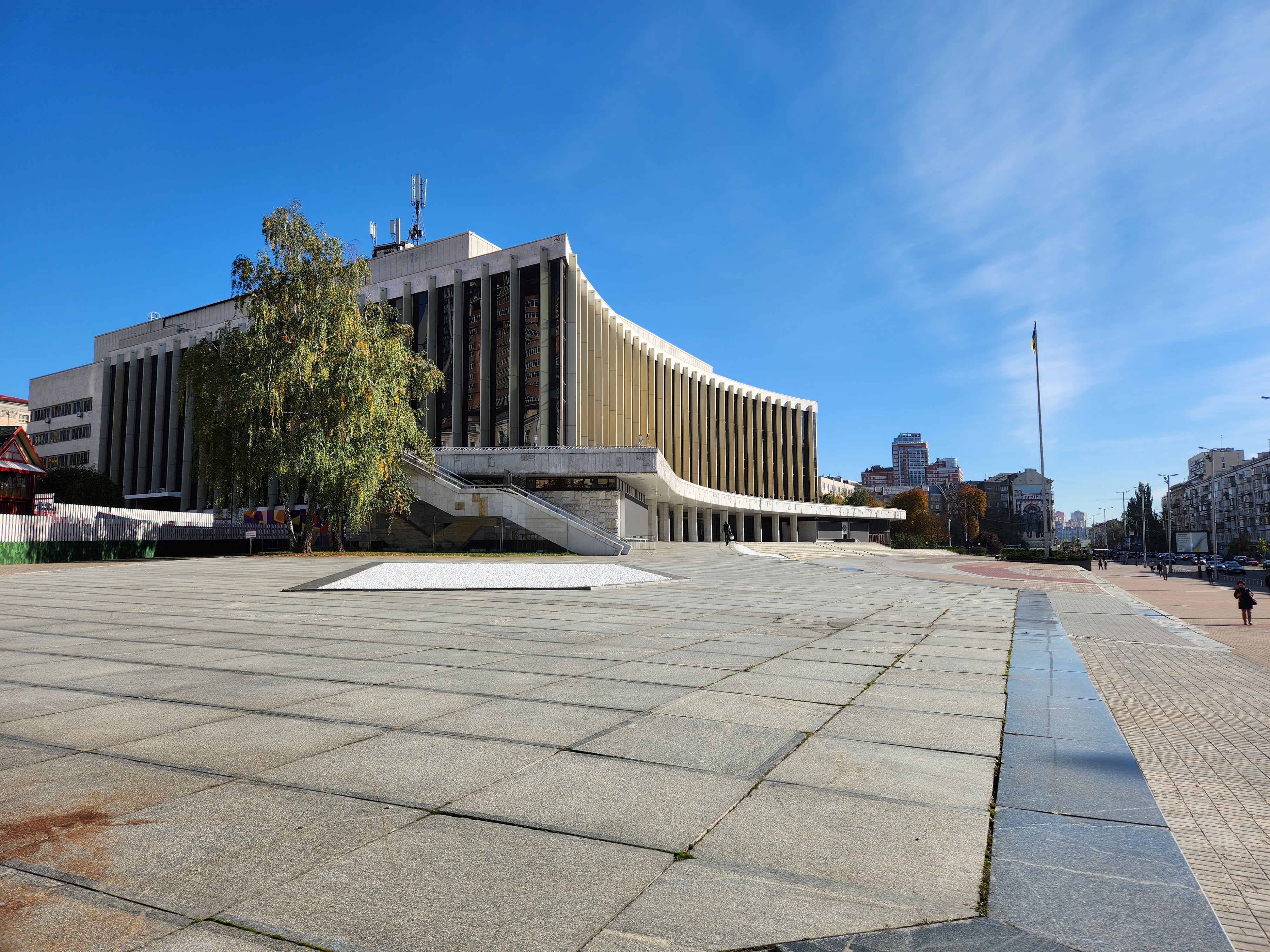
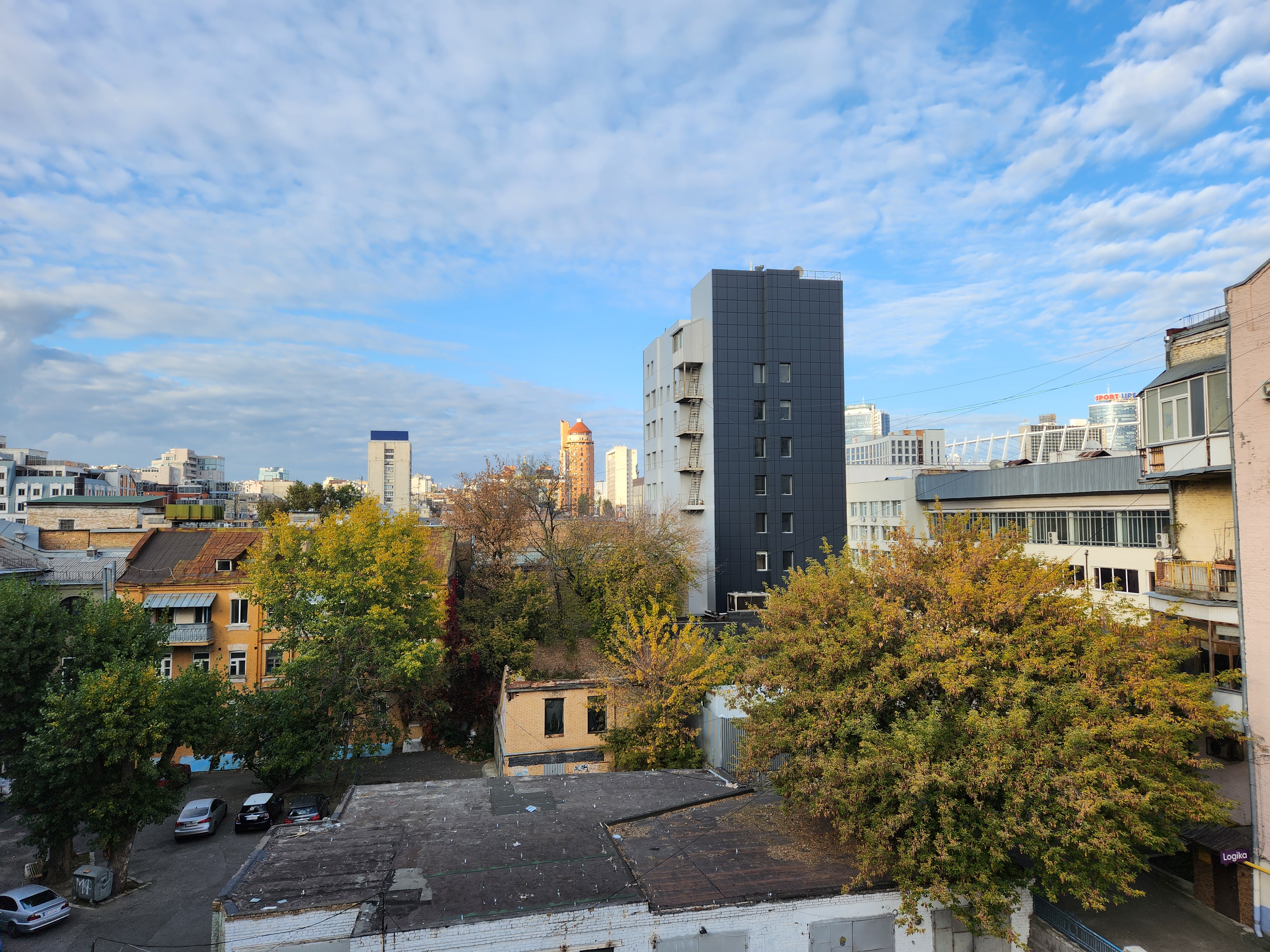

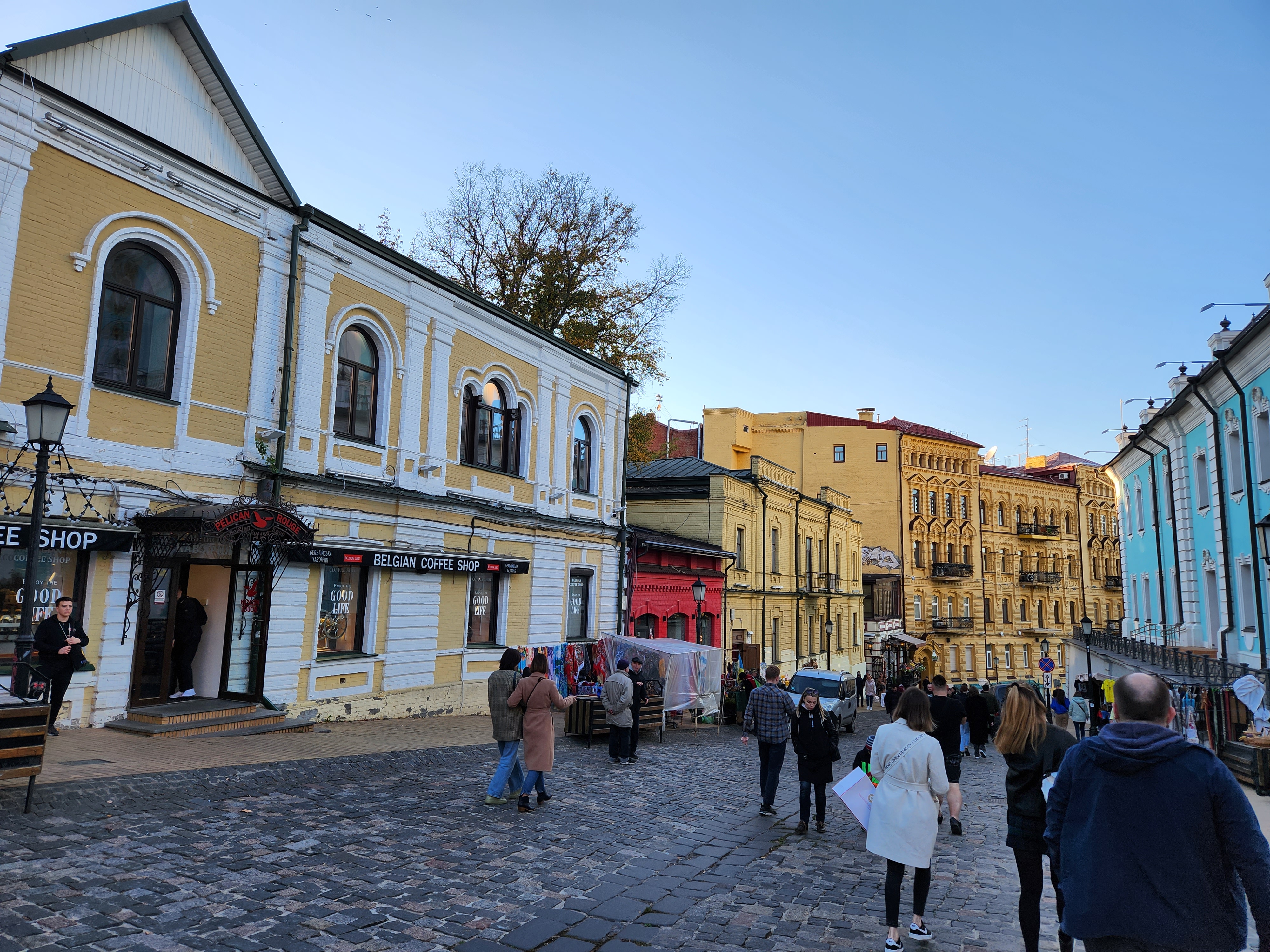
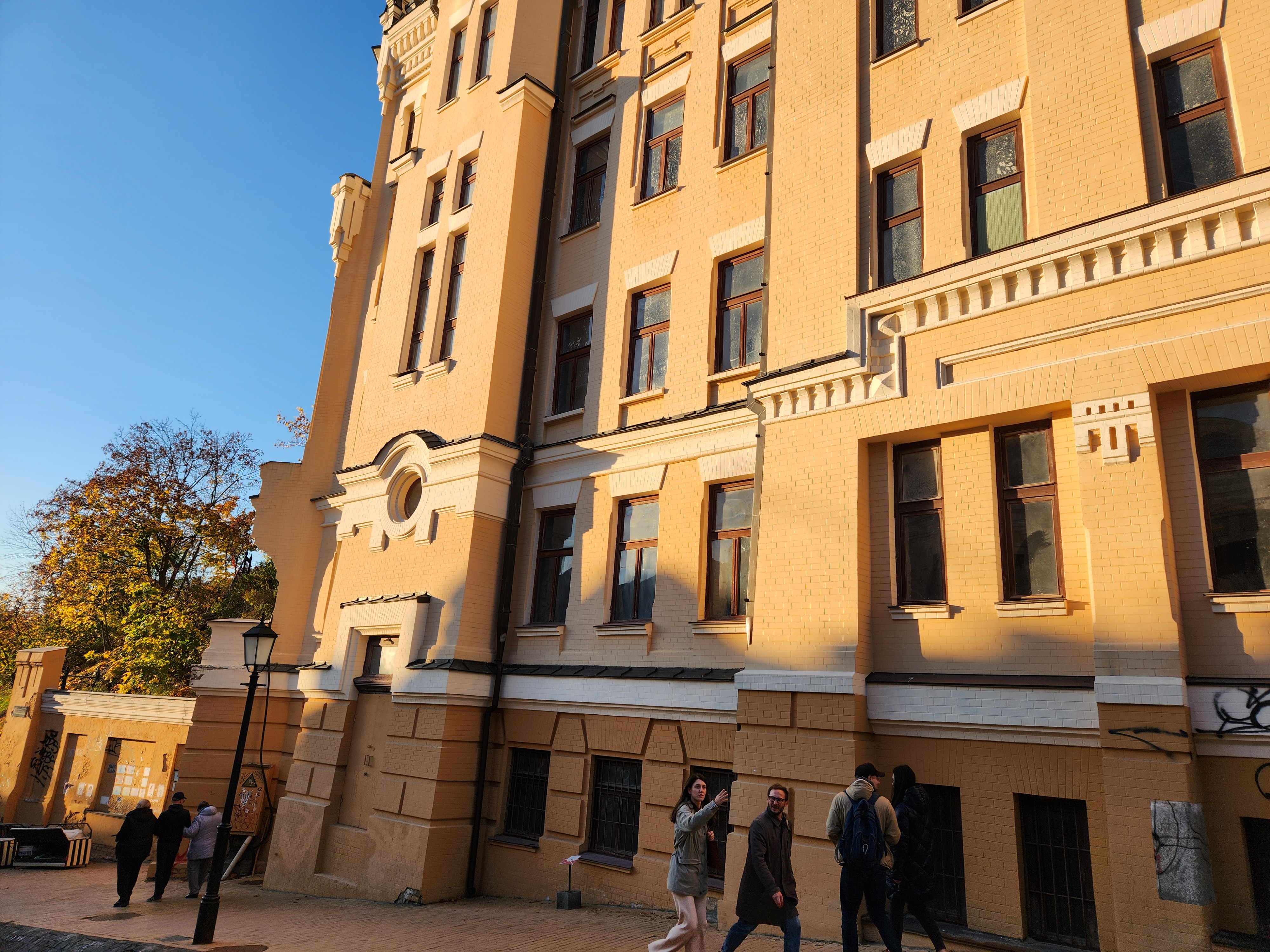
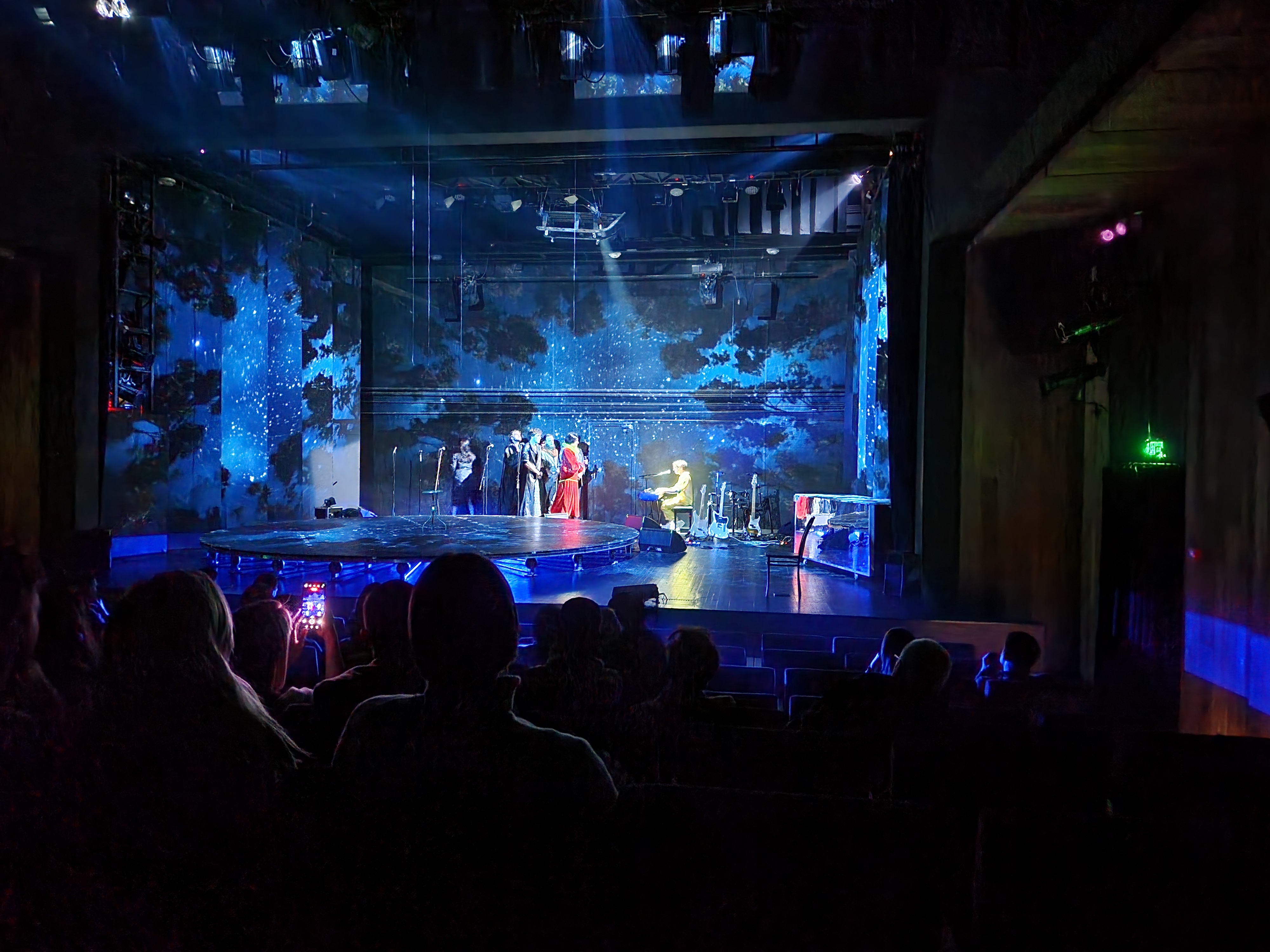
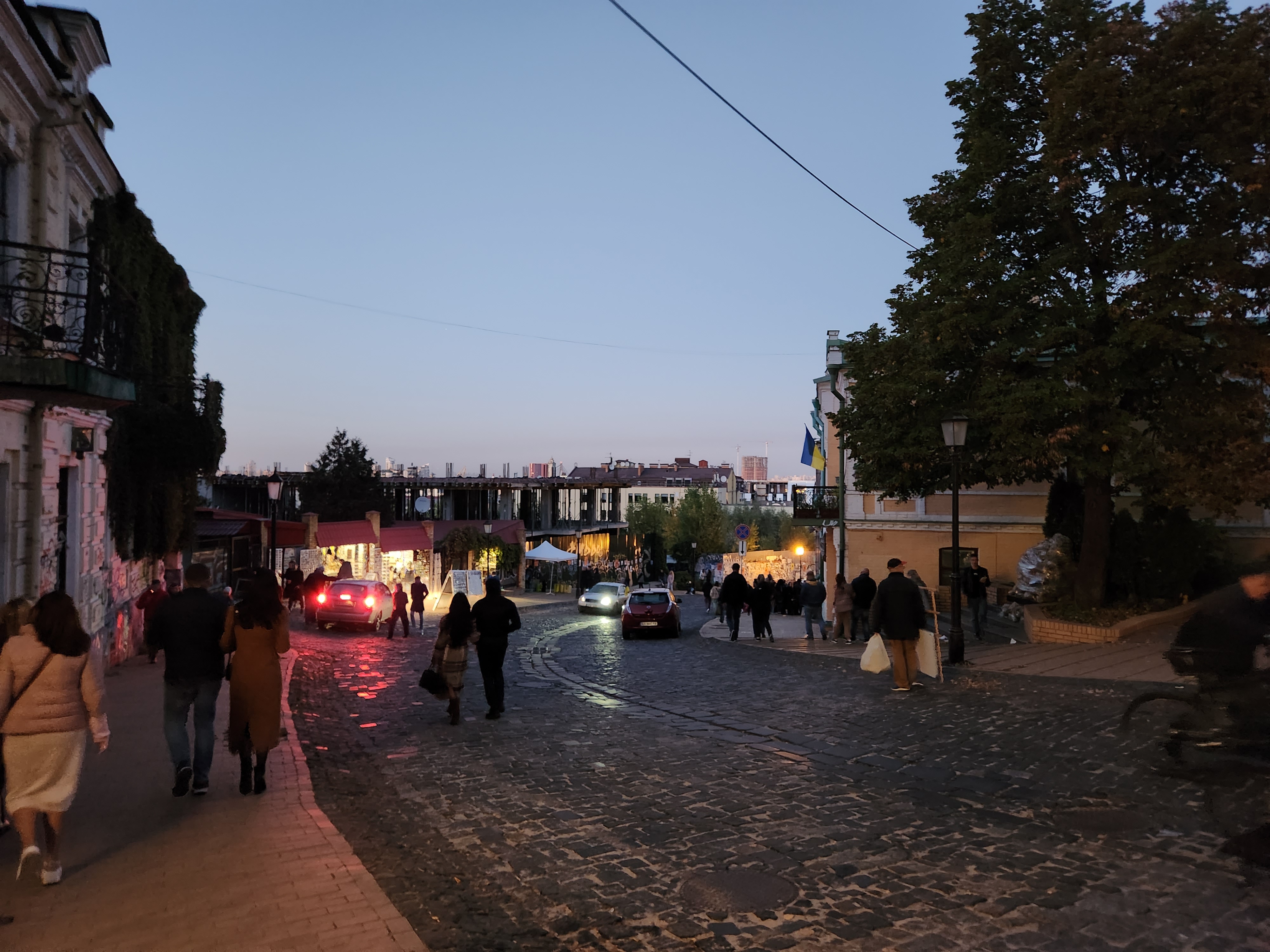
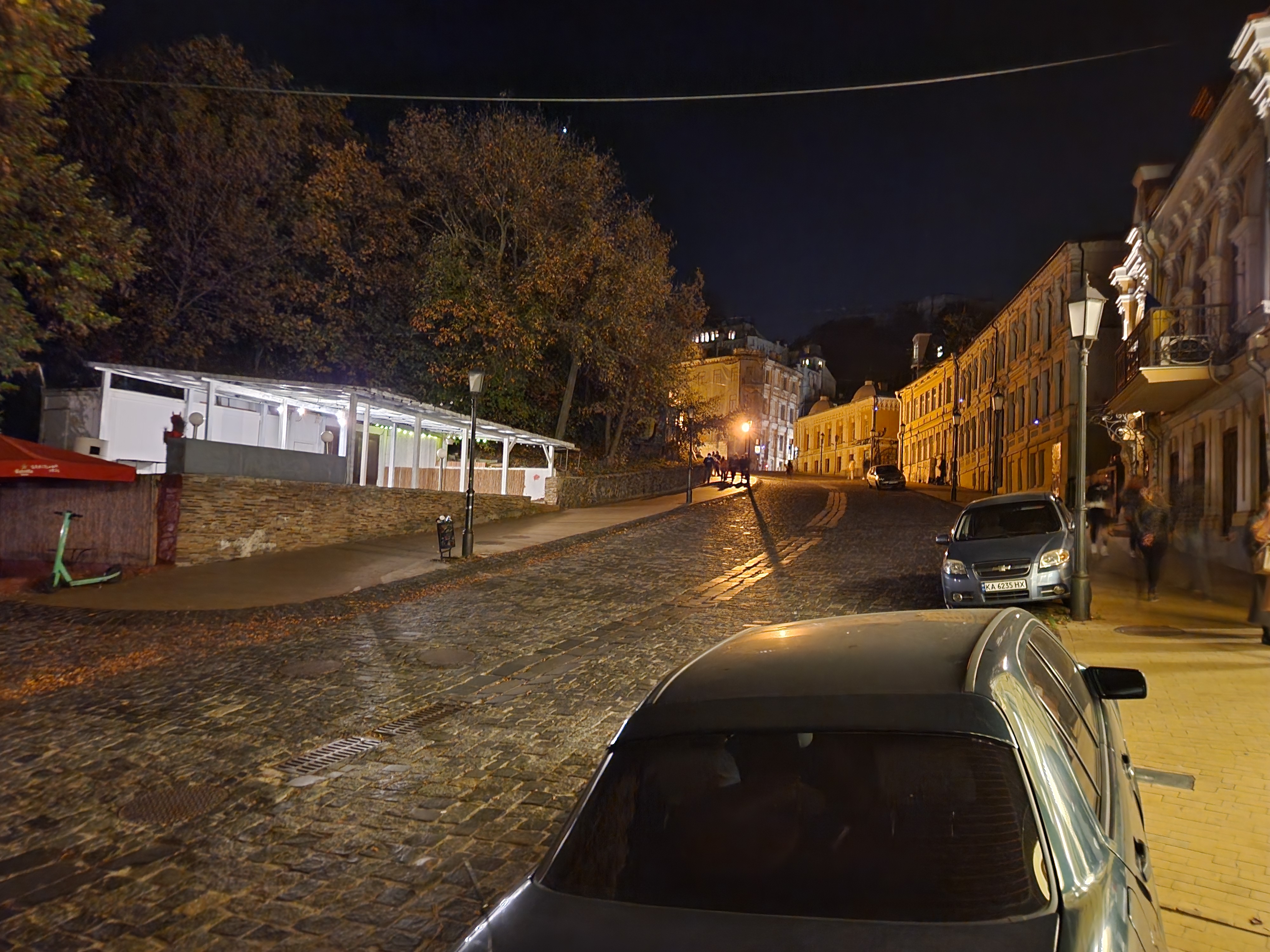
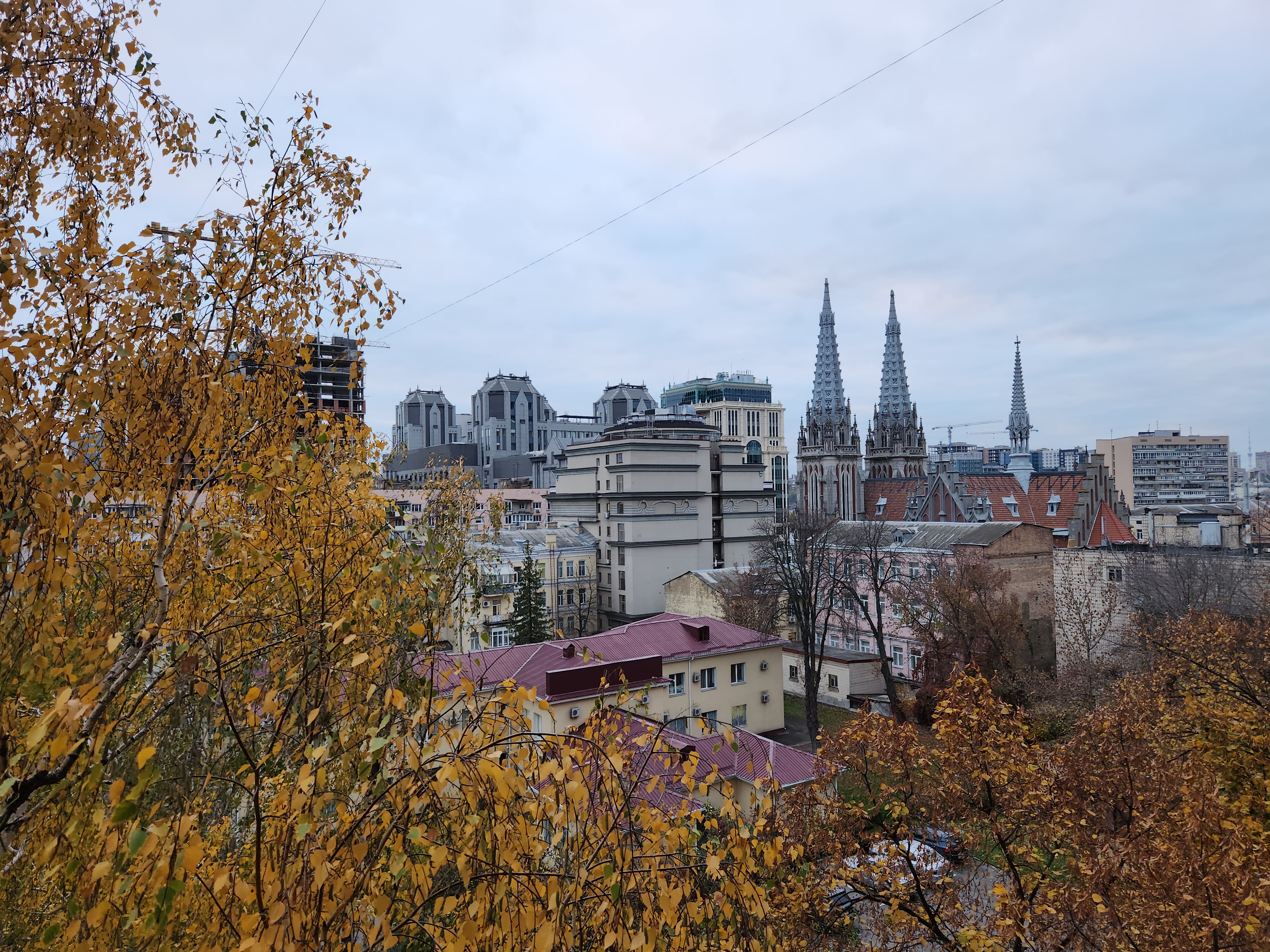
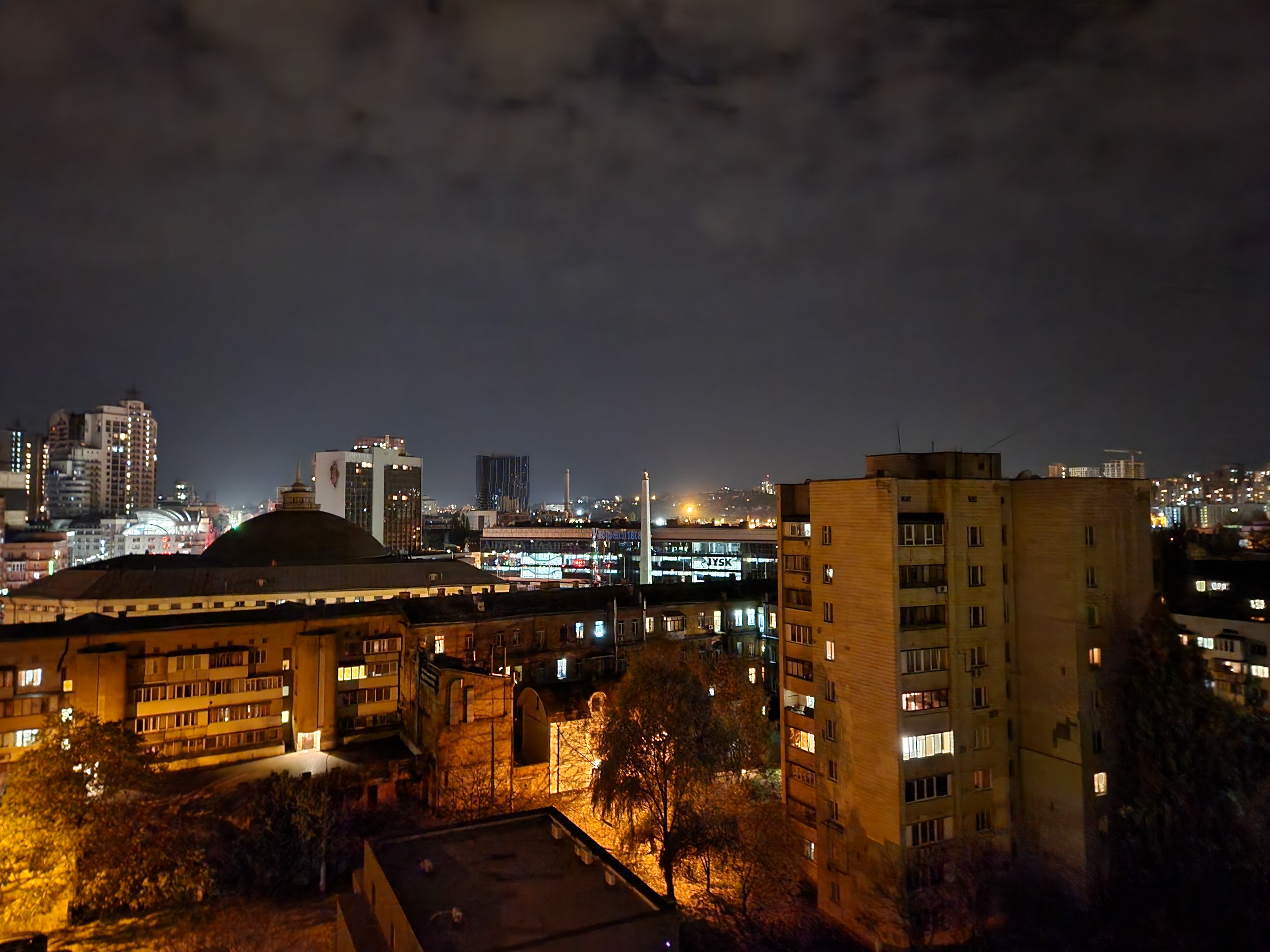
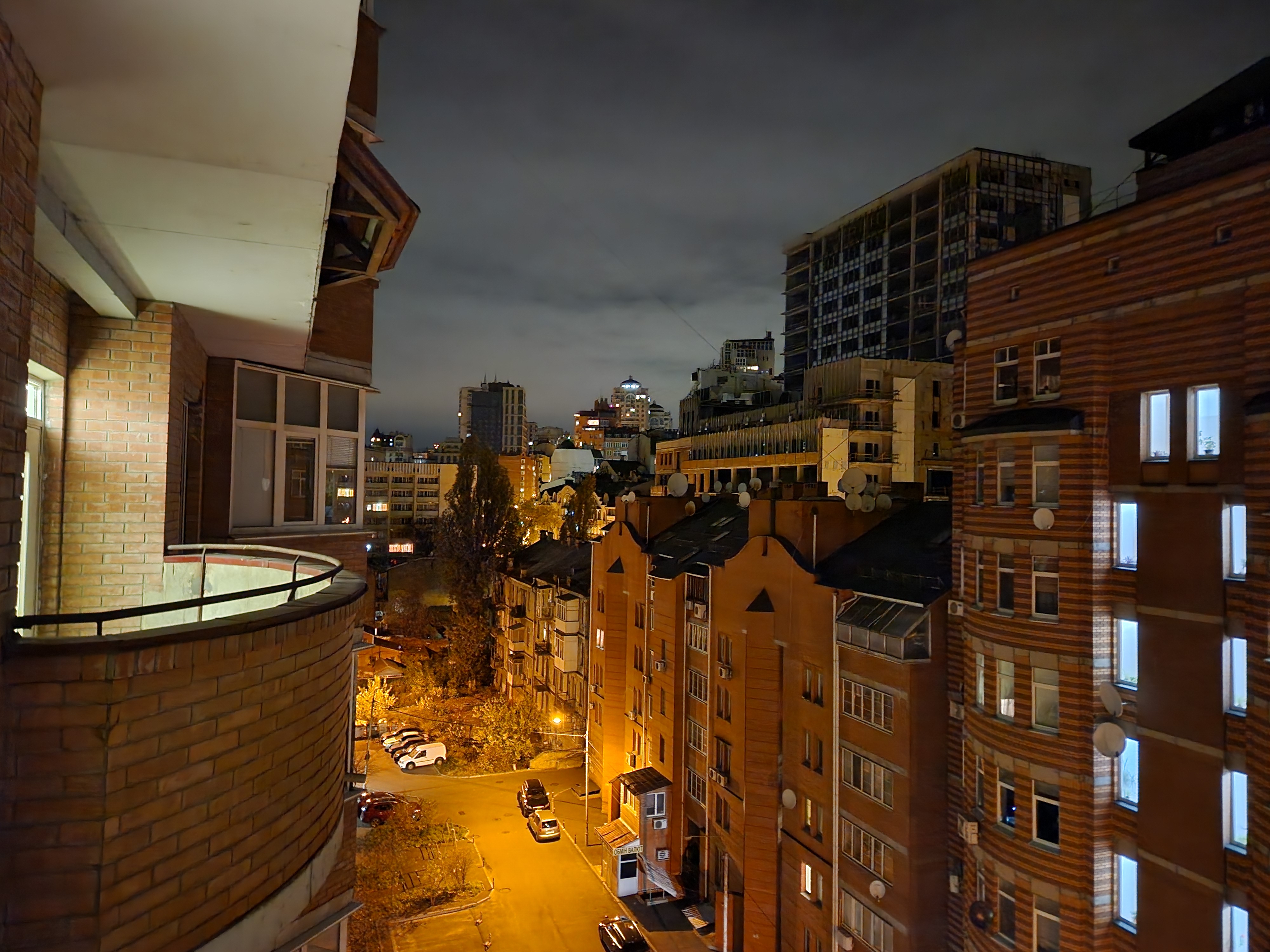
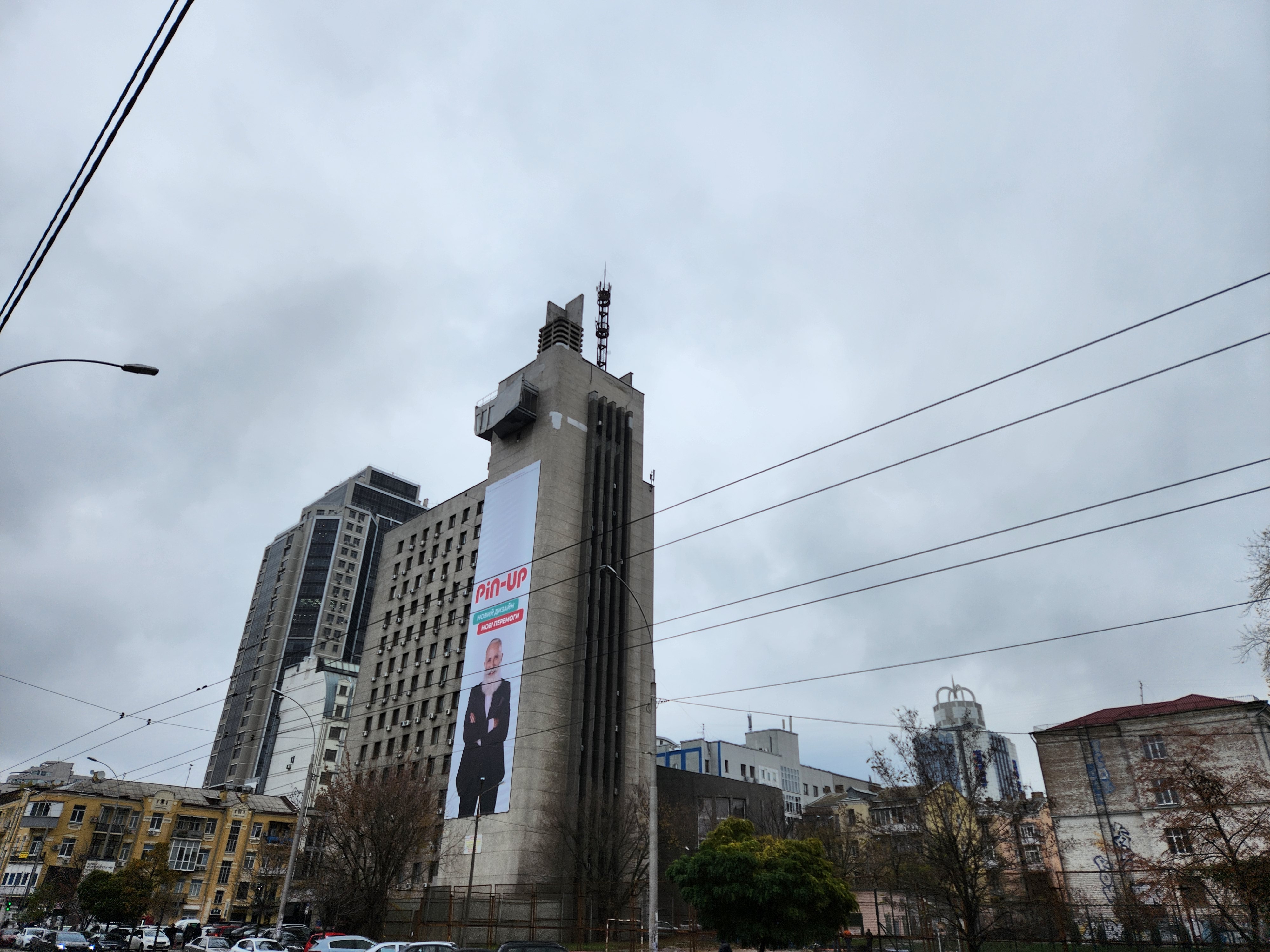
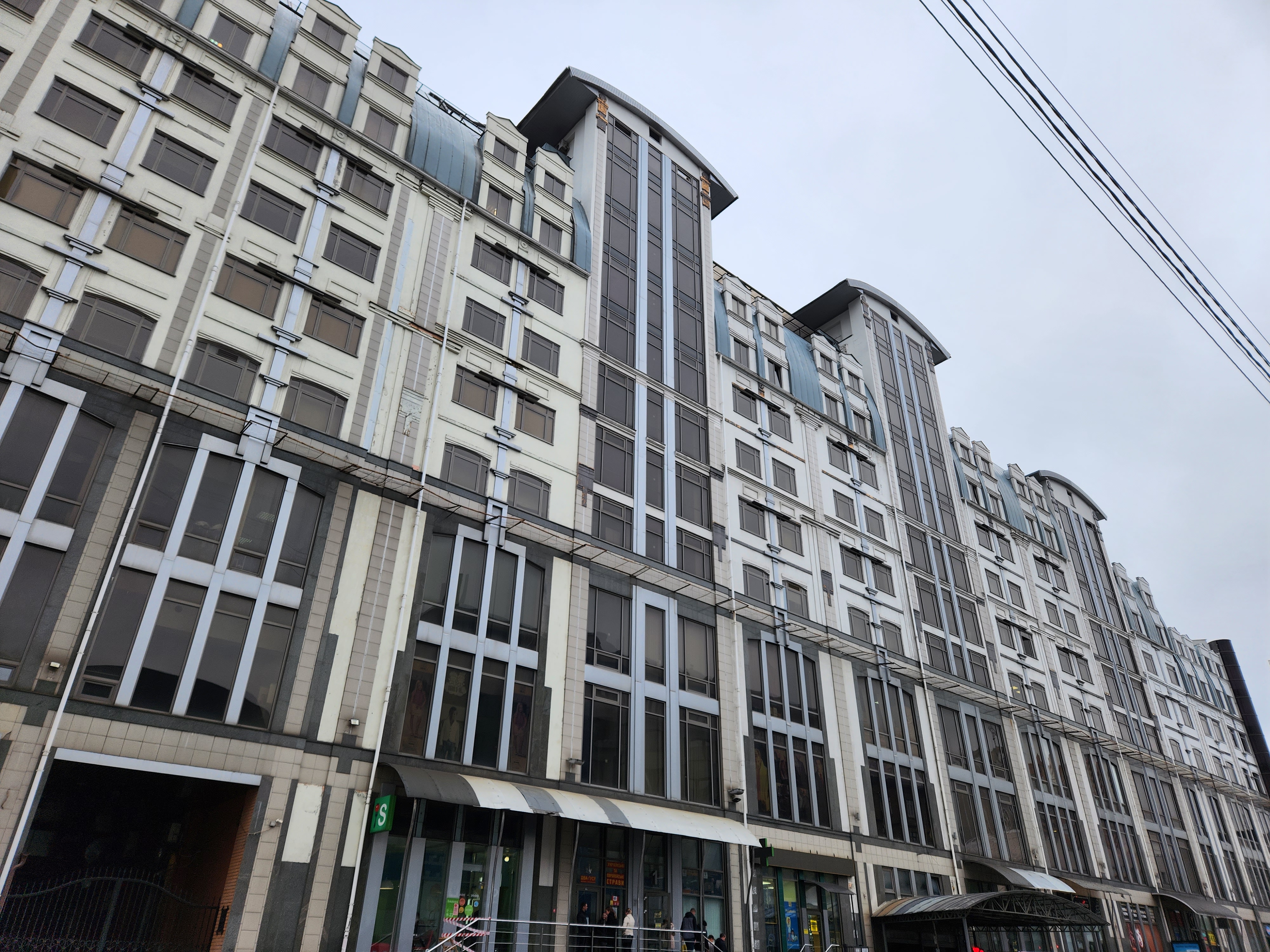

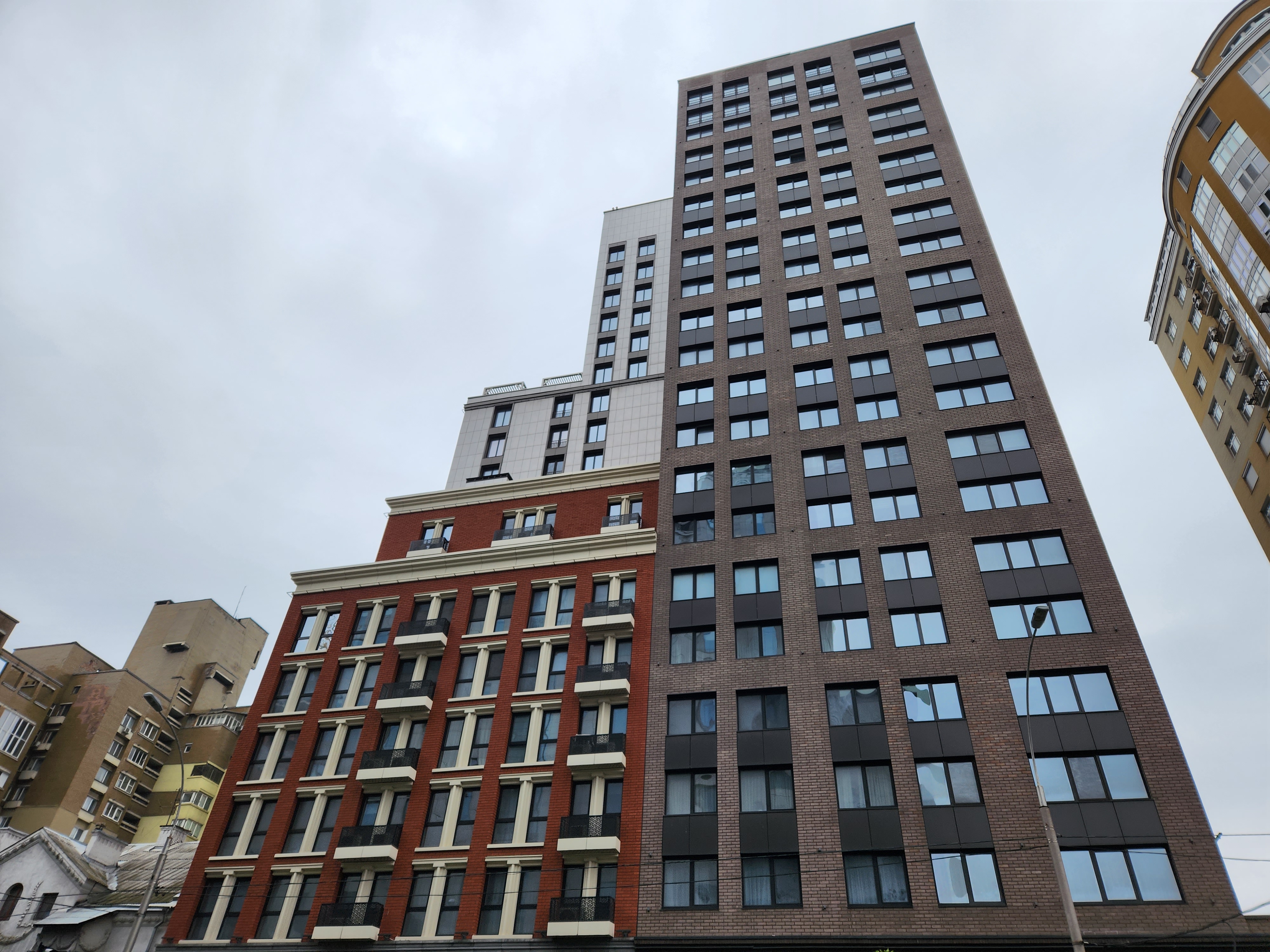
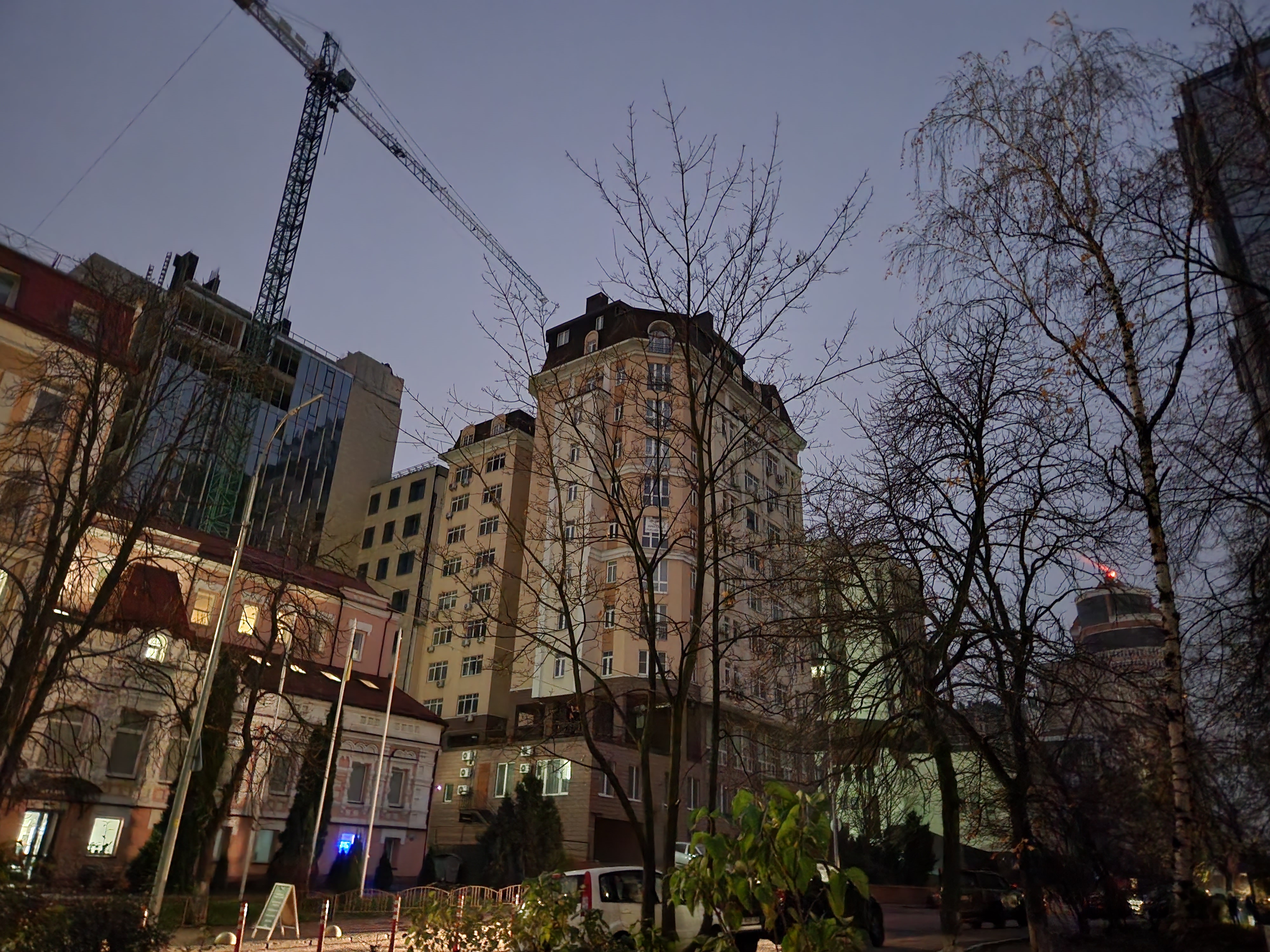







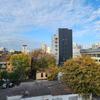








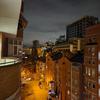
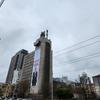




The ultra-wide-angle camera has not changed since last year, so it is without autofocus and, of course, weaker than the main one. Both in terms of detail and dynamic range. In general, the photos are darker, grain appears in the evening:
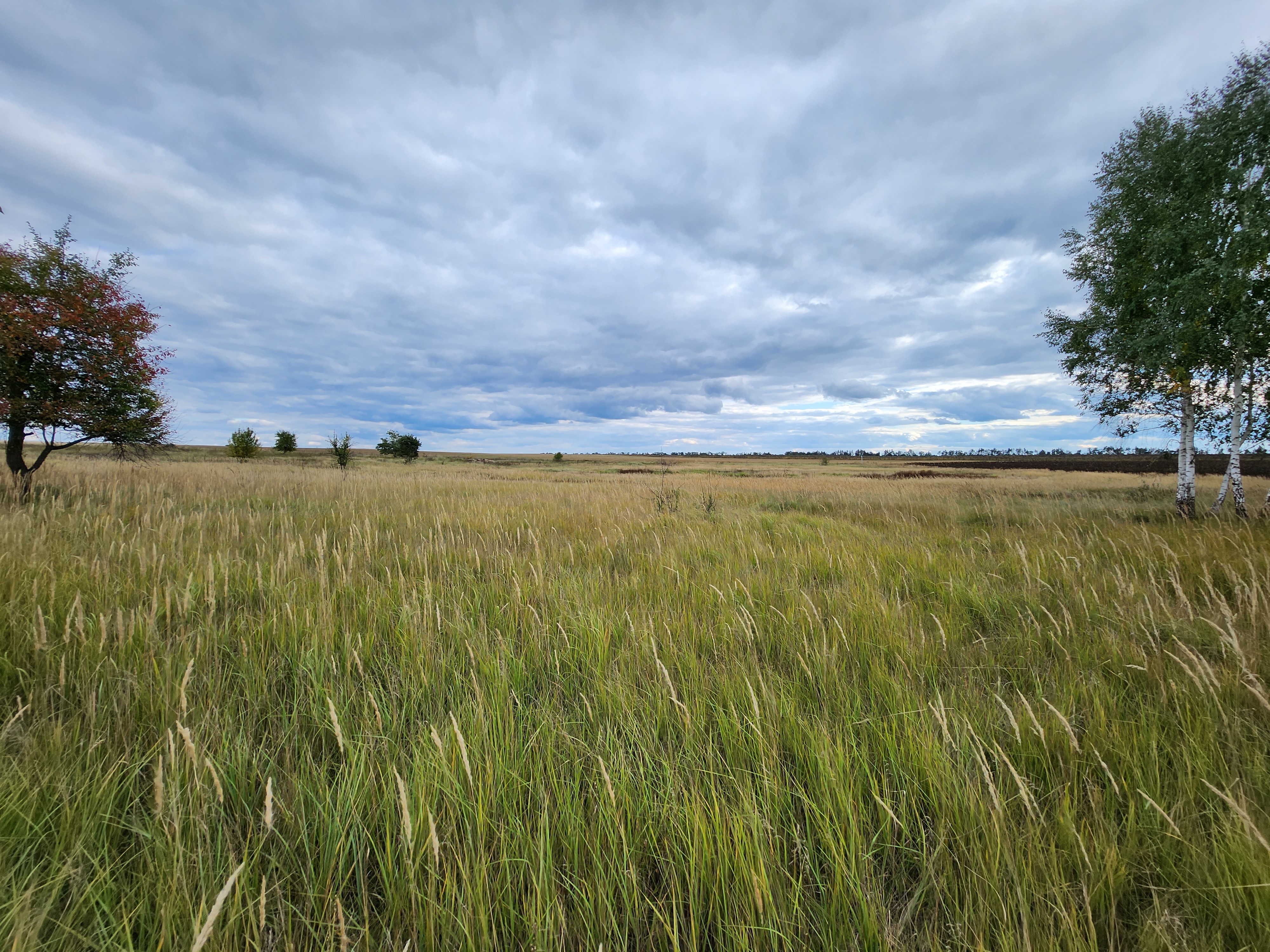

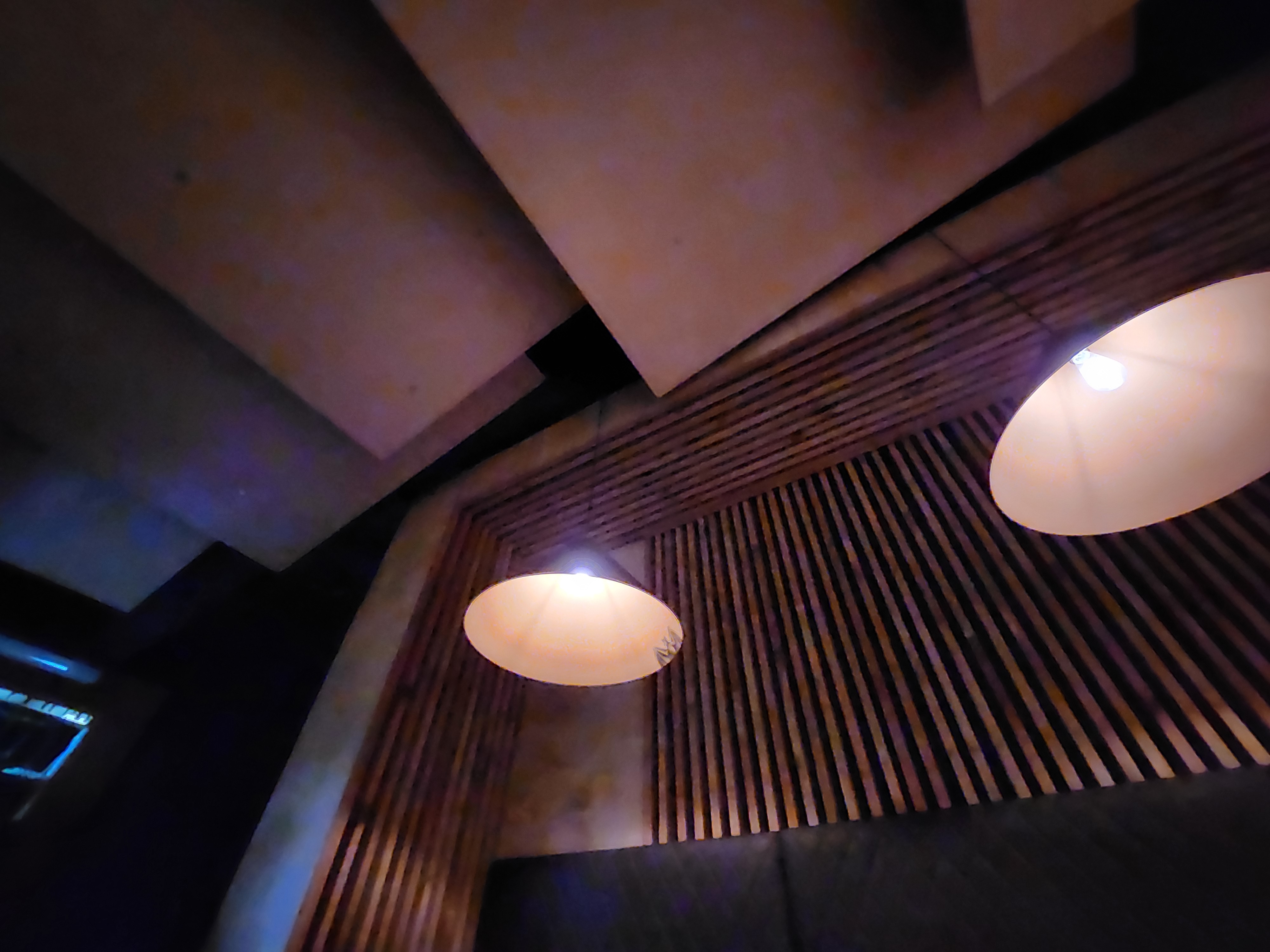
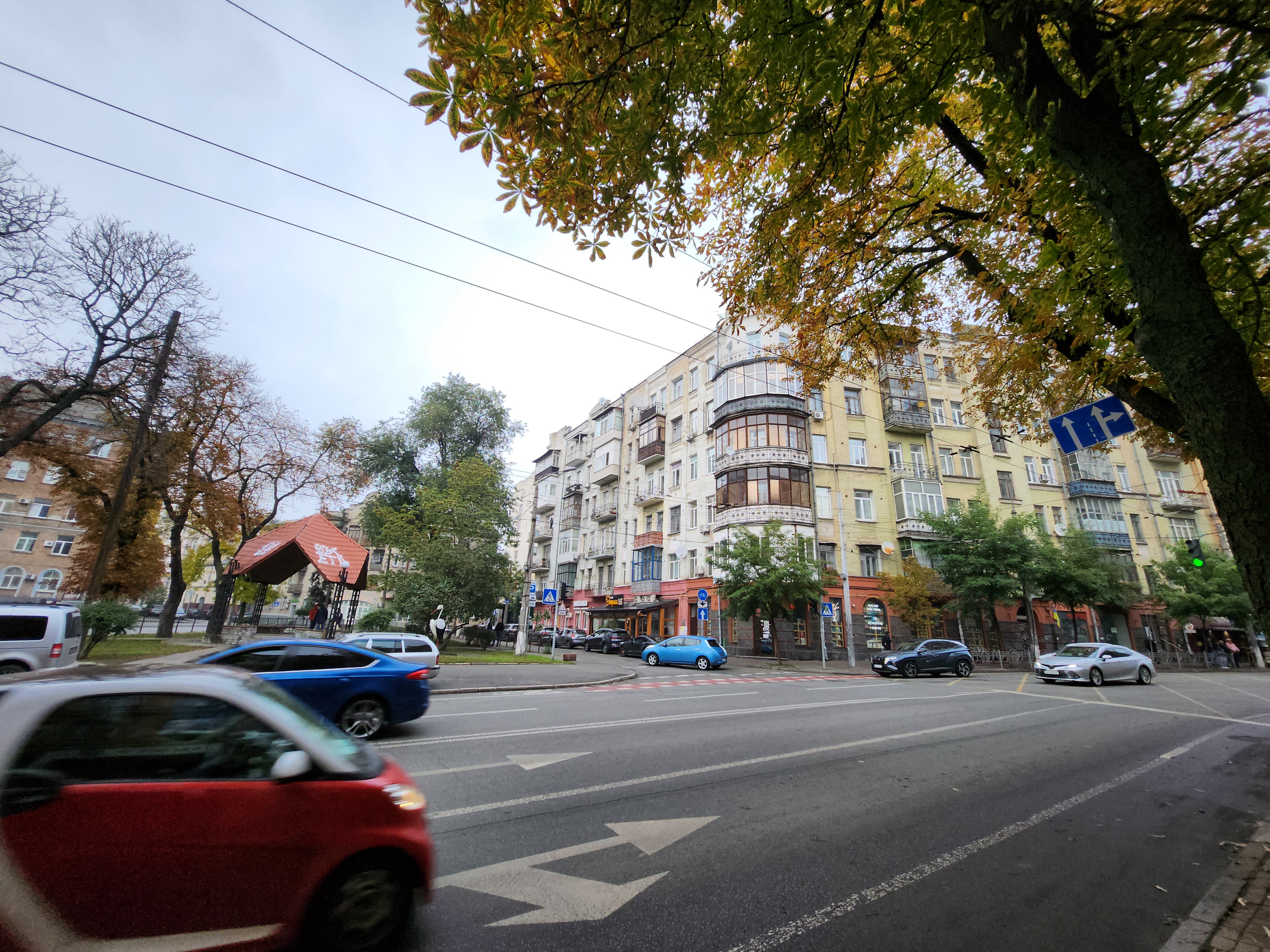

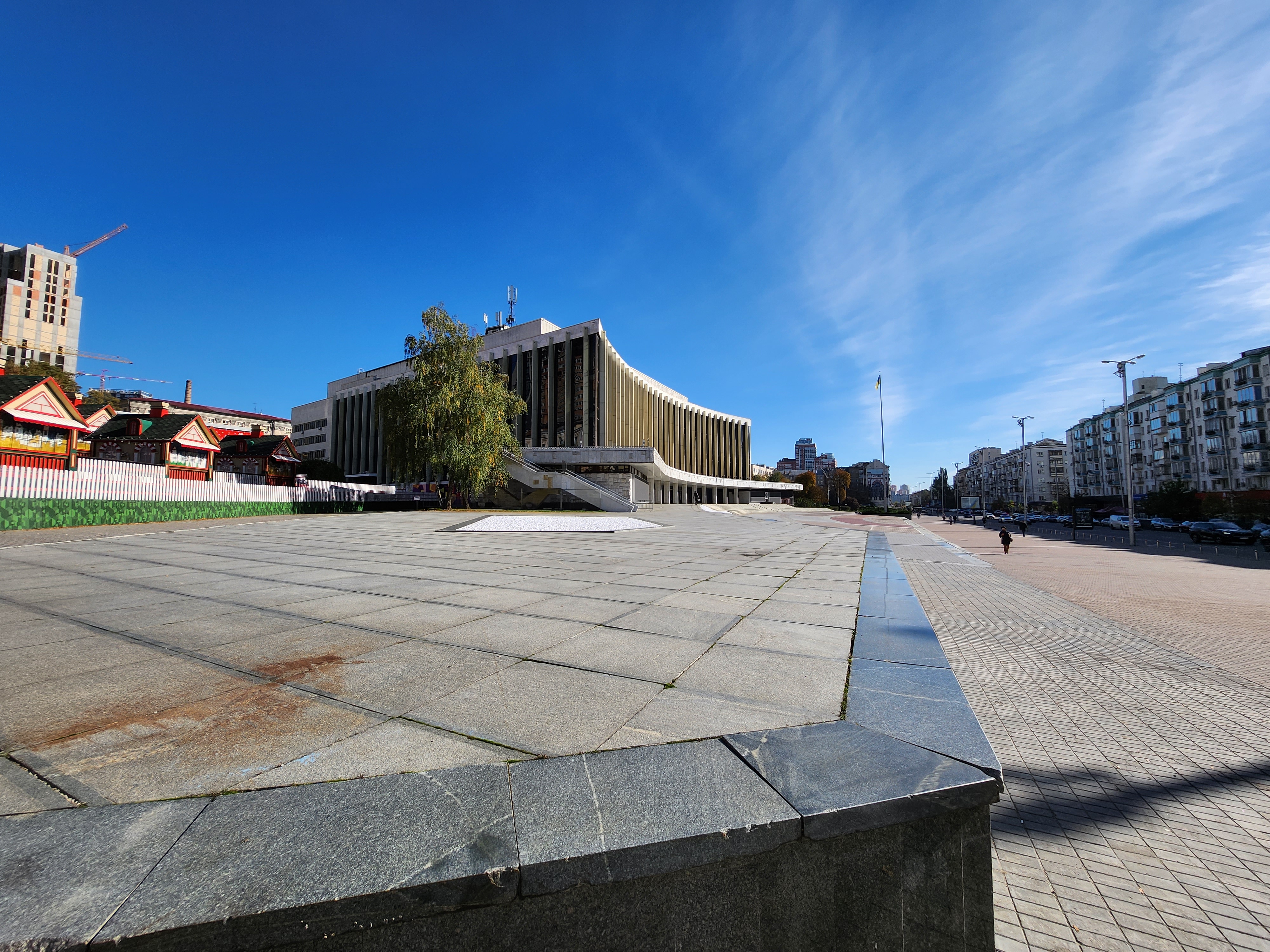
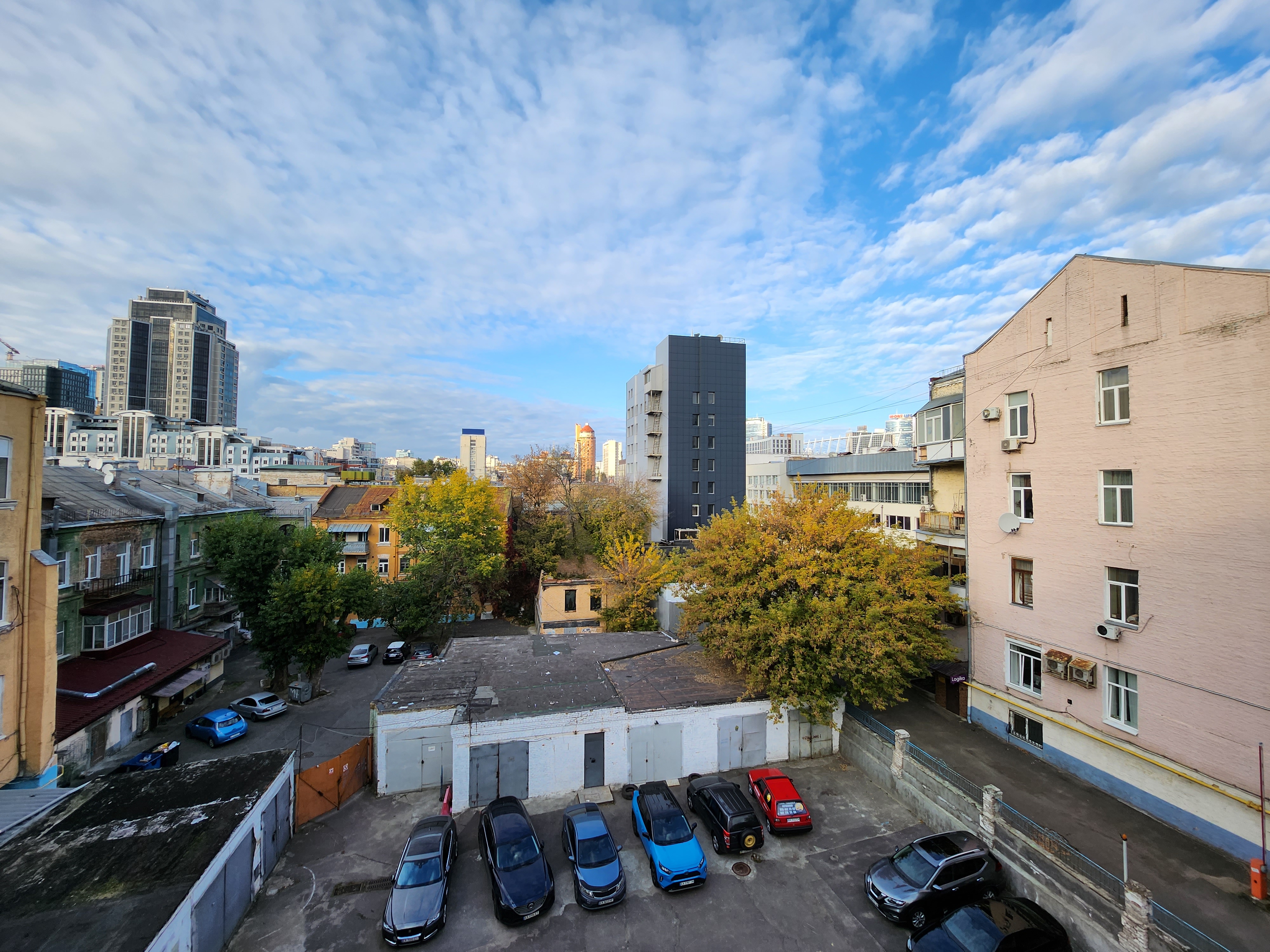
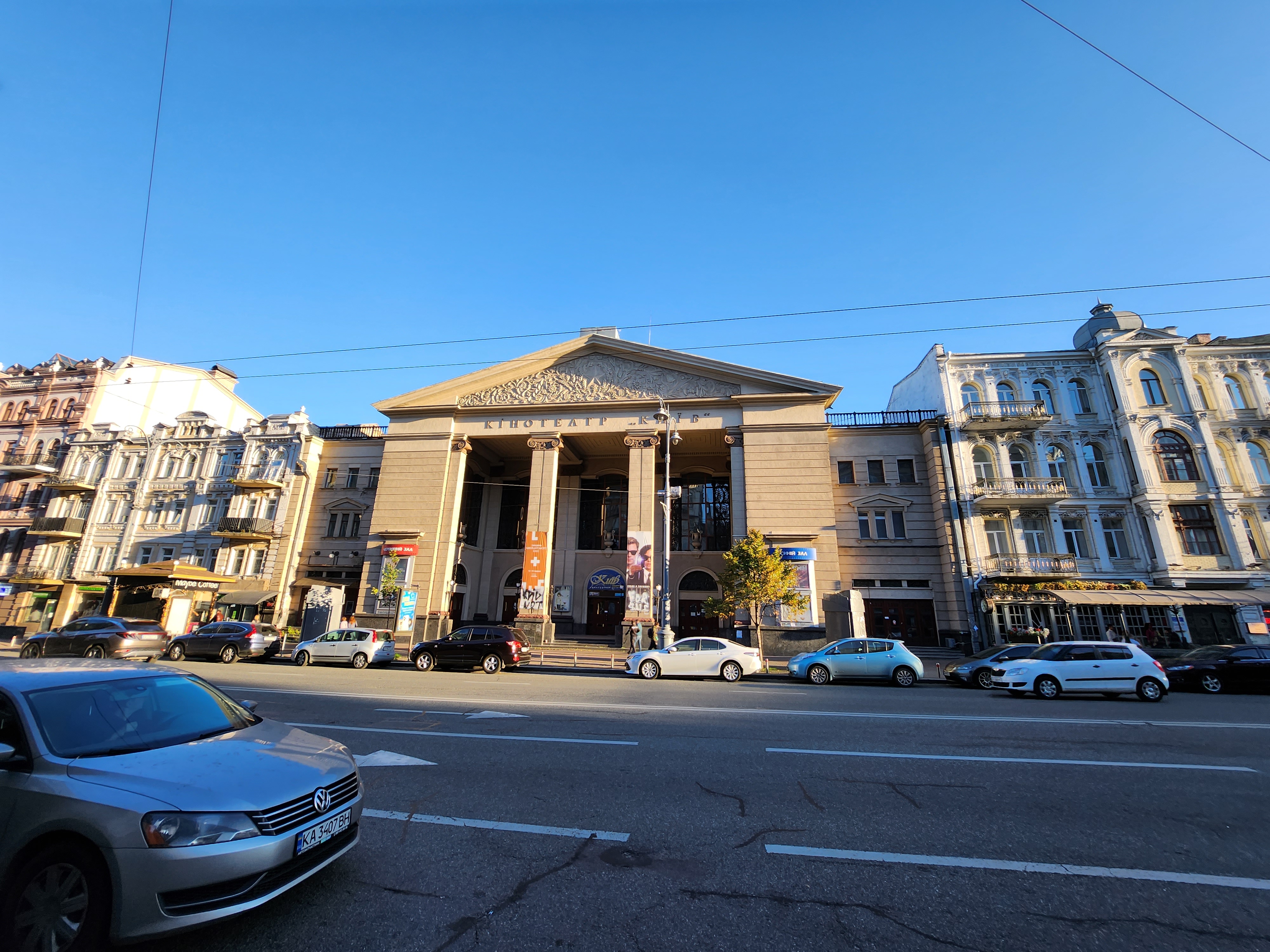
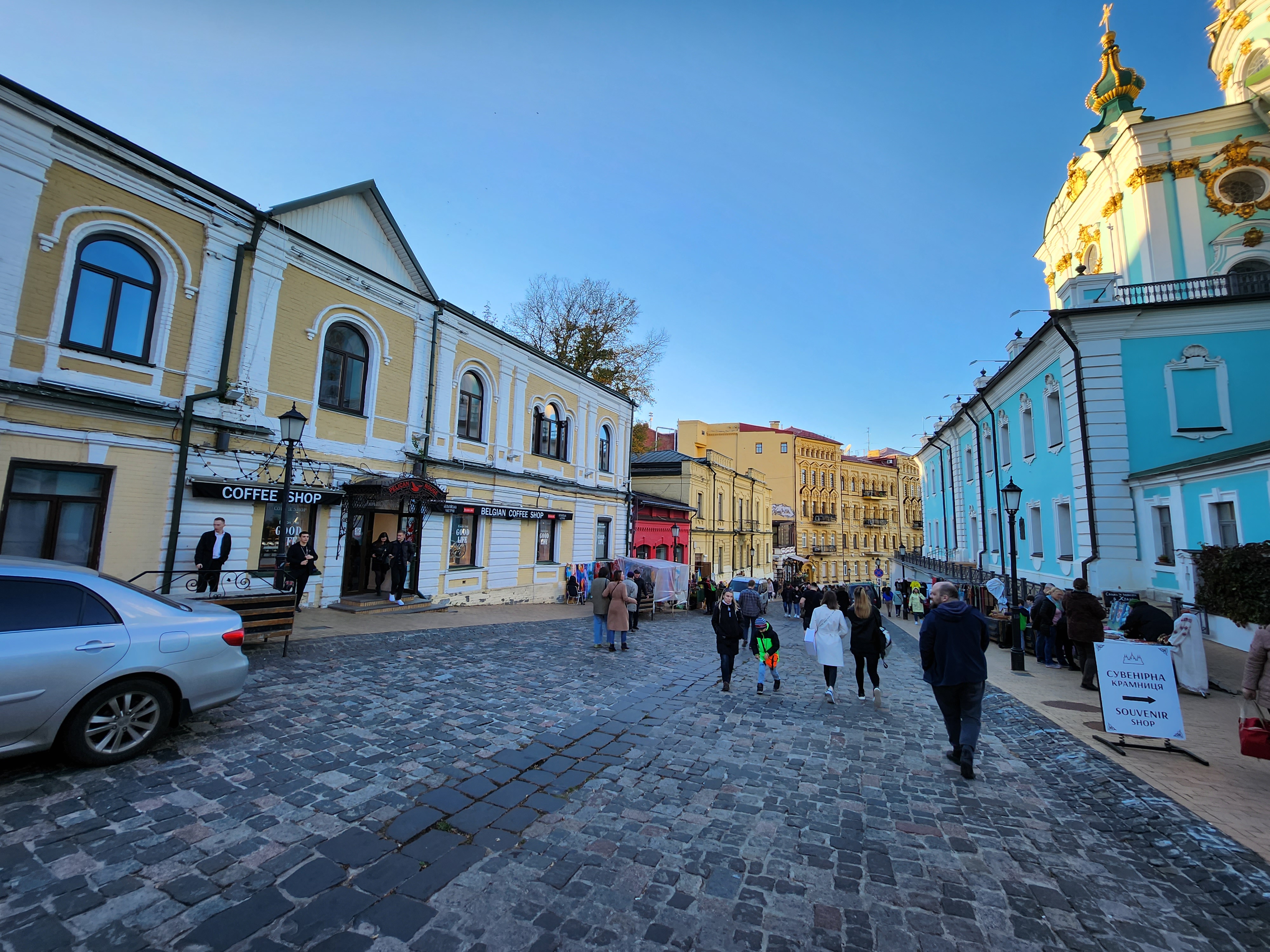
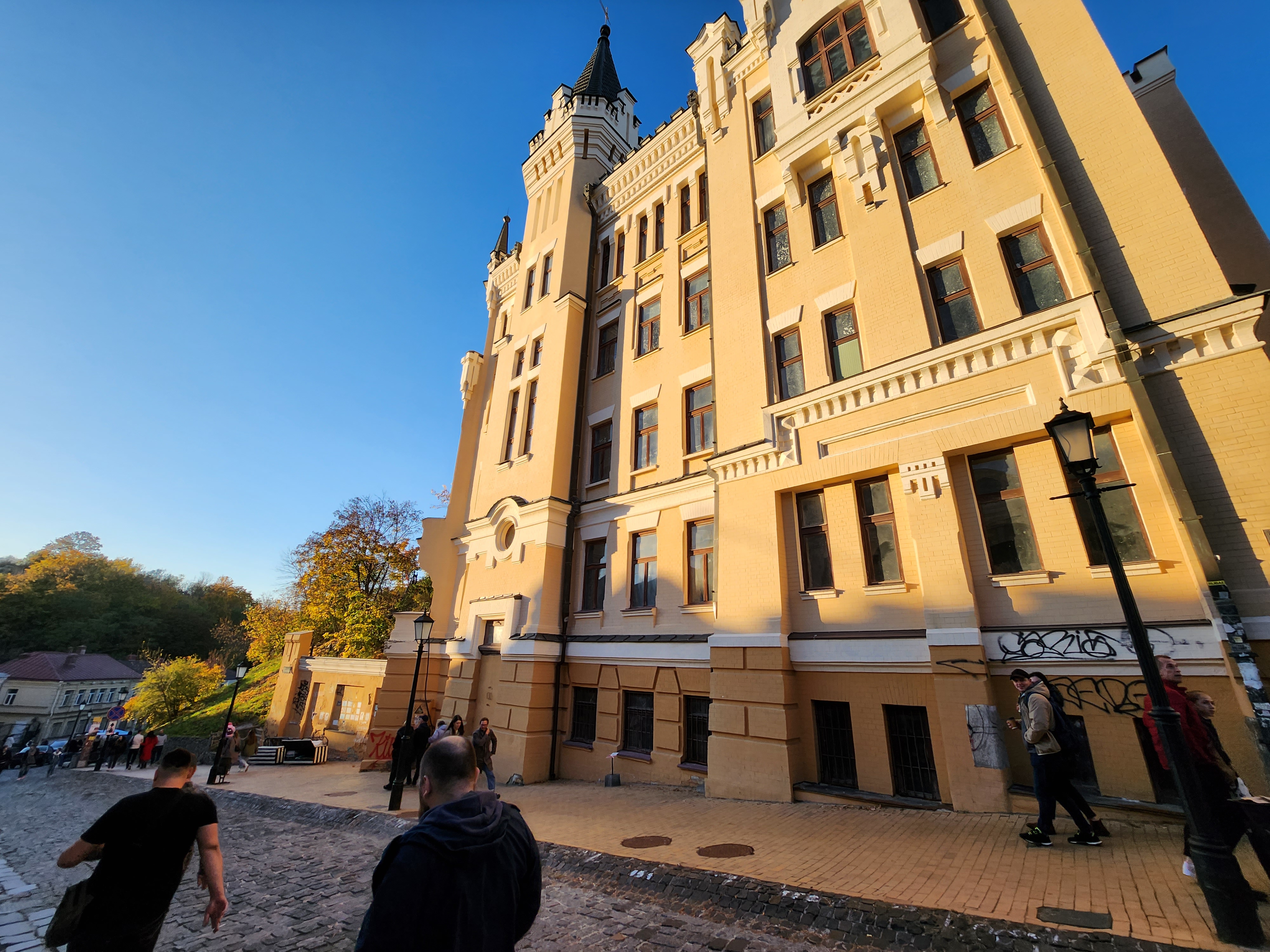
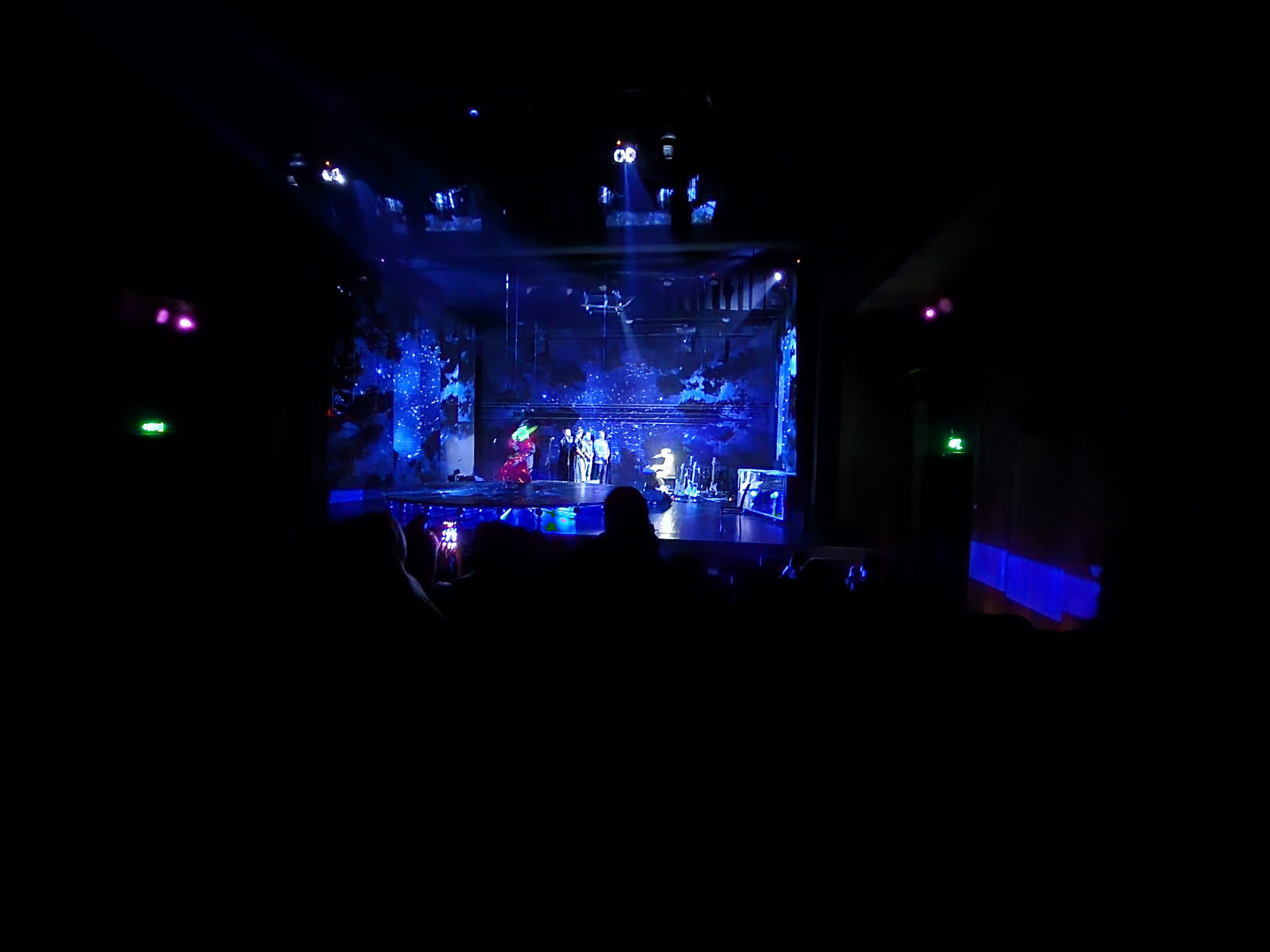
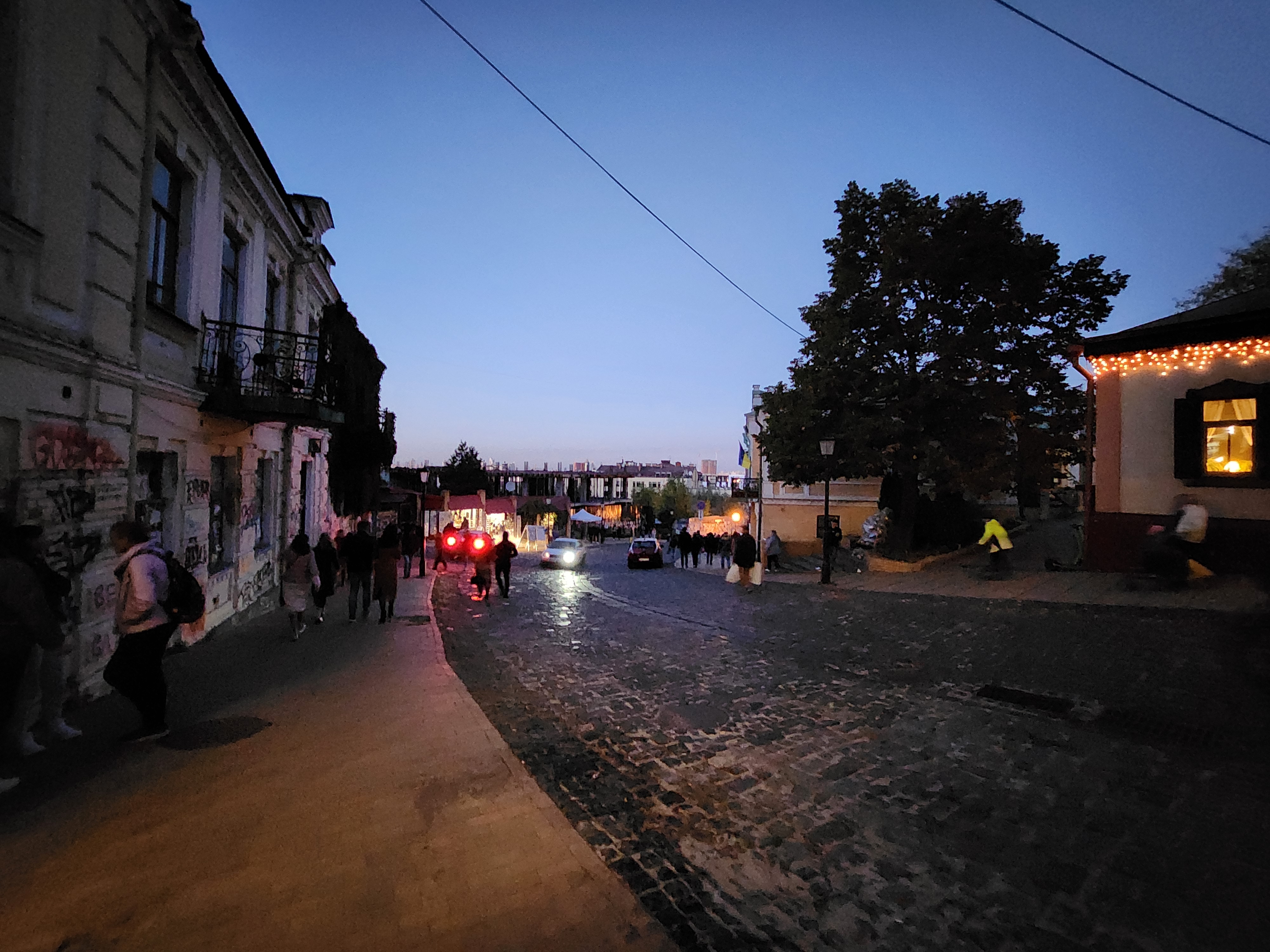


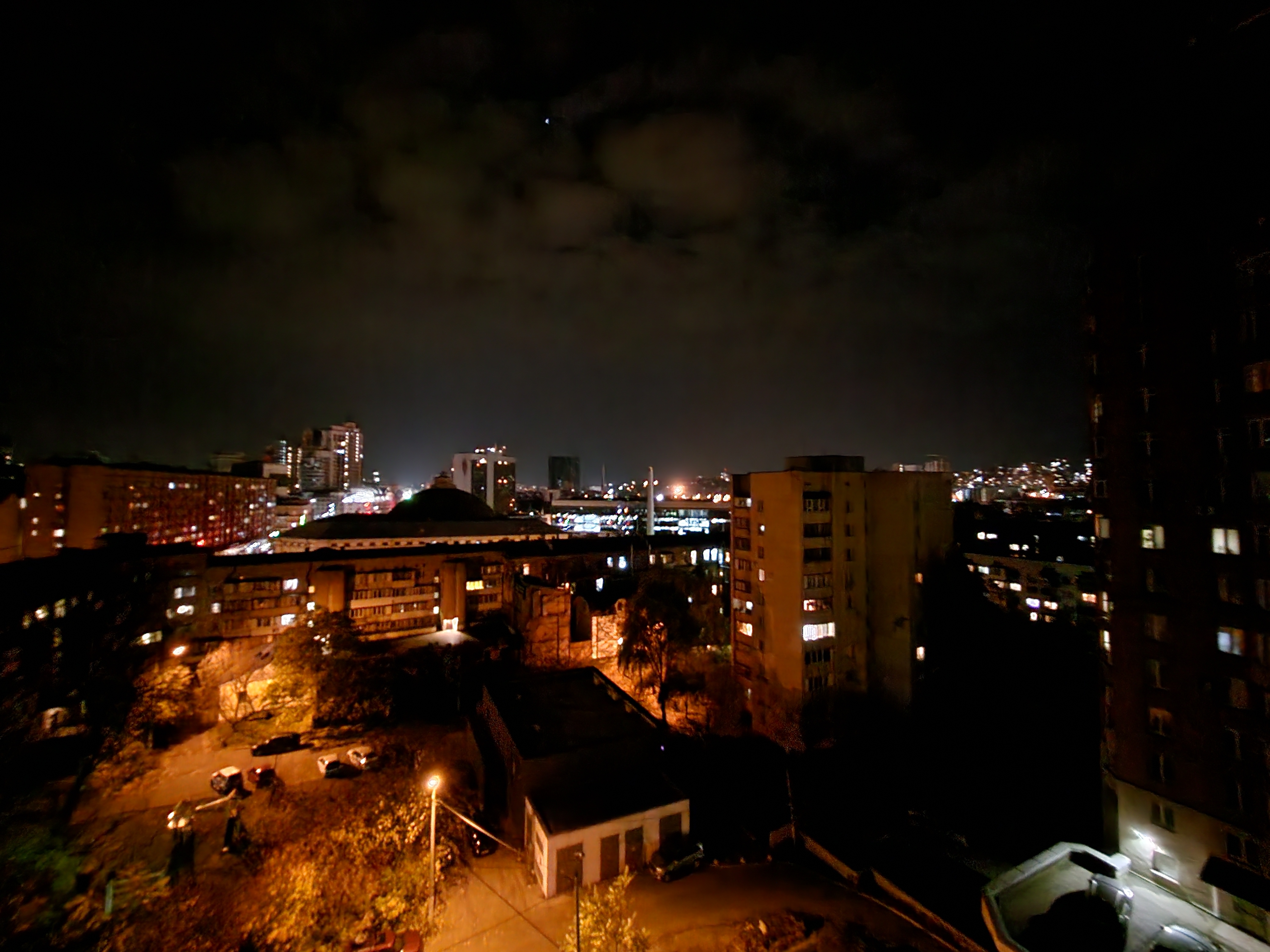
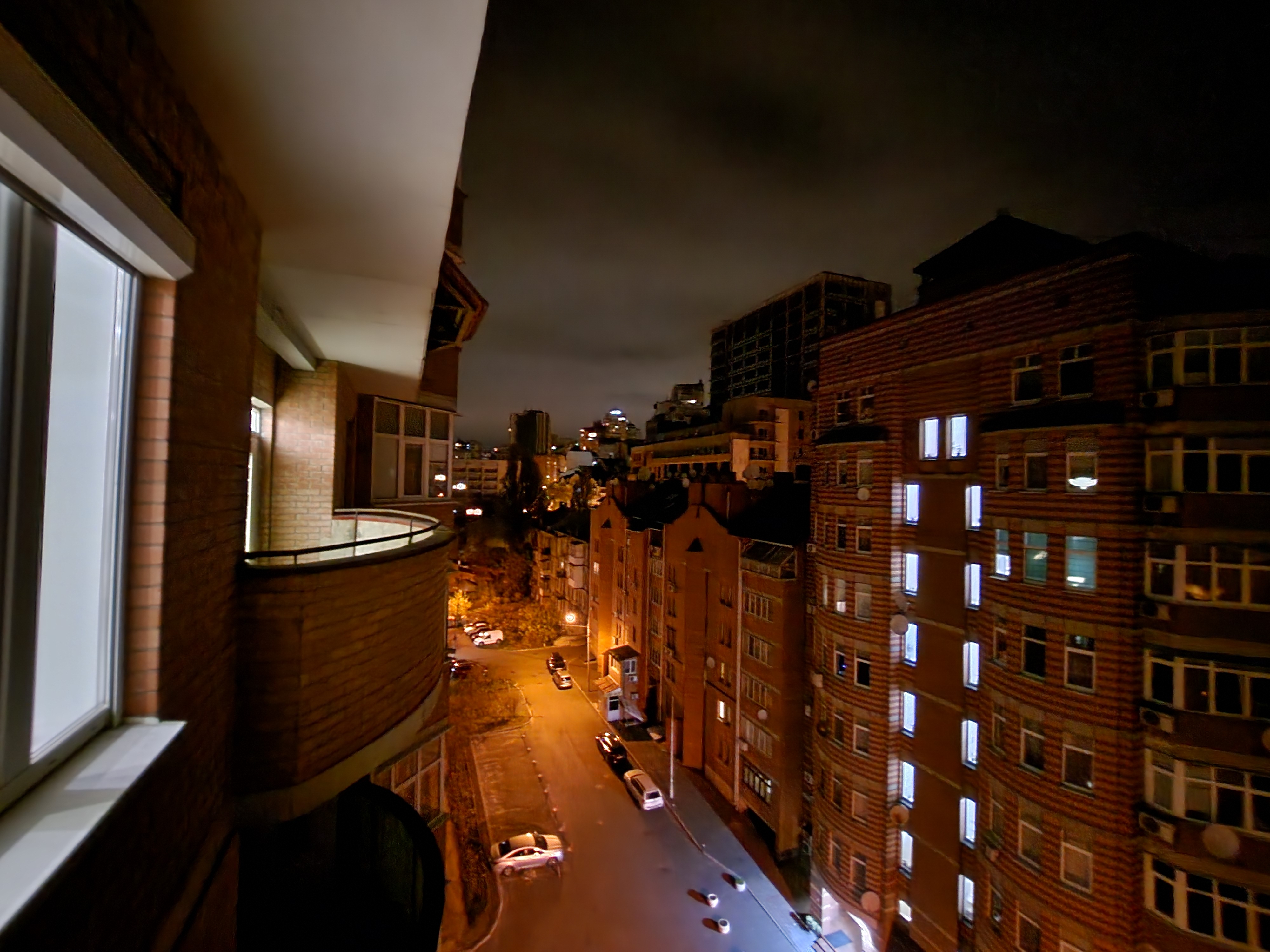
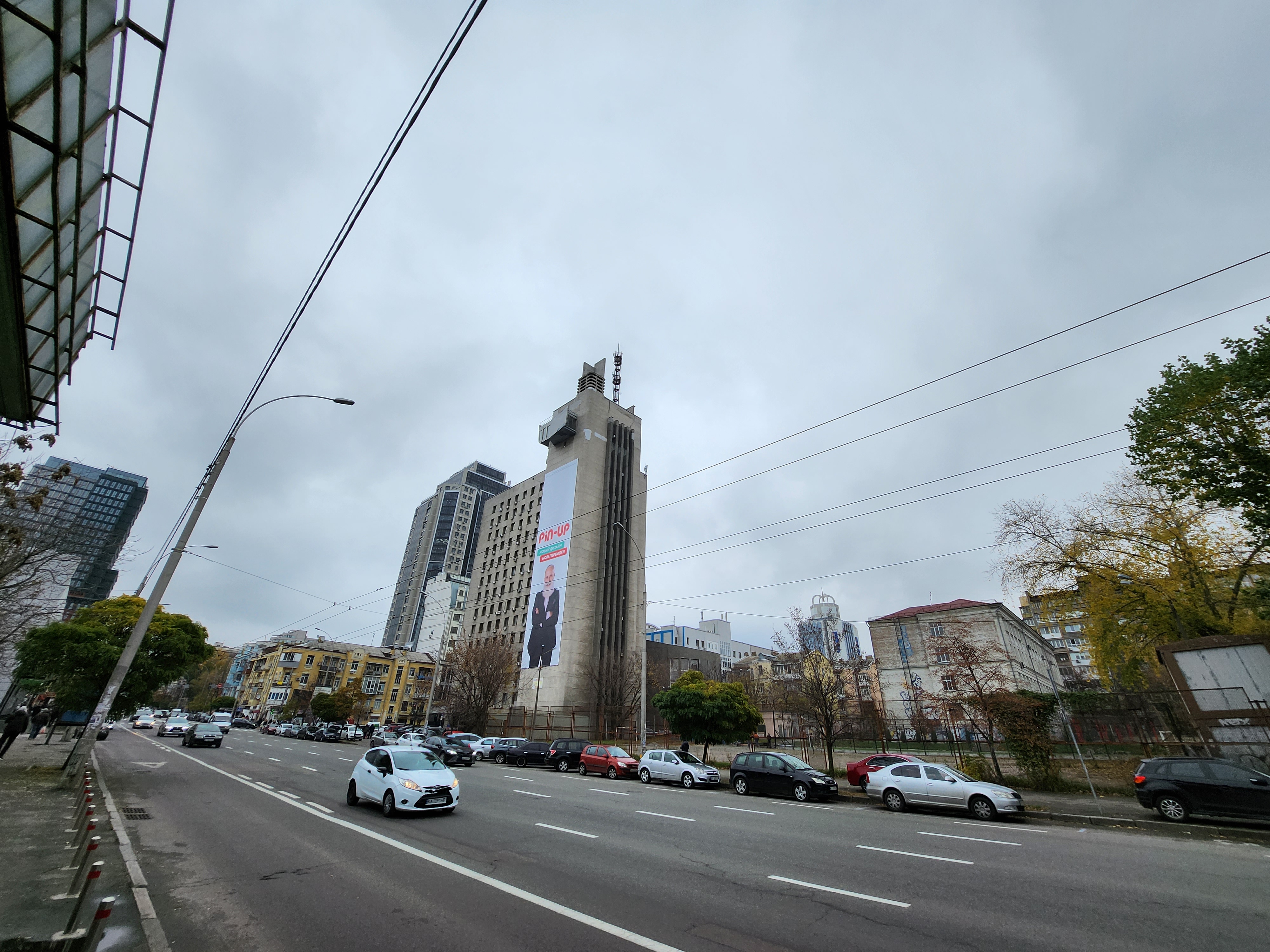
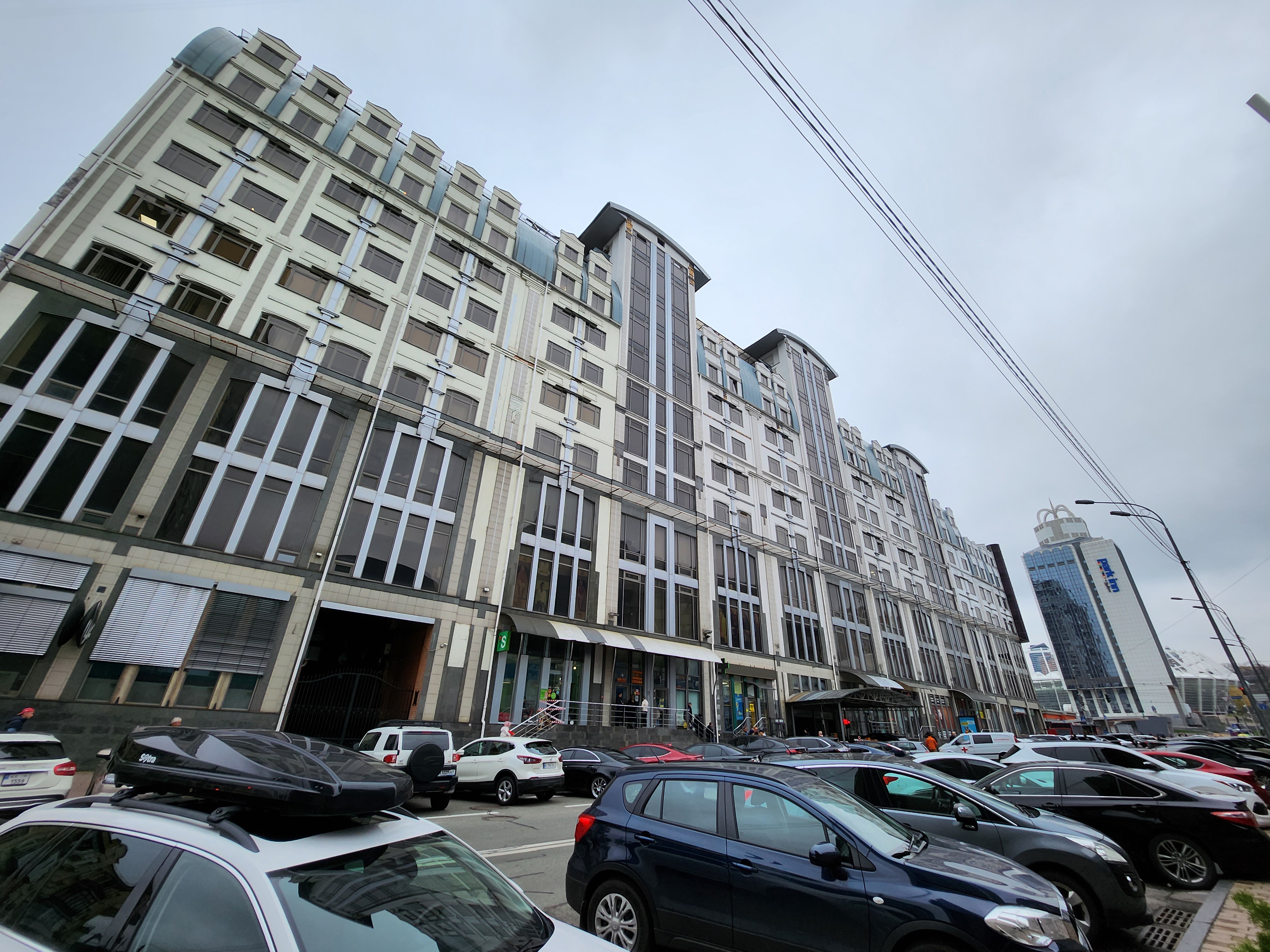
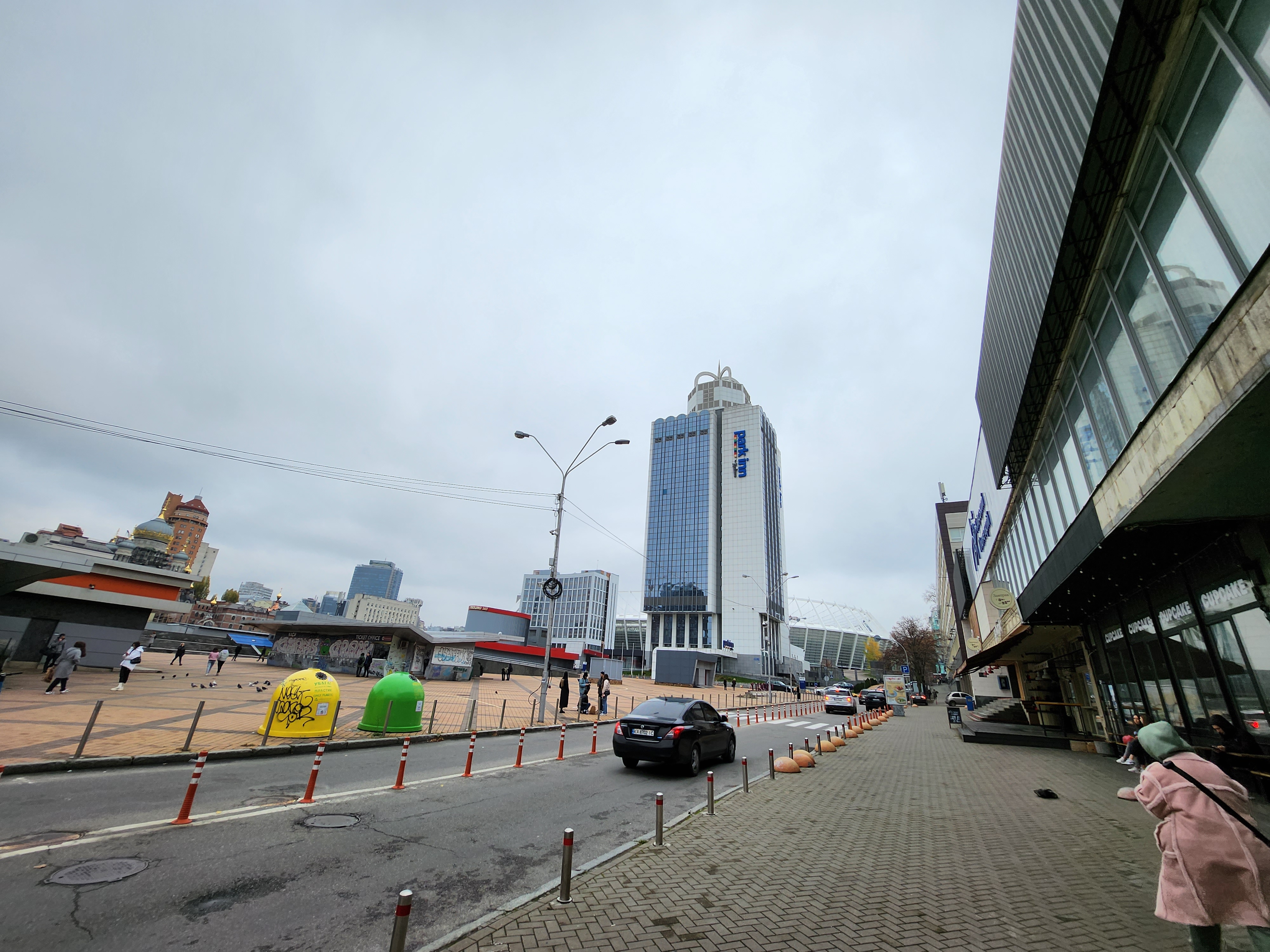
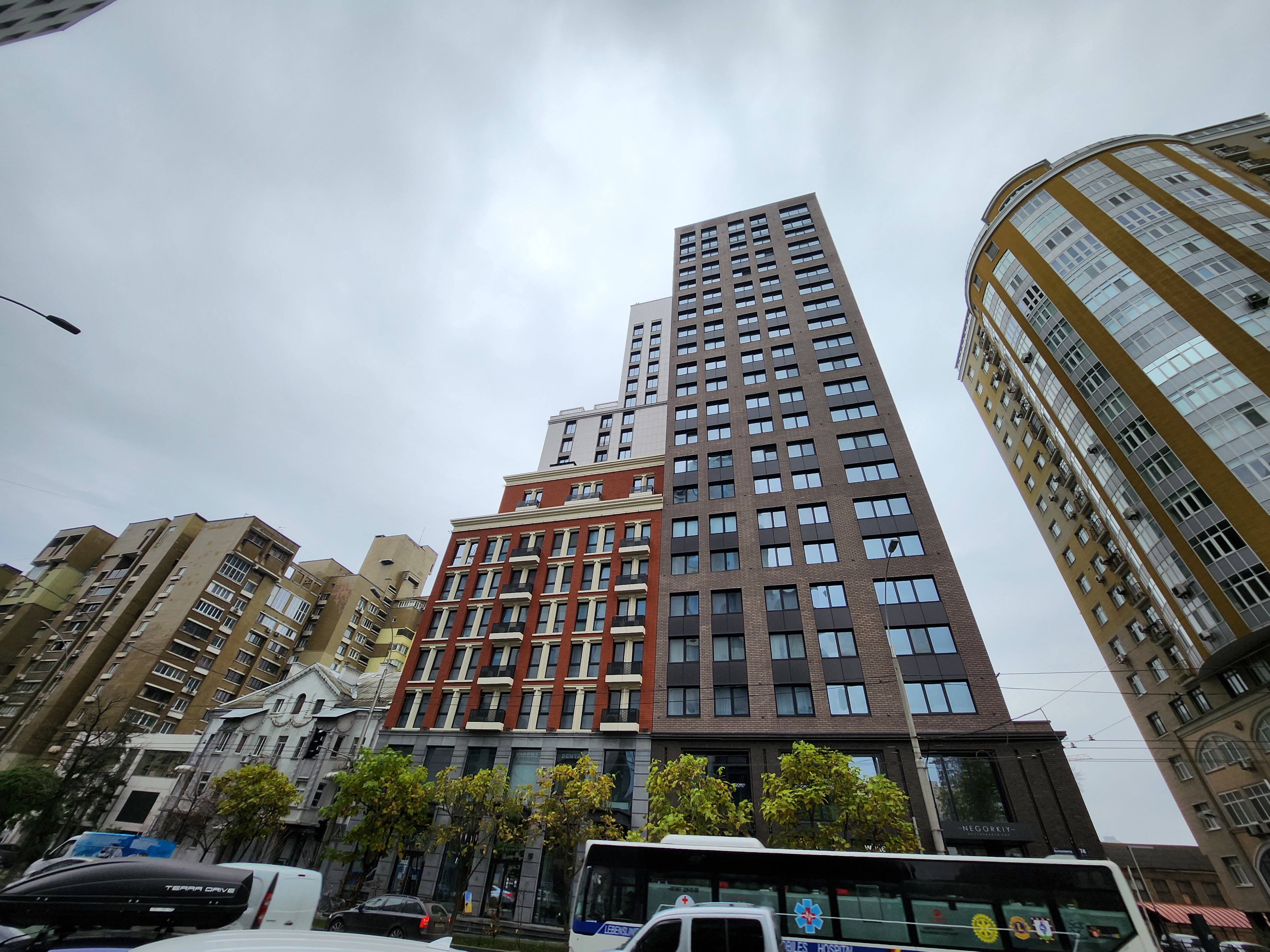



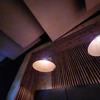
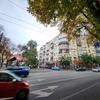

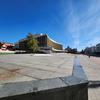
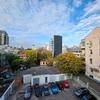










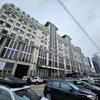

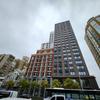

The telephoto camera works well in most cases, although noticeable artifacts also appear at night:

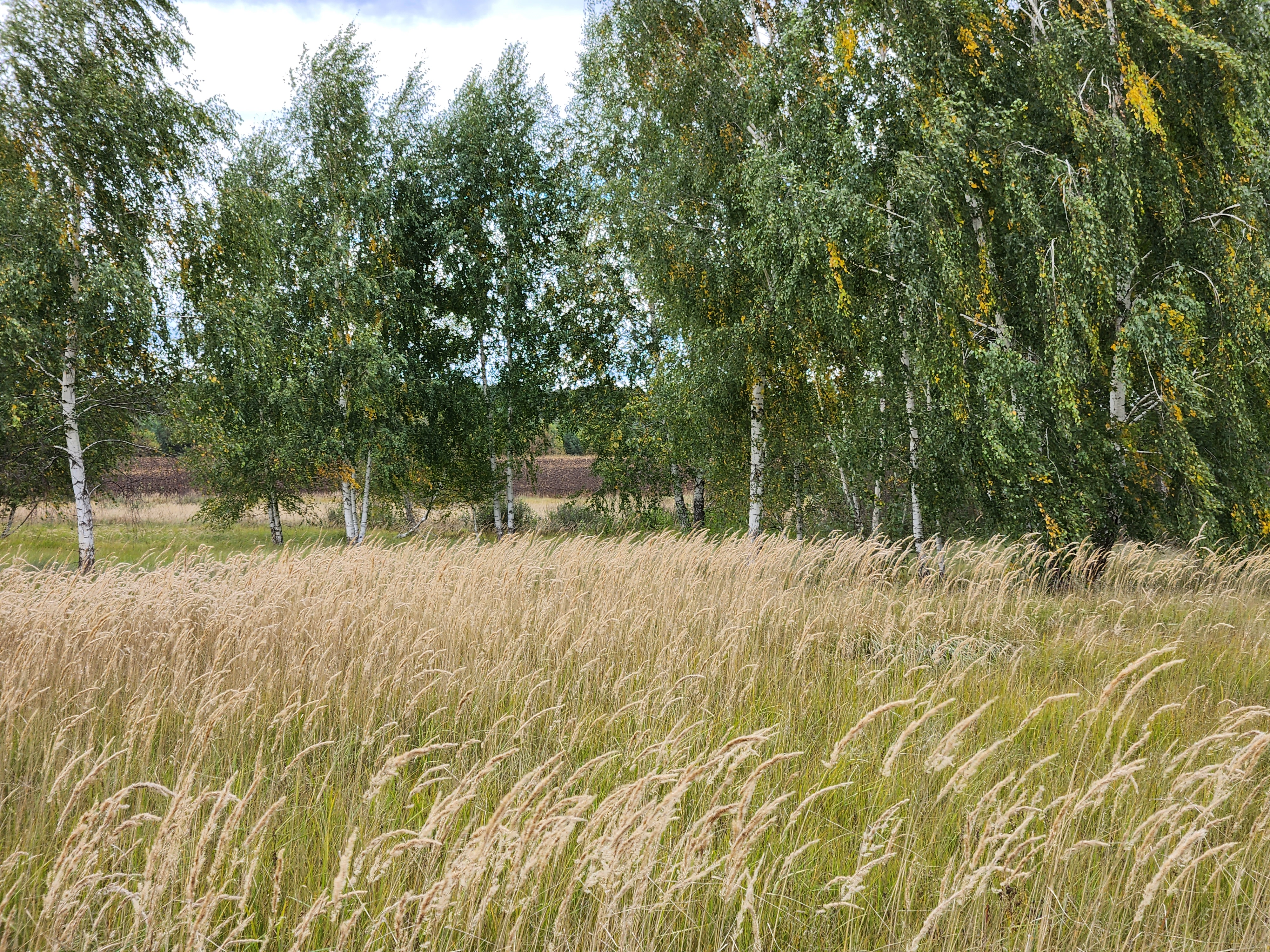
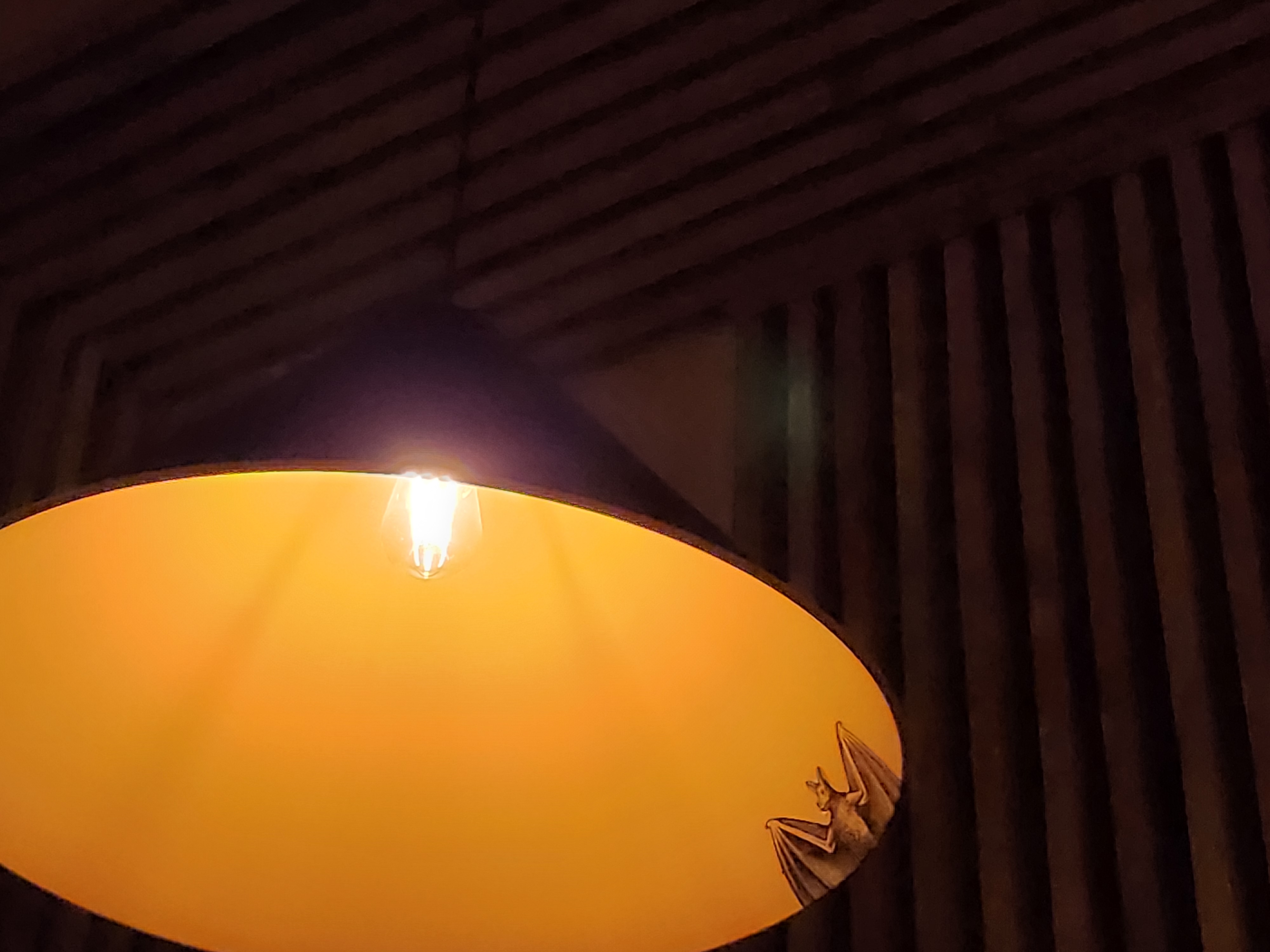
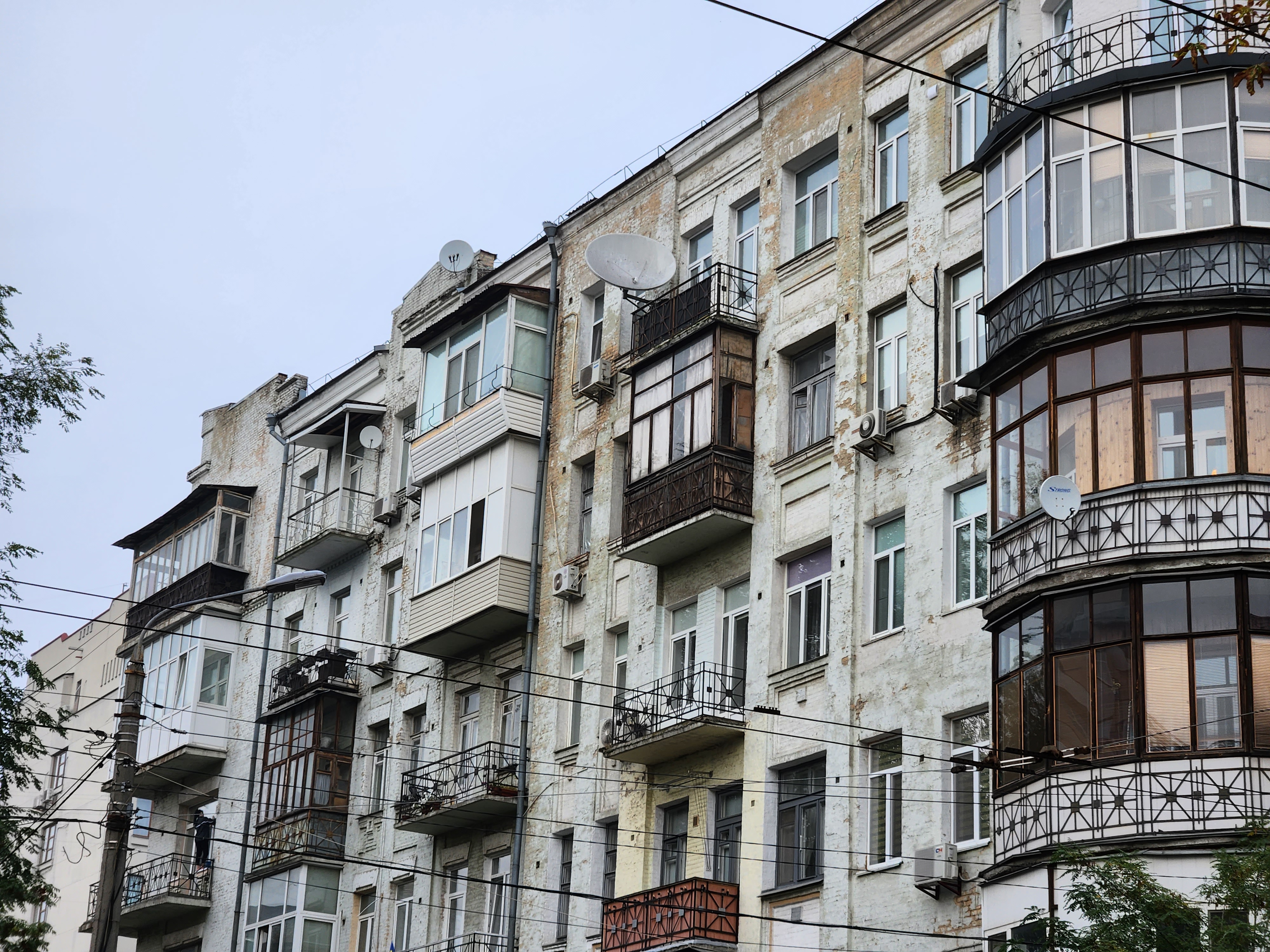
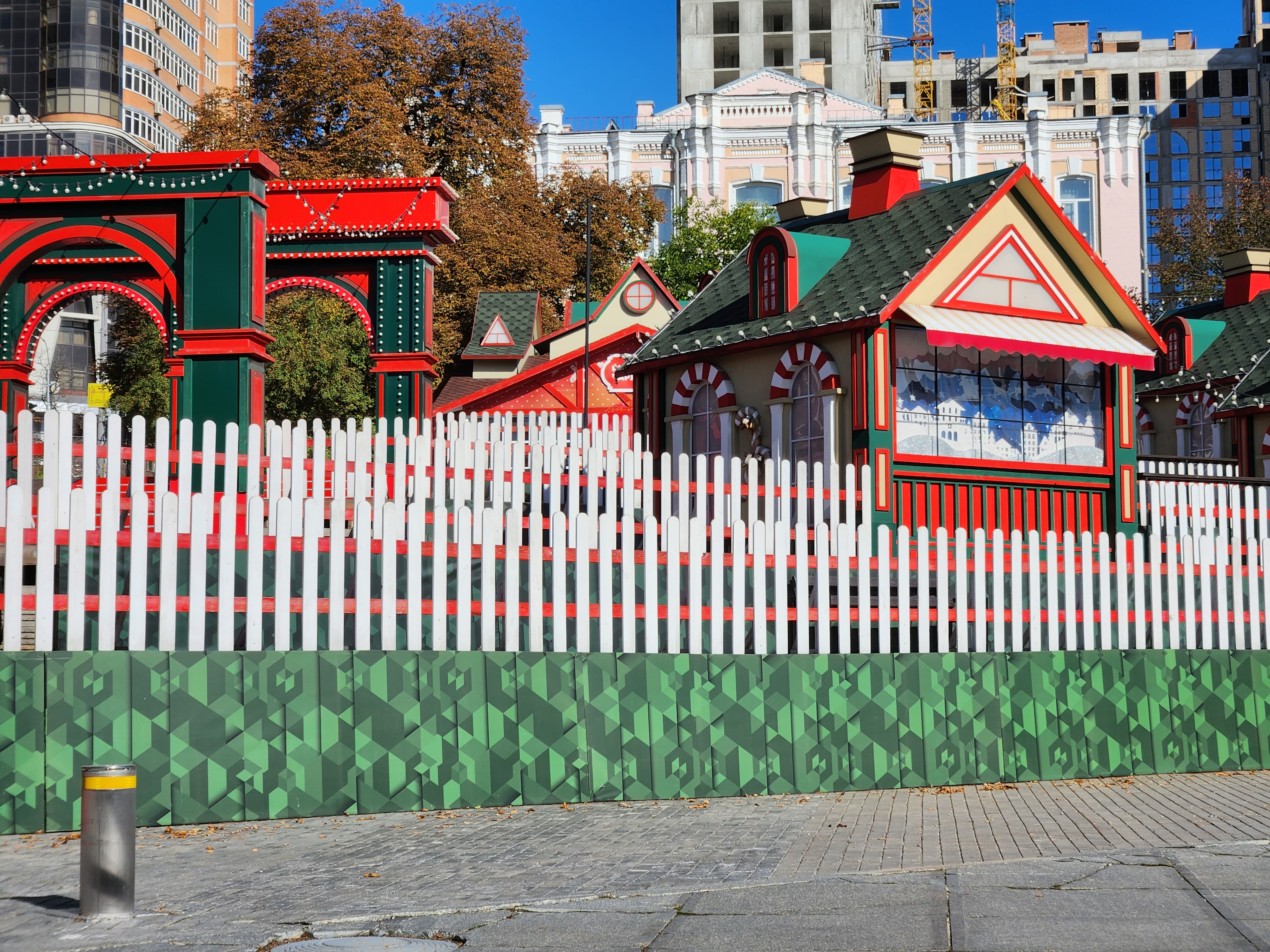

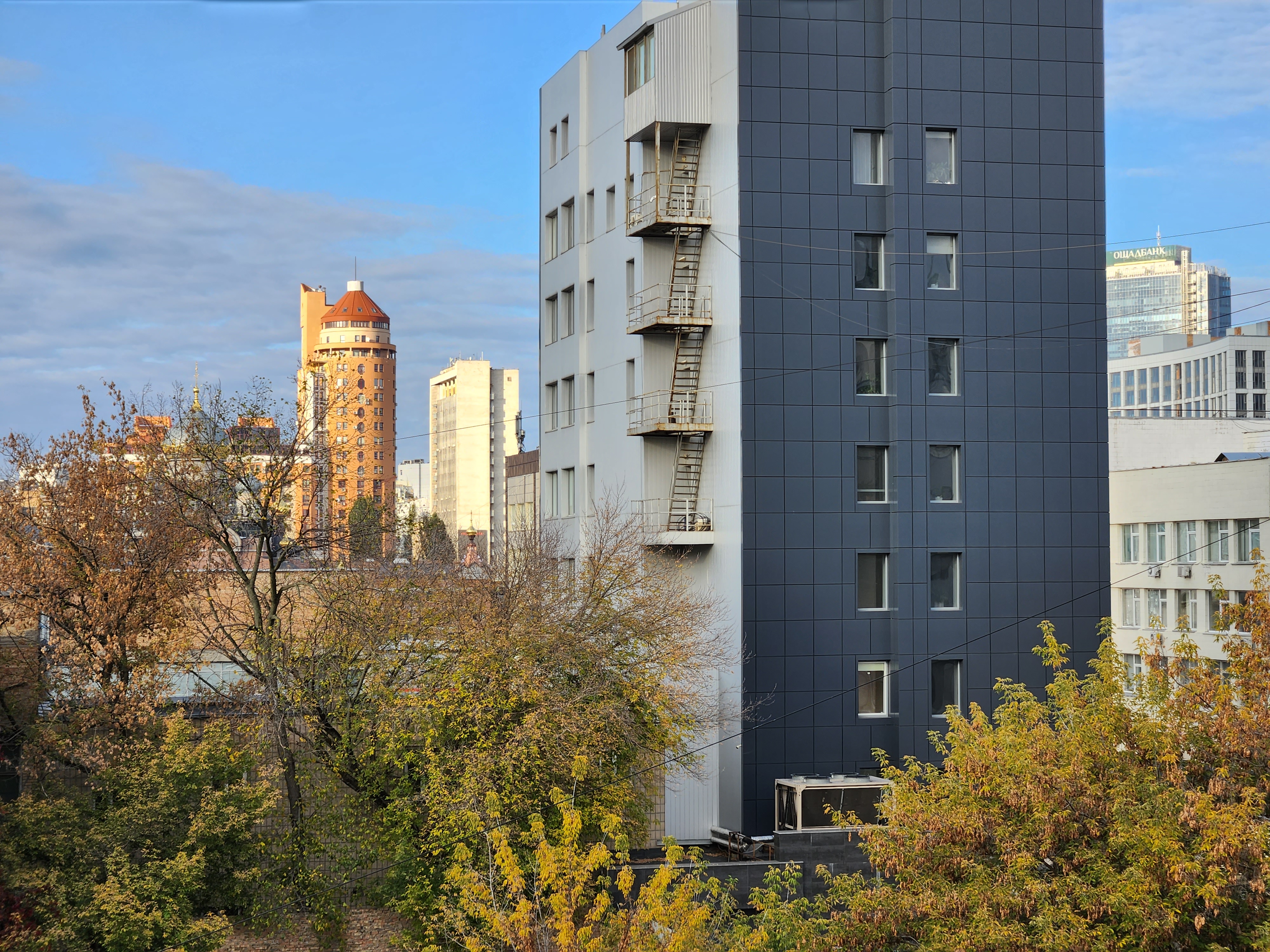

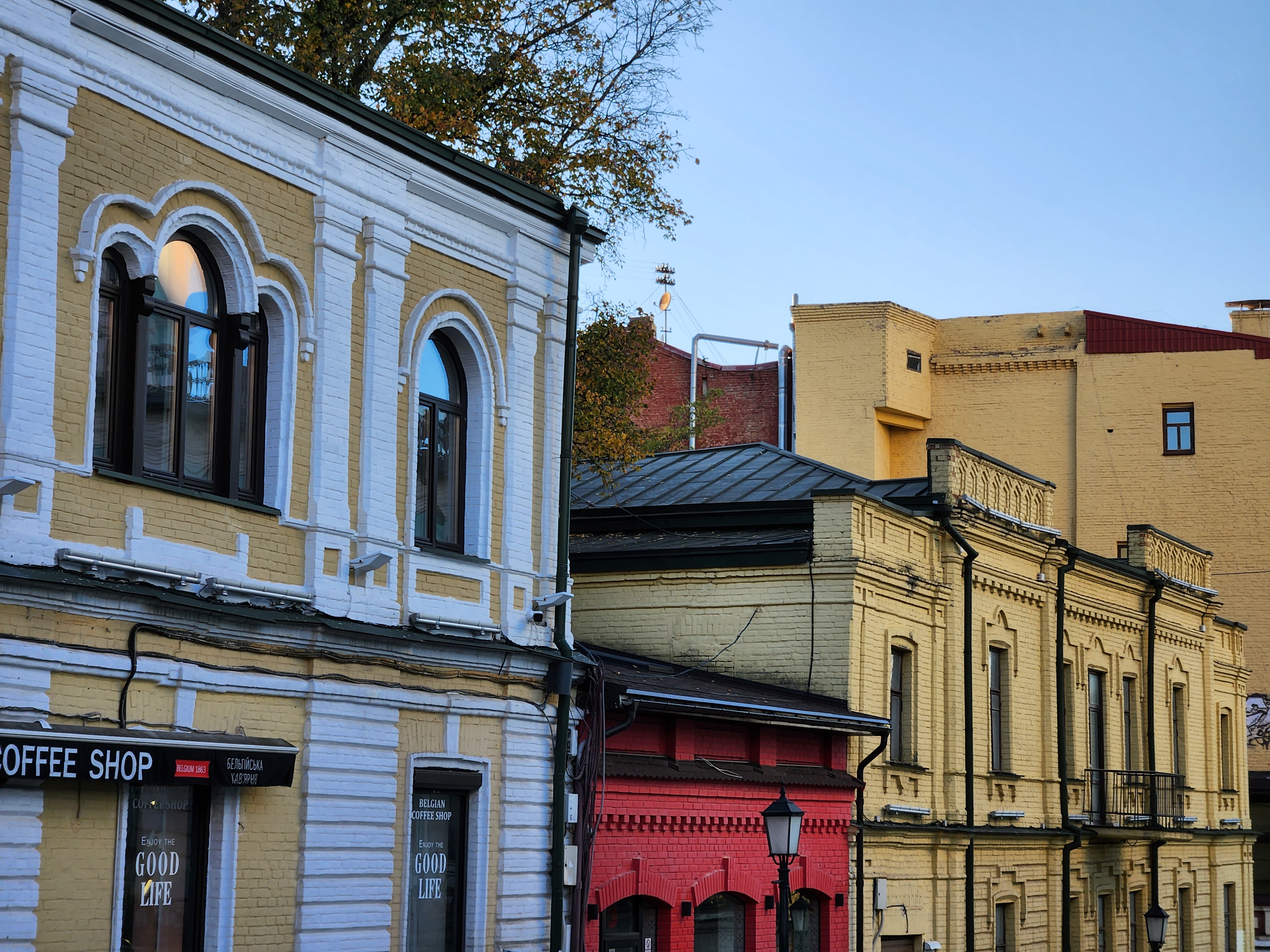
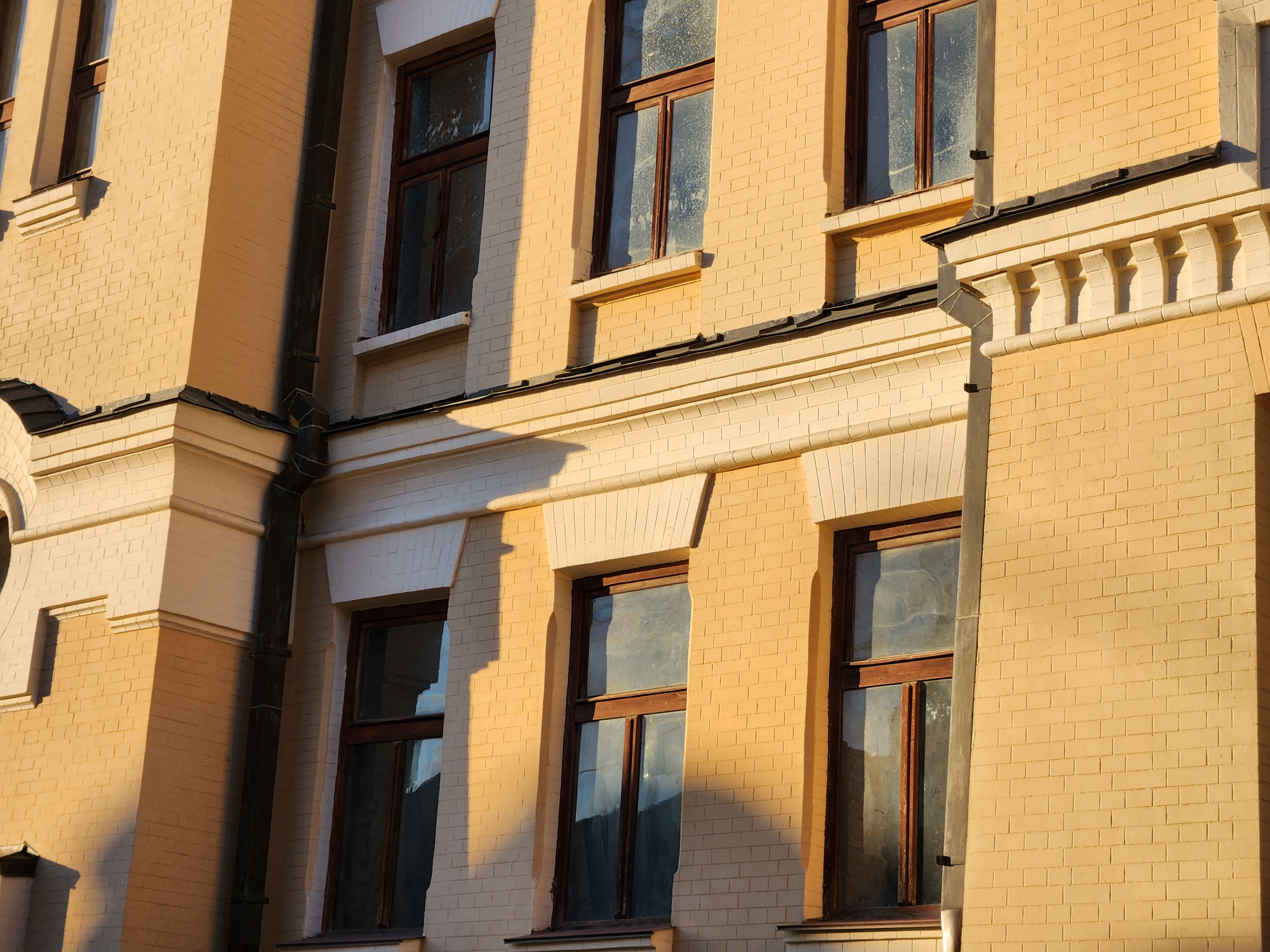
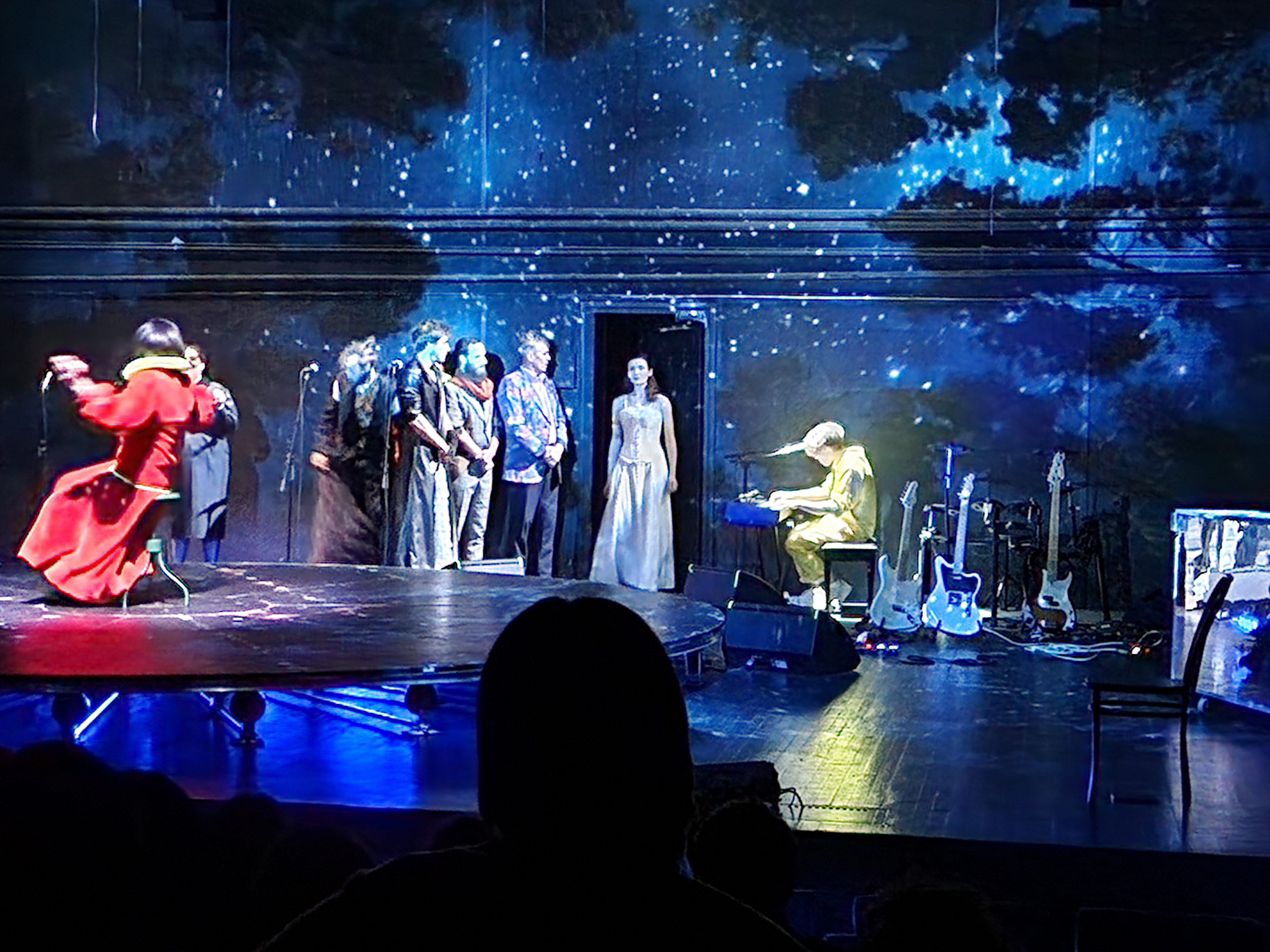
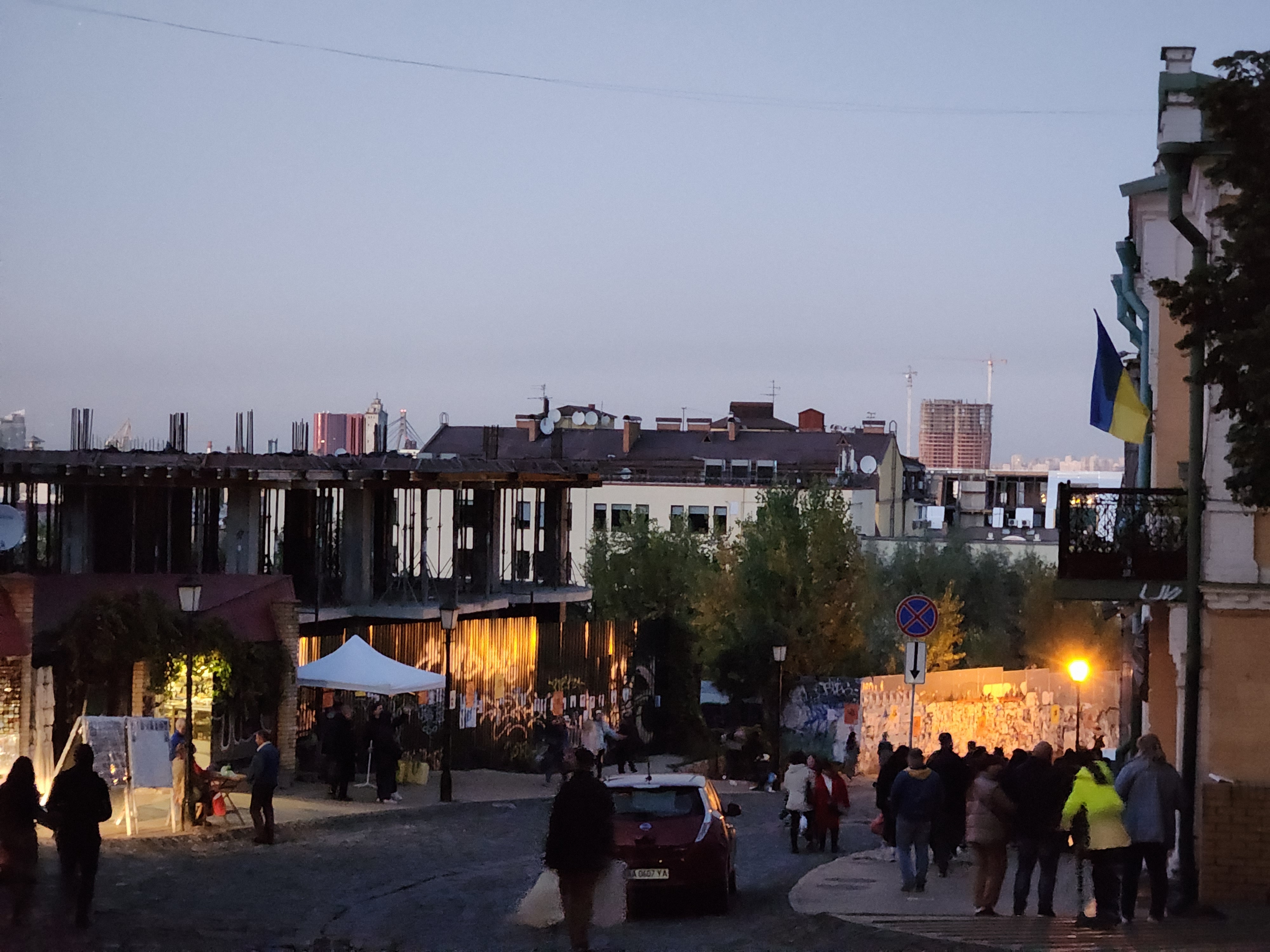
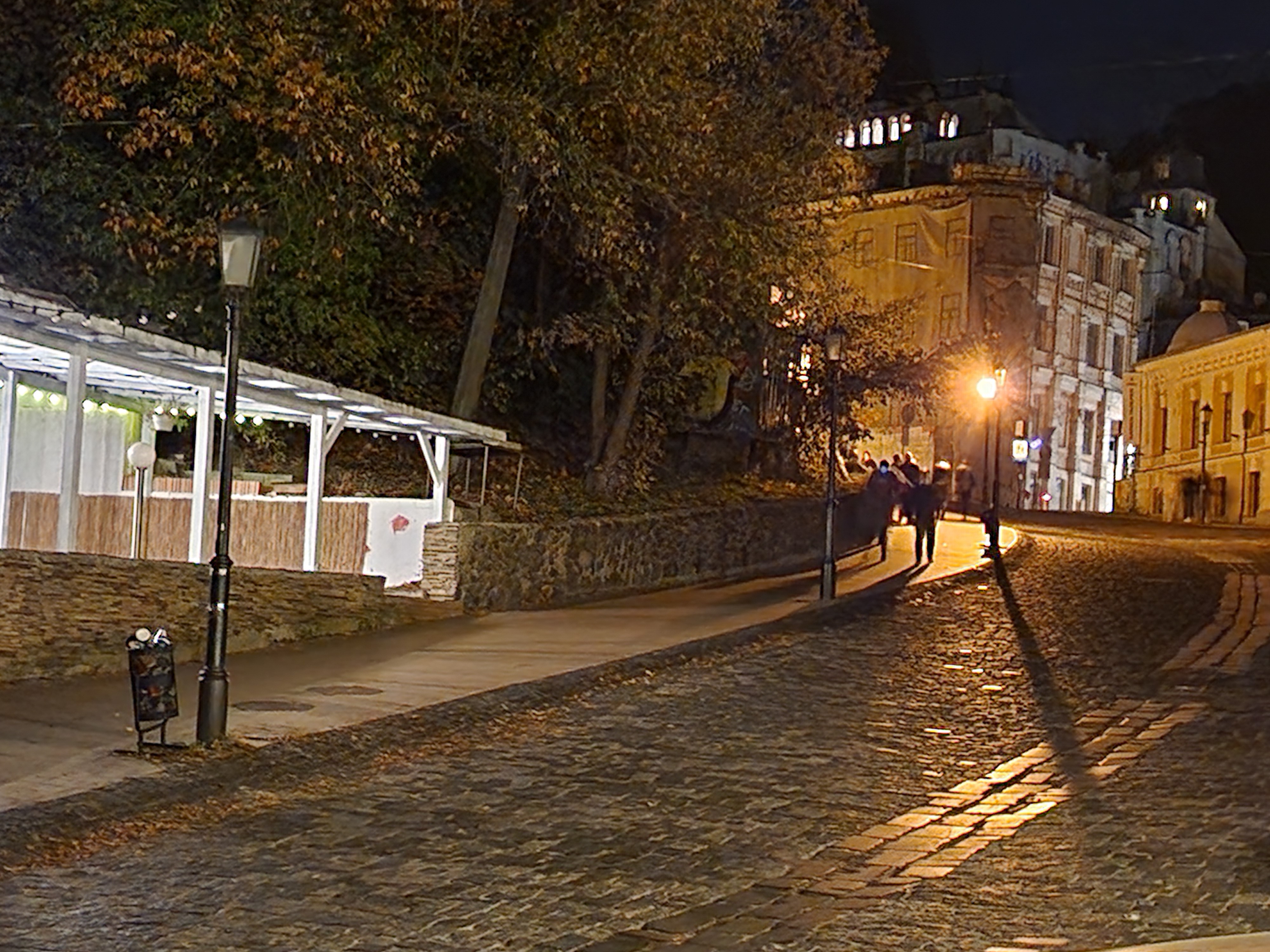
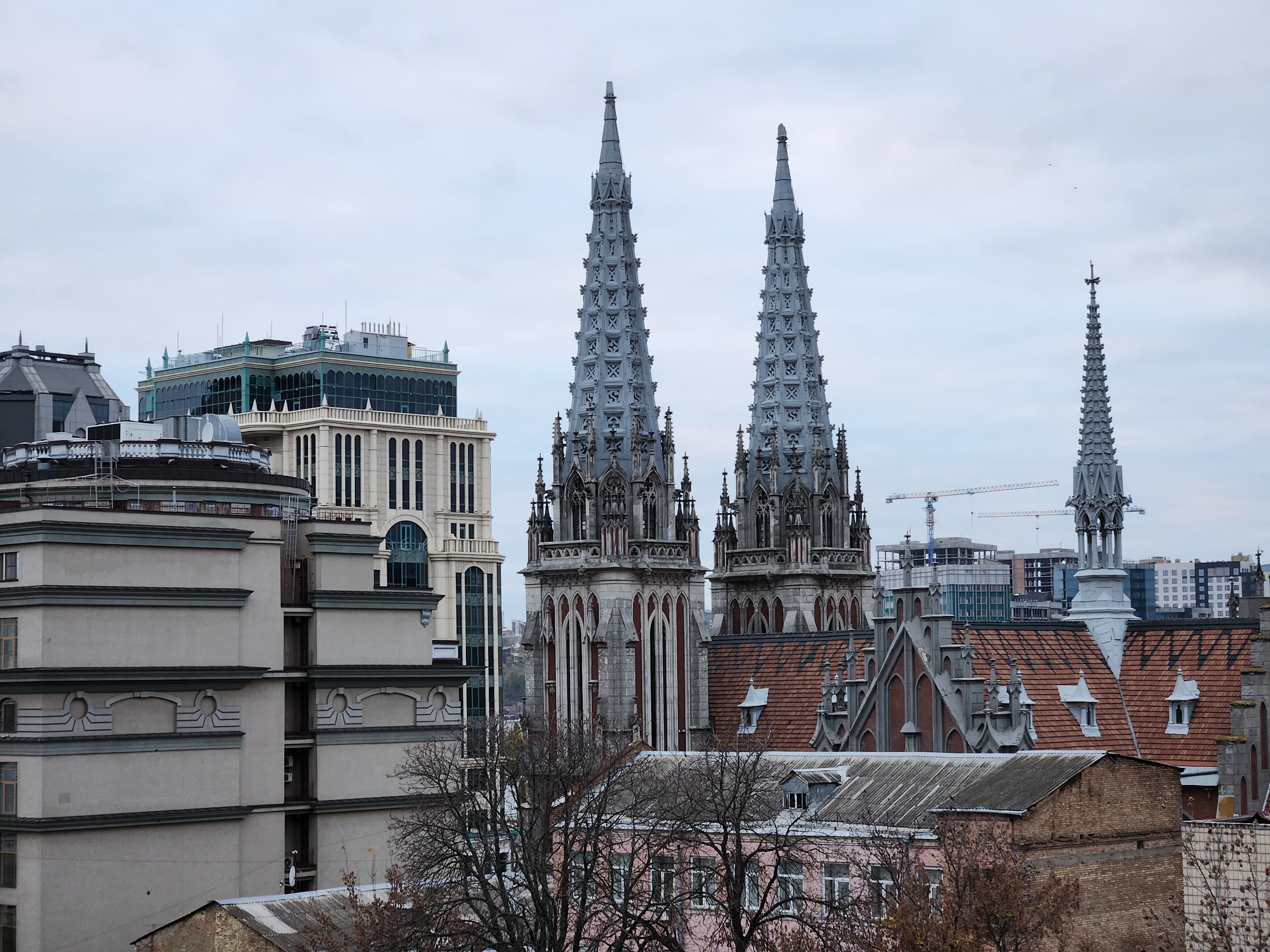
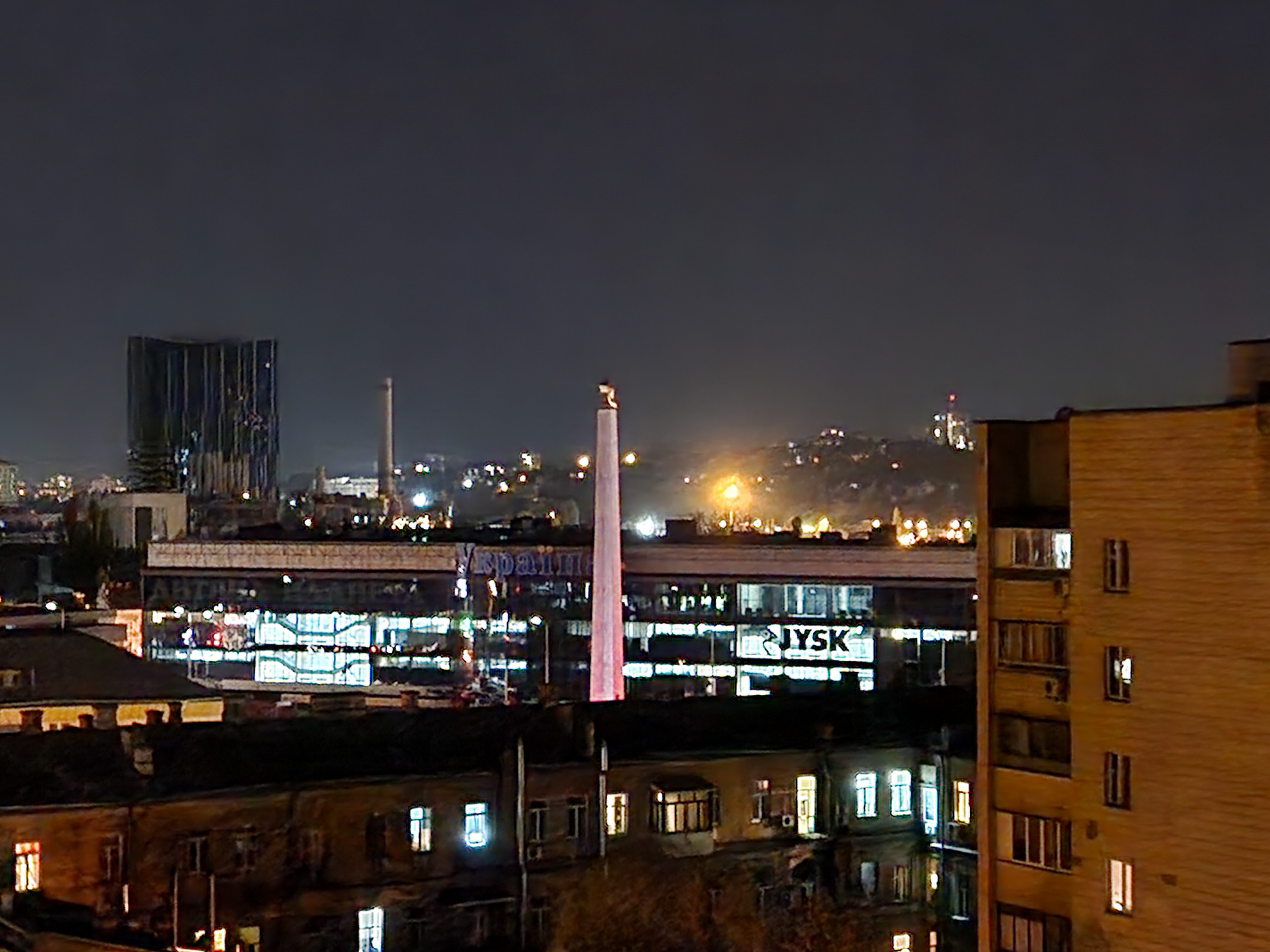
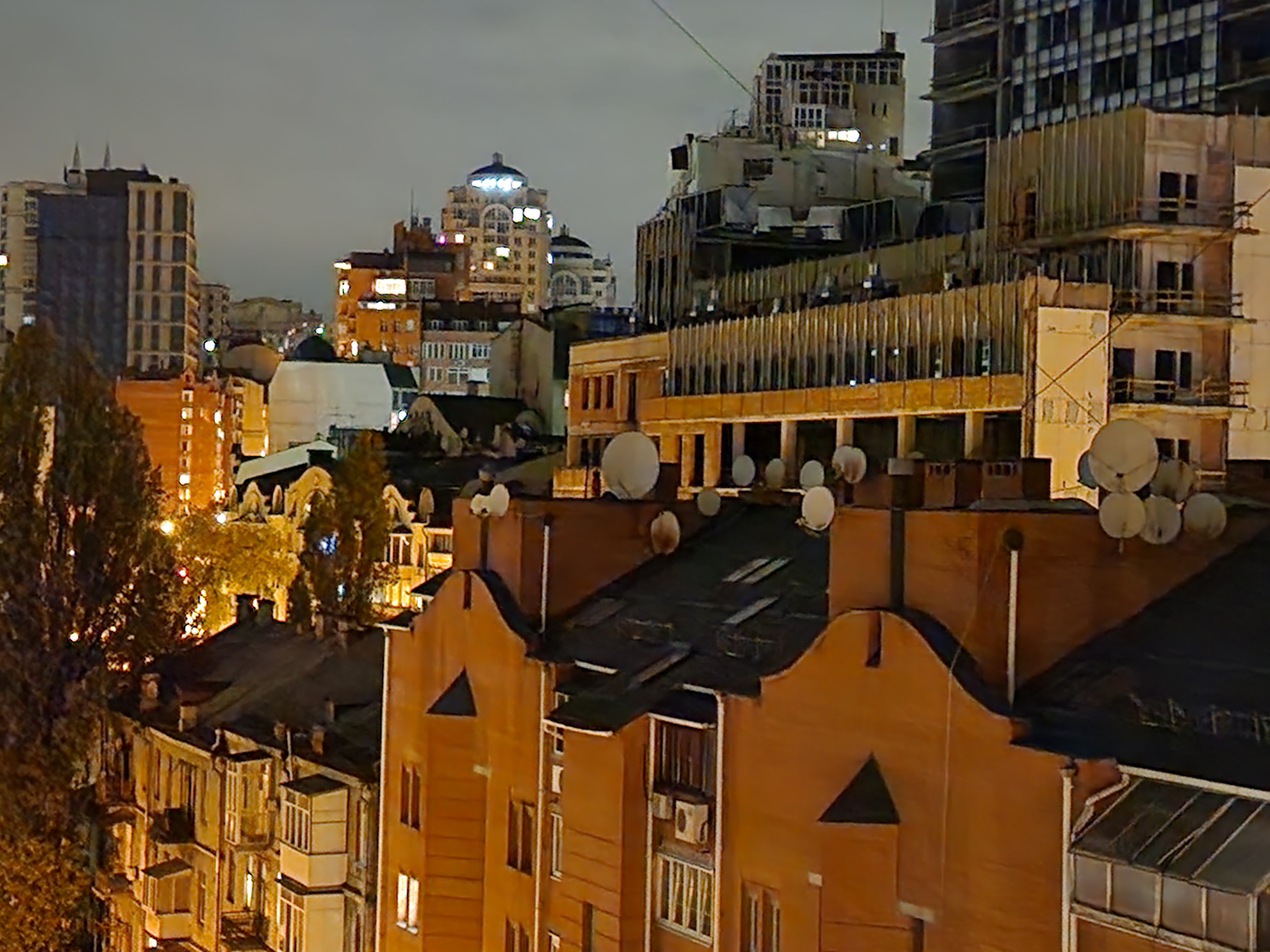

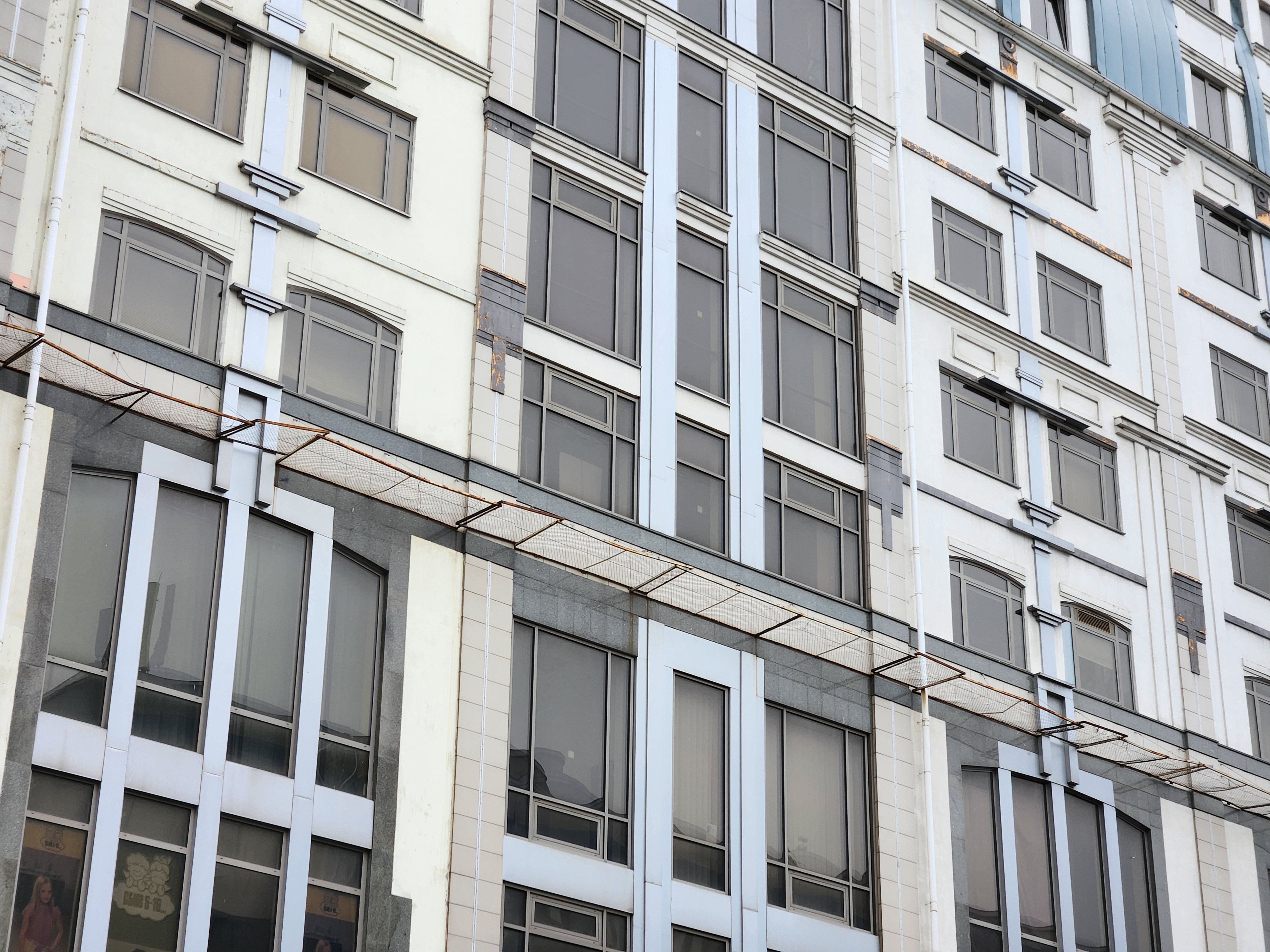
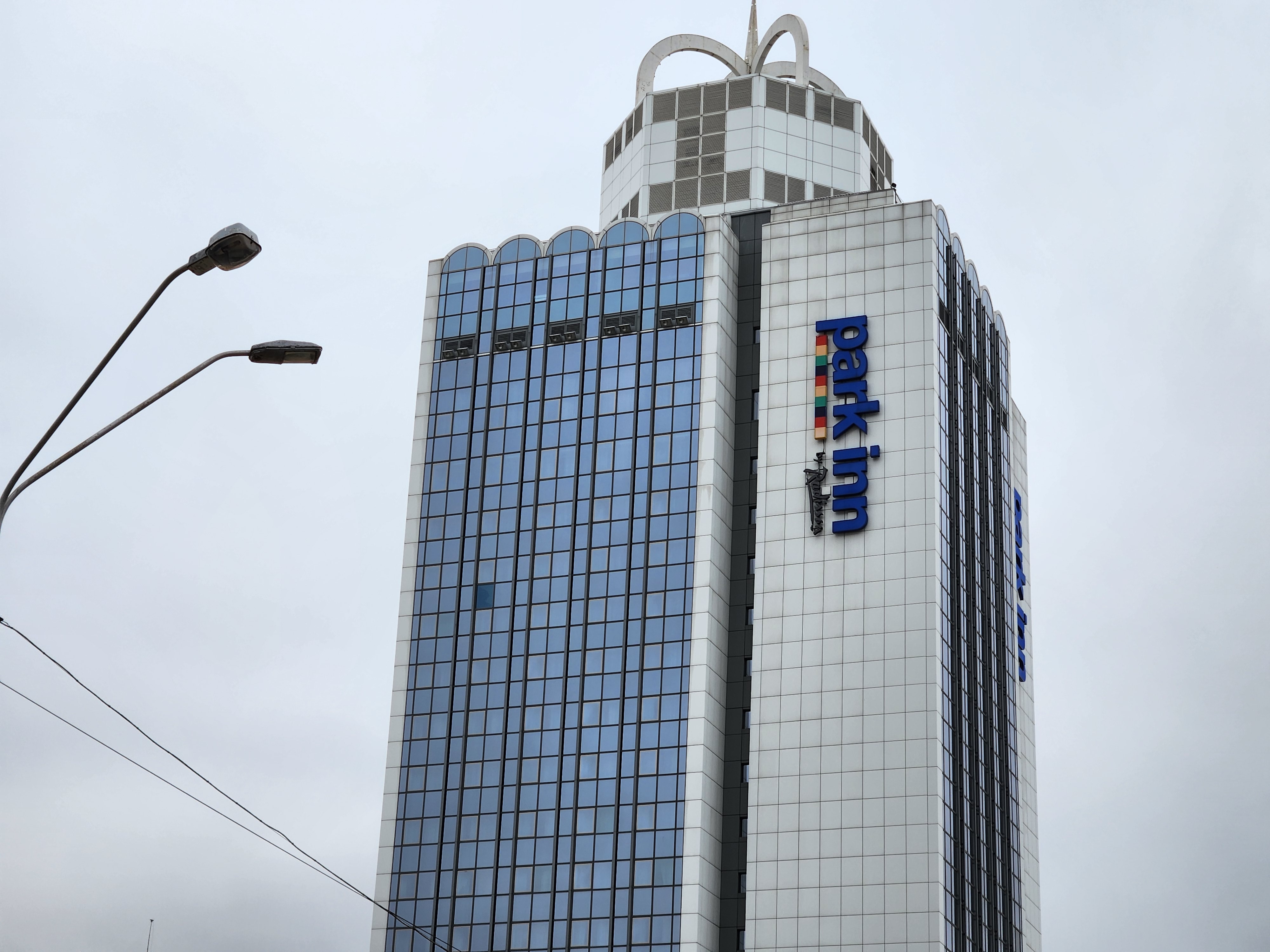
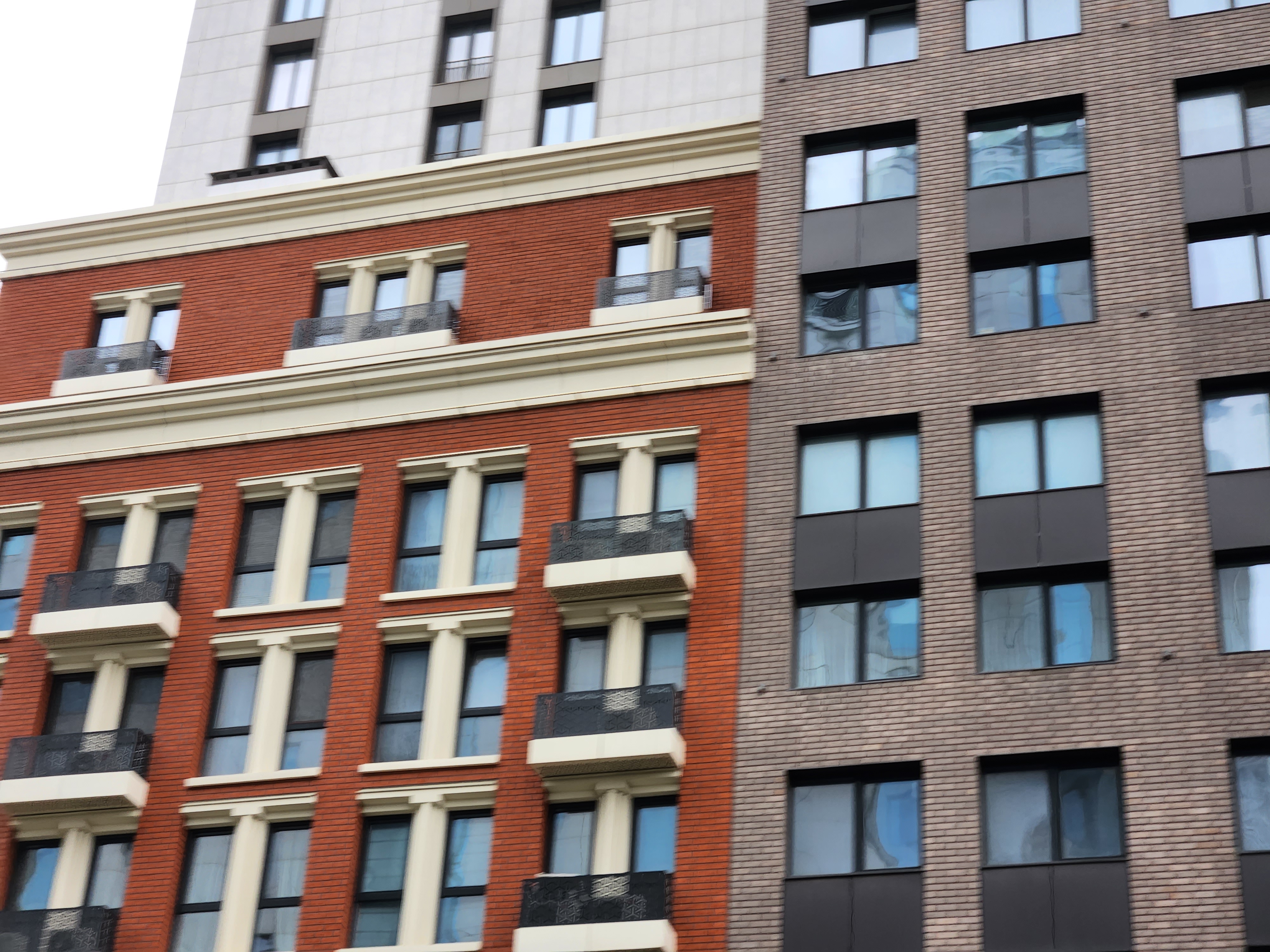
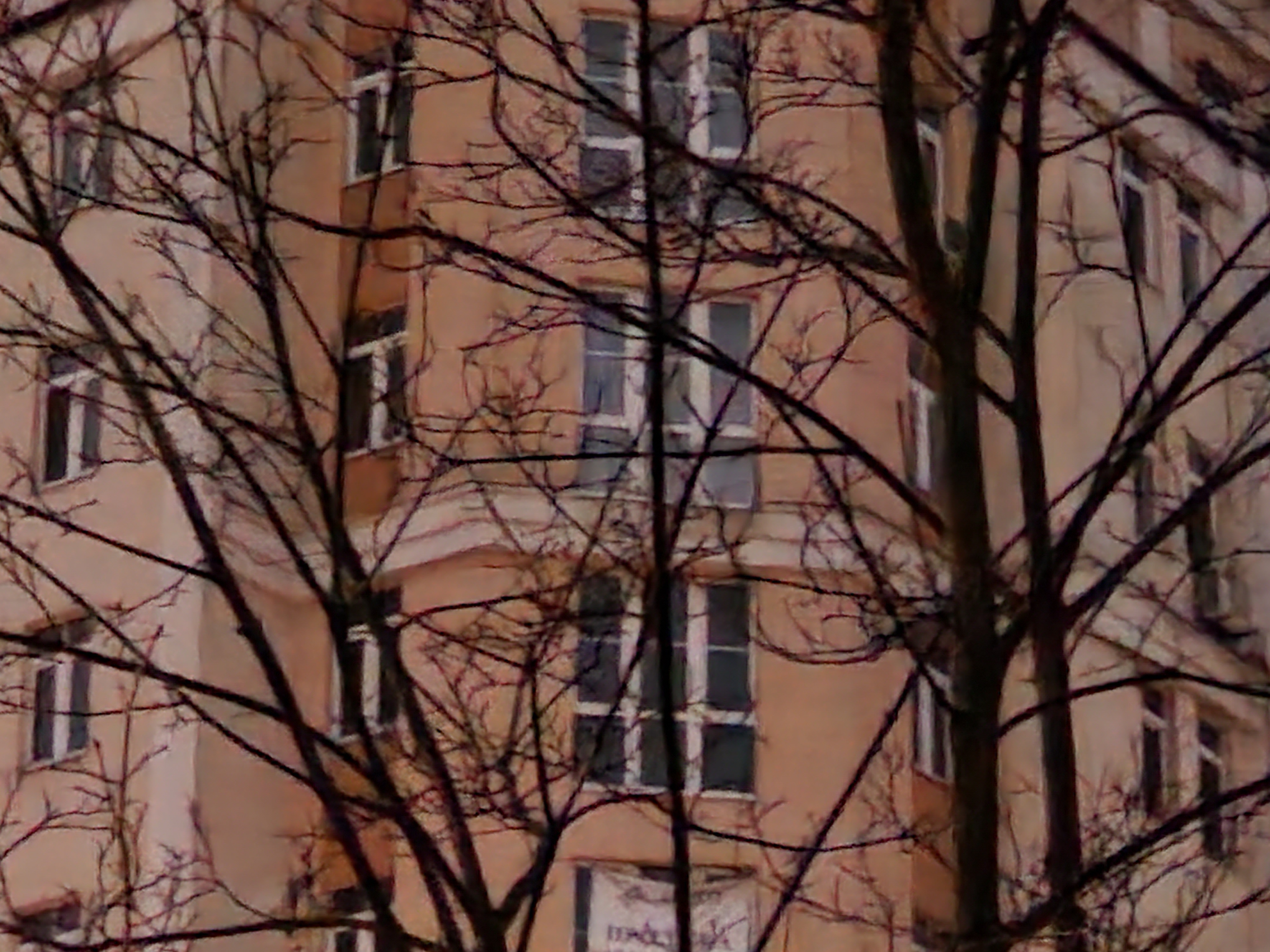





















- High-quality and very bright AMOLED displays
- Maximum performance components
- Reinforced construction and IPX8 water protection
- Improved cameras
- Loud and high-quality stereo speakers
3 Things You Need to Know about Samsung Galaxy Fold4
- Samsung Galaxy Fold4 is the most functional smartphone for the most demanding users.
- It is equipped with a large flexible internal AMOLED screen and an additional external one of excellent quality.
- Inside is the flagship Snapdragon 8+ Gen 1 processor, 12GB of RAM and 256/512GB or 1TB of internal memory.
Go Deeper:
- Samsung Galaxy Z Fold3 Review
- Hello, Hi-Res Audio without wires! Review of the flagship TWS headphones Samsung Galaxy Buds2 Pro
- Samsung Galaxy Watch5 Pro and Watch5 review: plus battery life, minus physical bezel
- Samsung Galaxy S22 and Galaxy S22+ Review: Universal Flagships
- Samsung Galaxy S22 Ultra review: A merger of two galaxies
